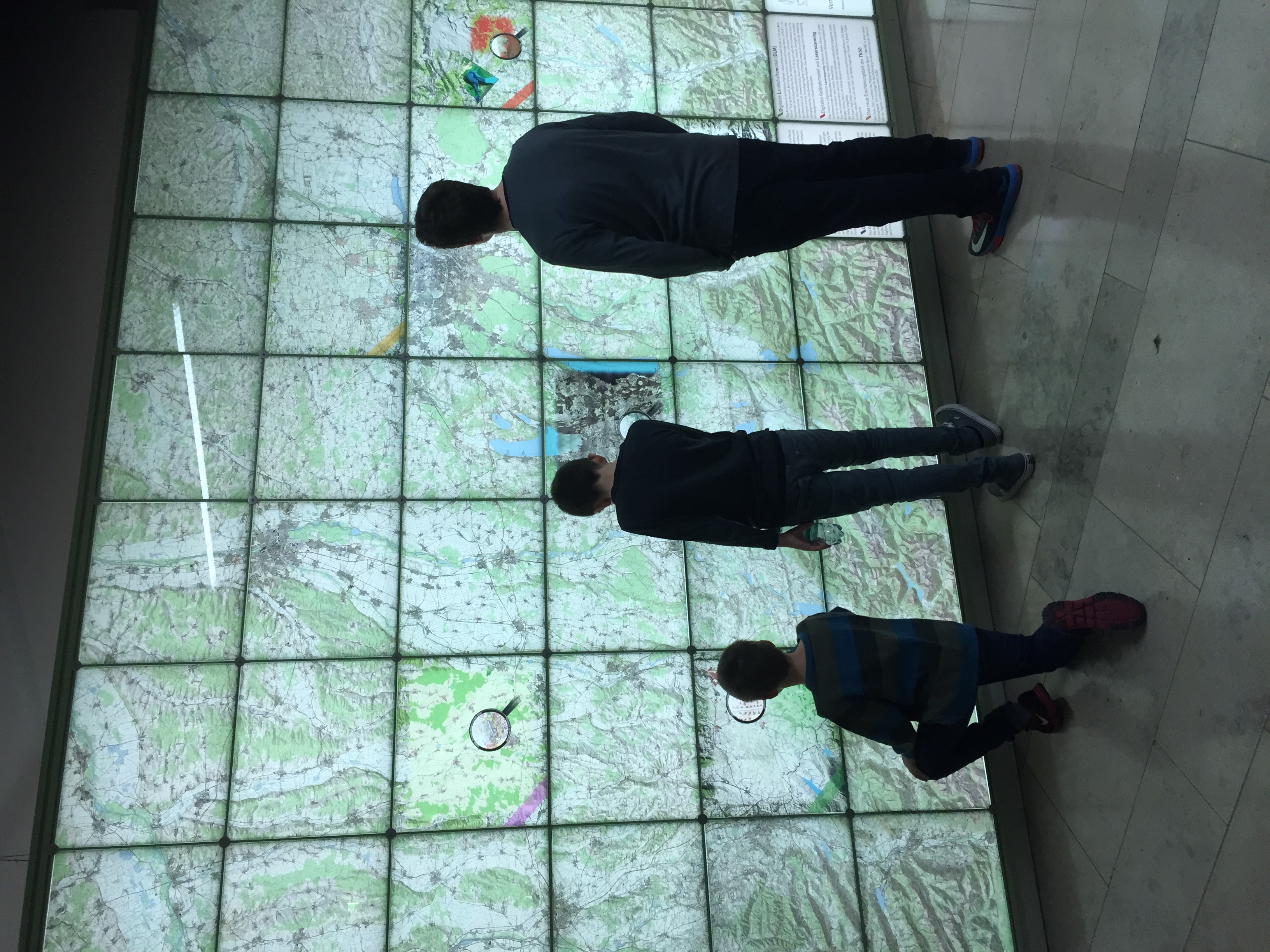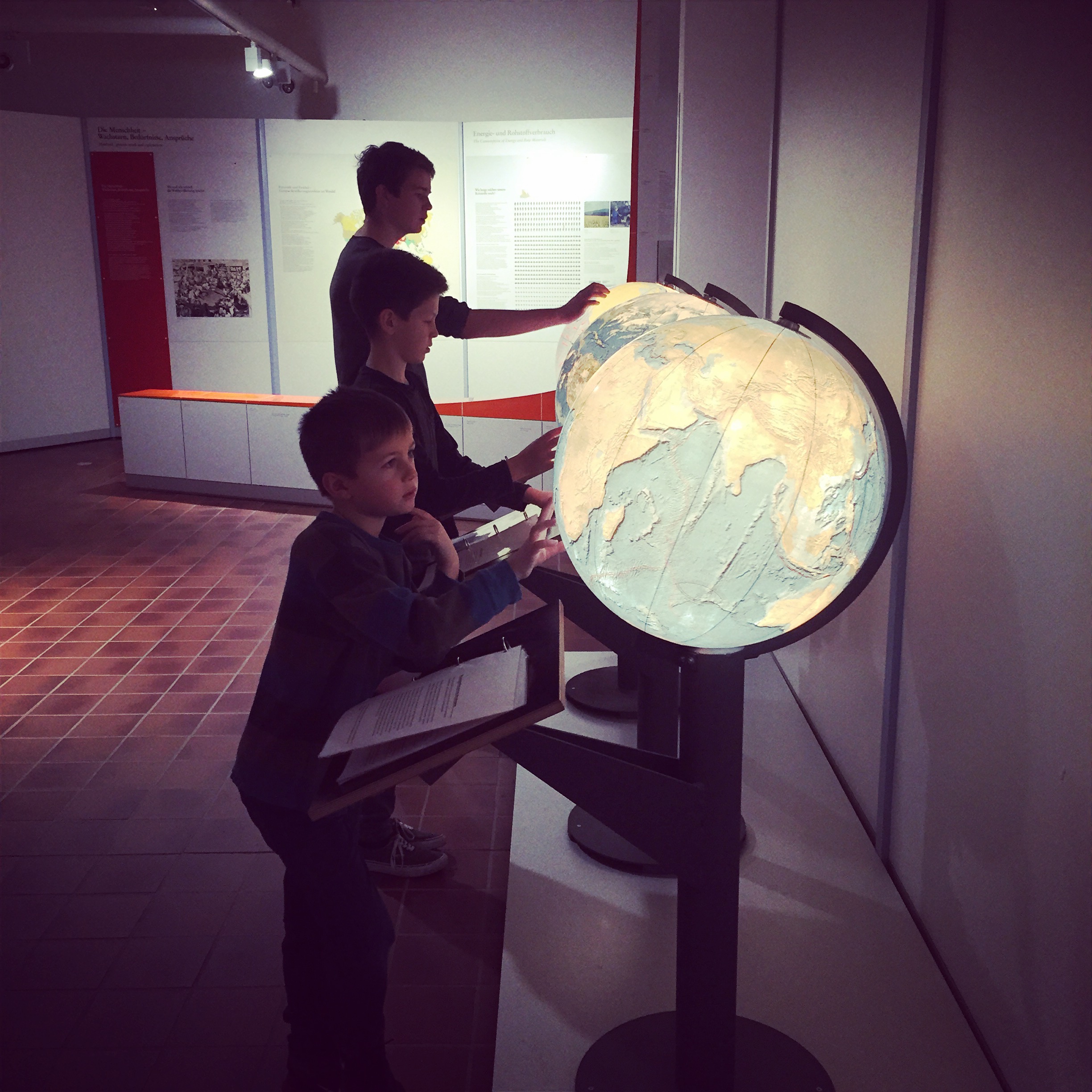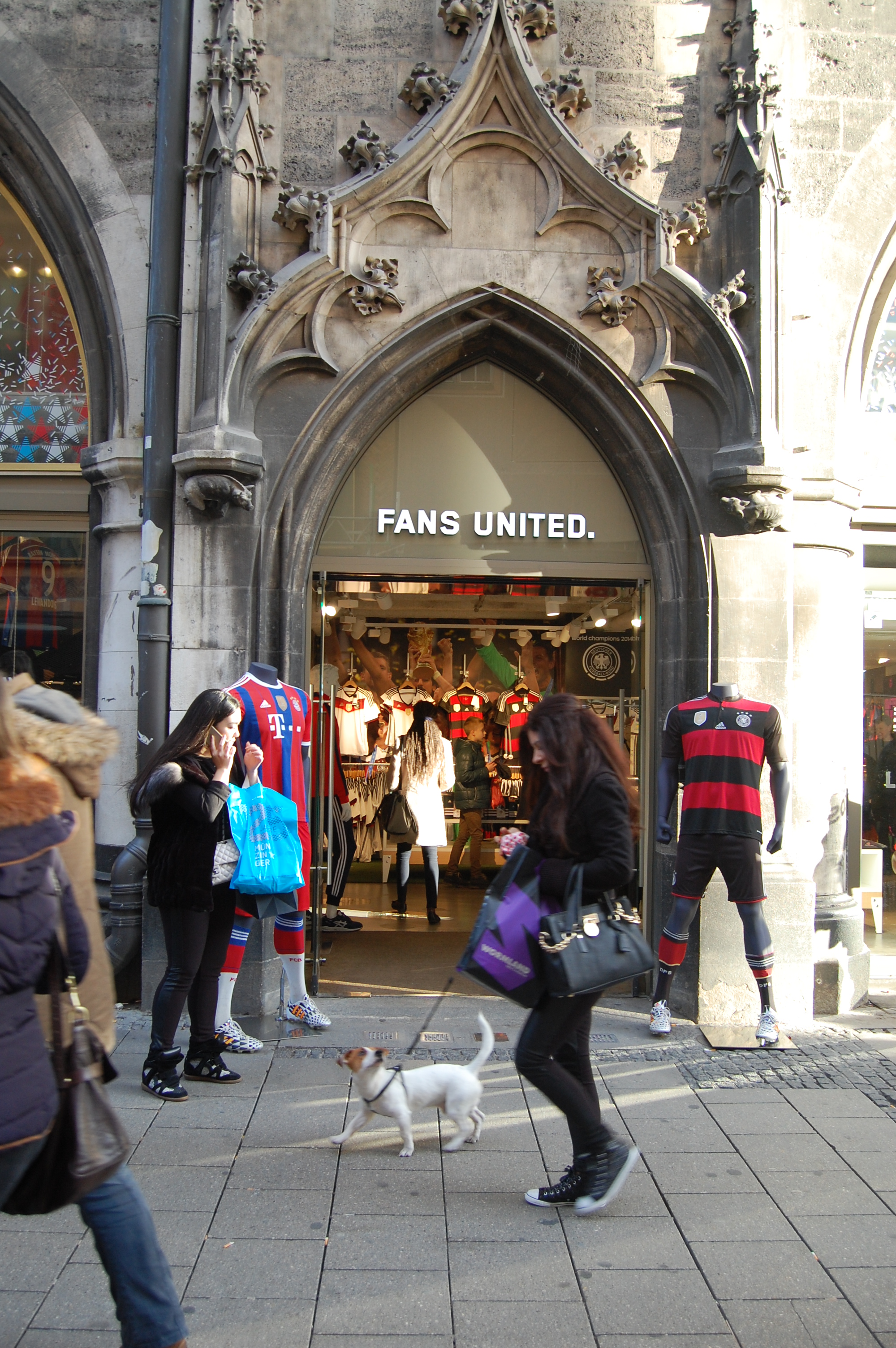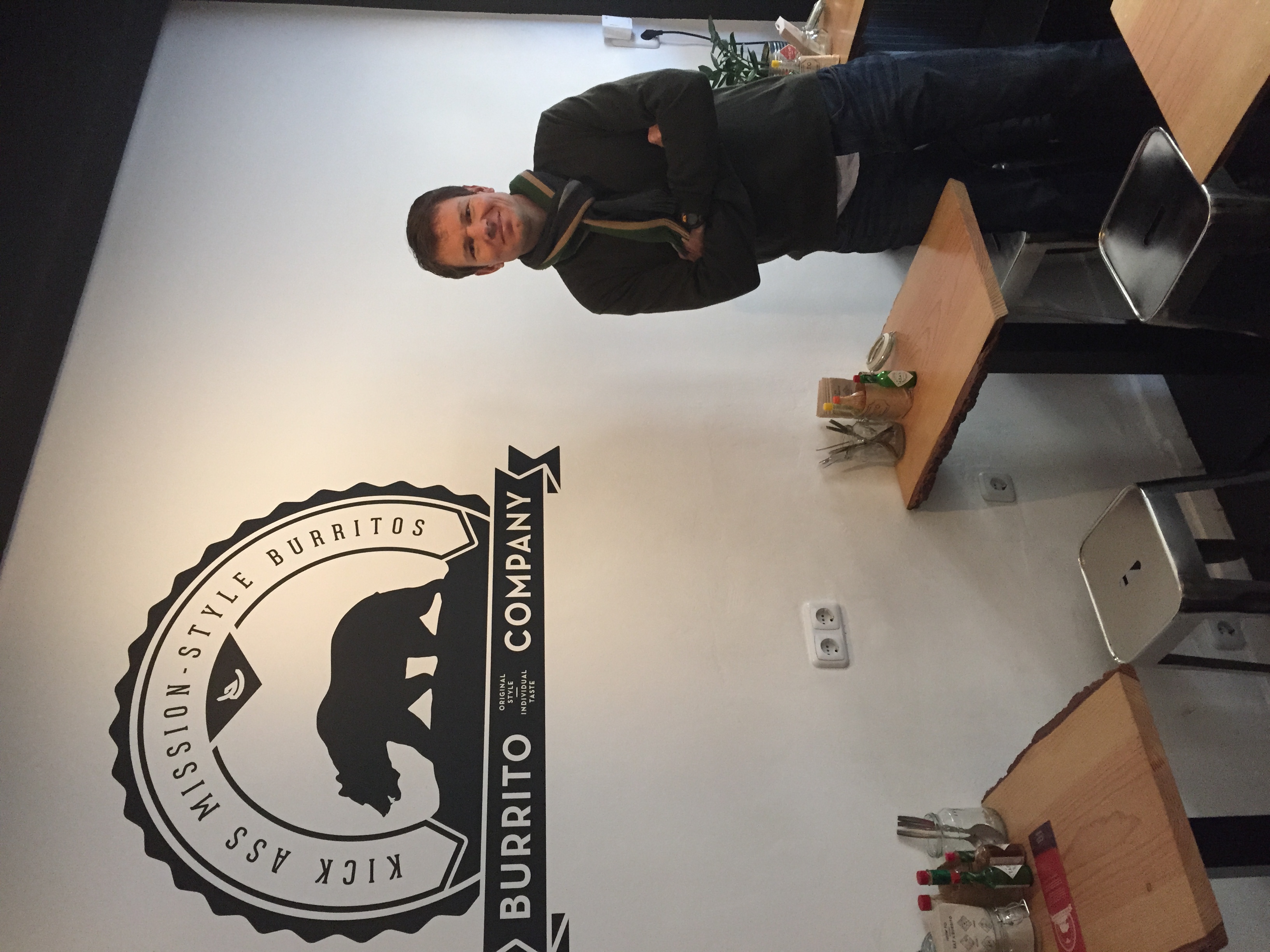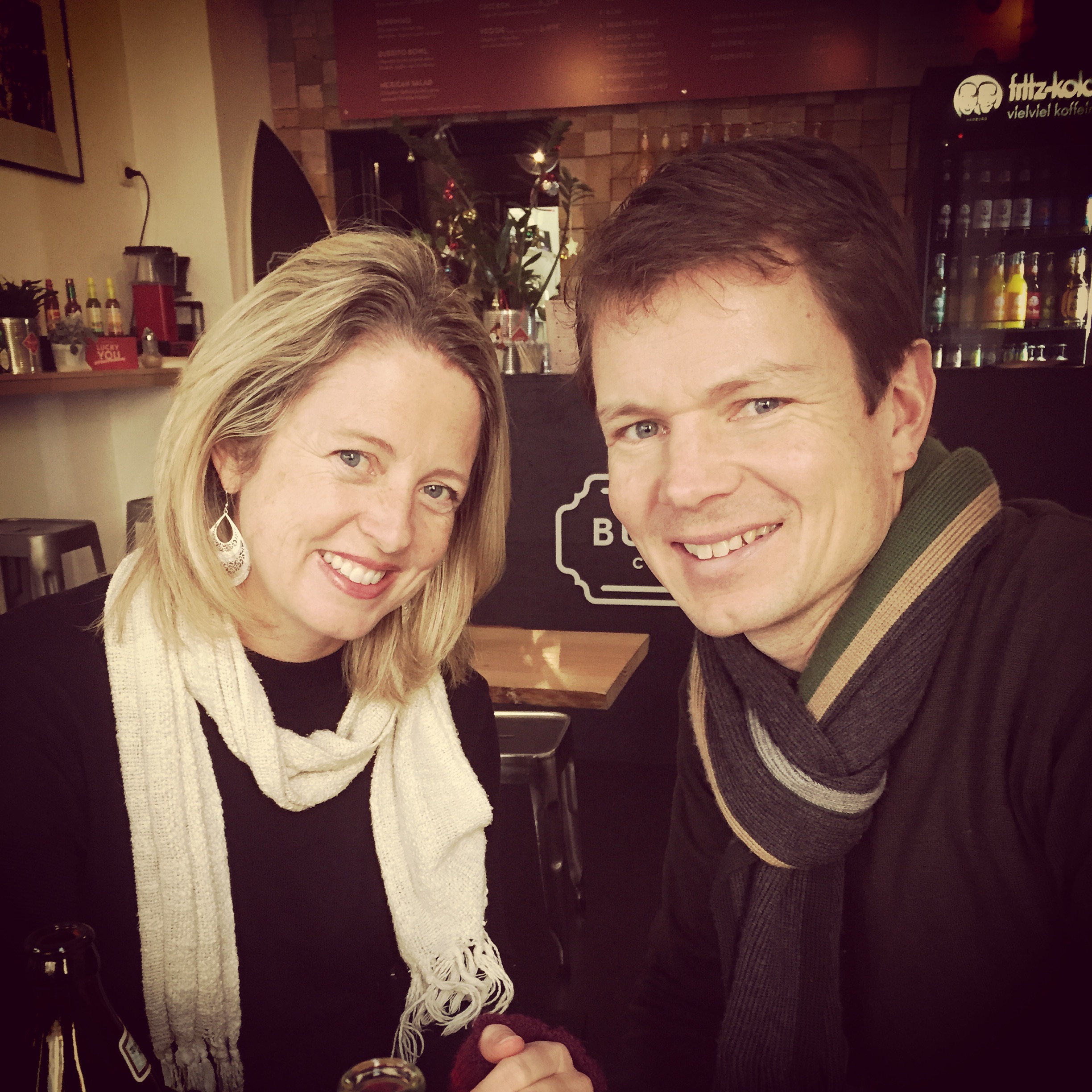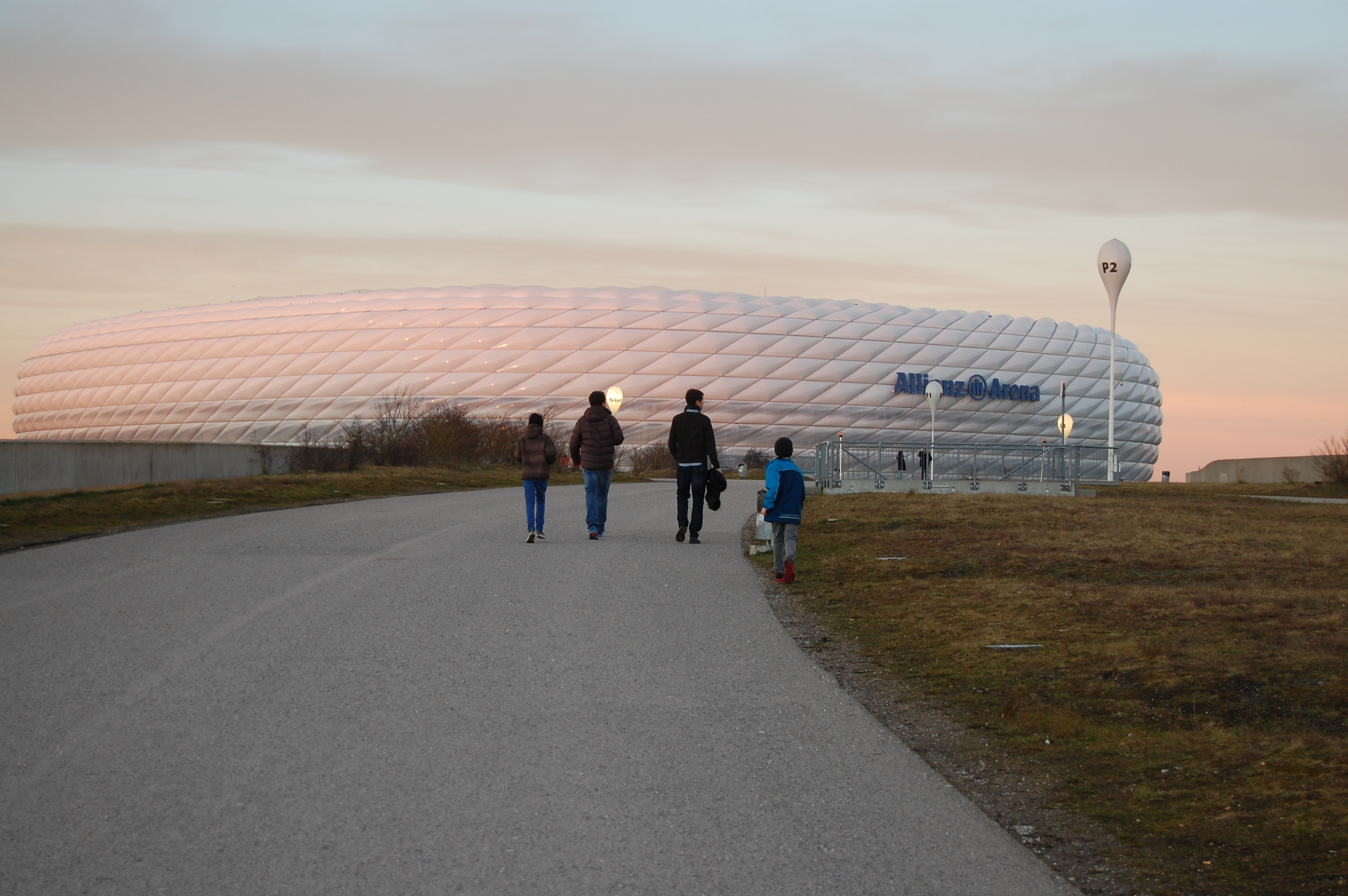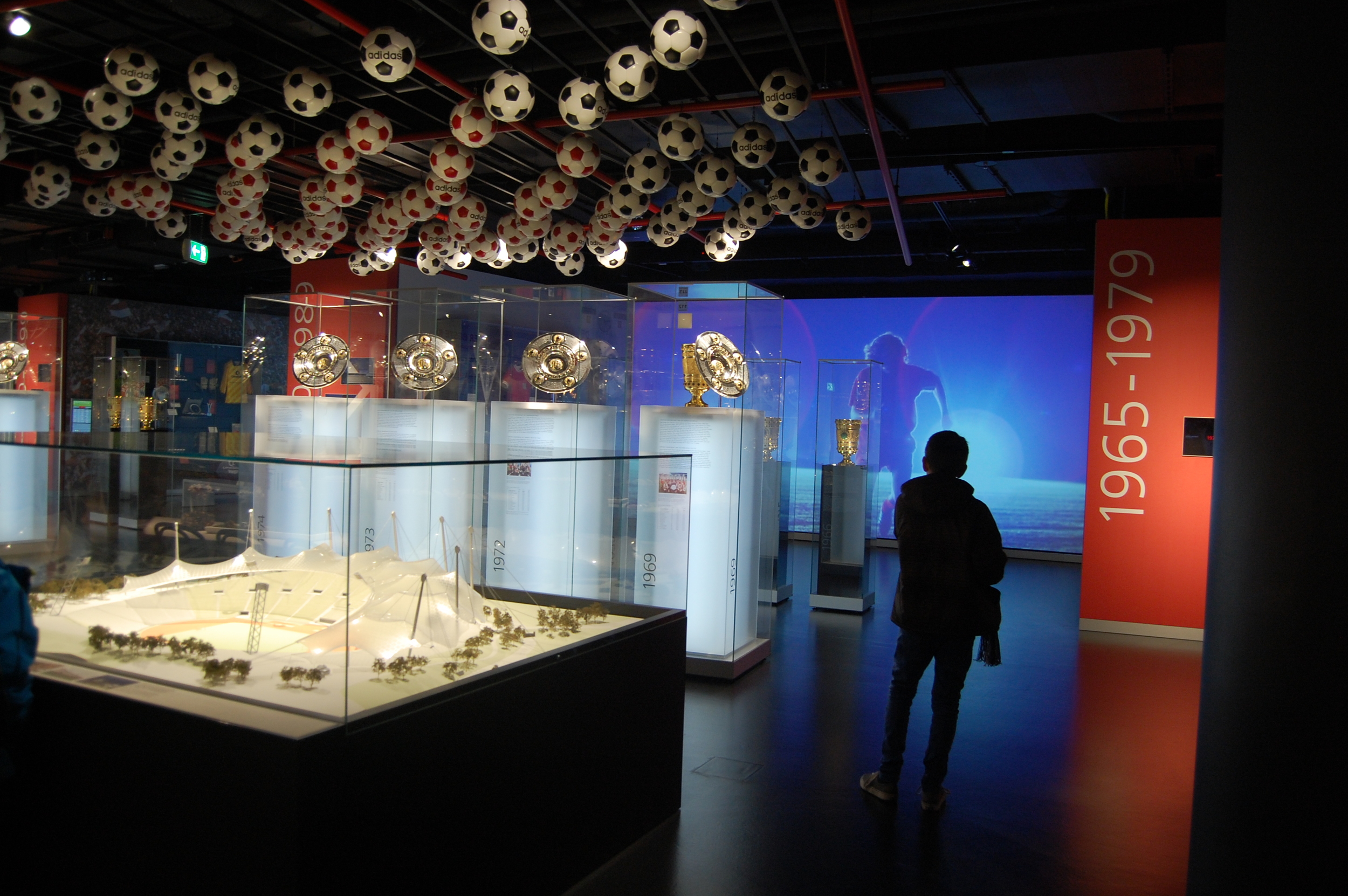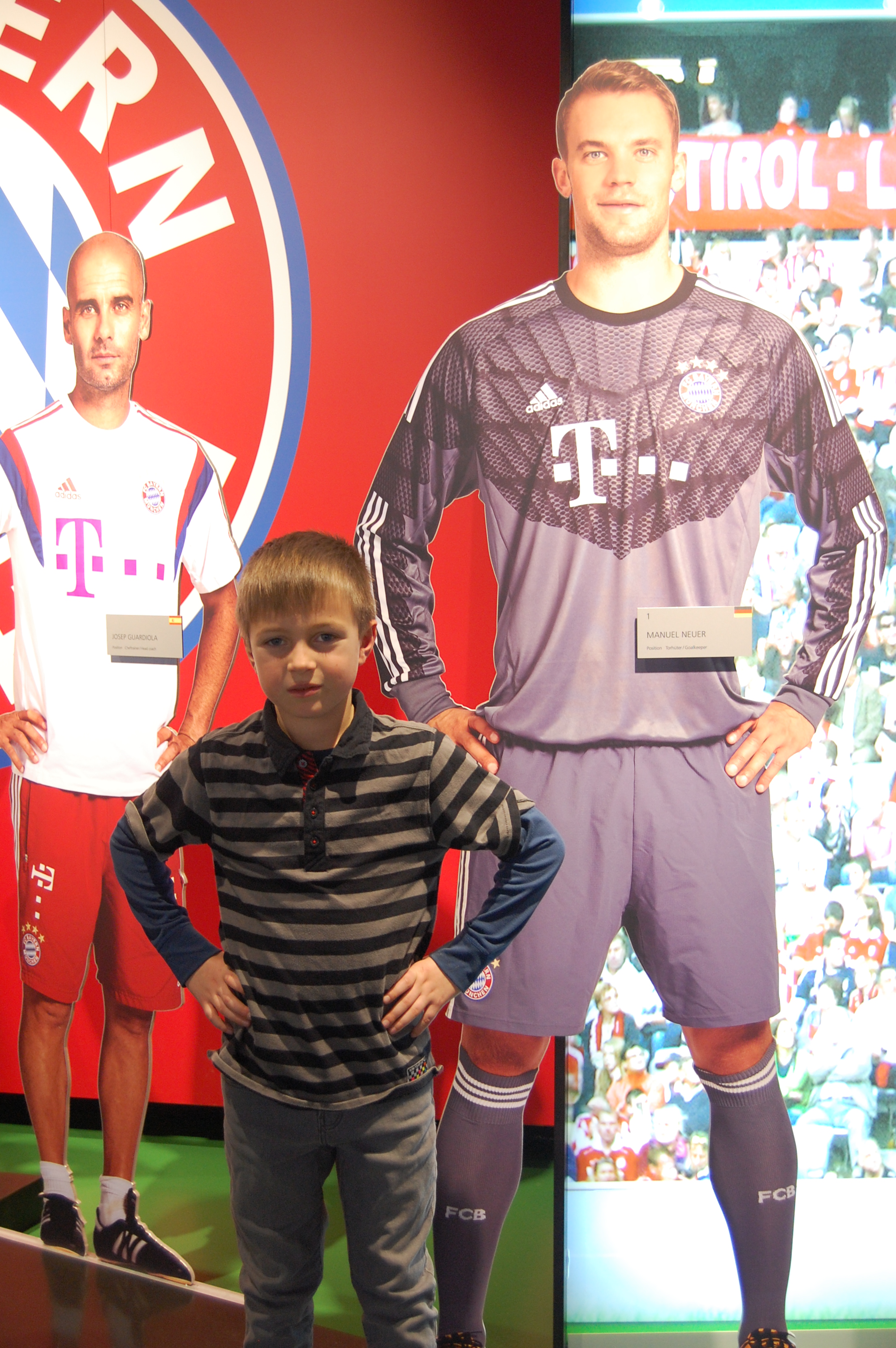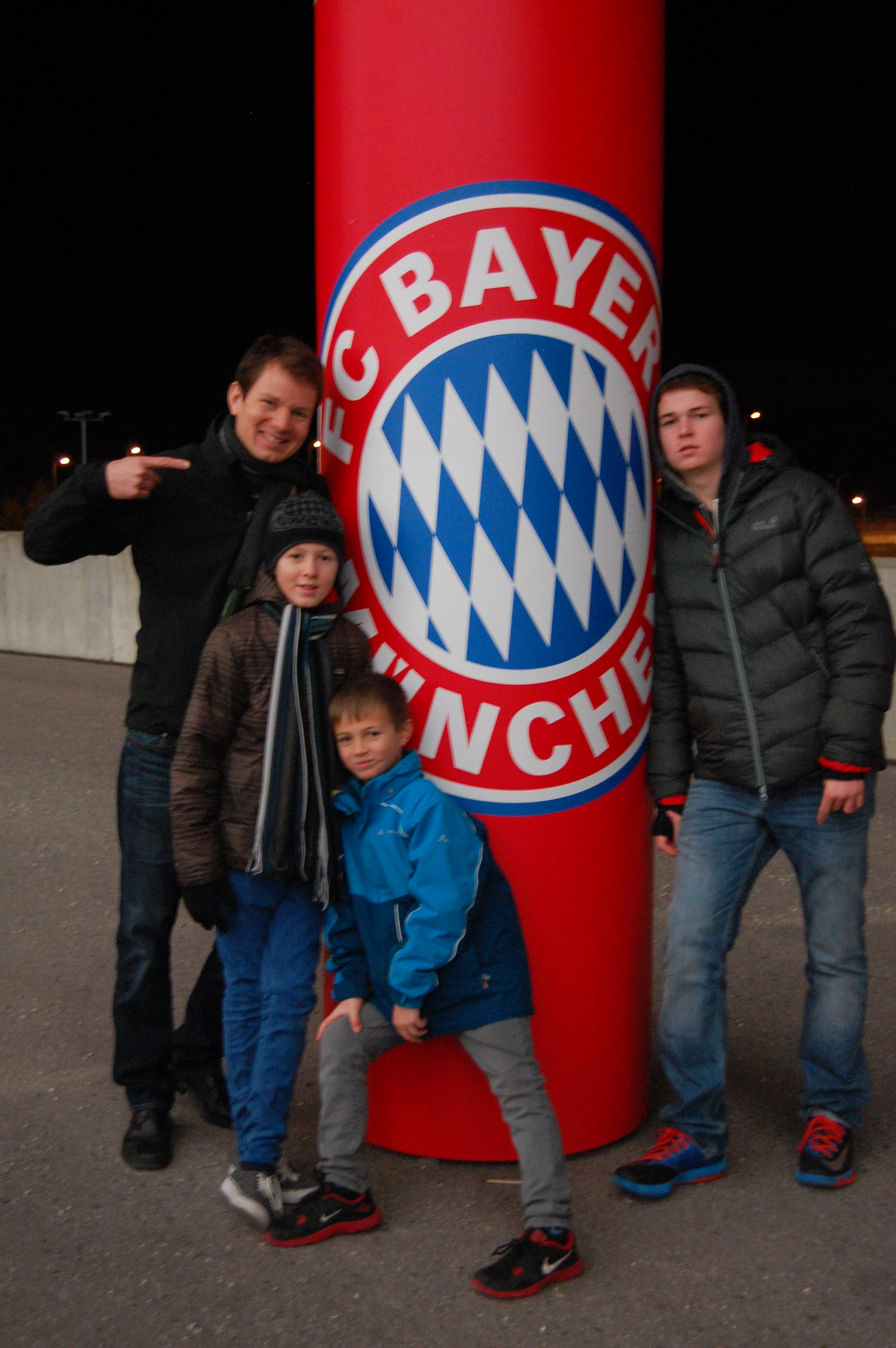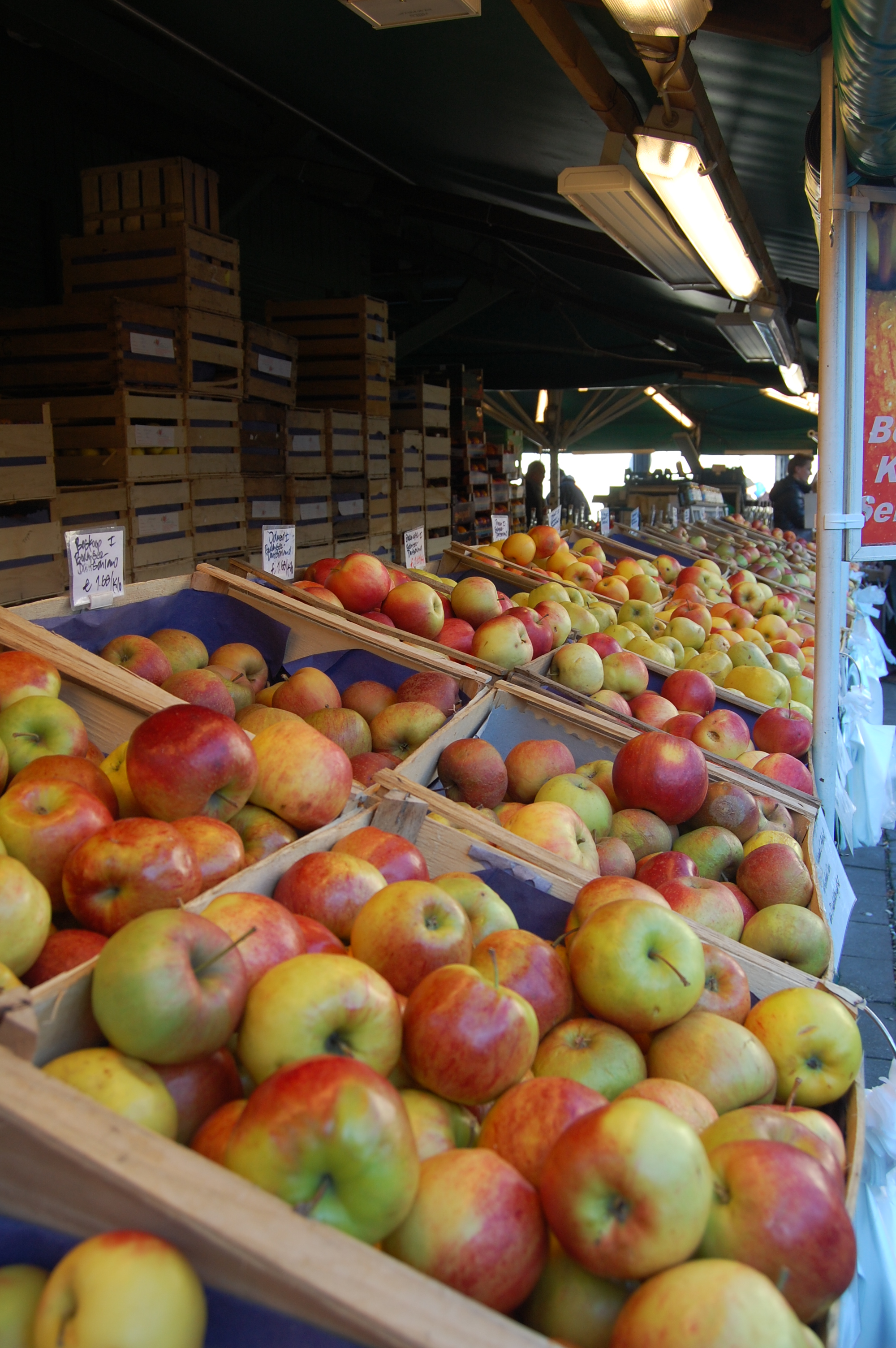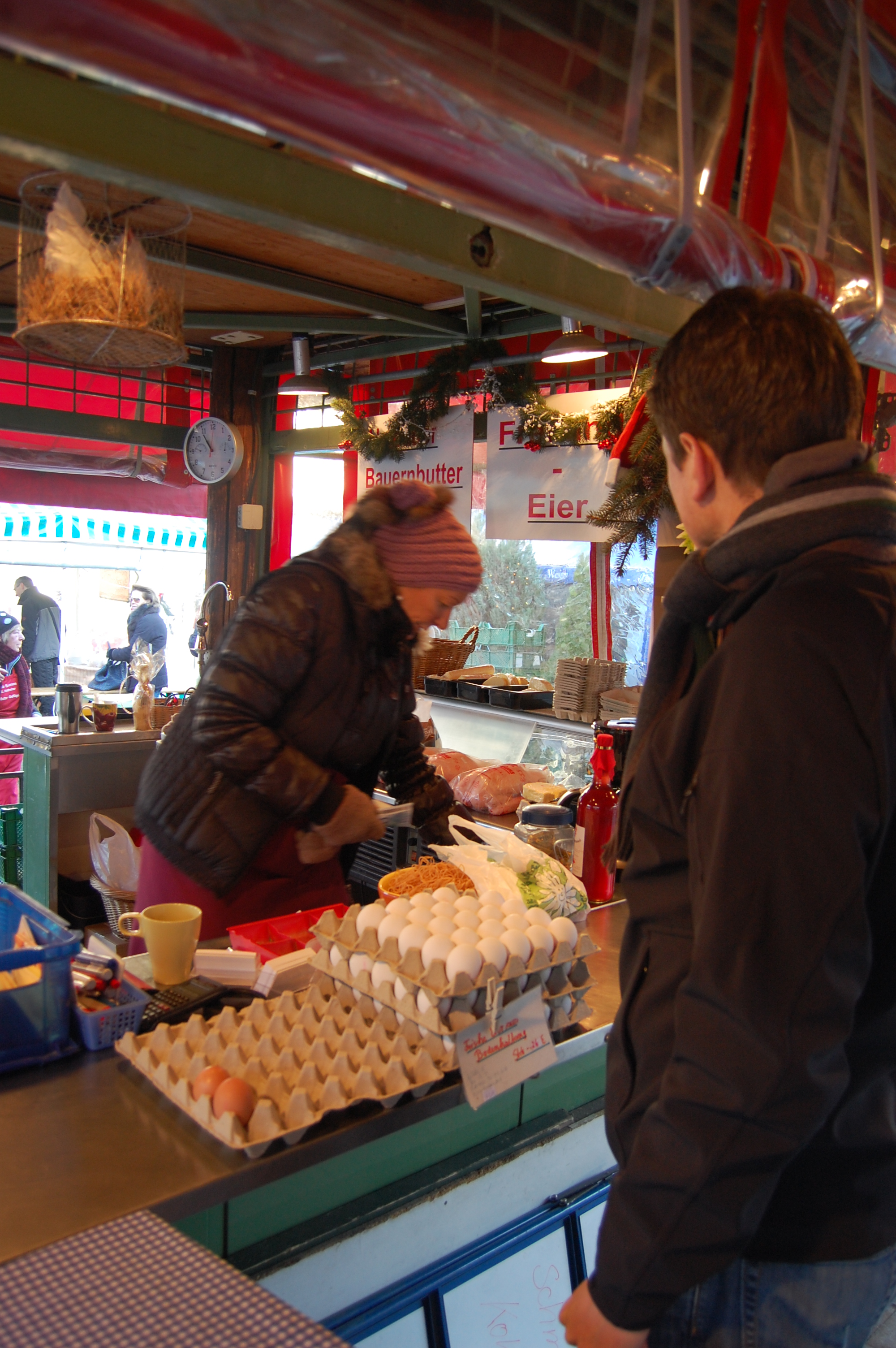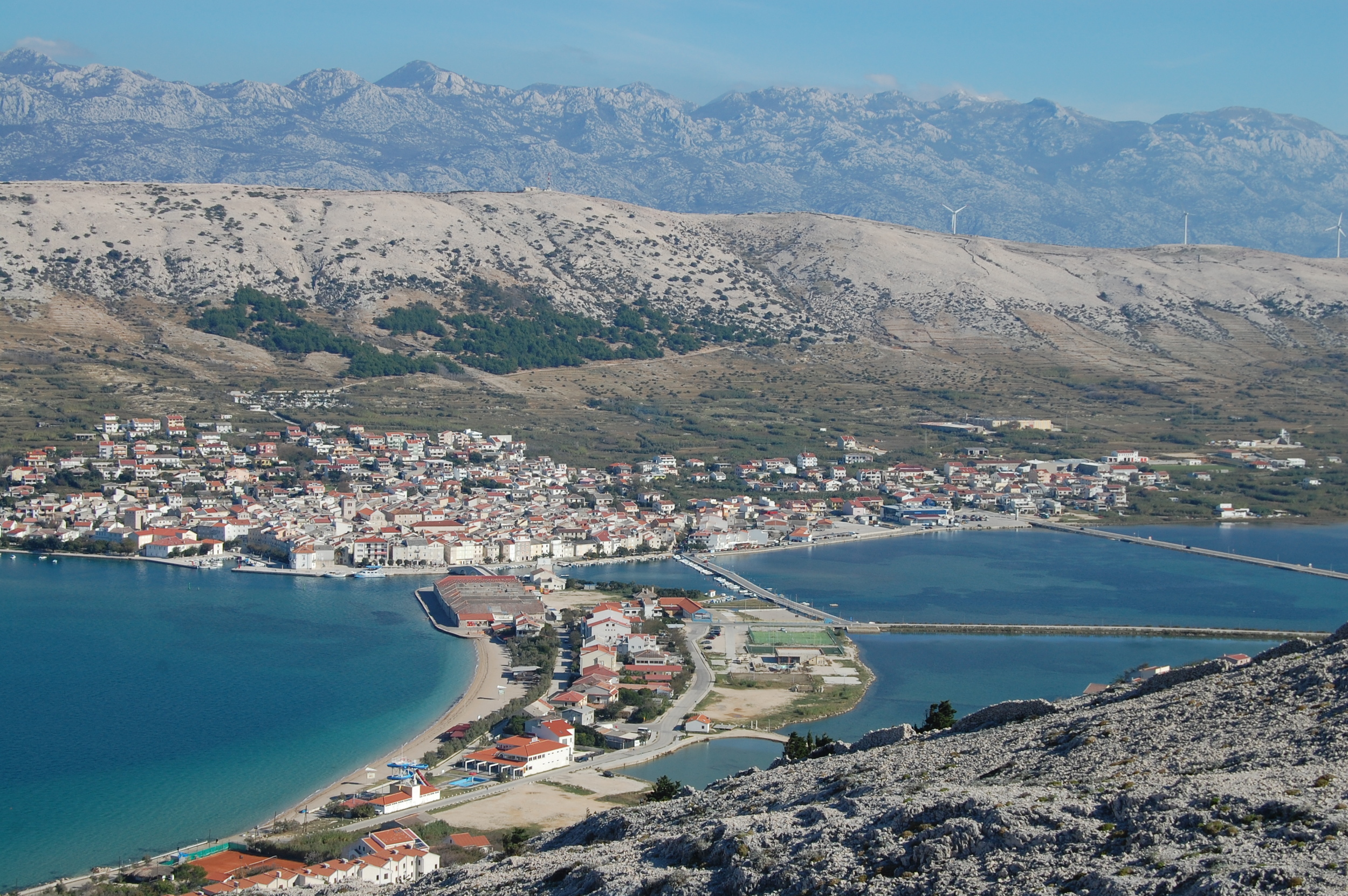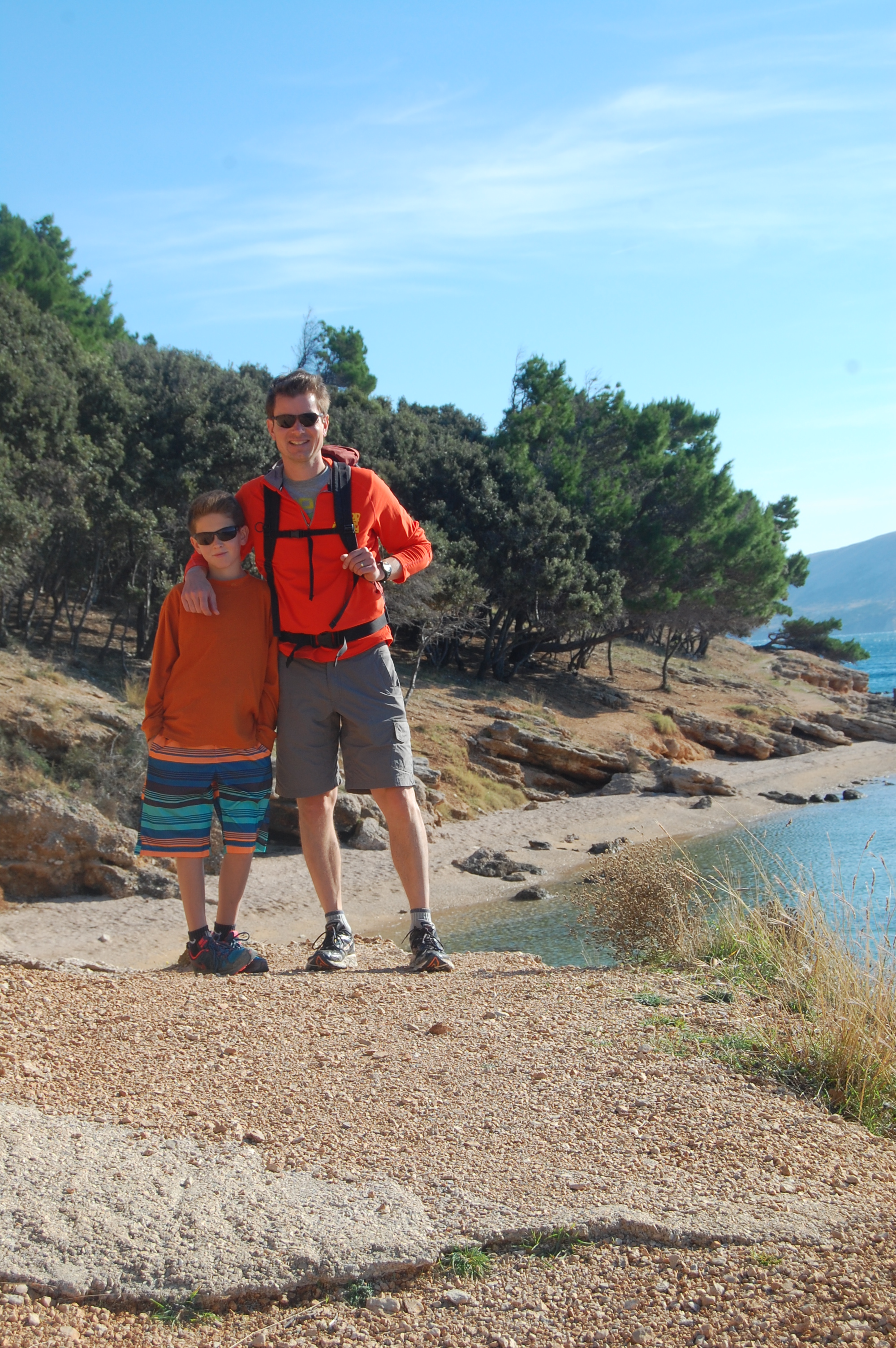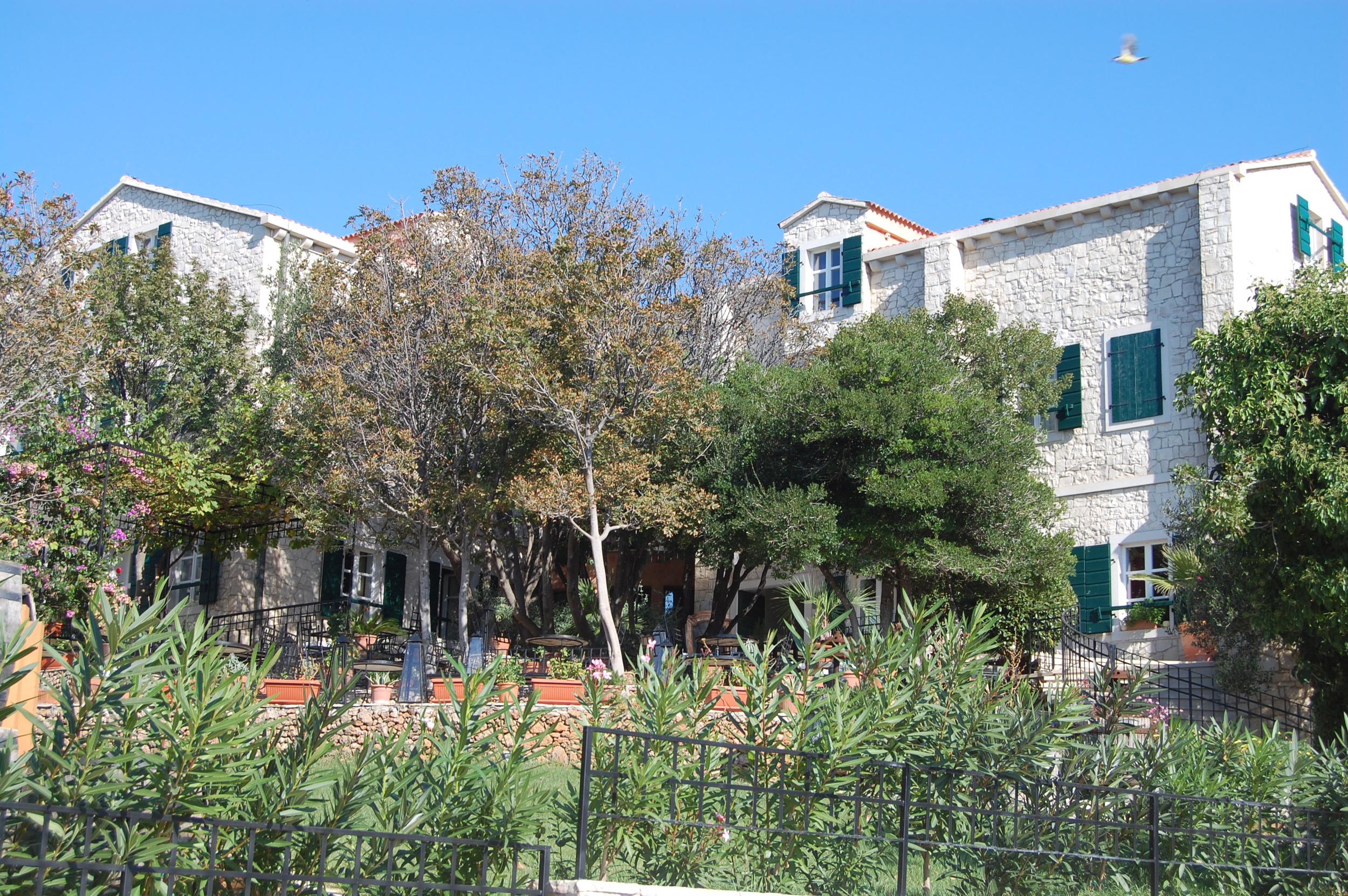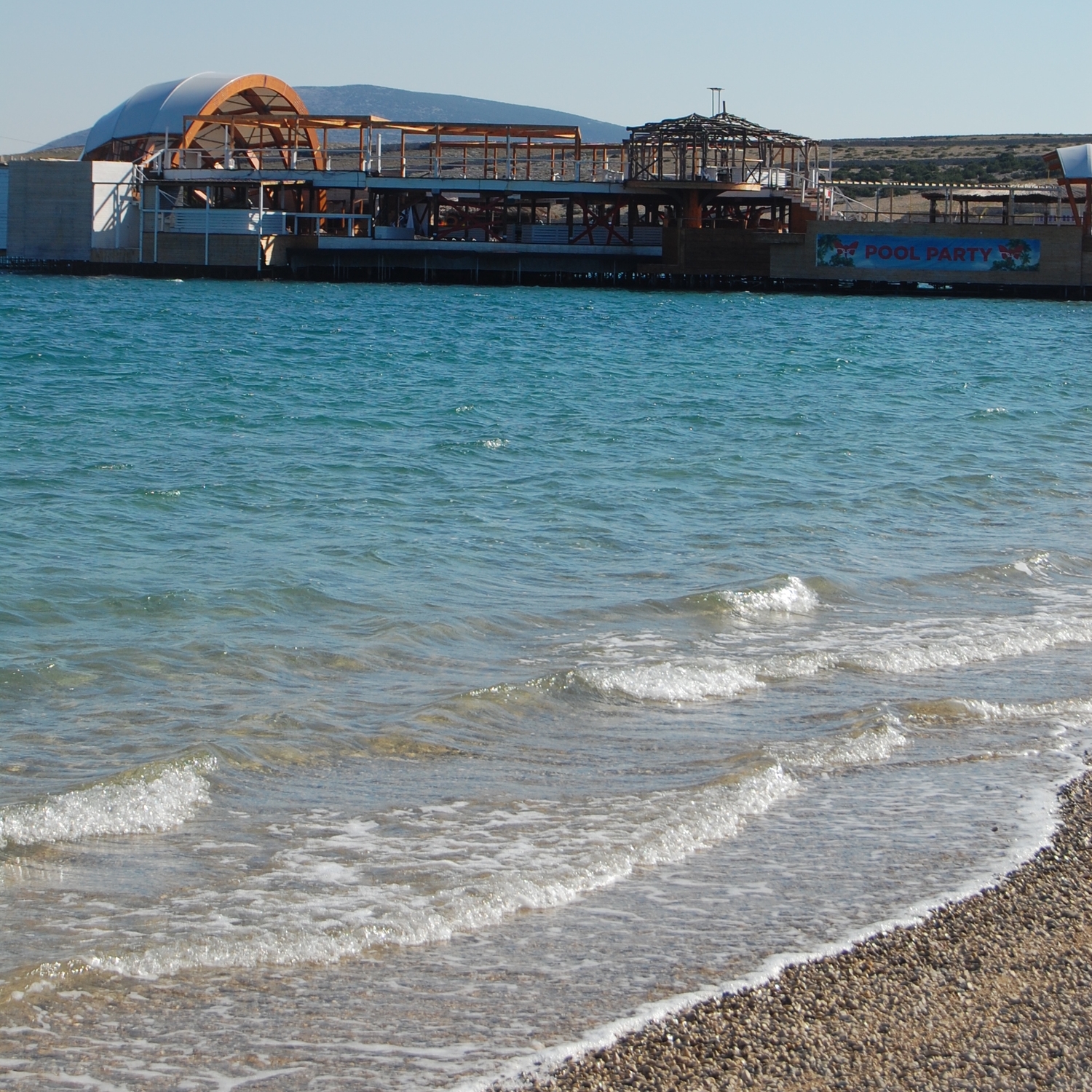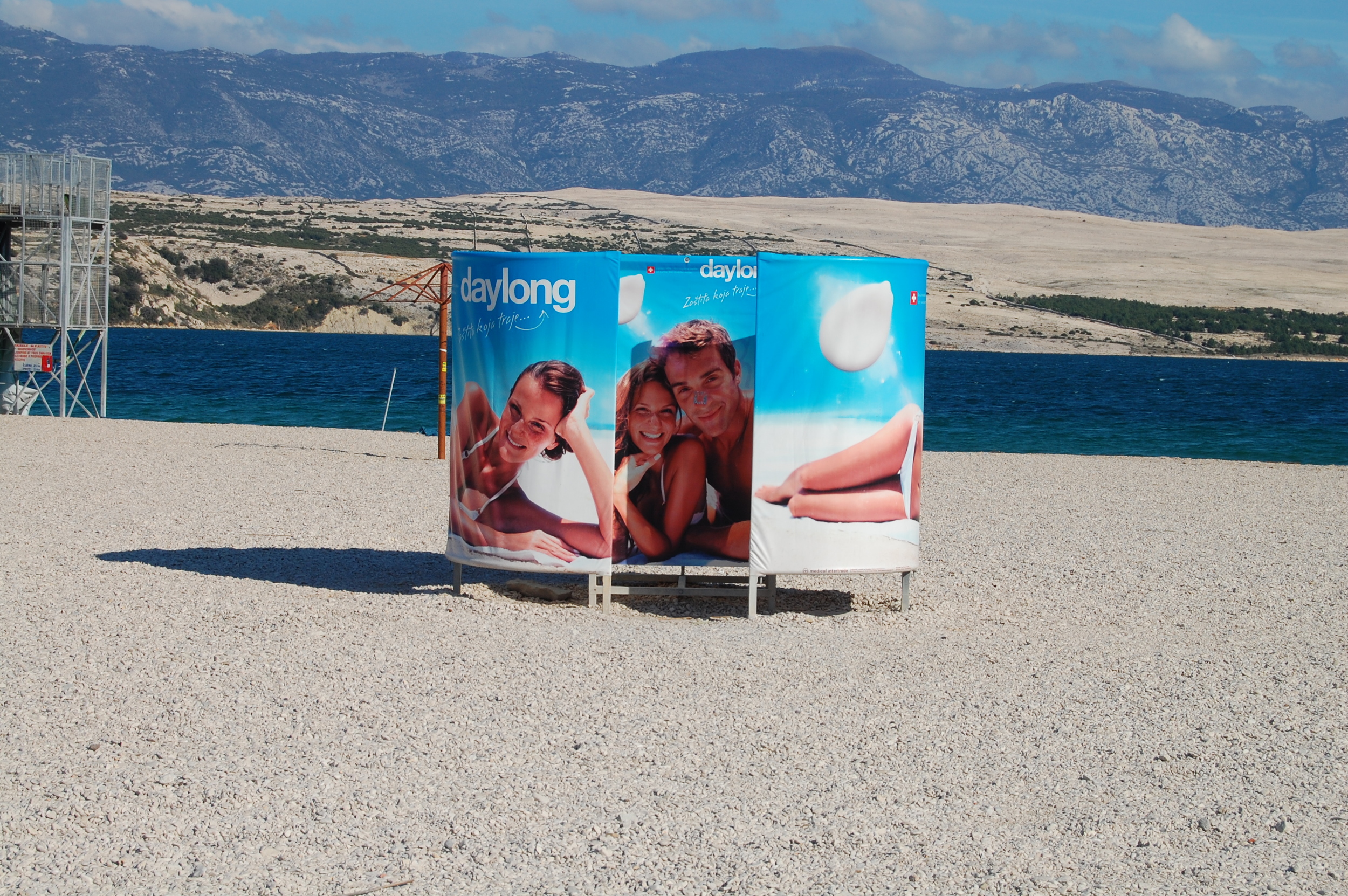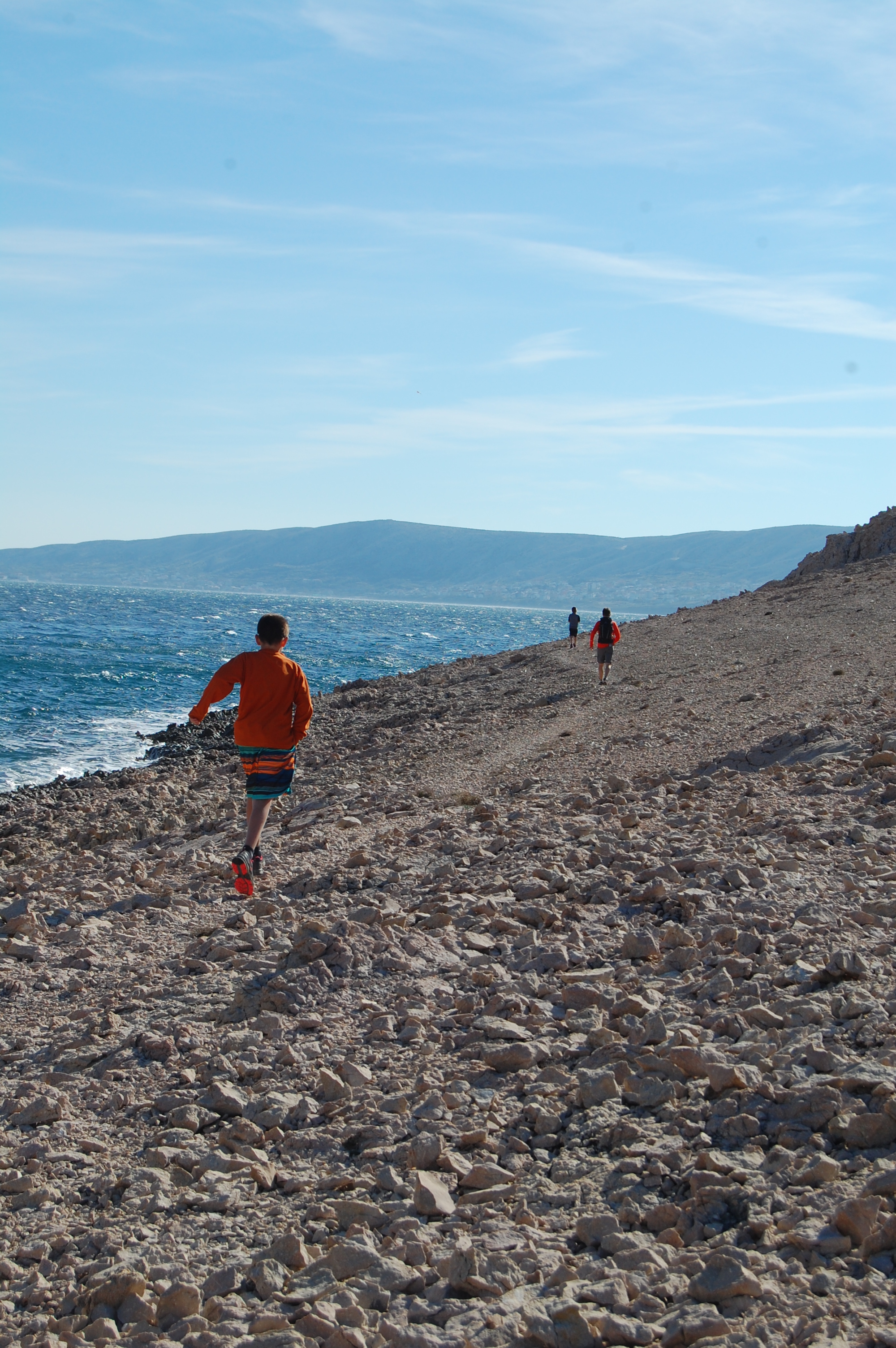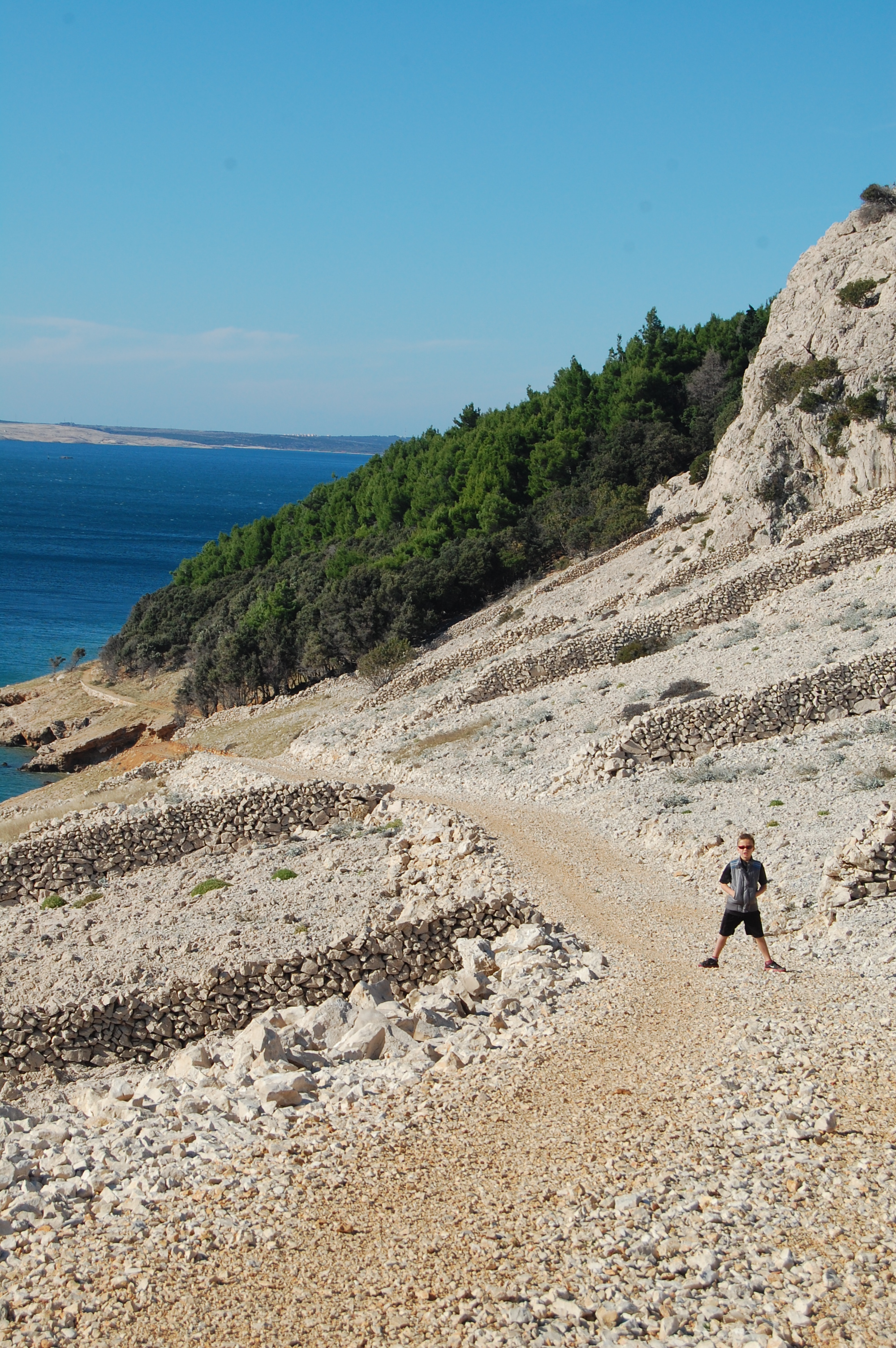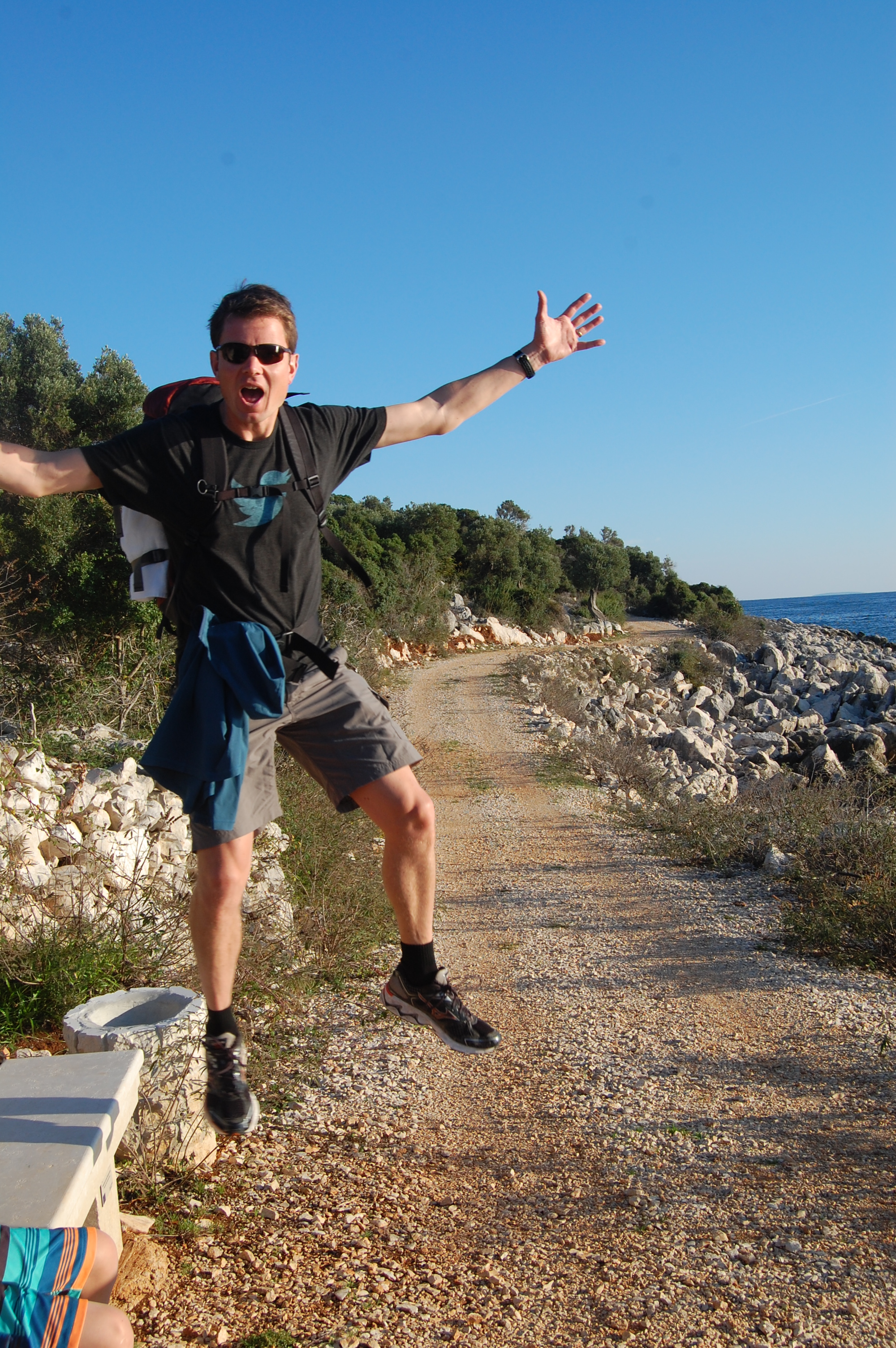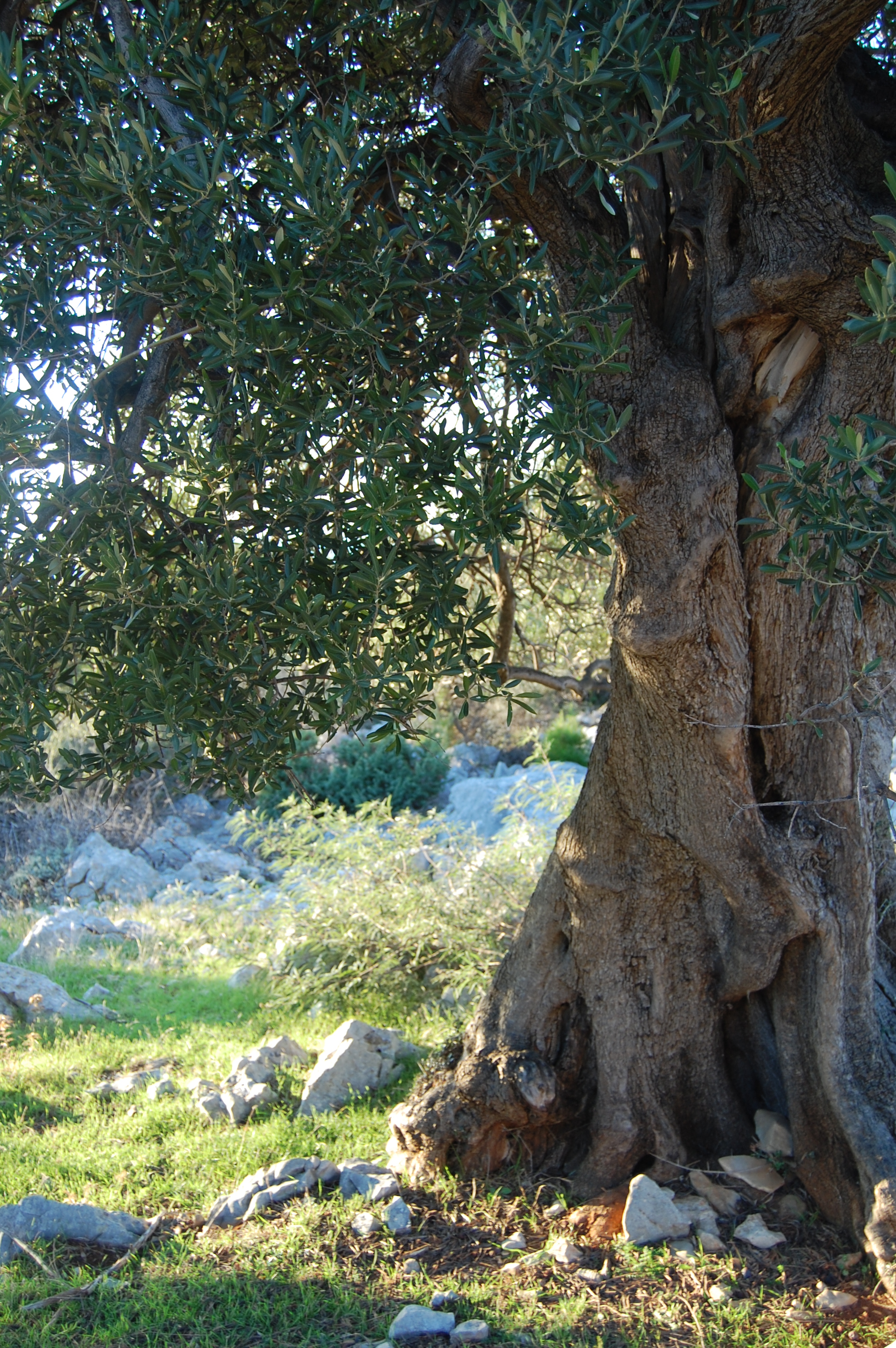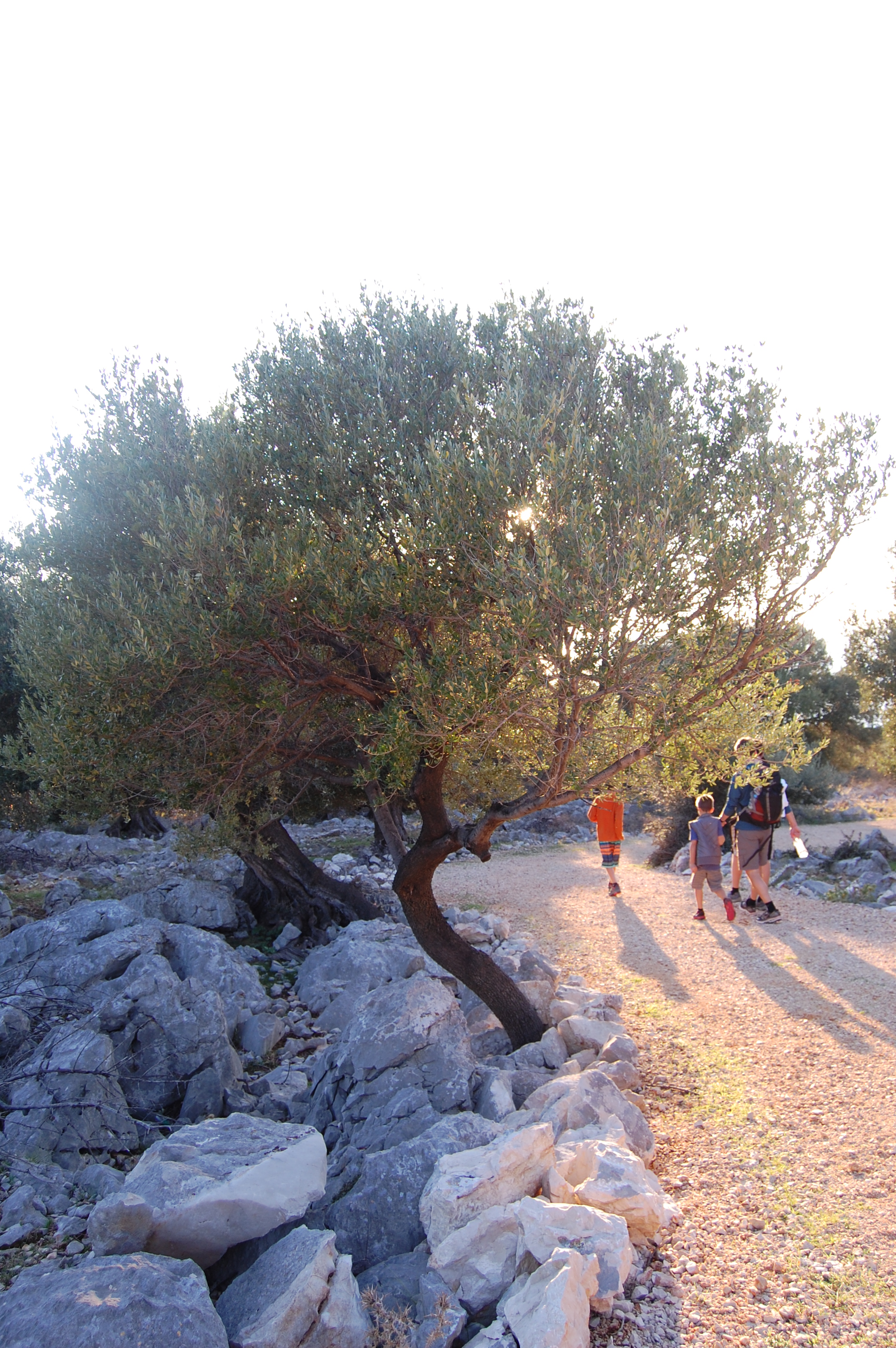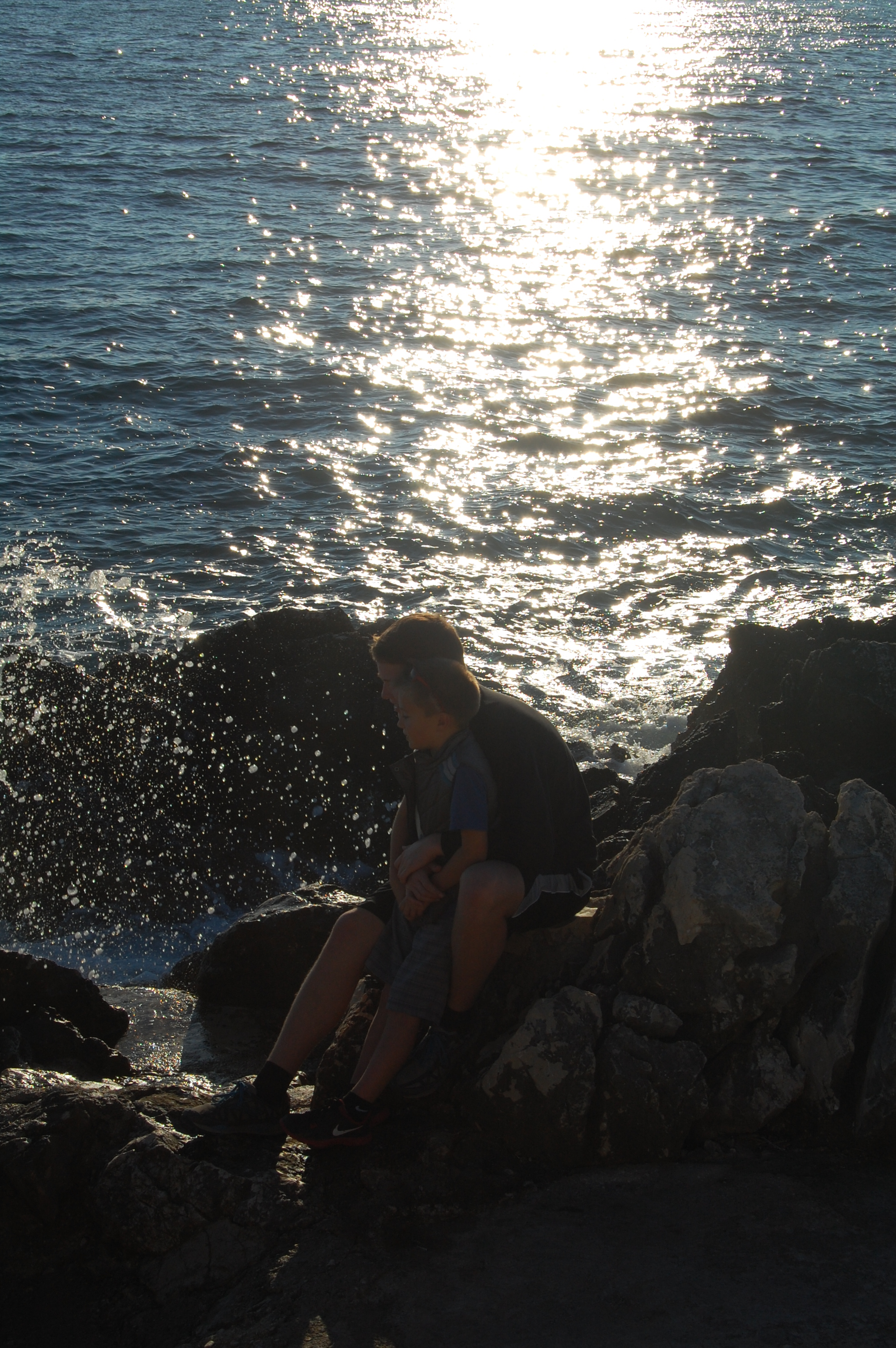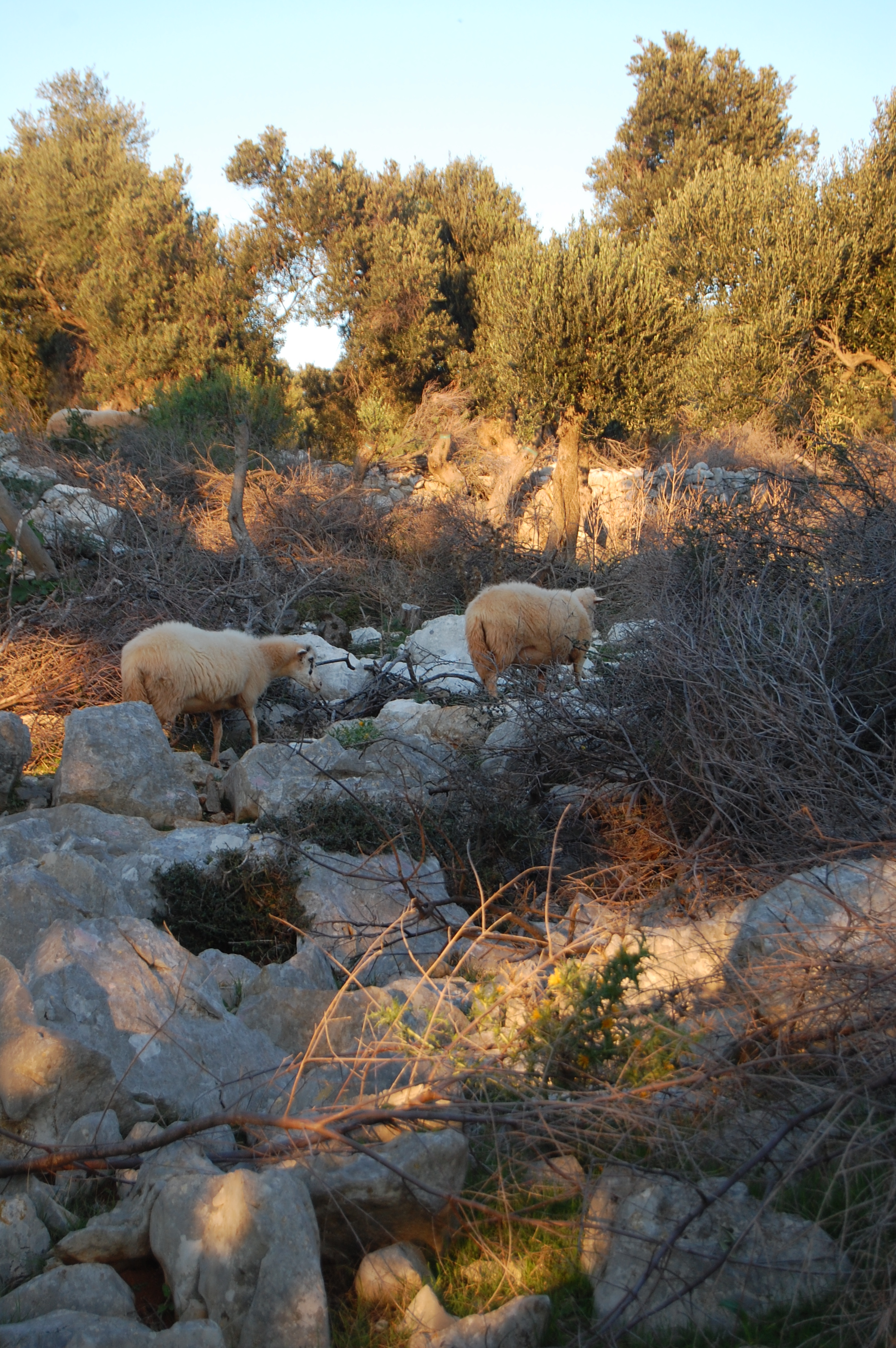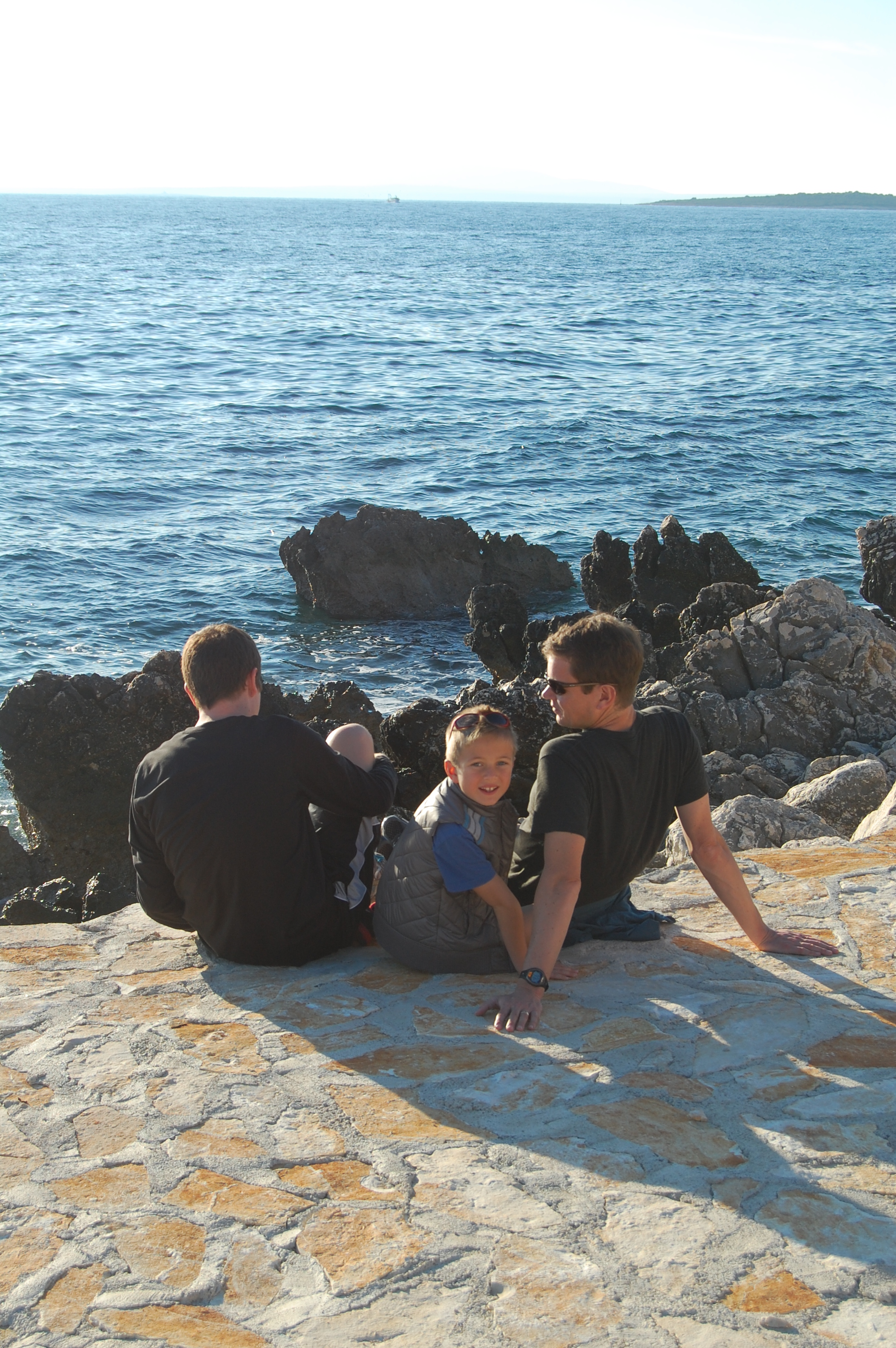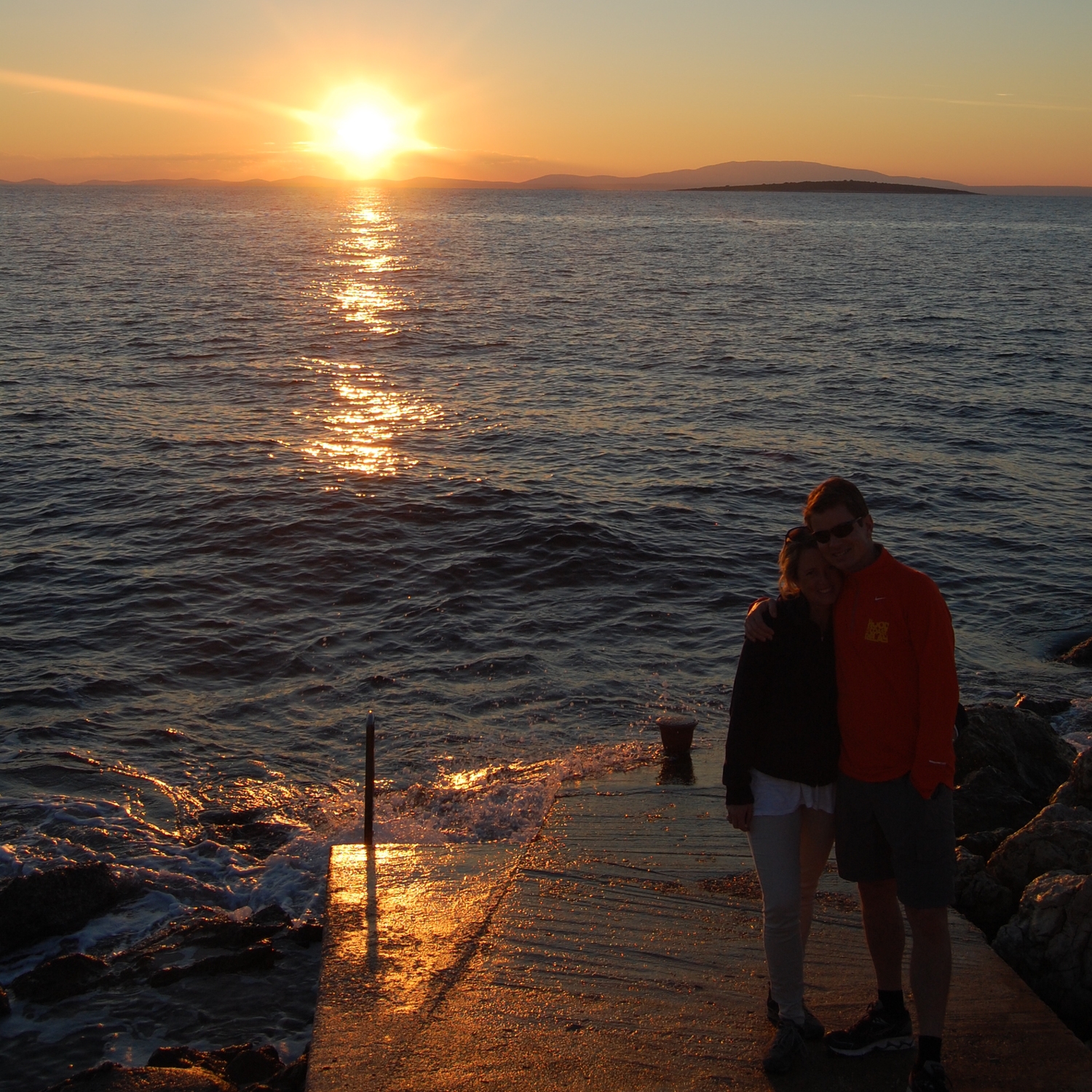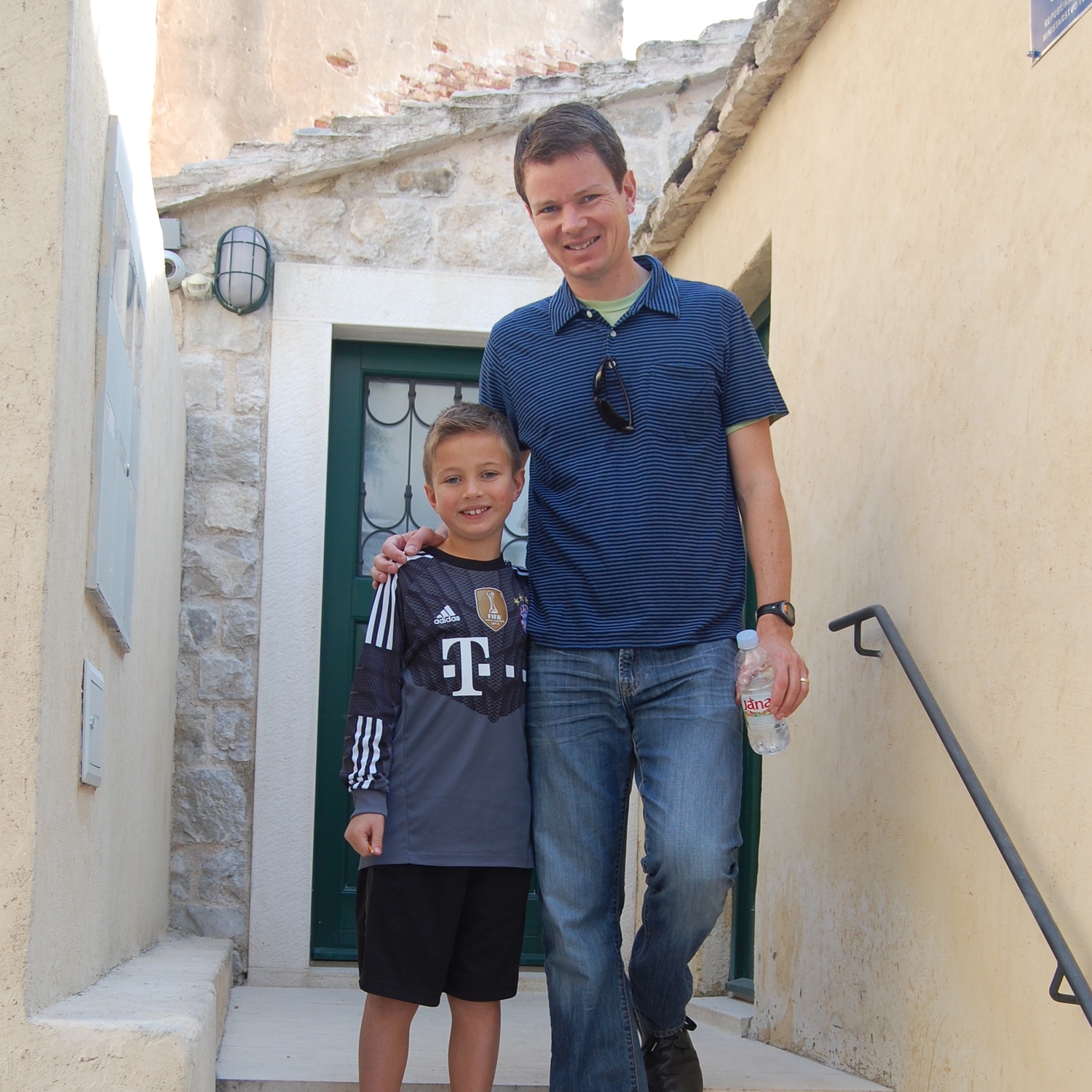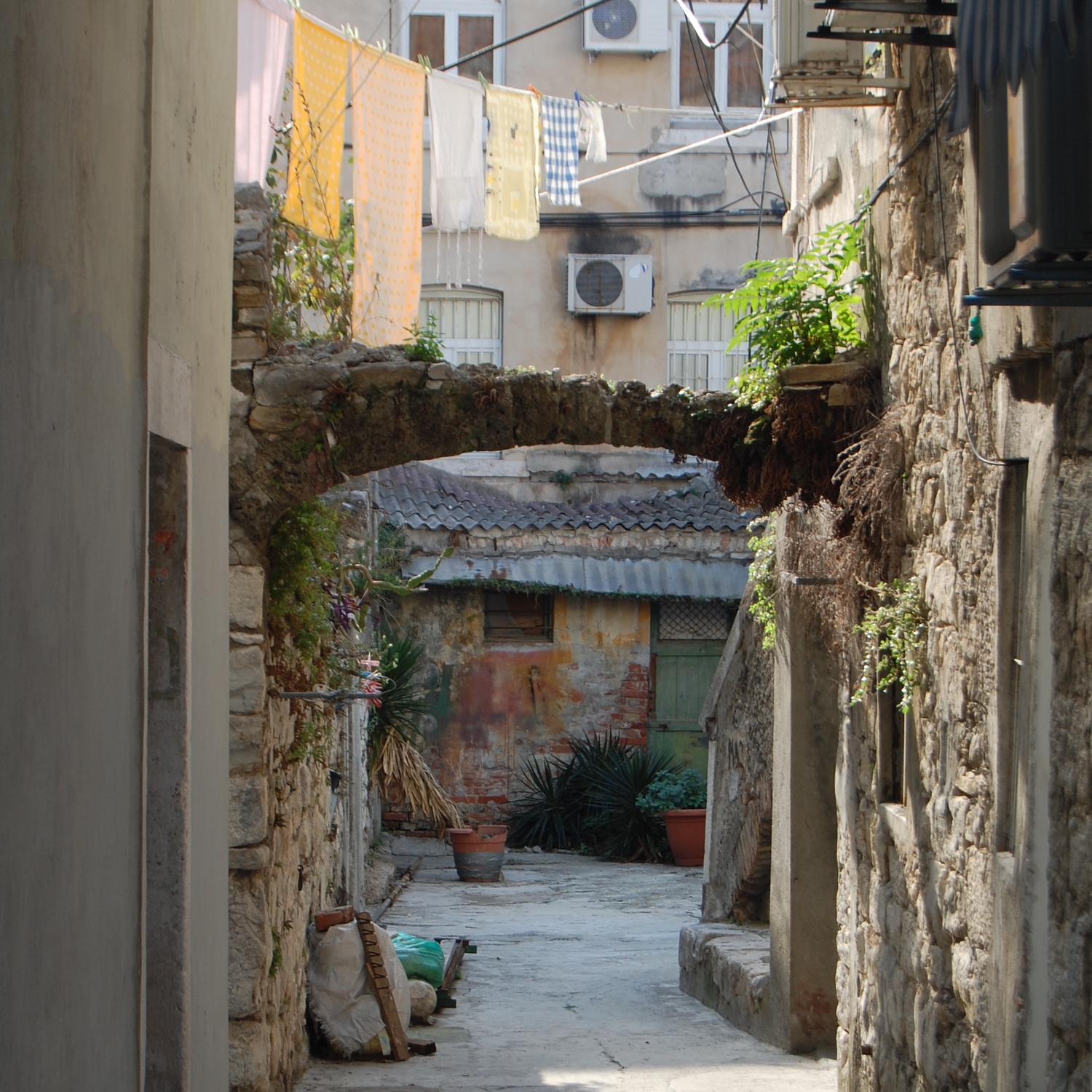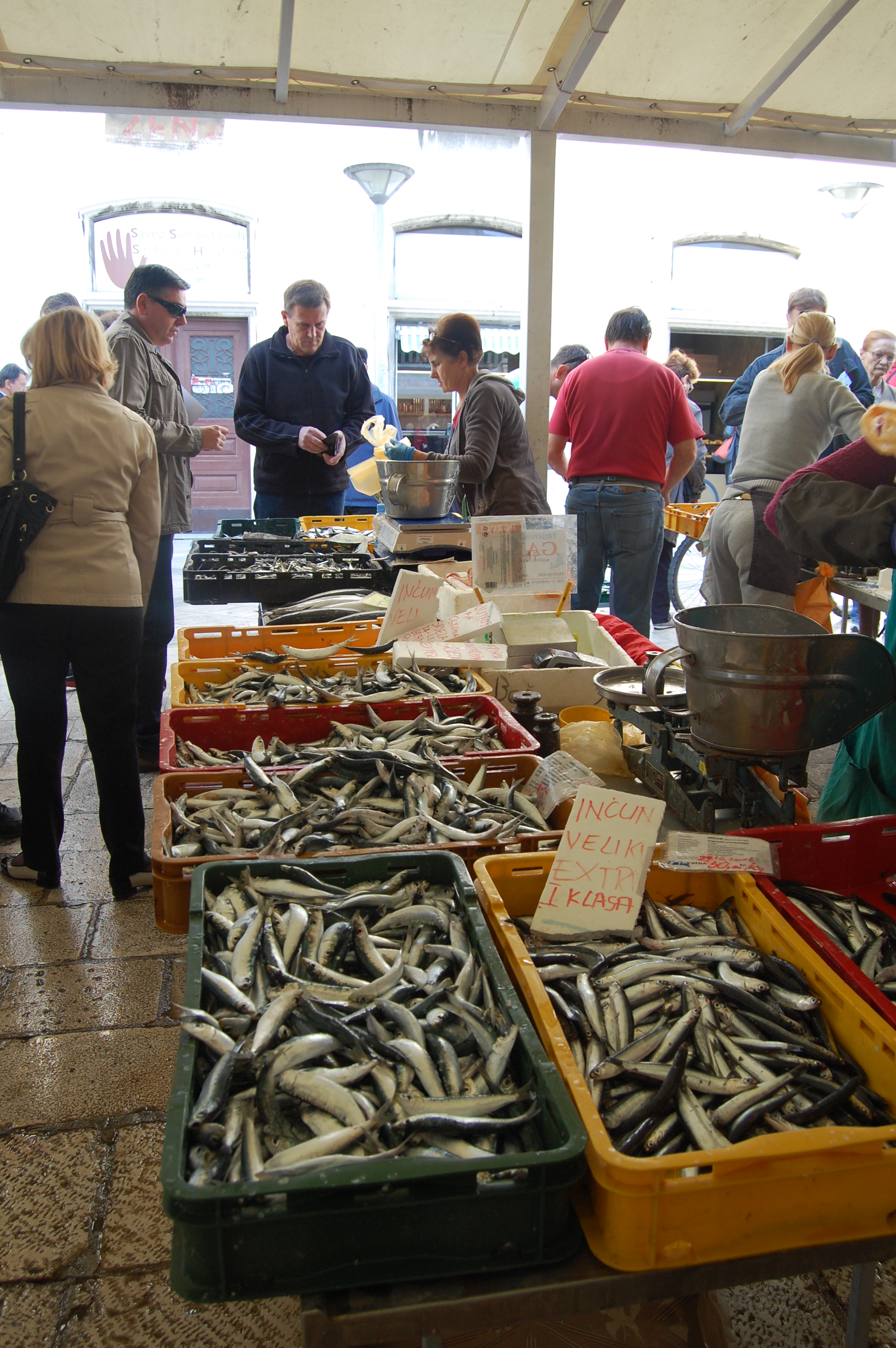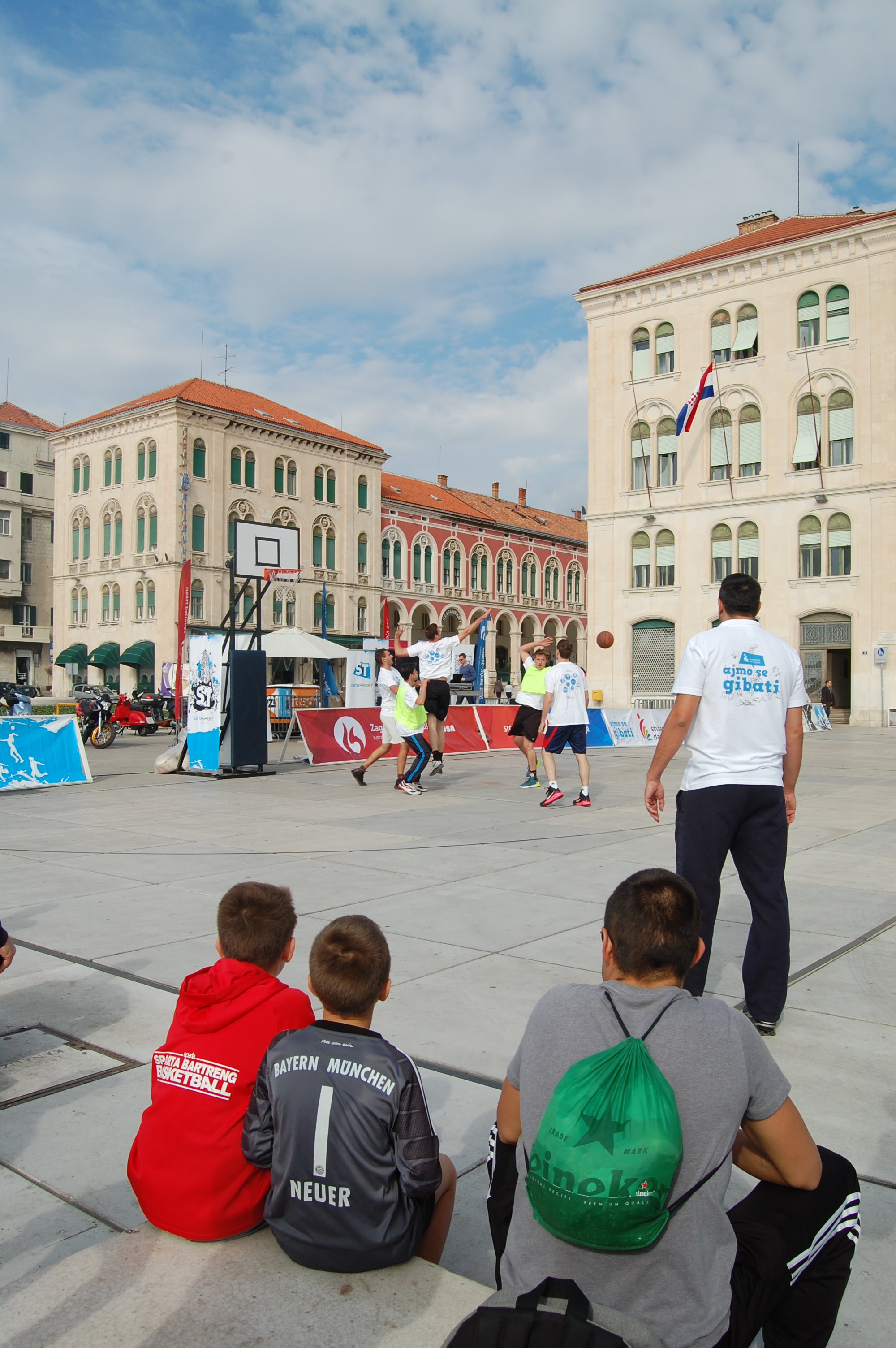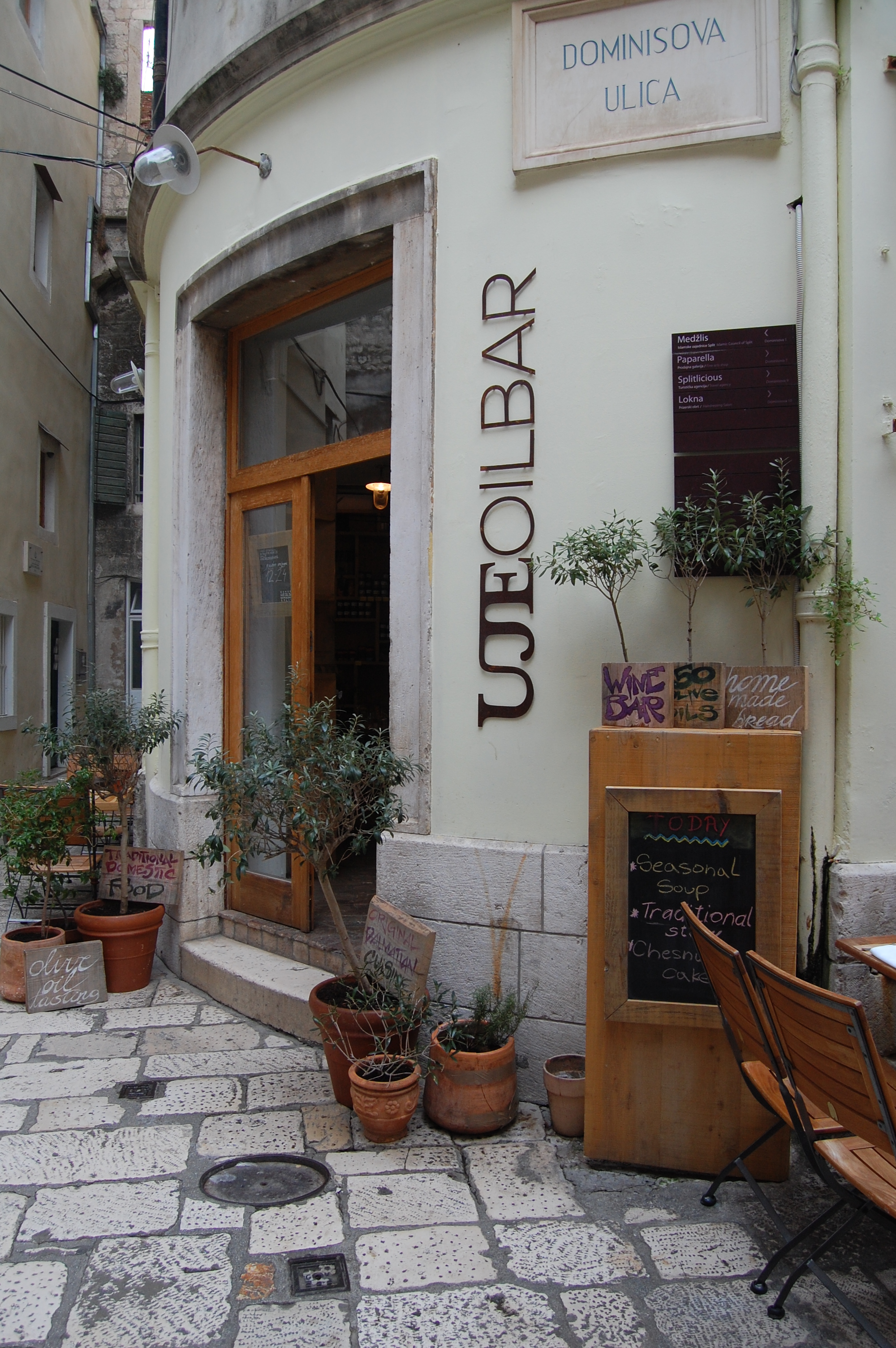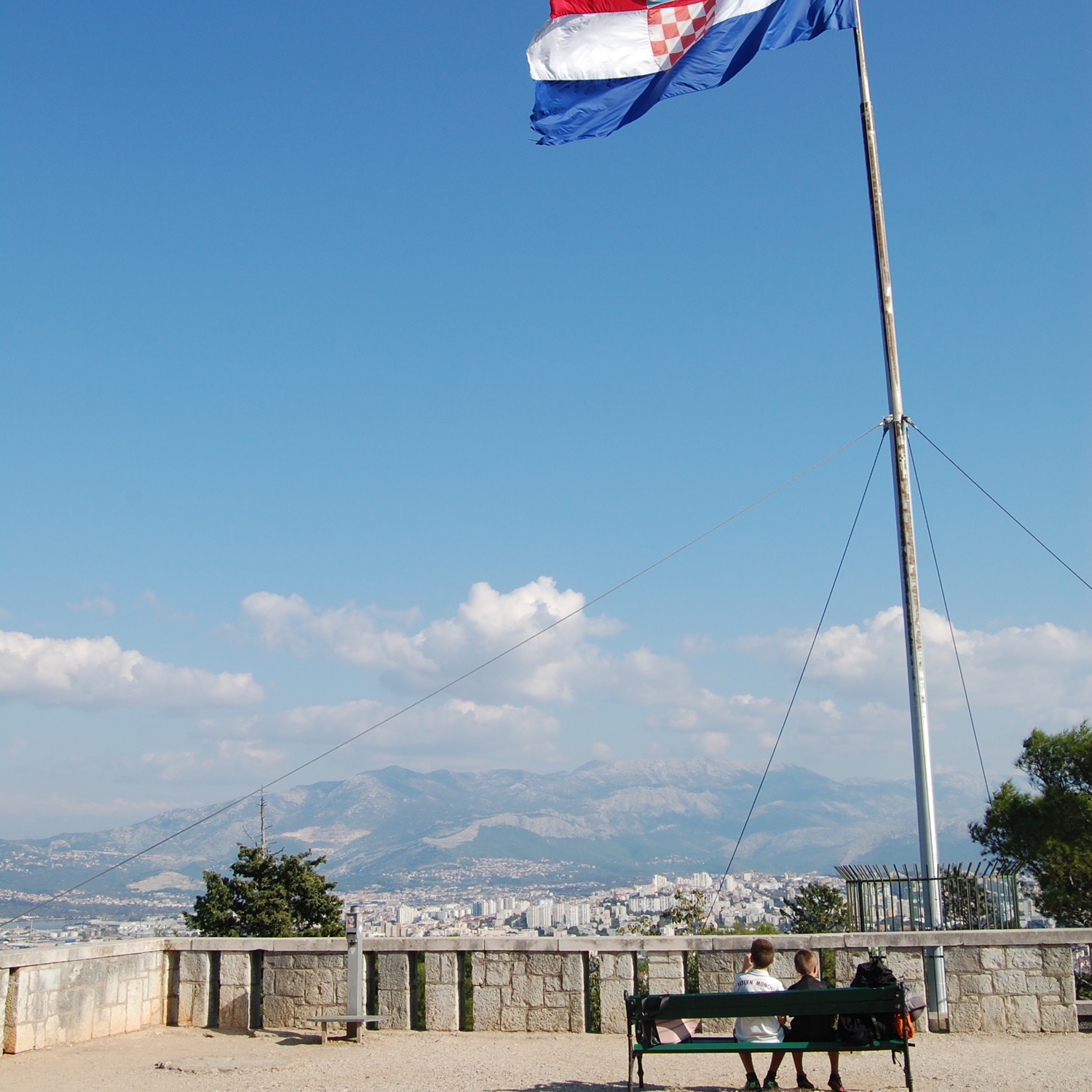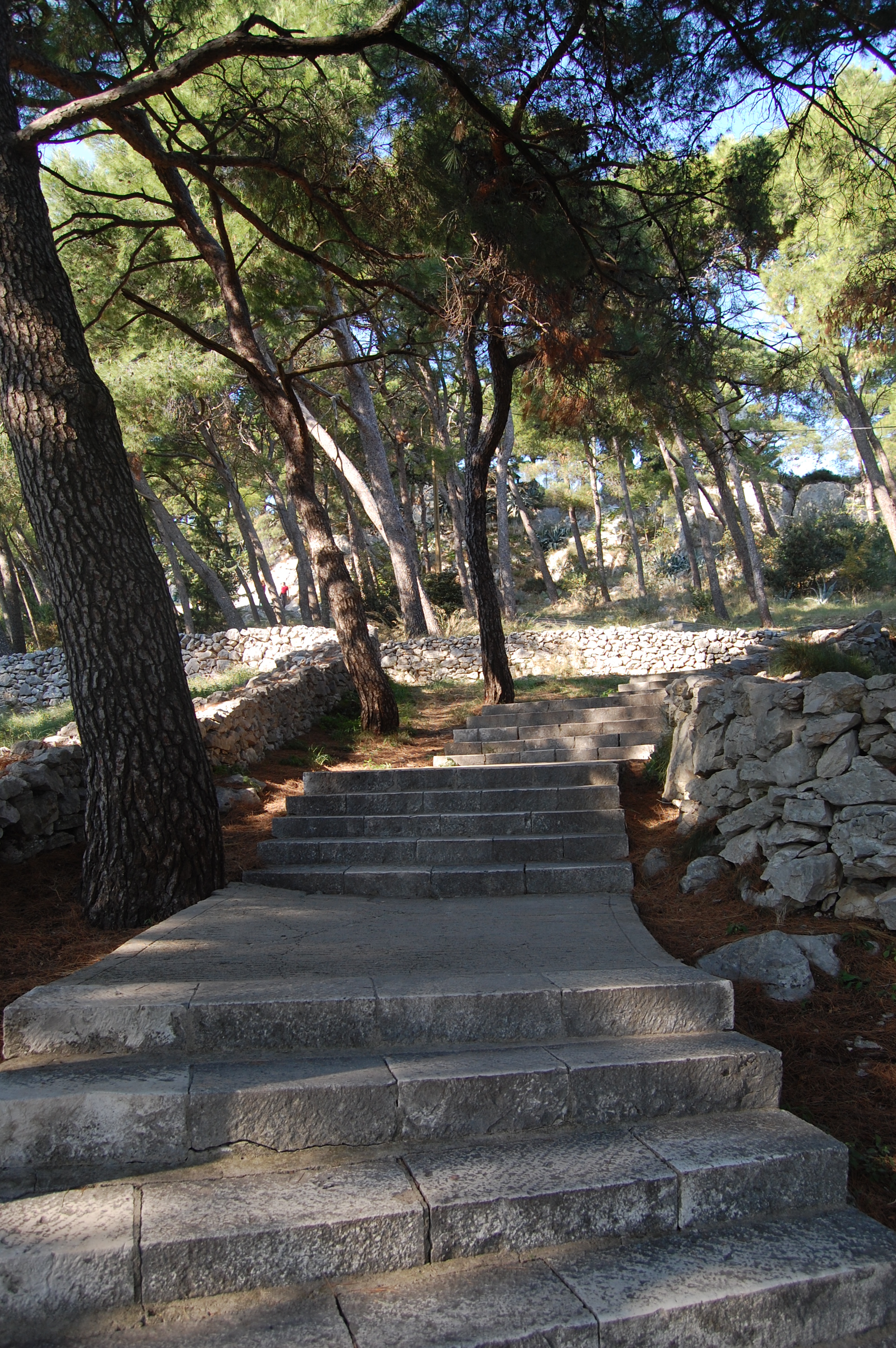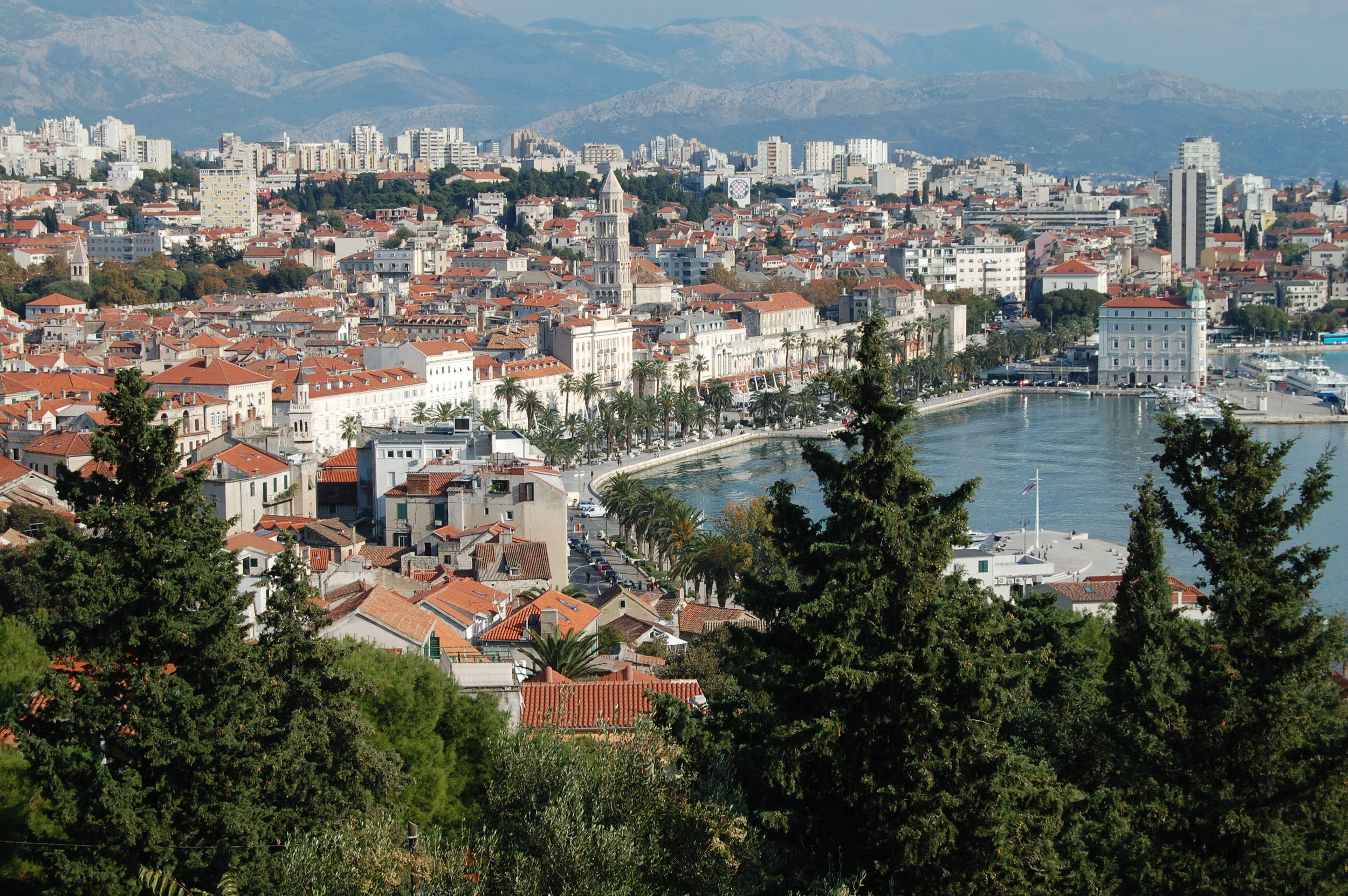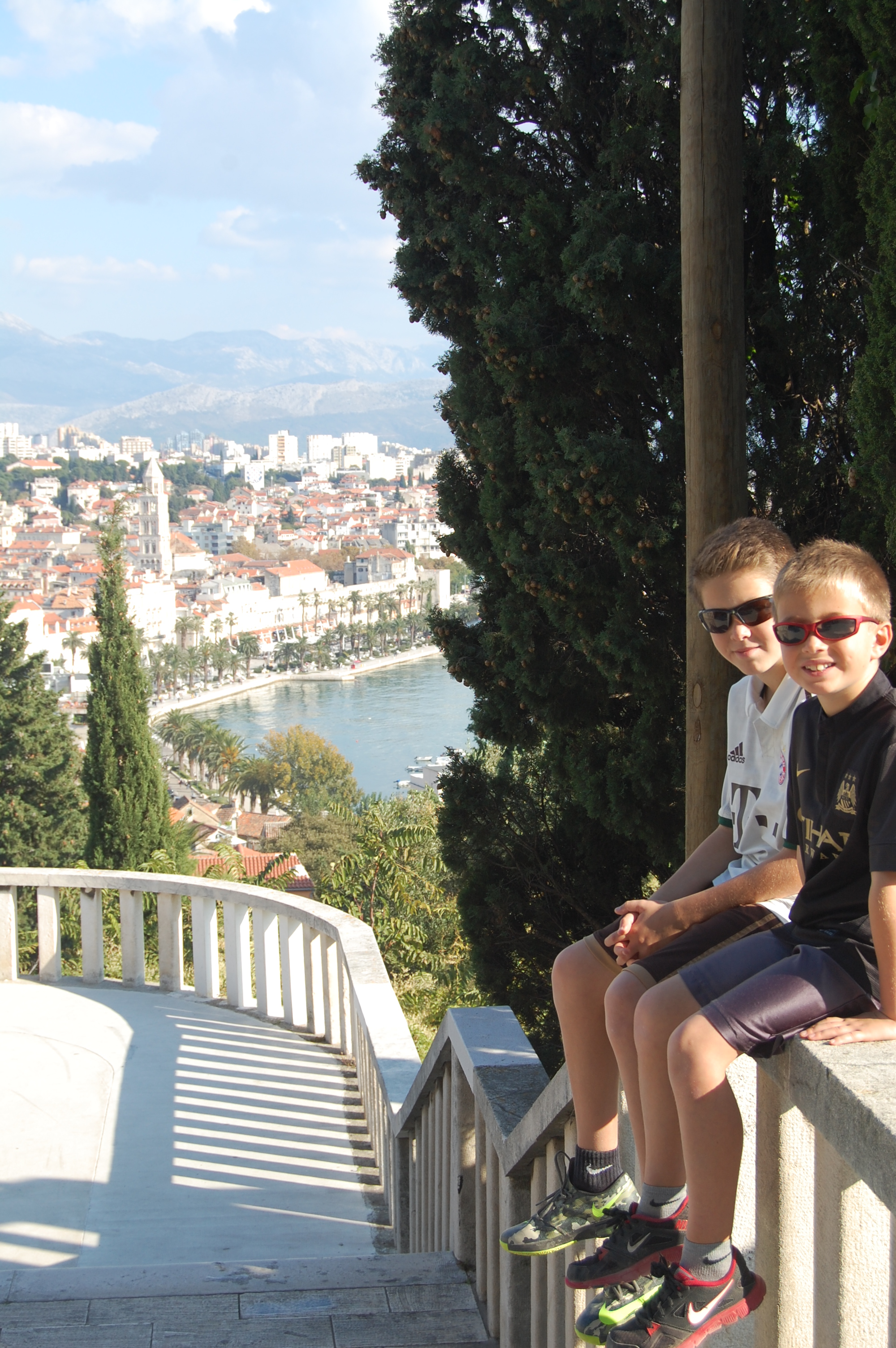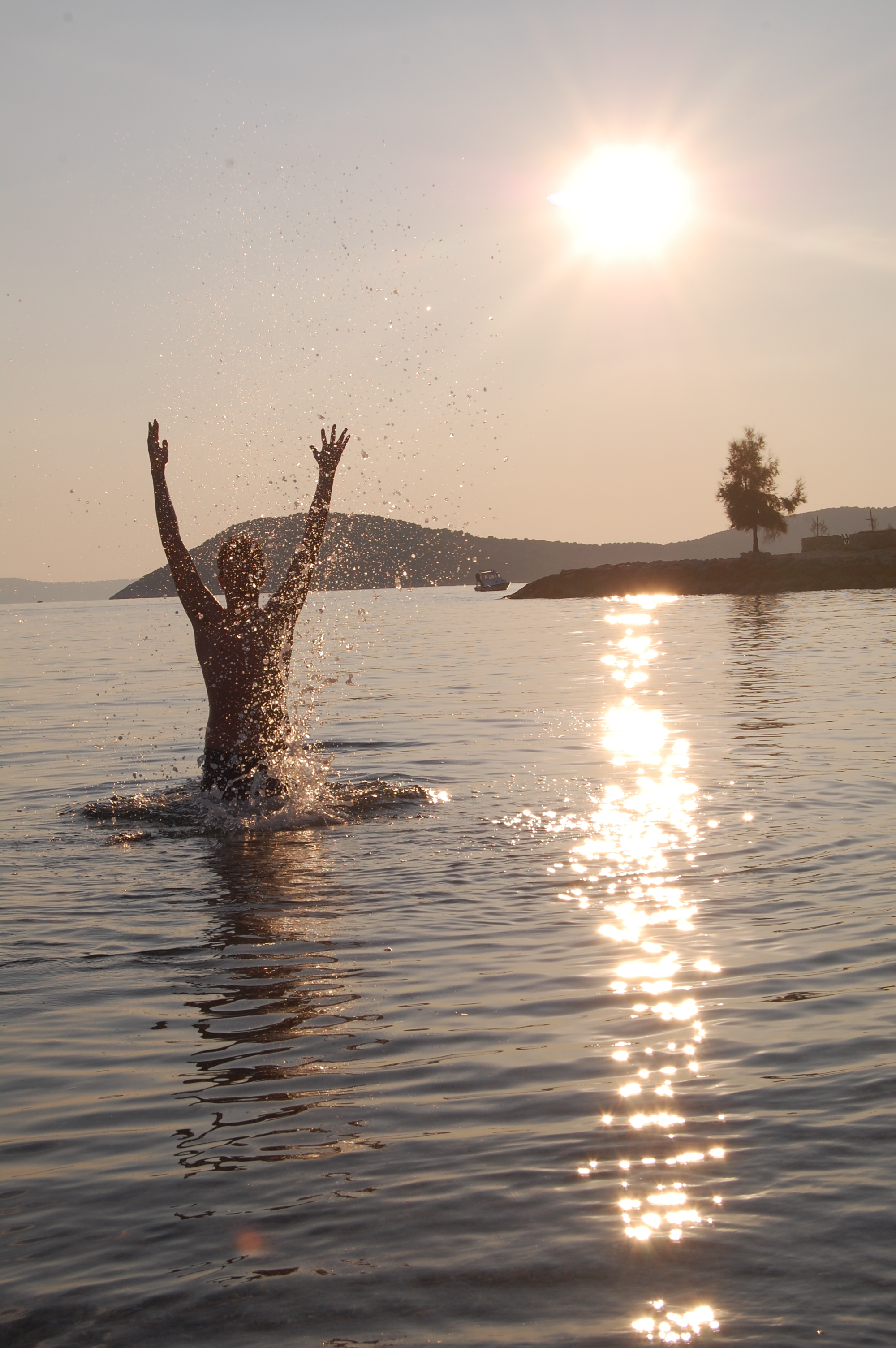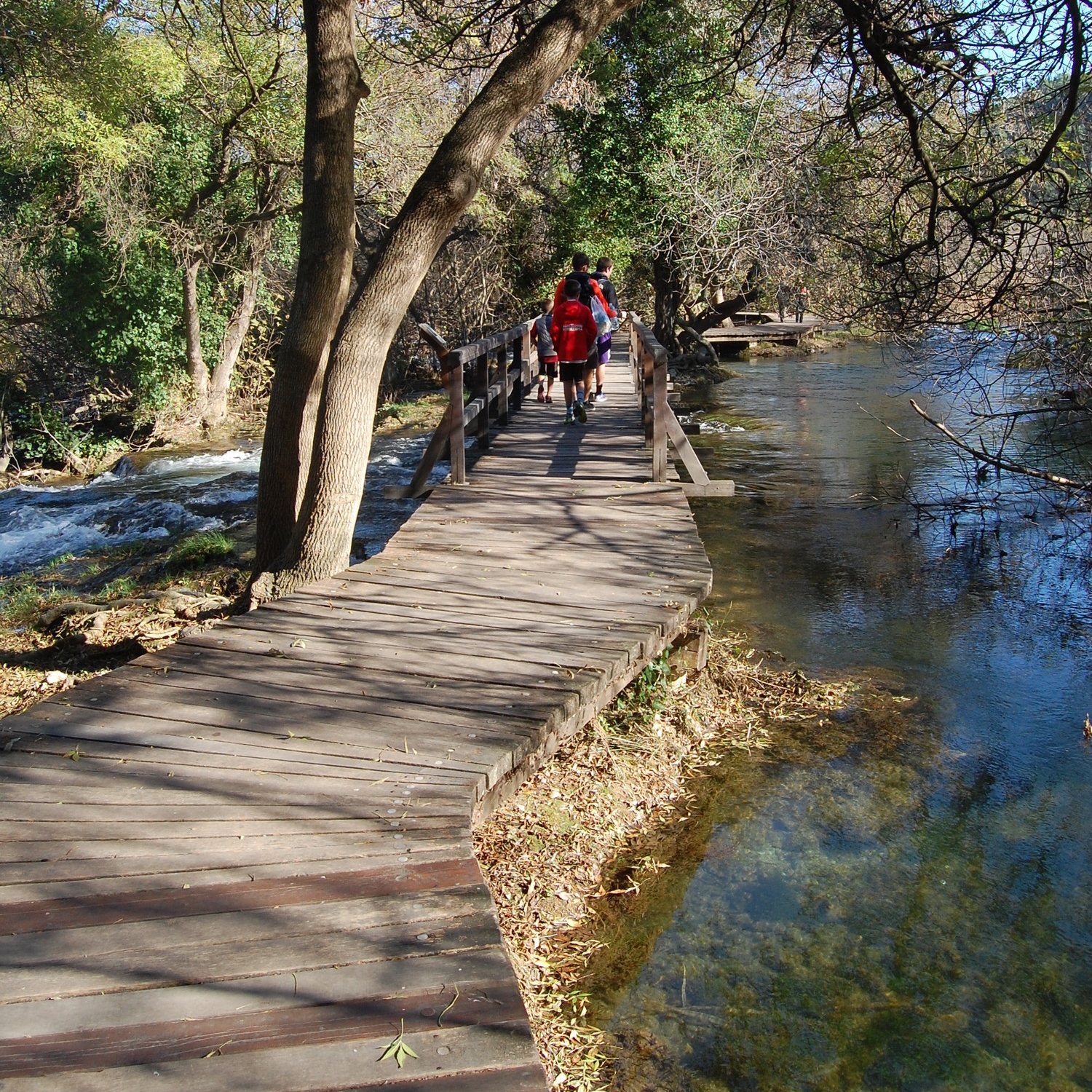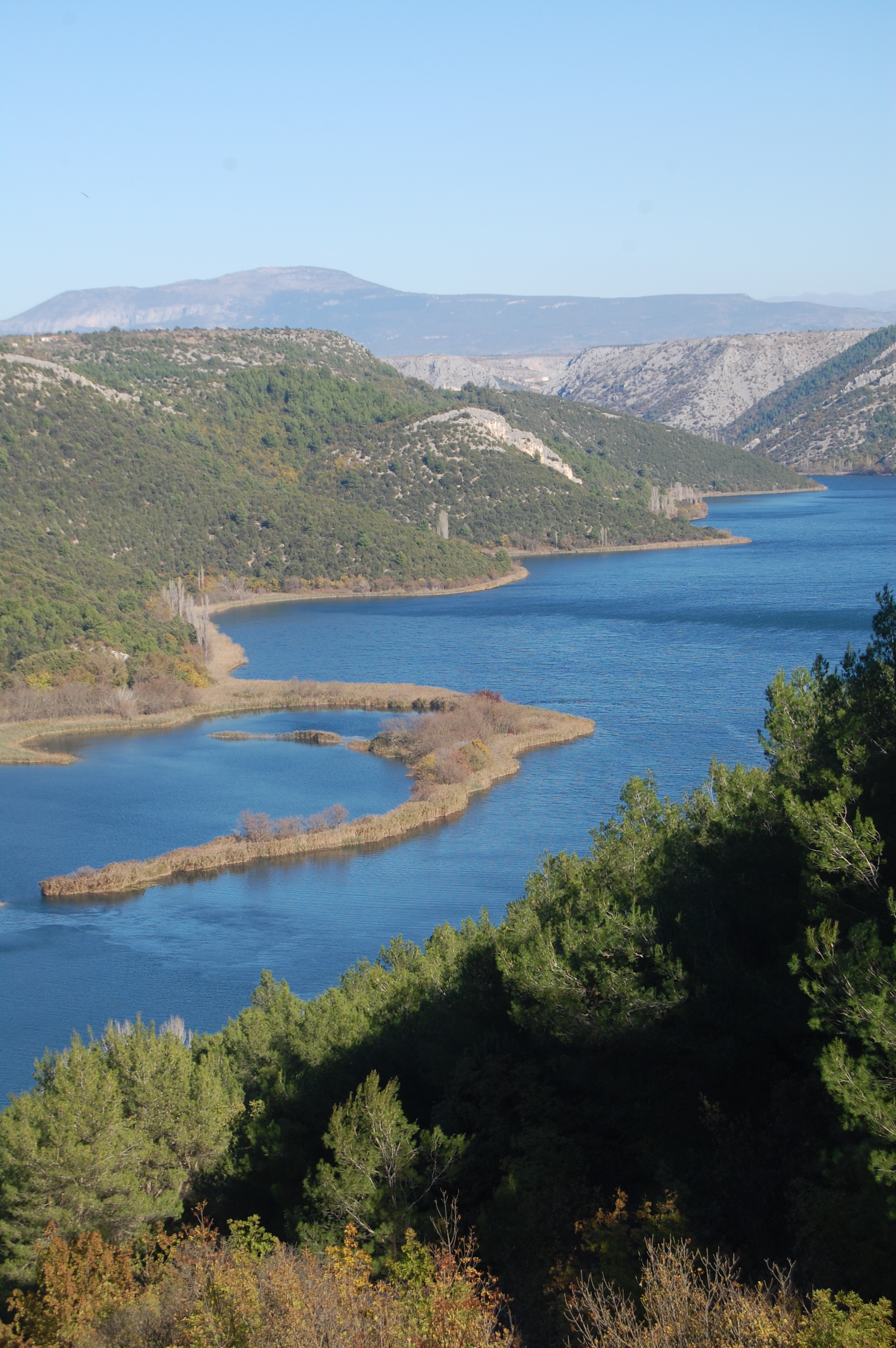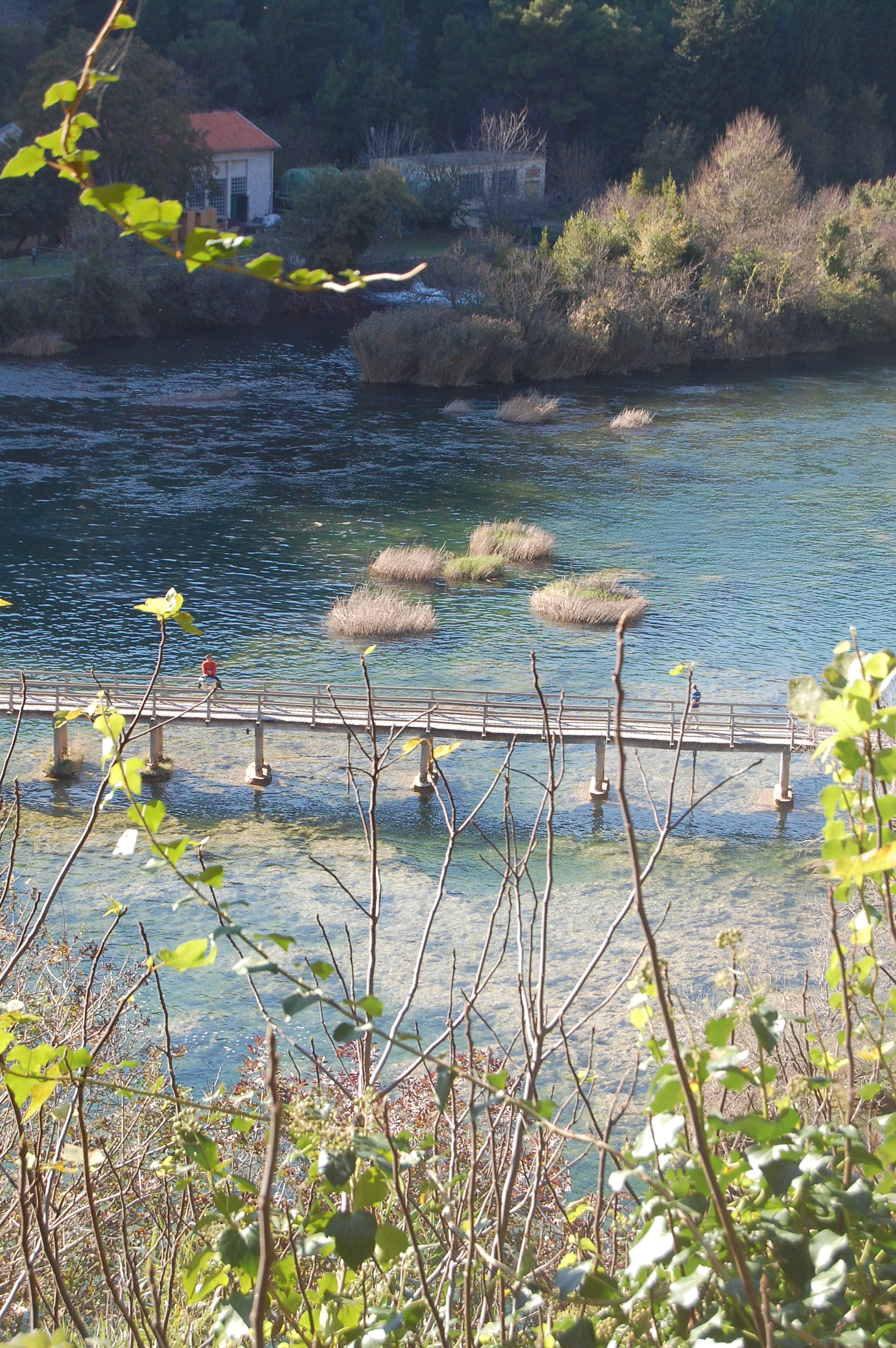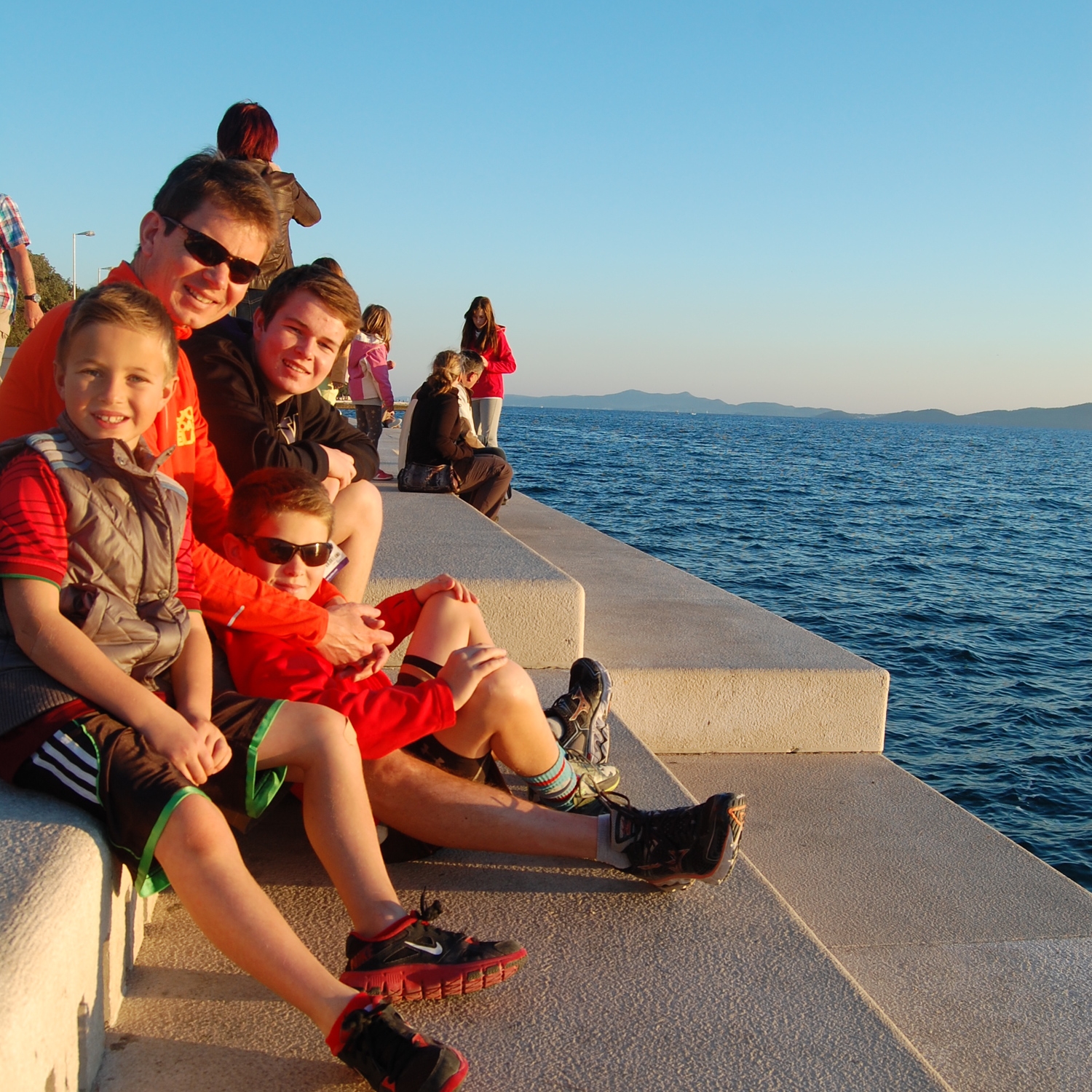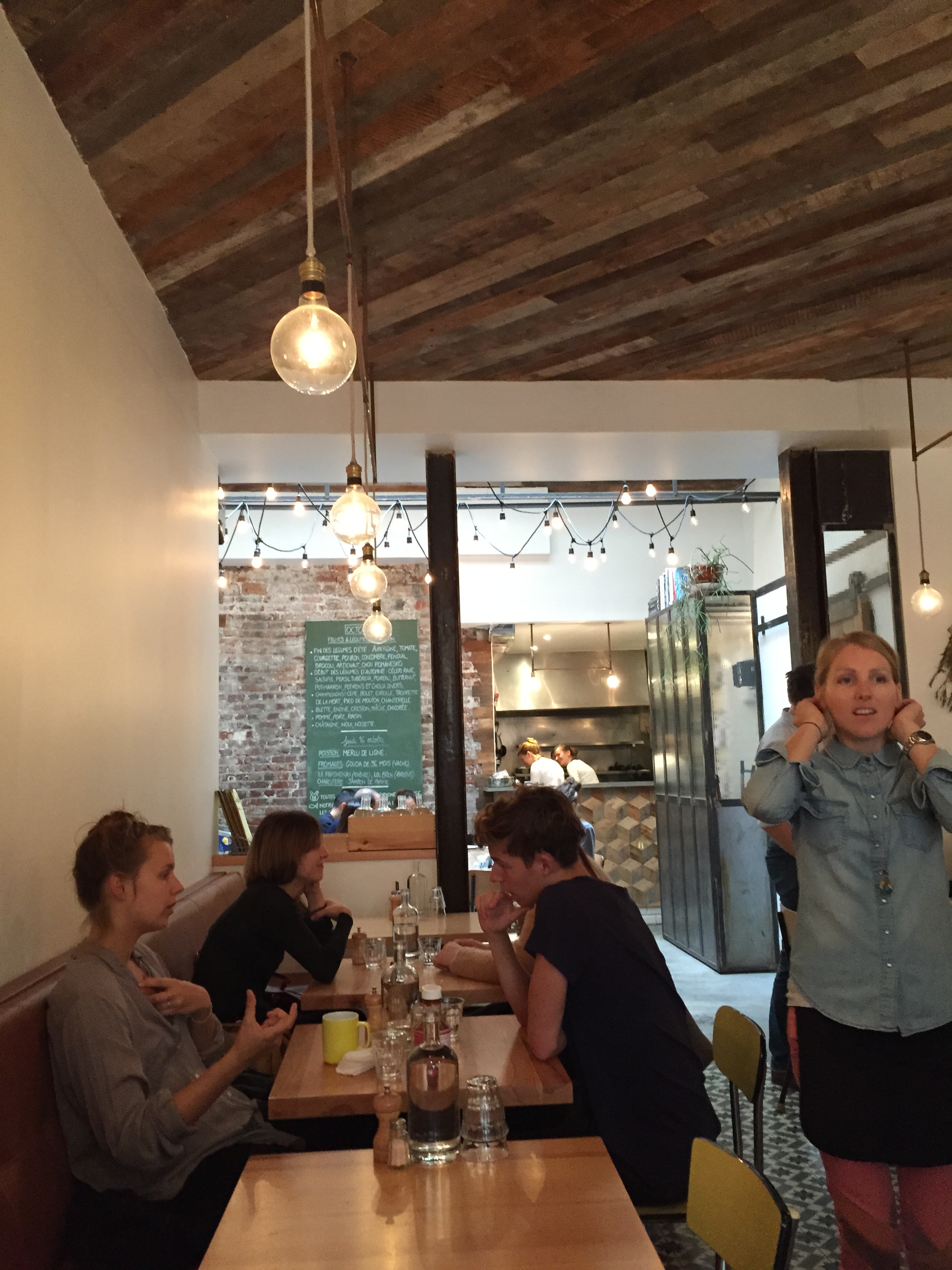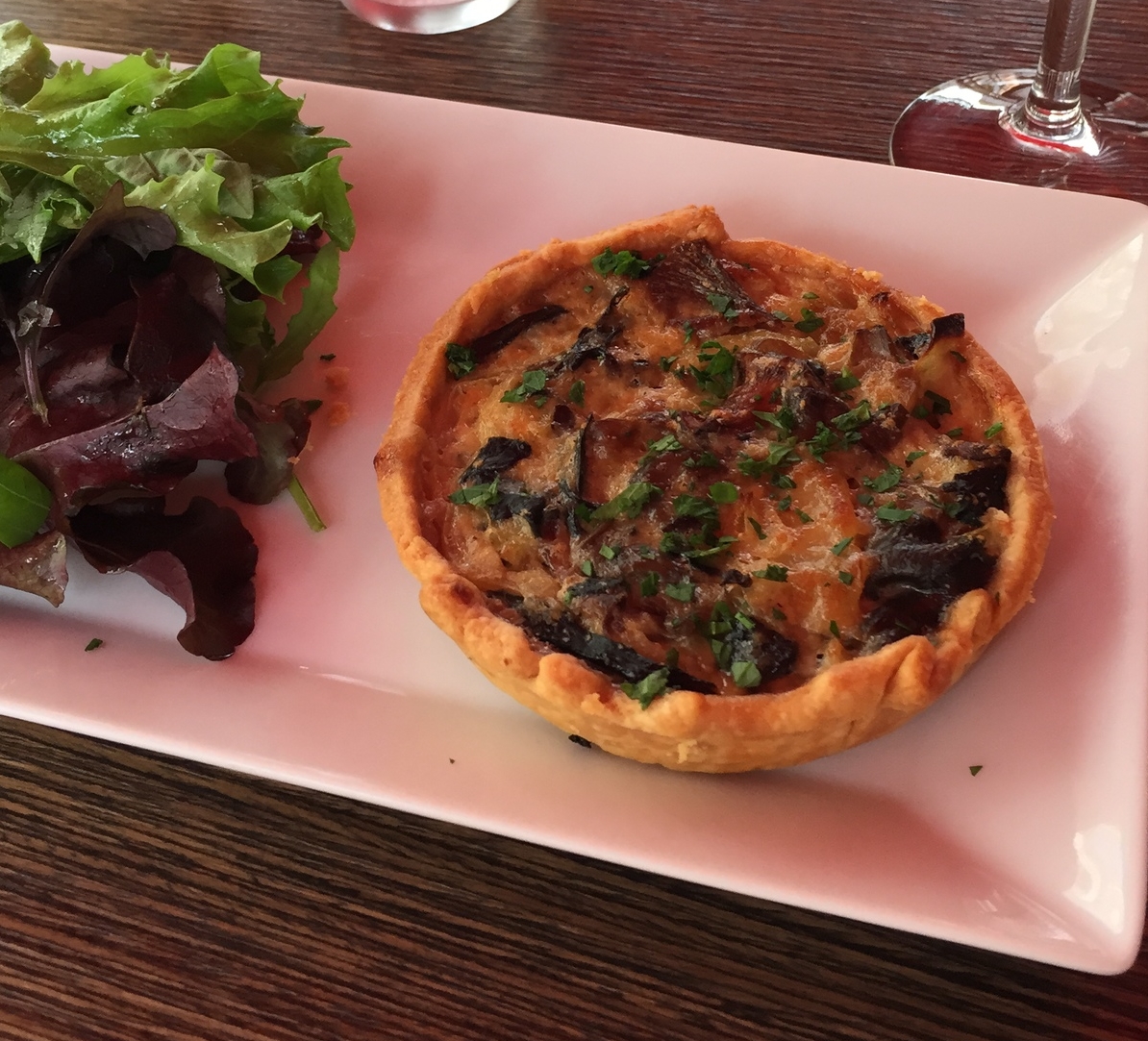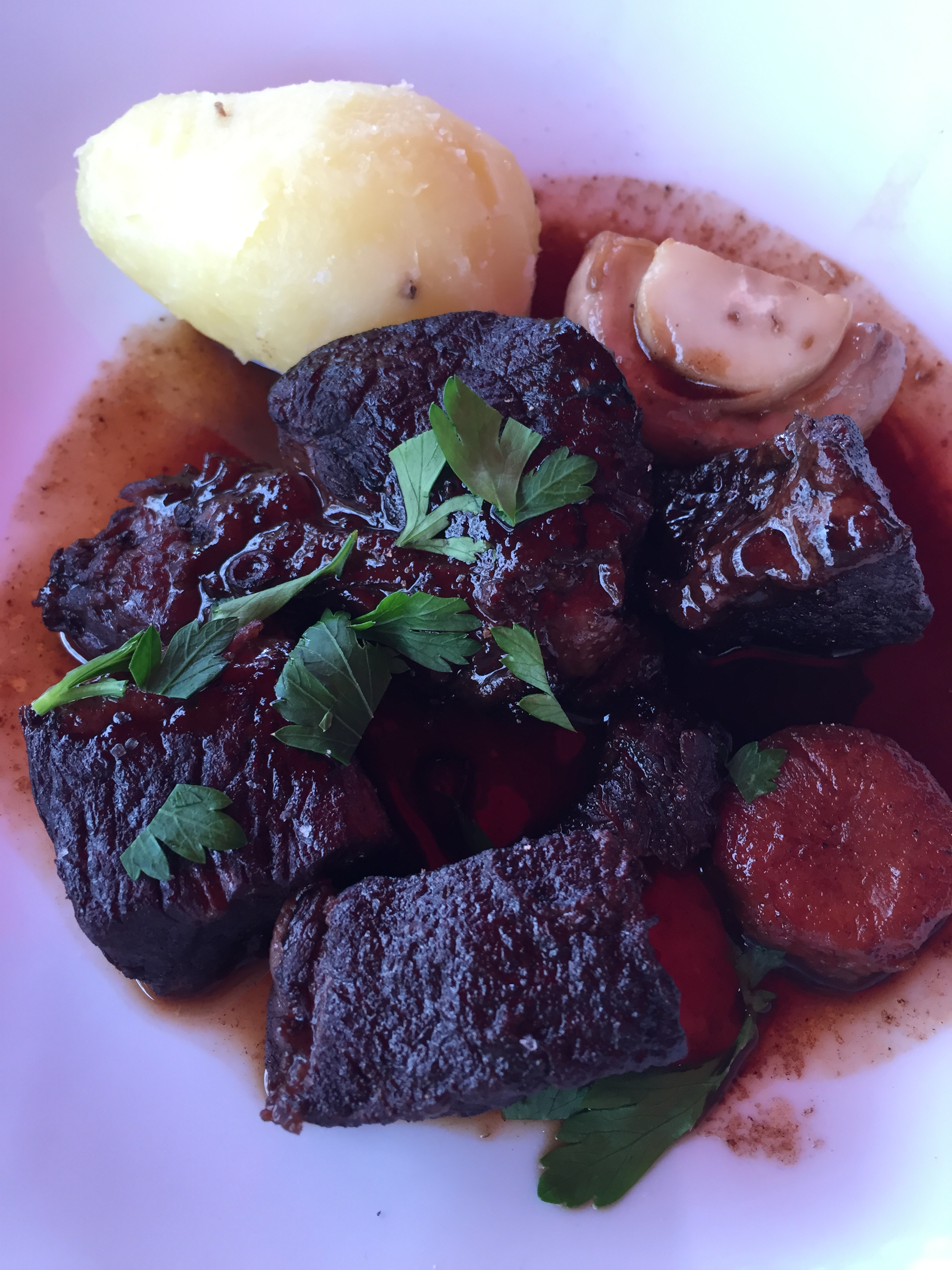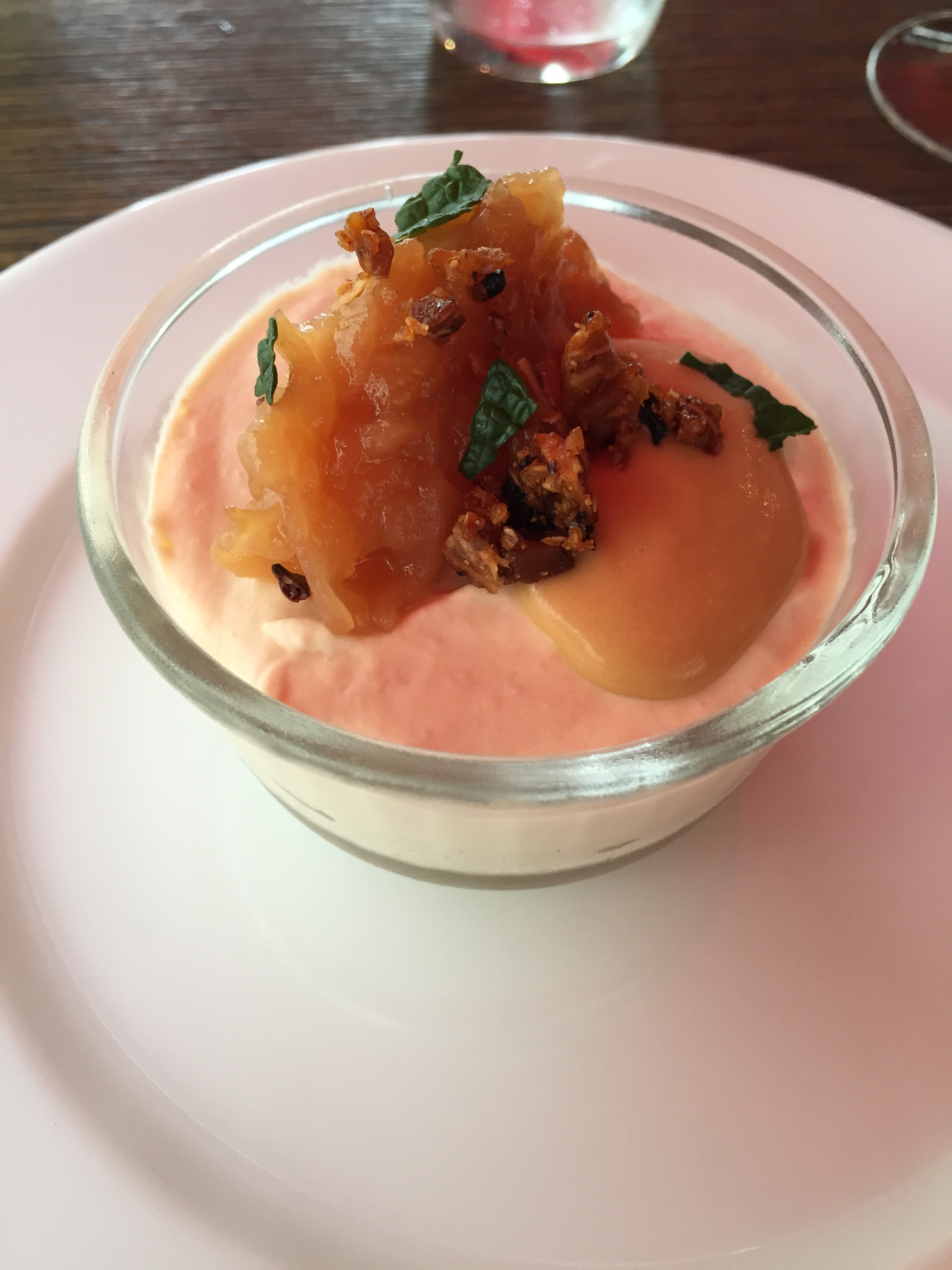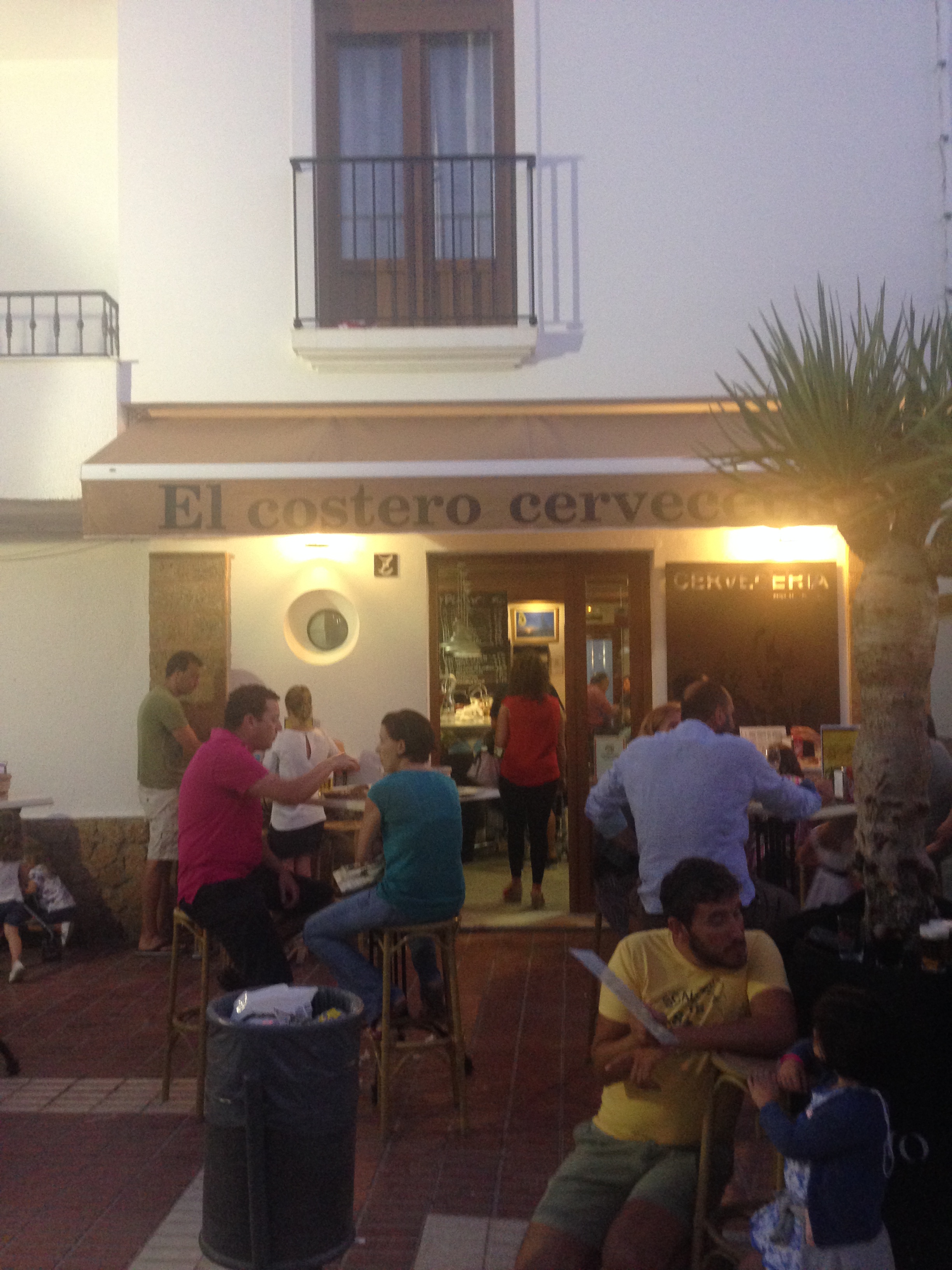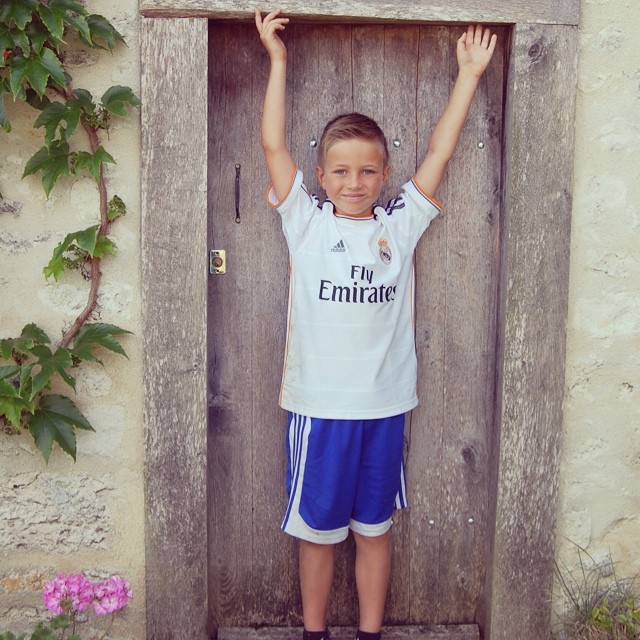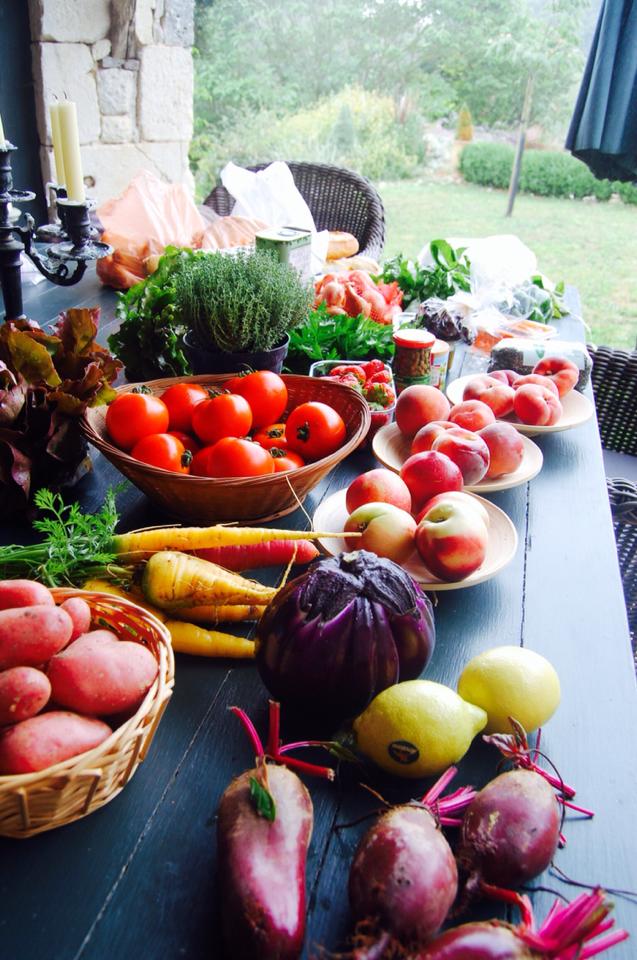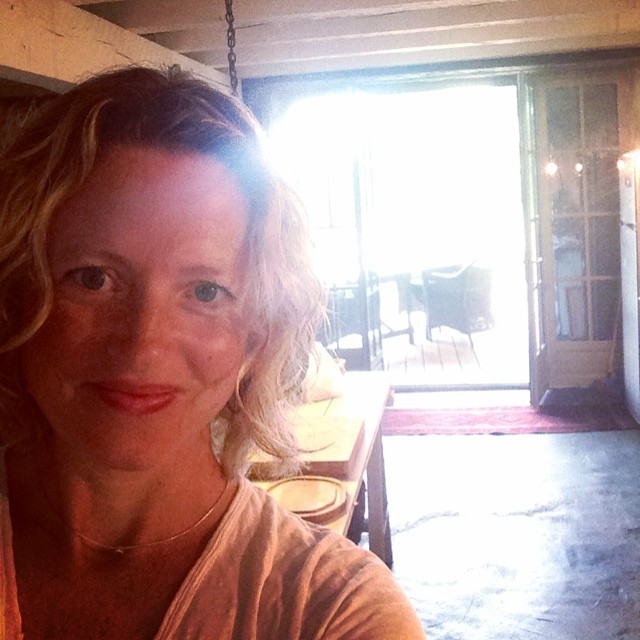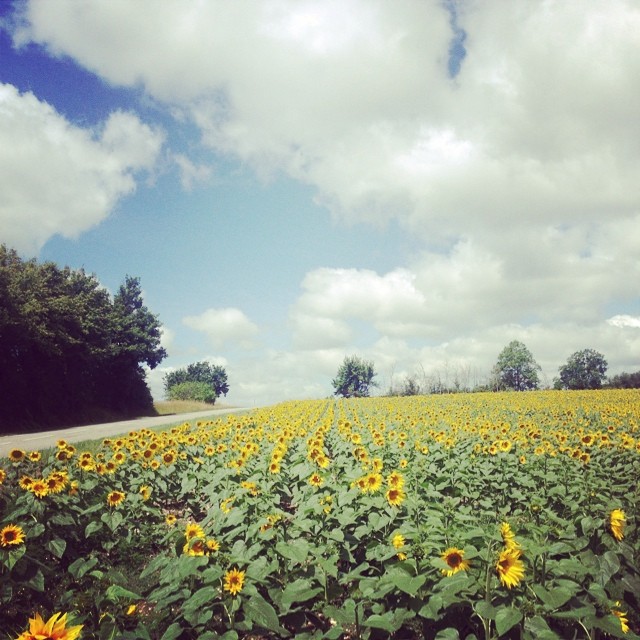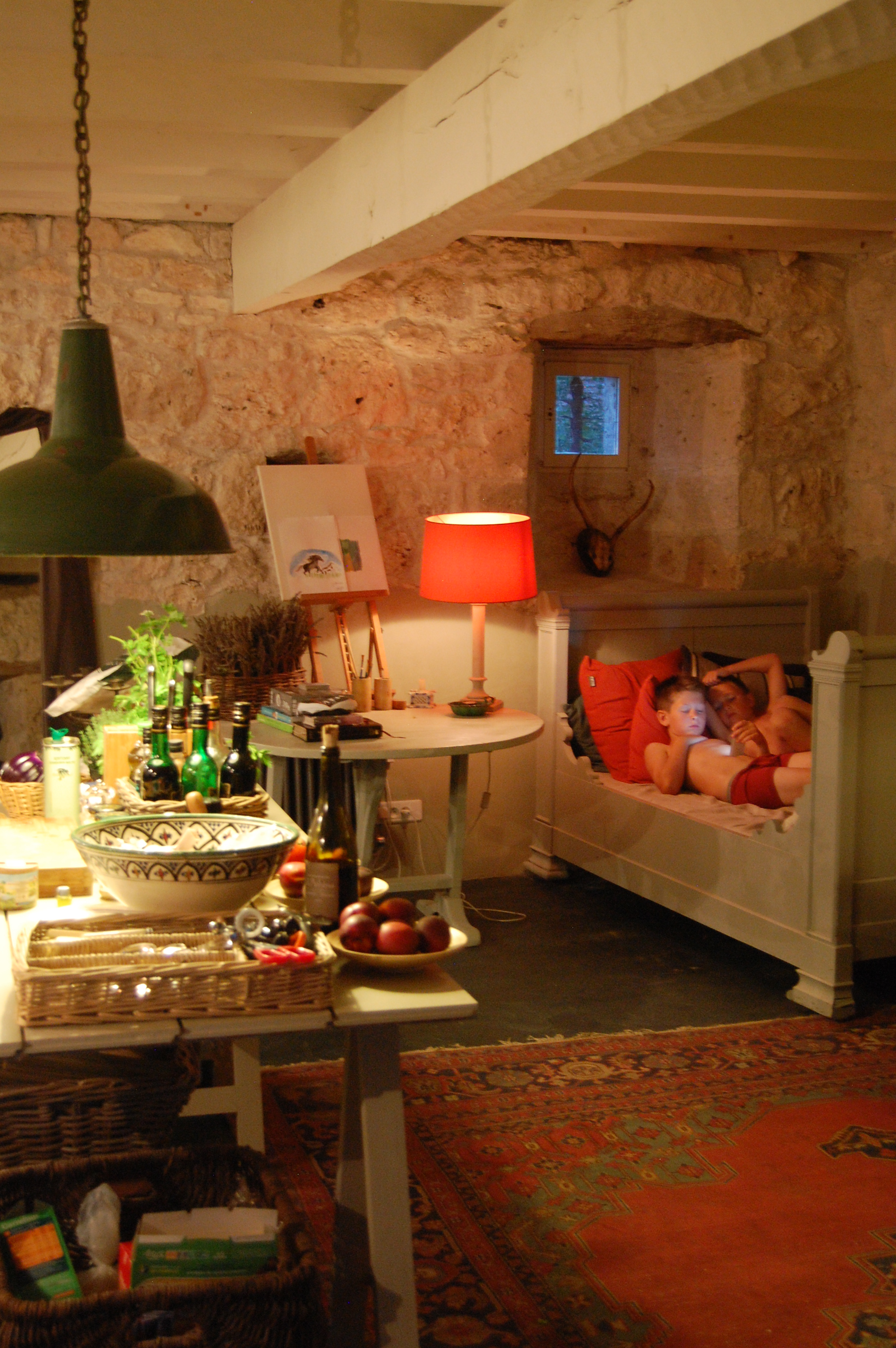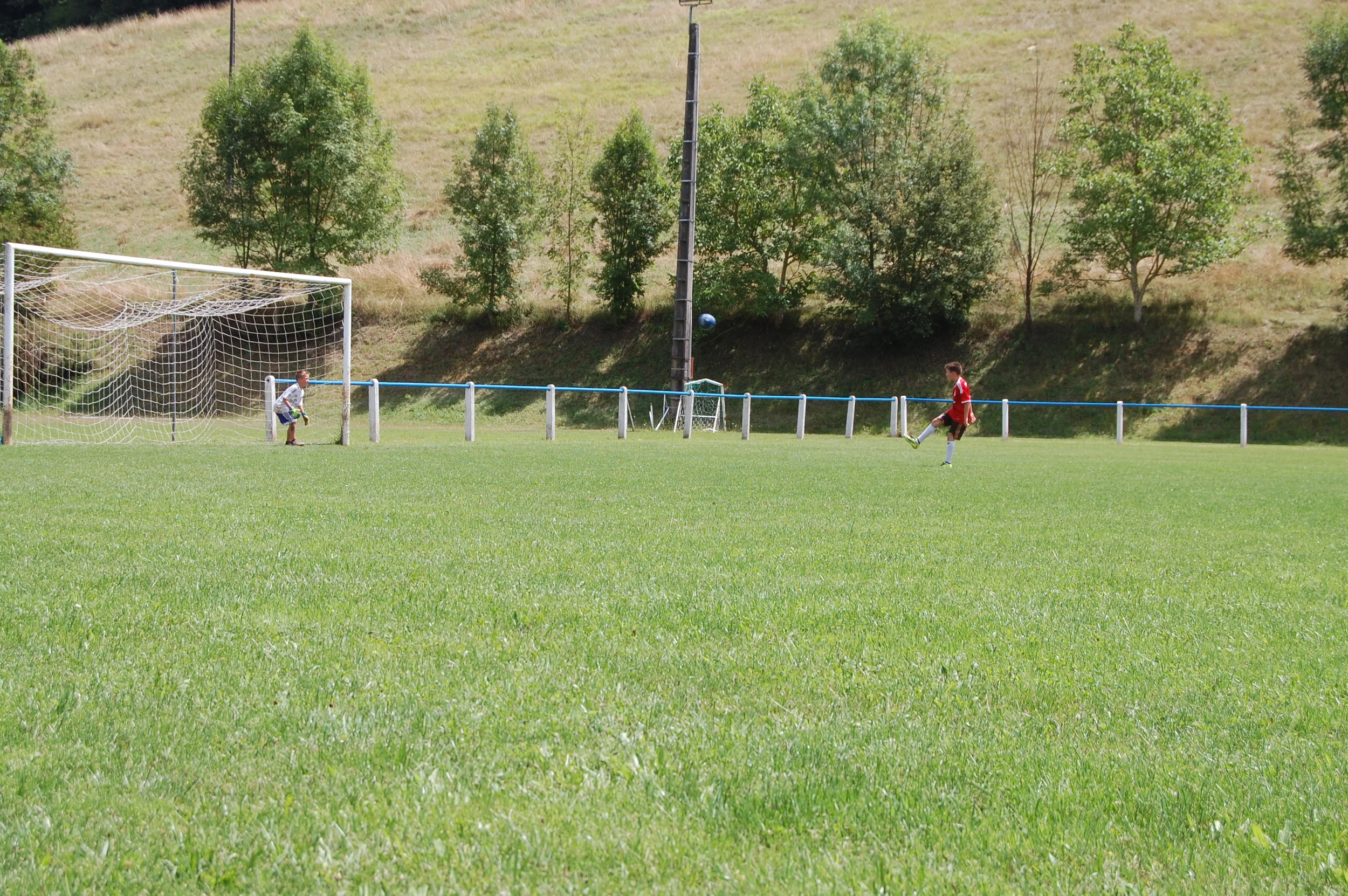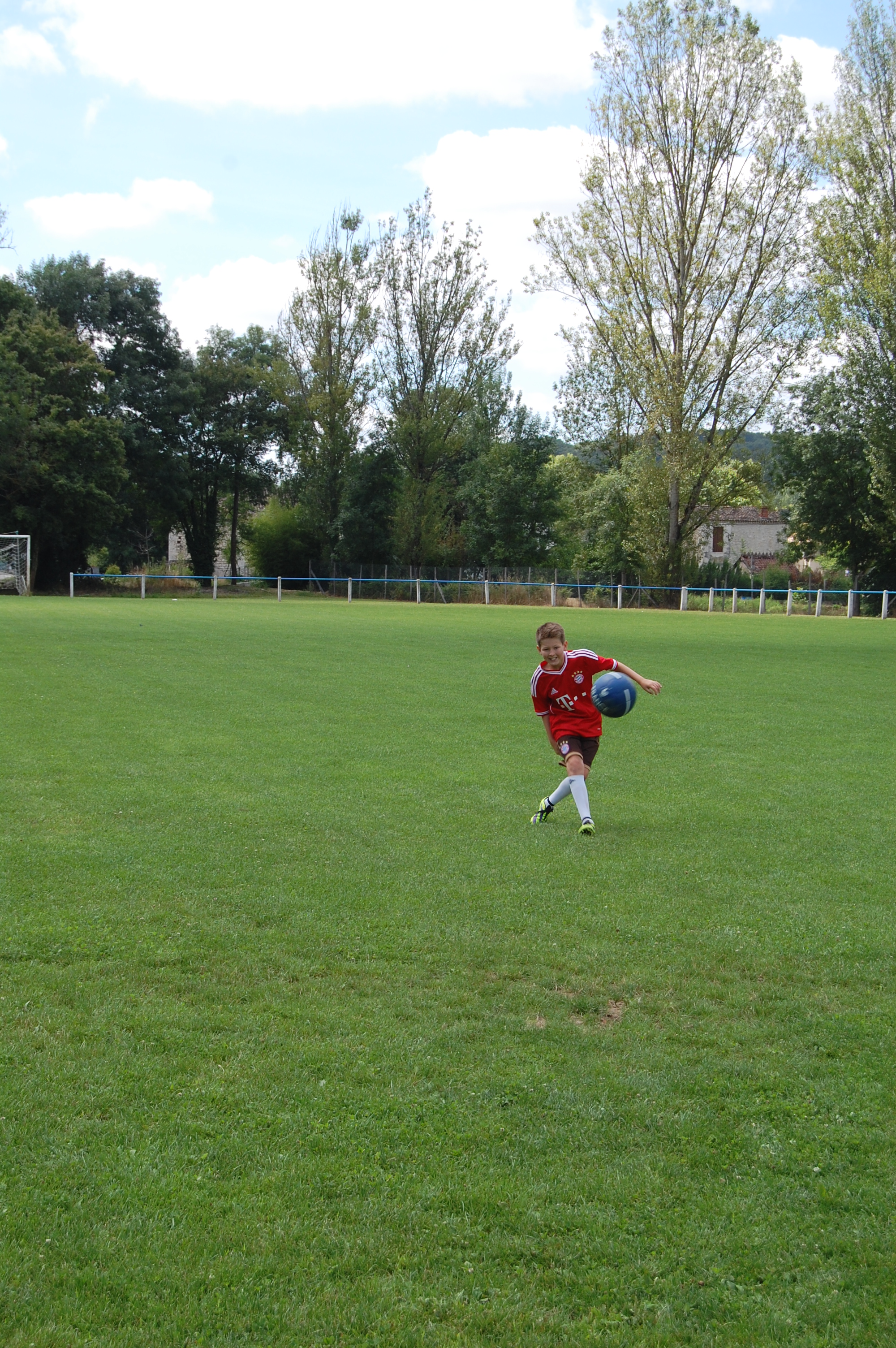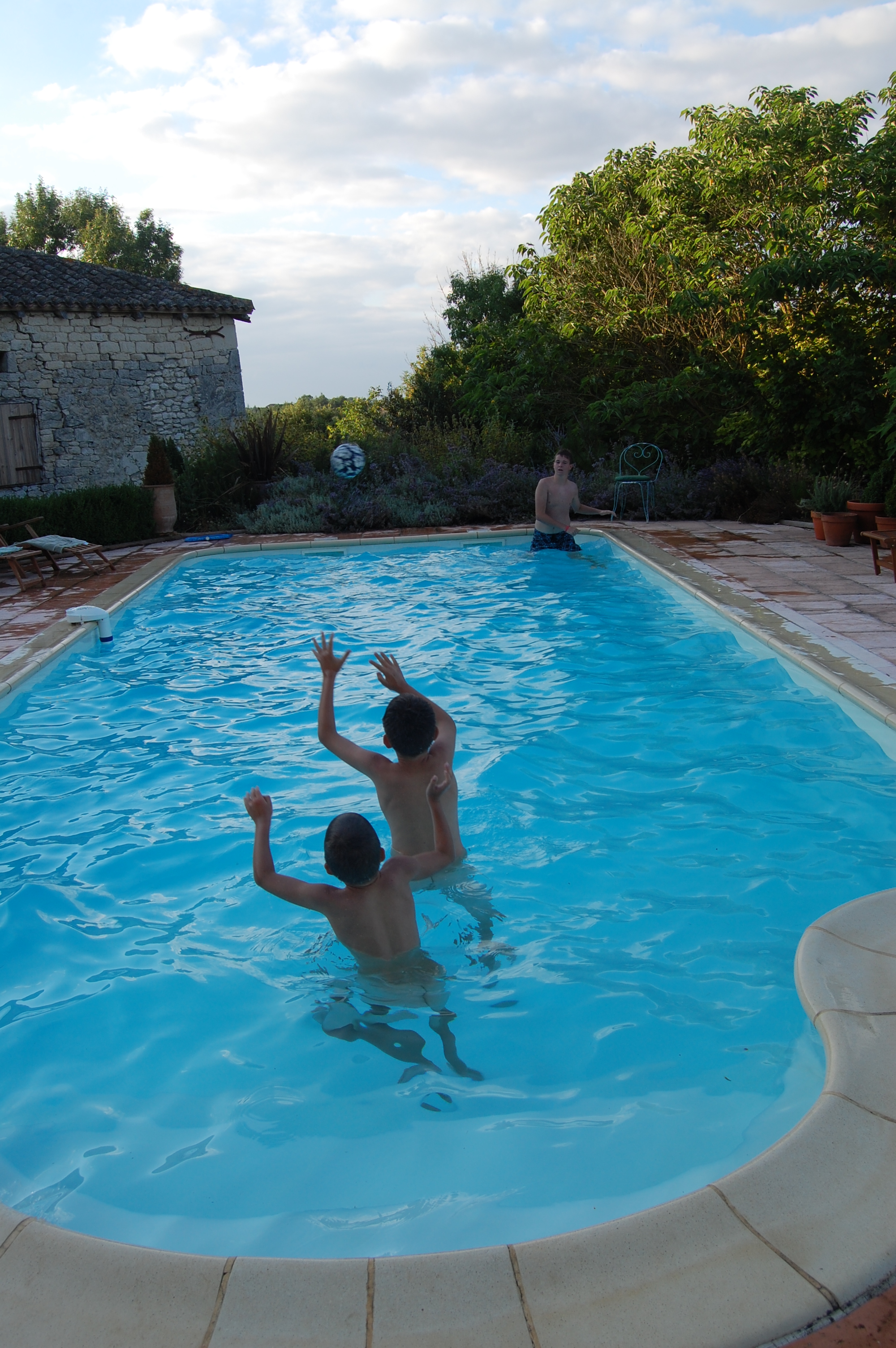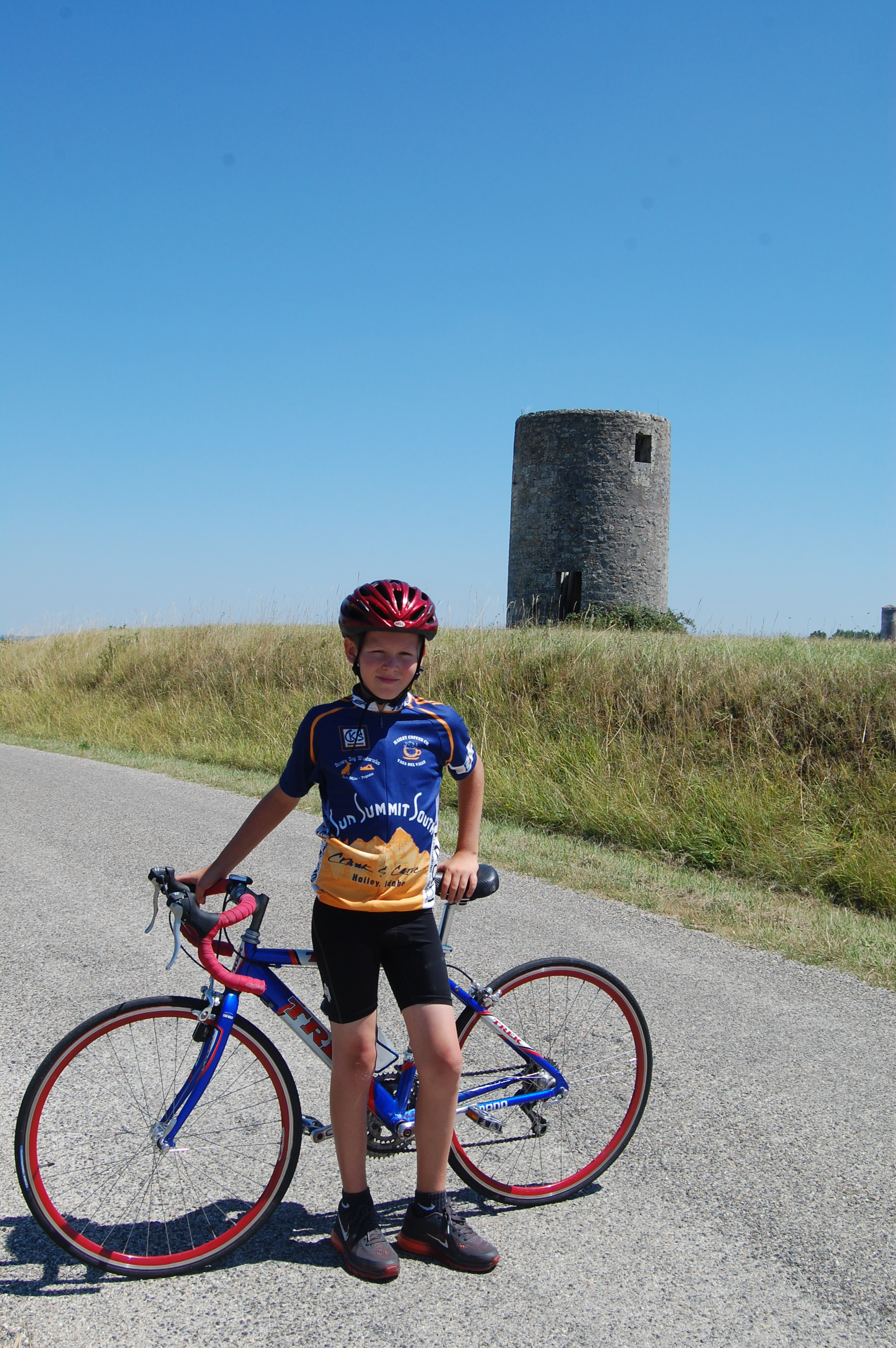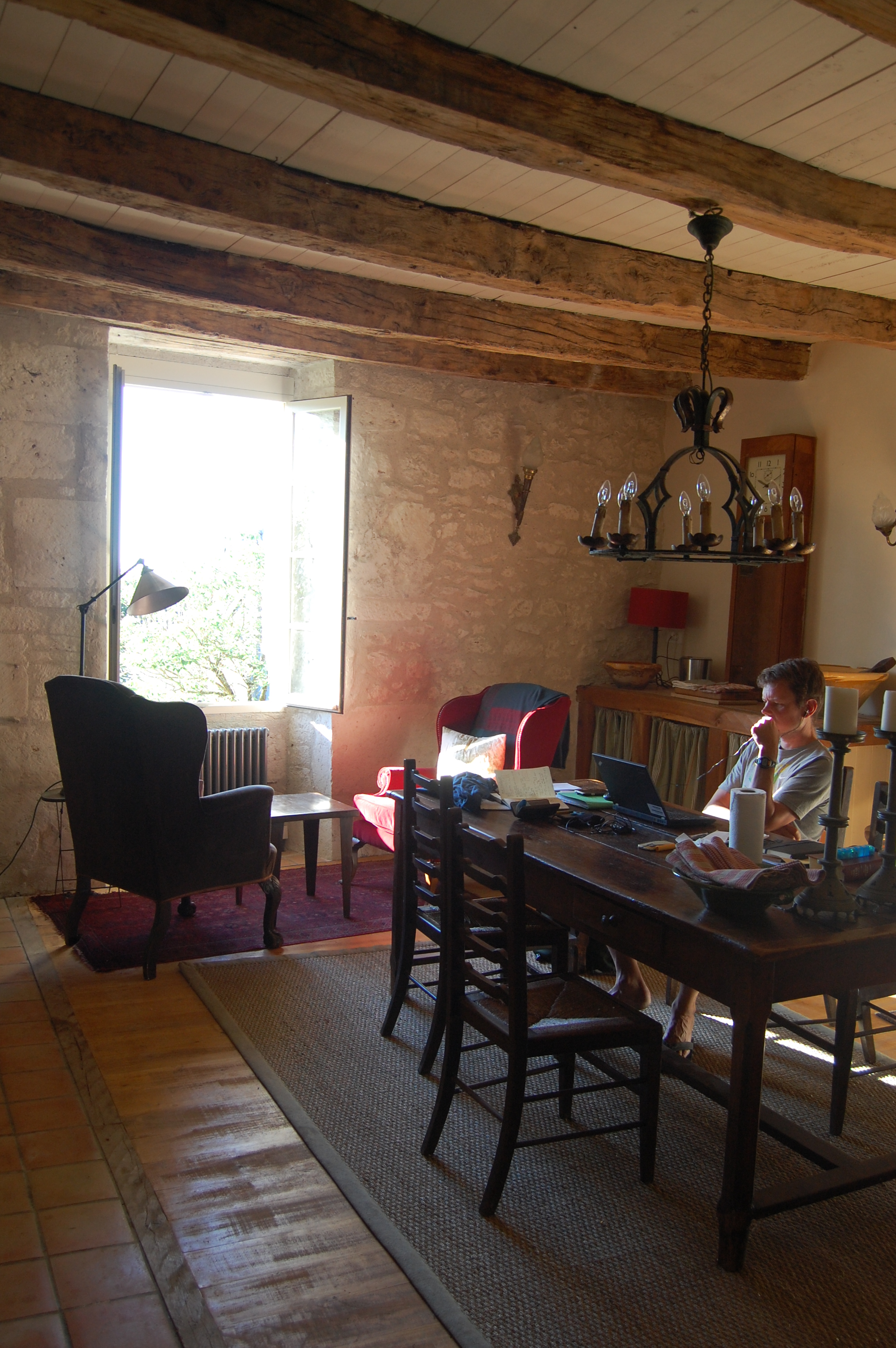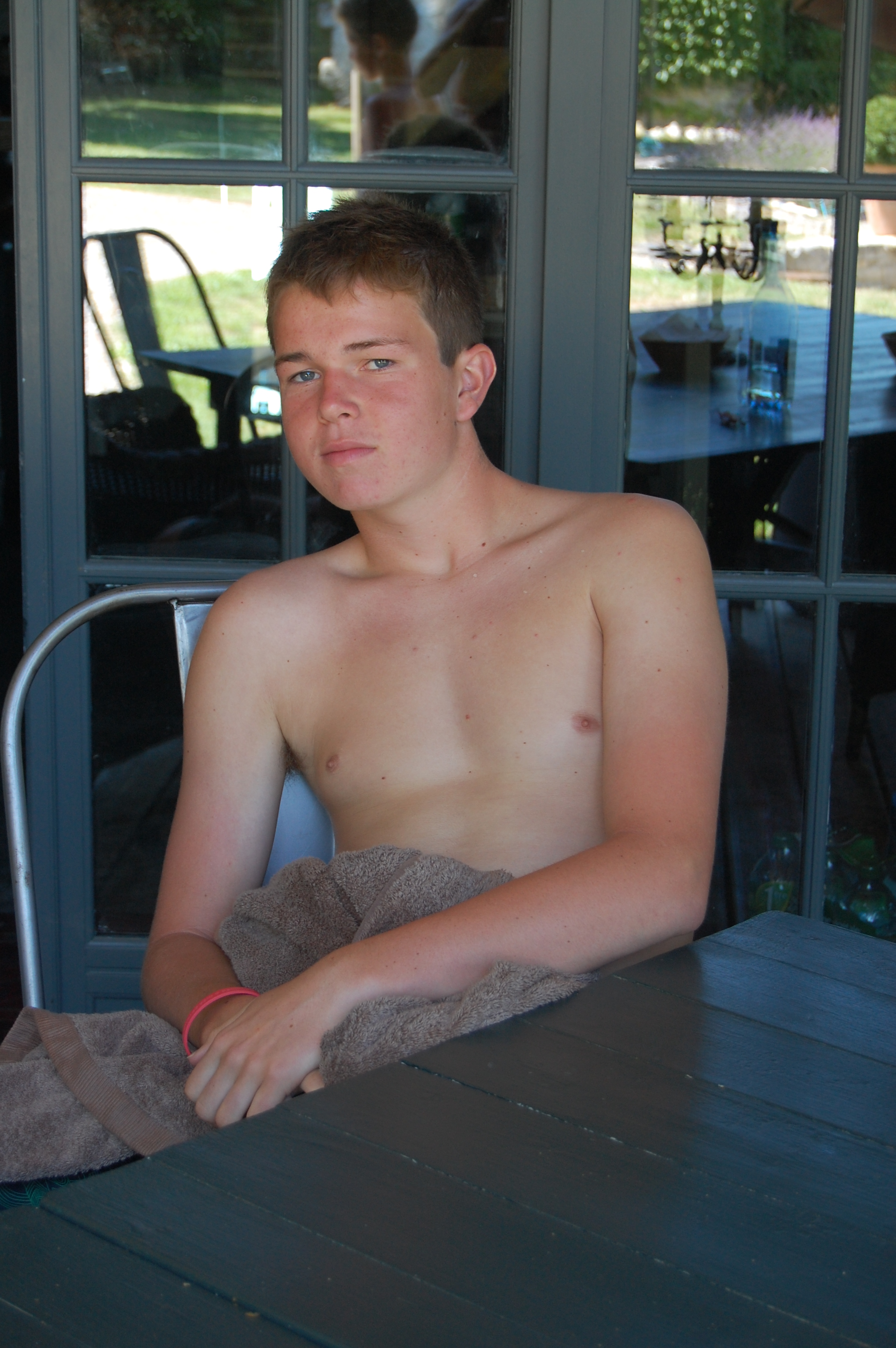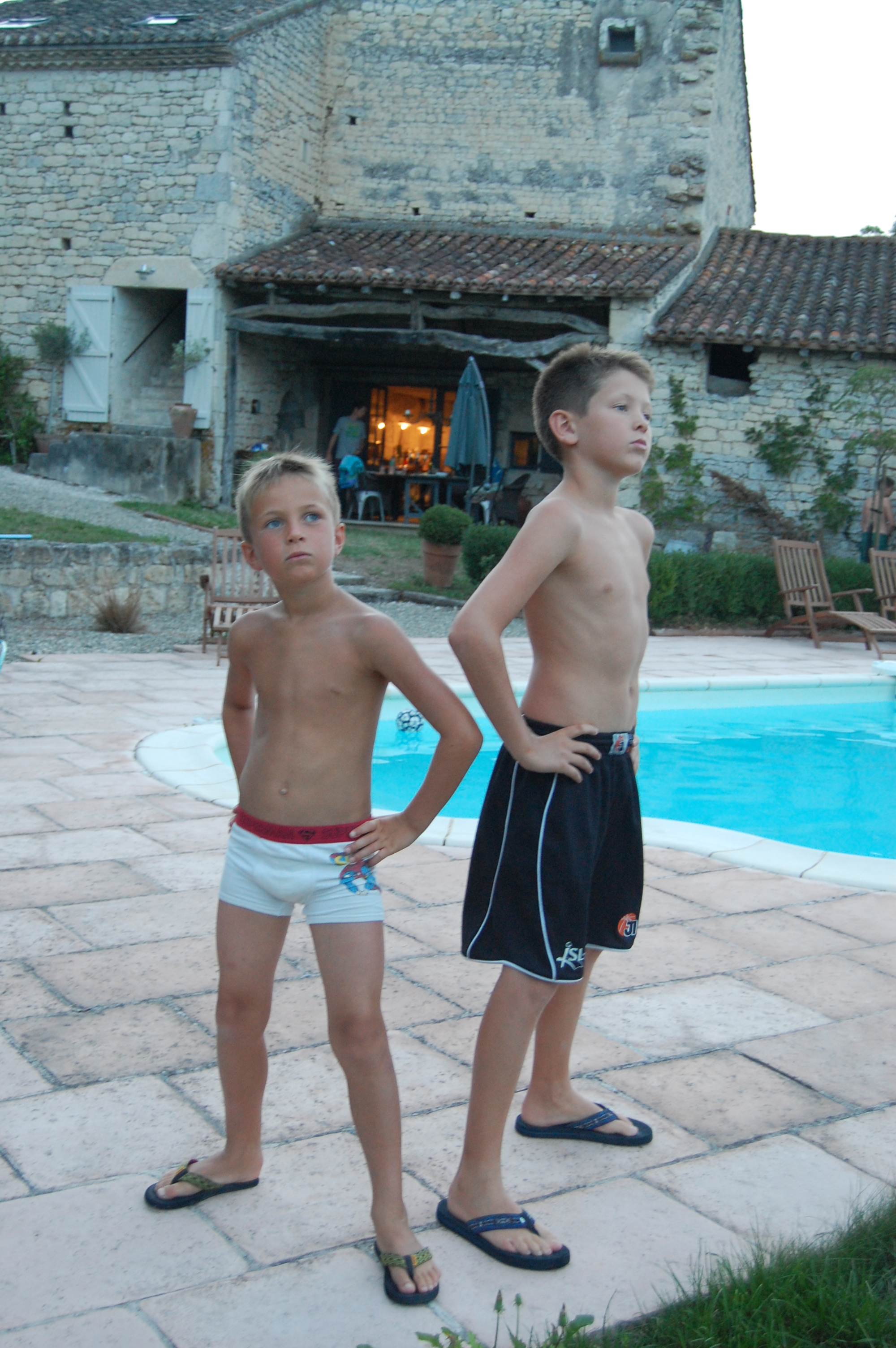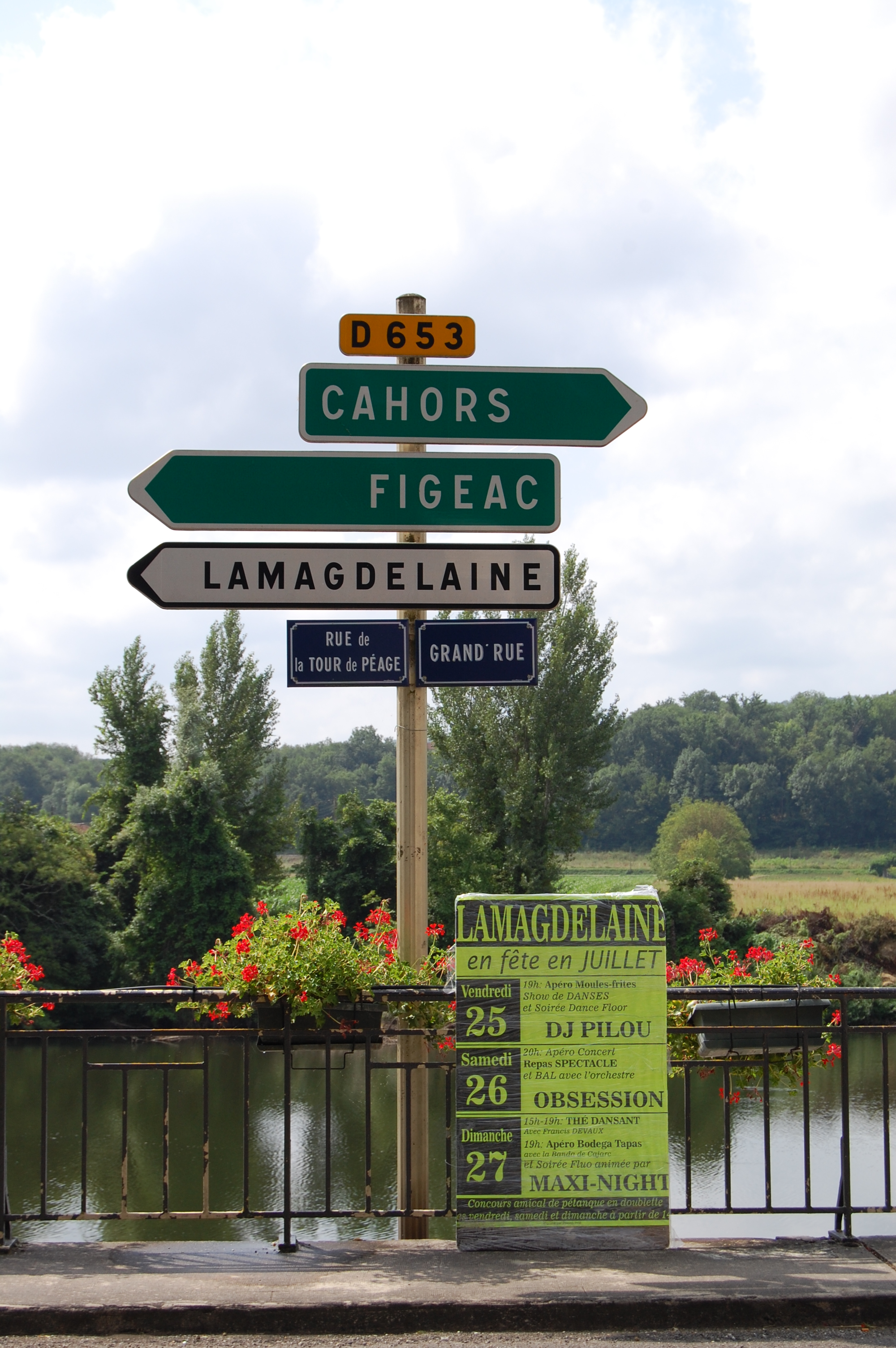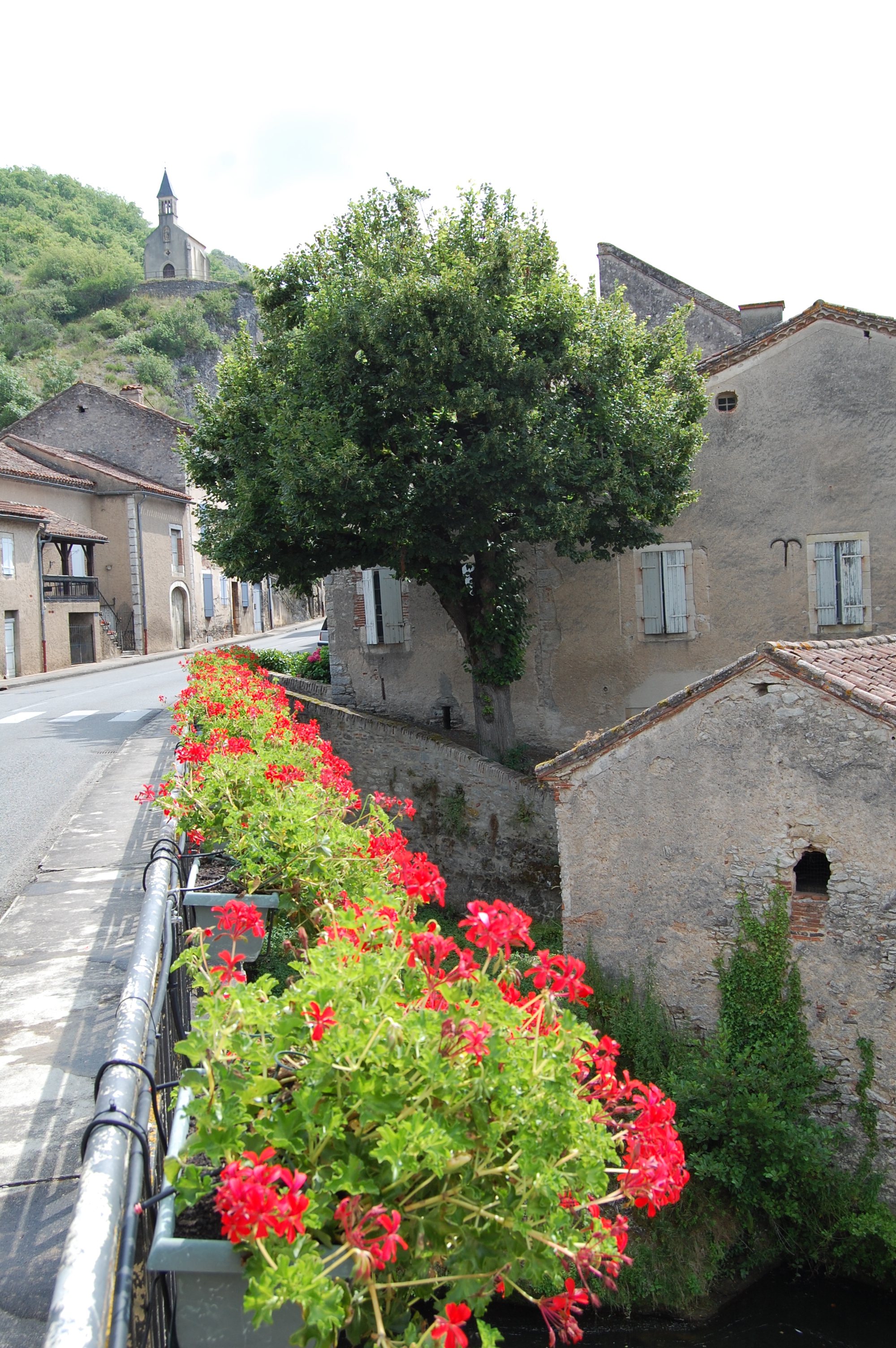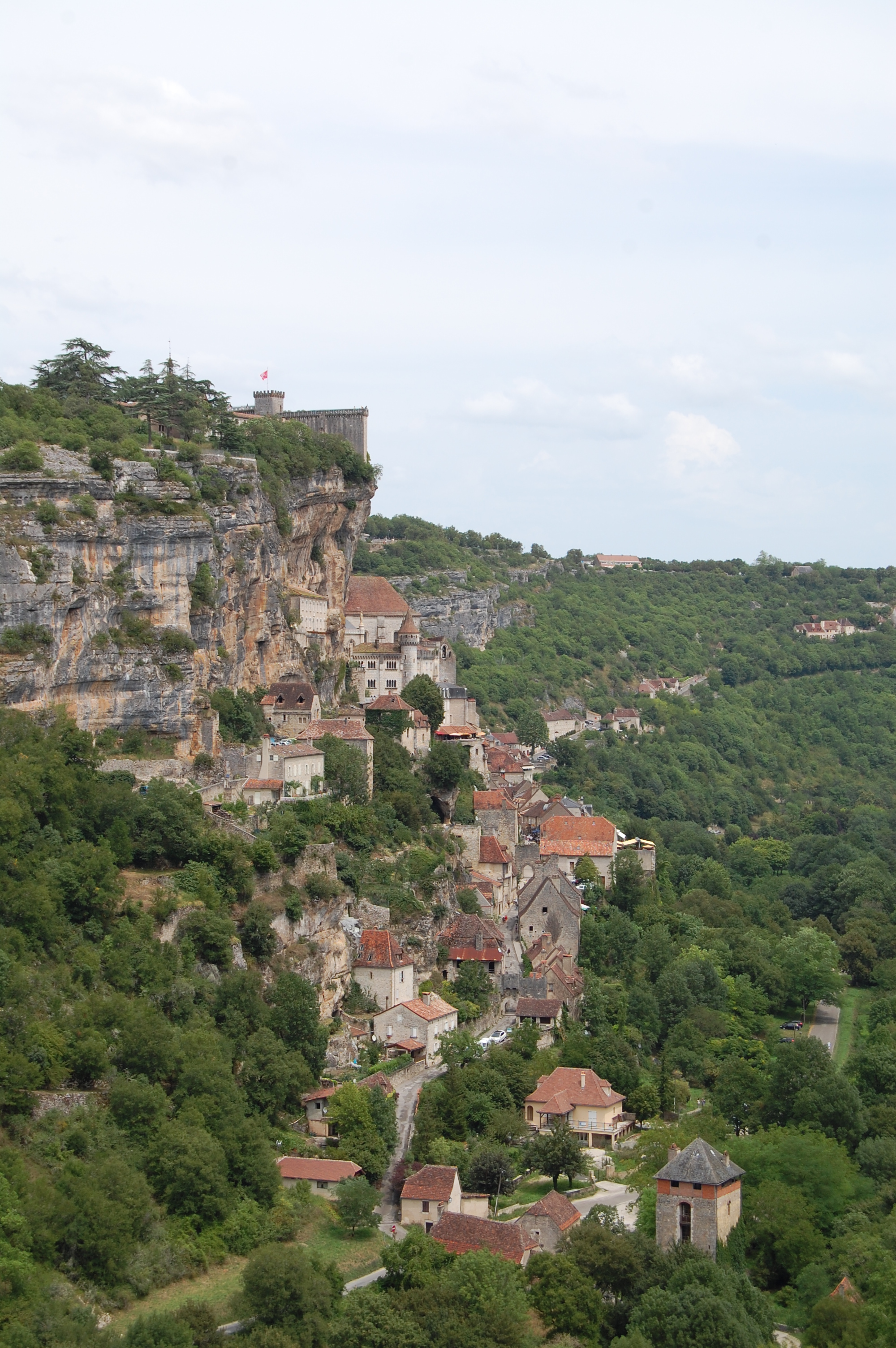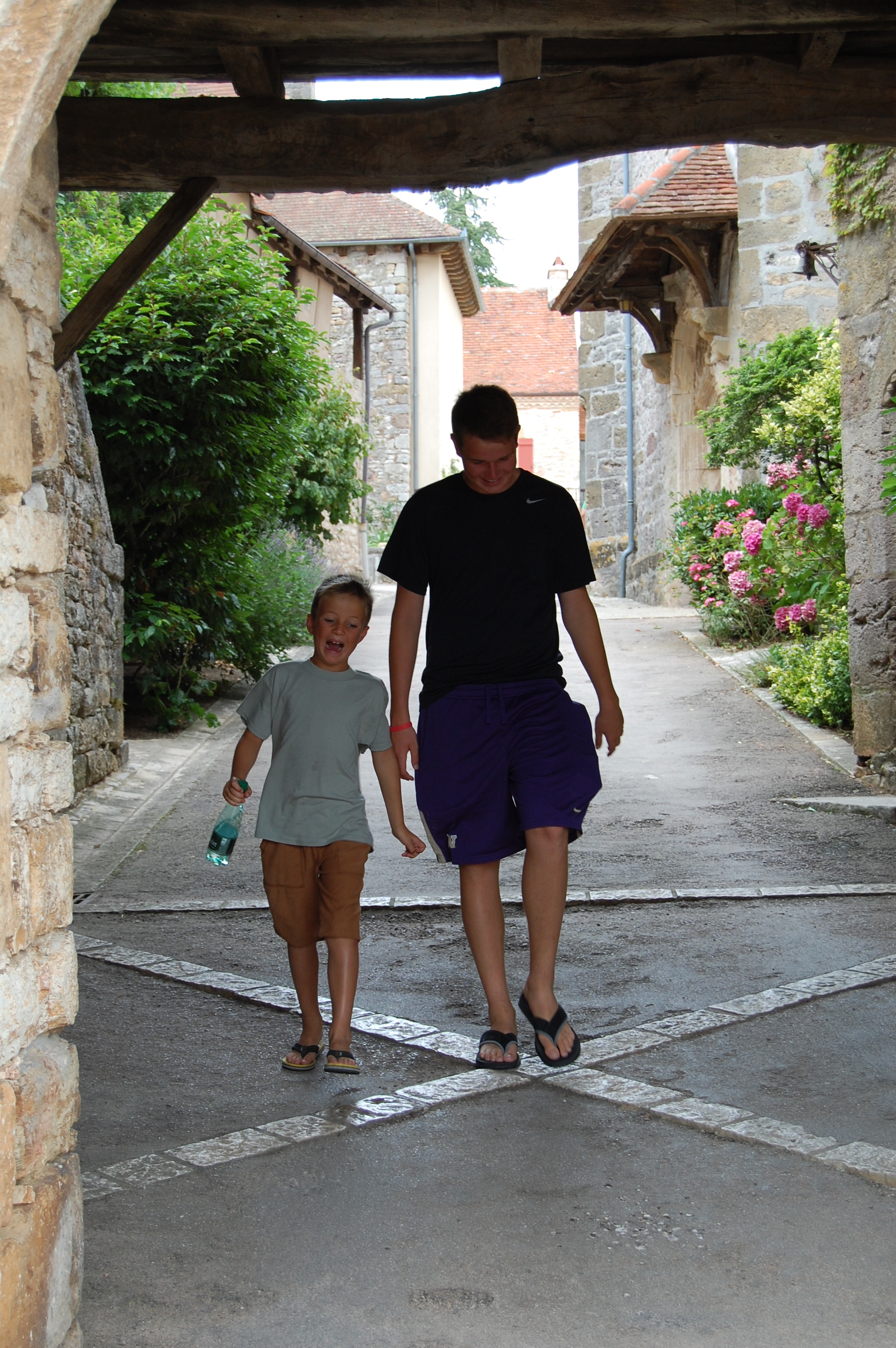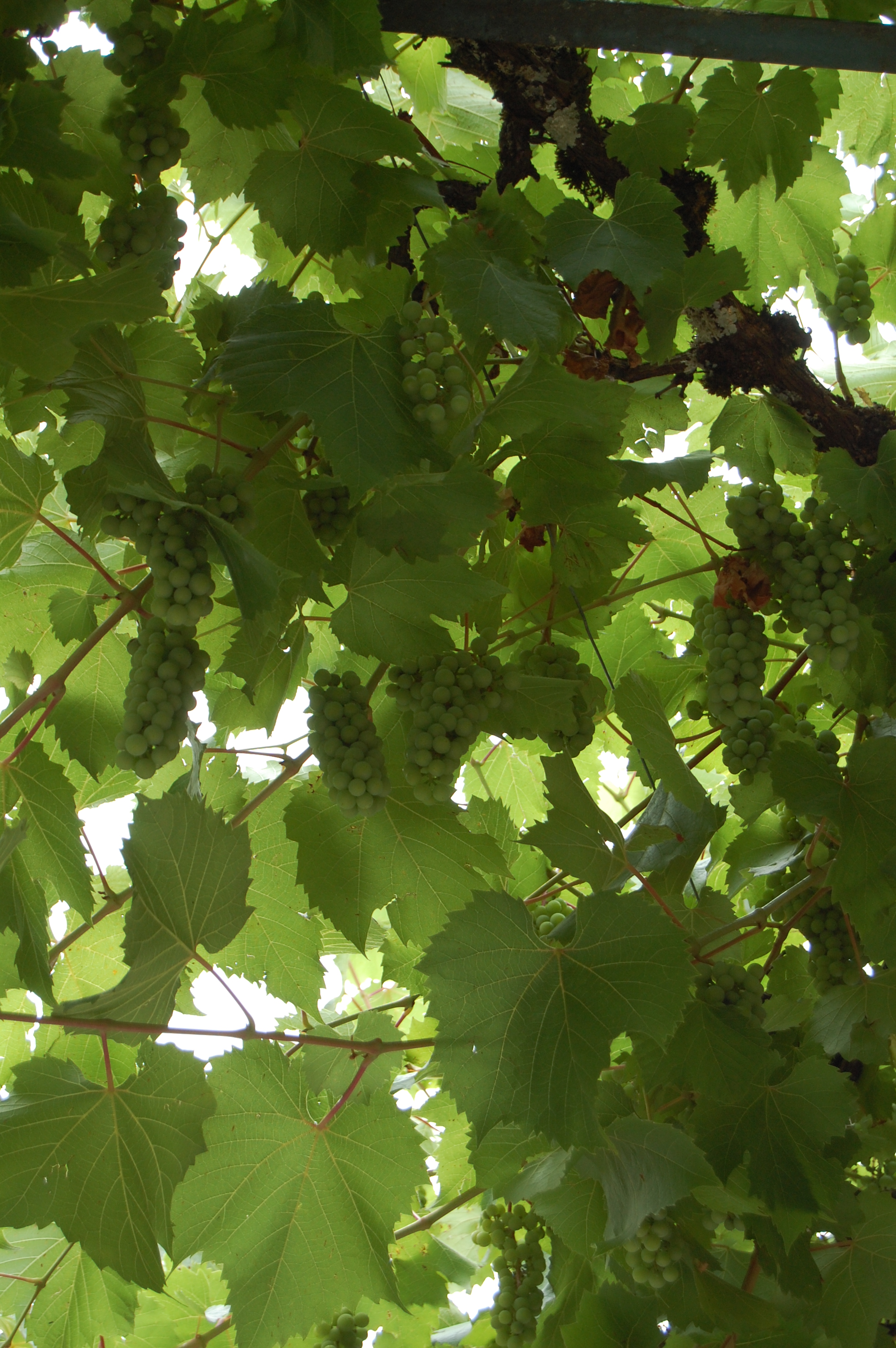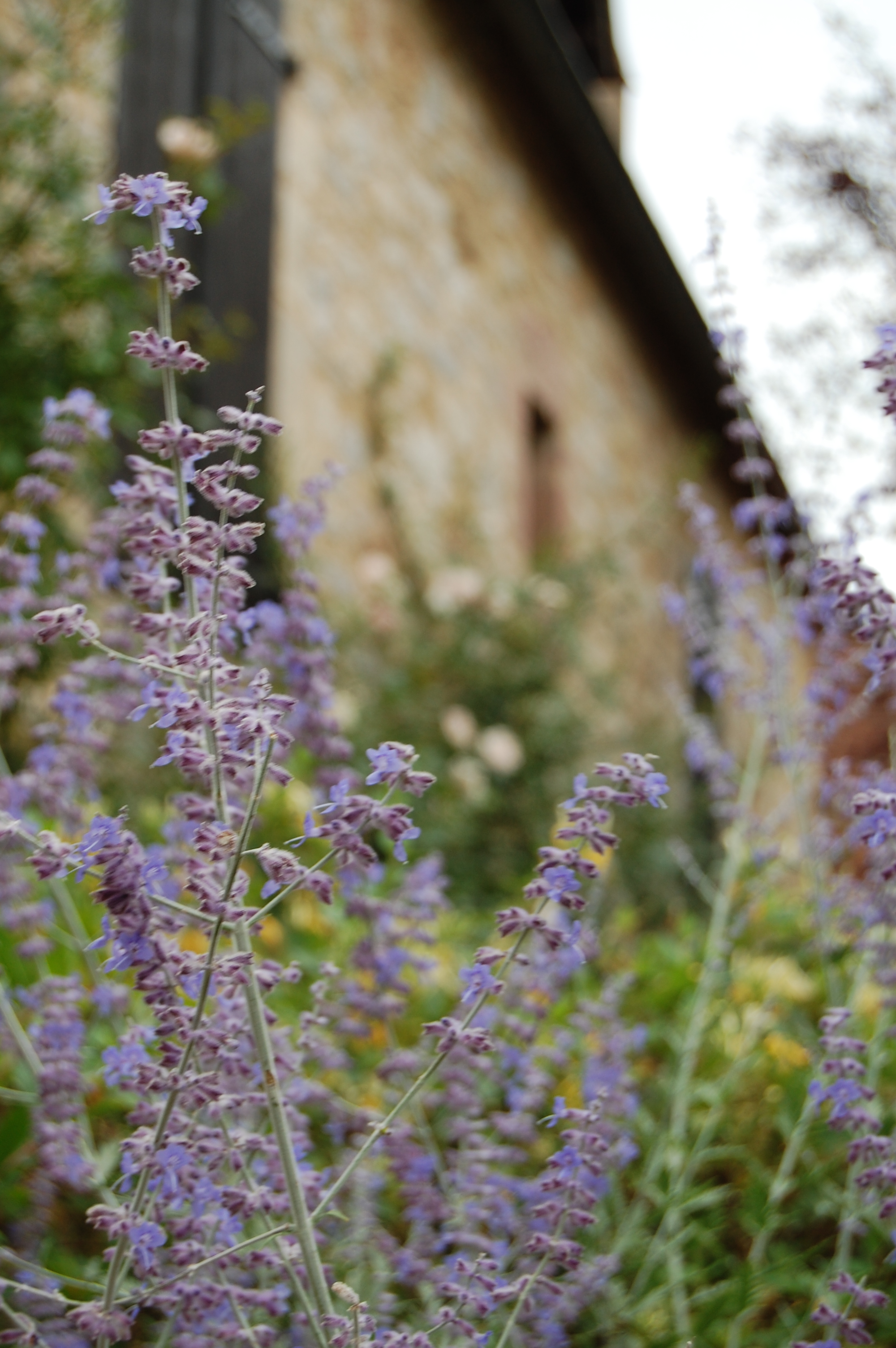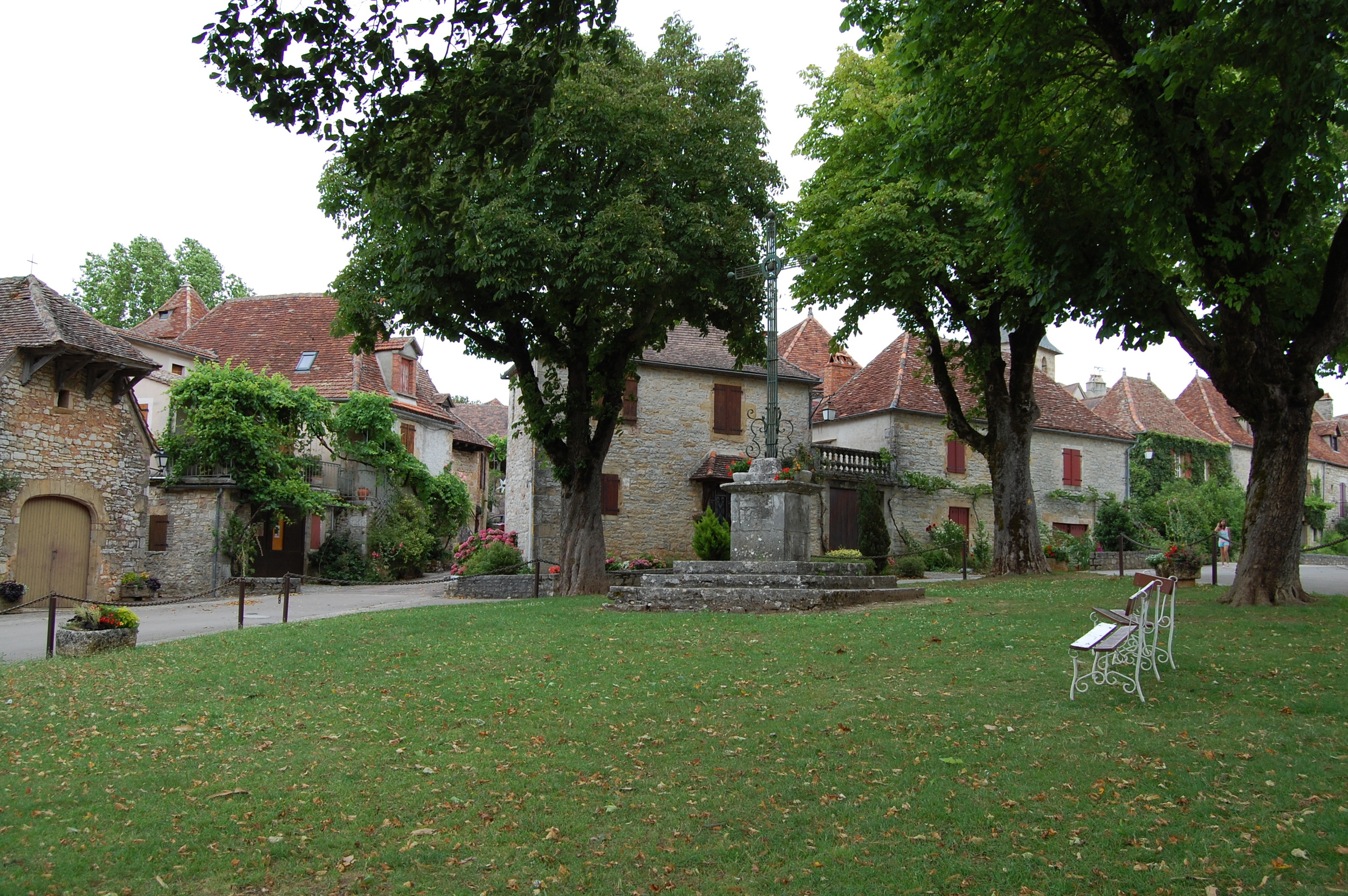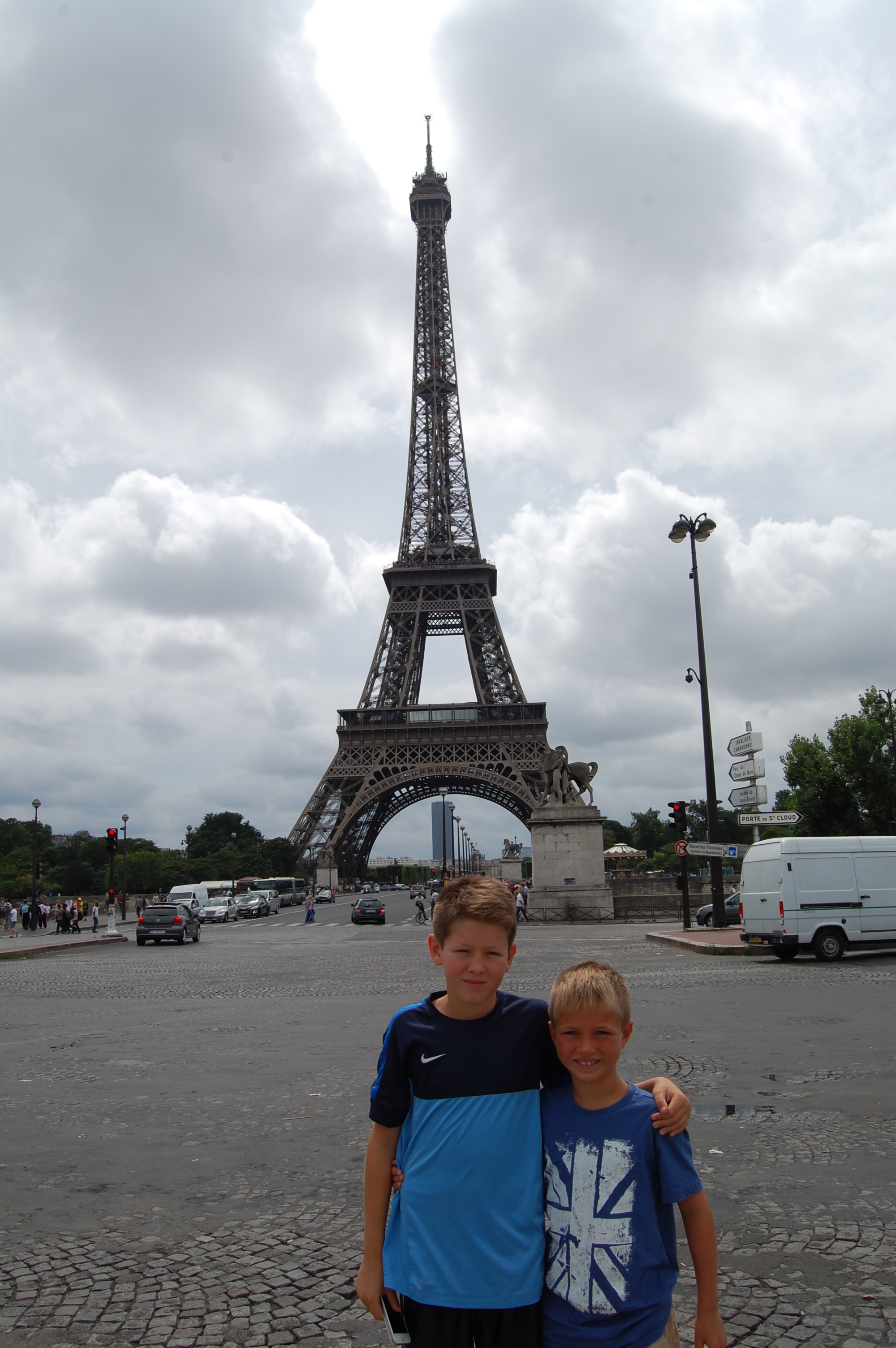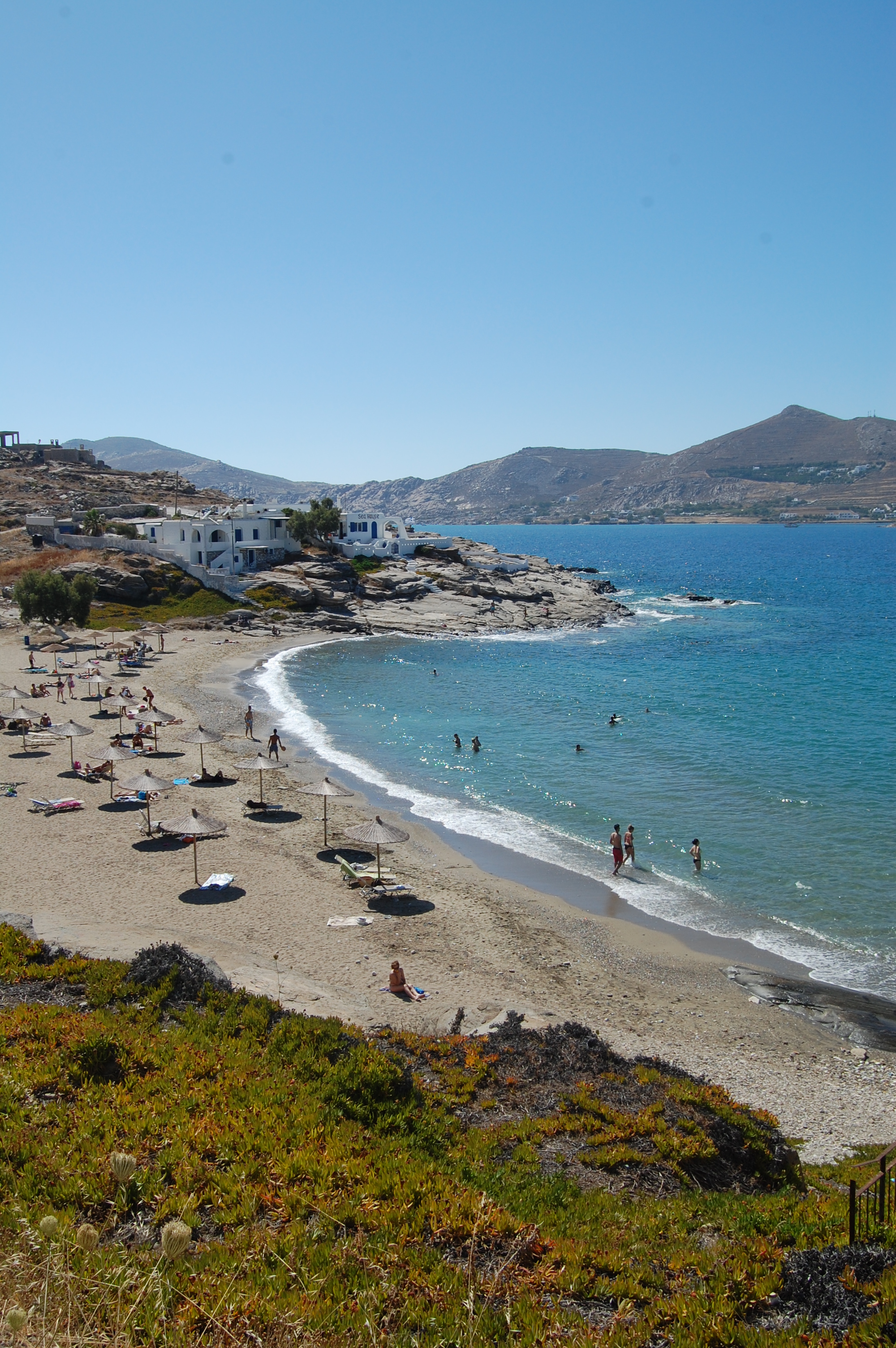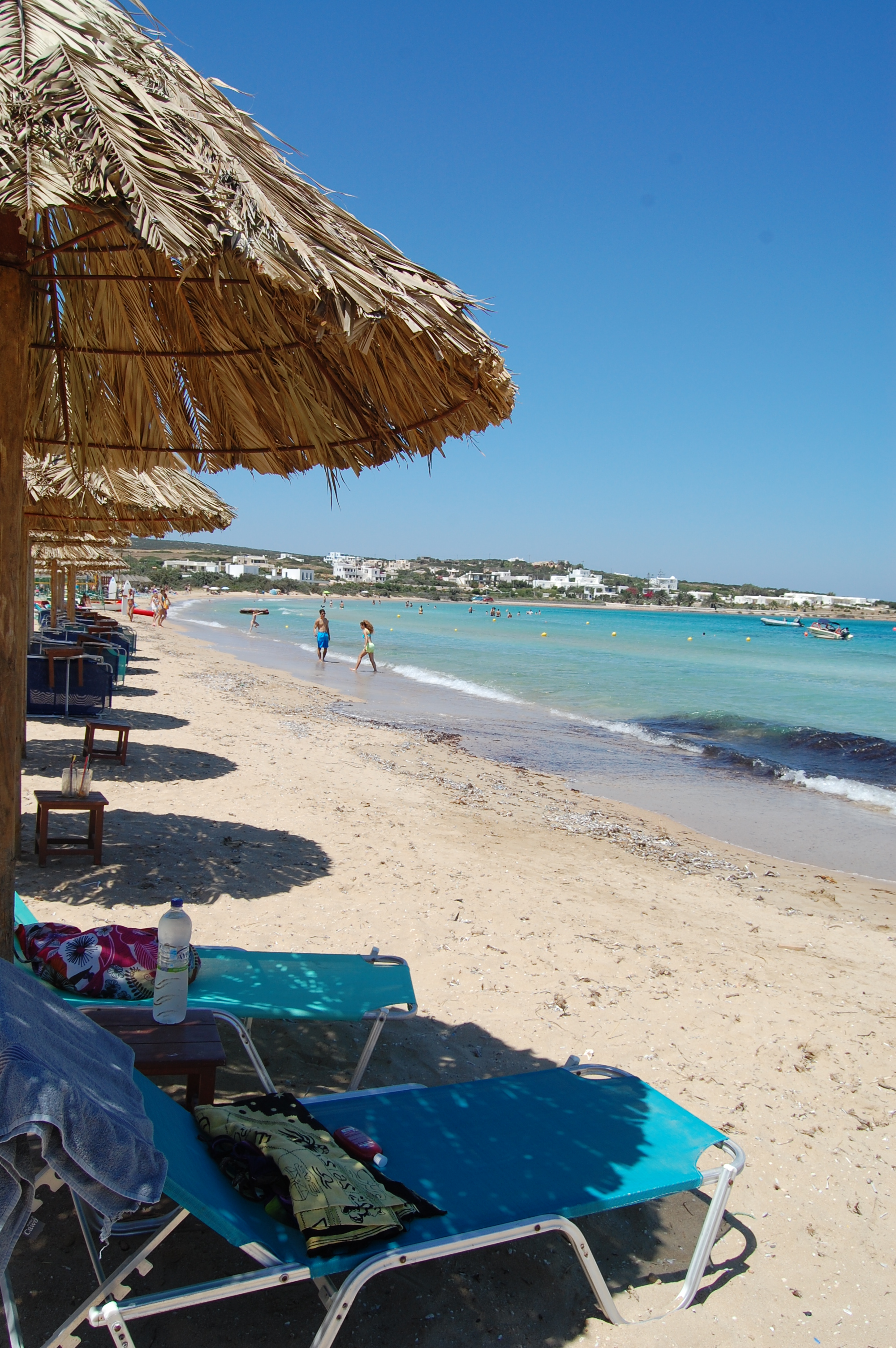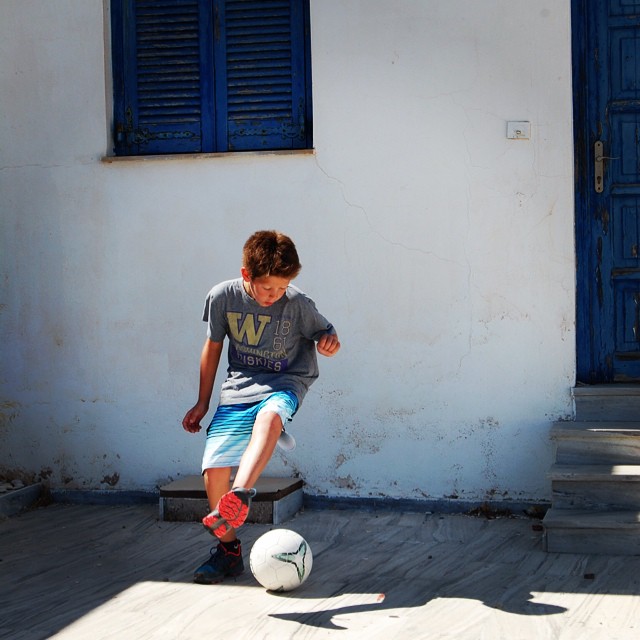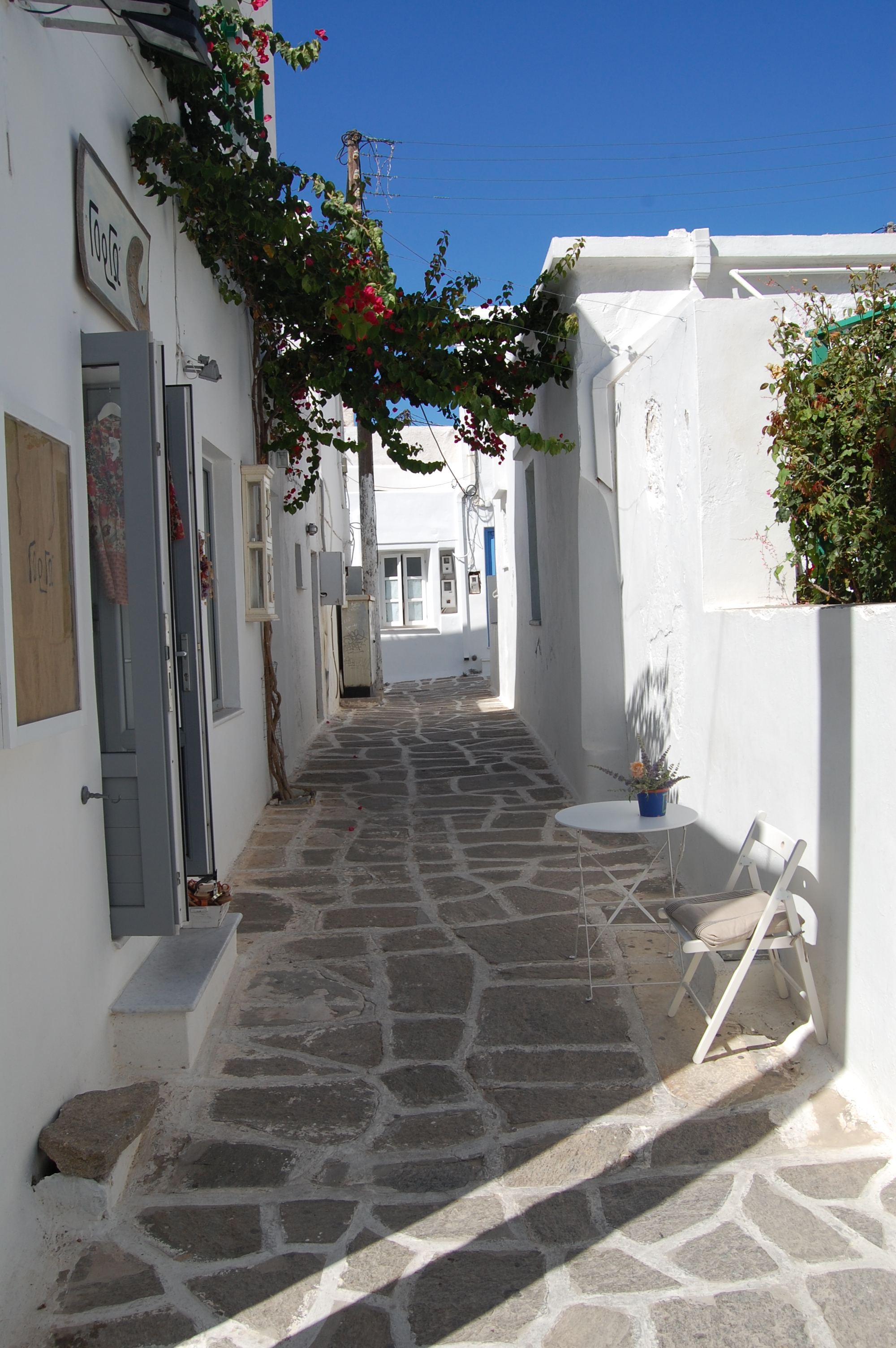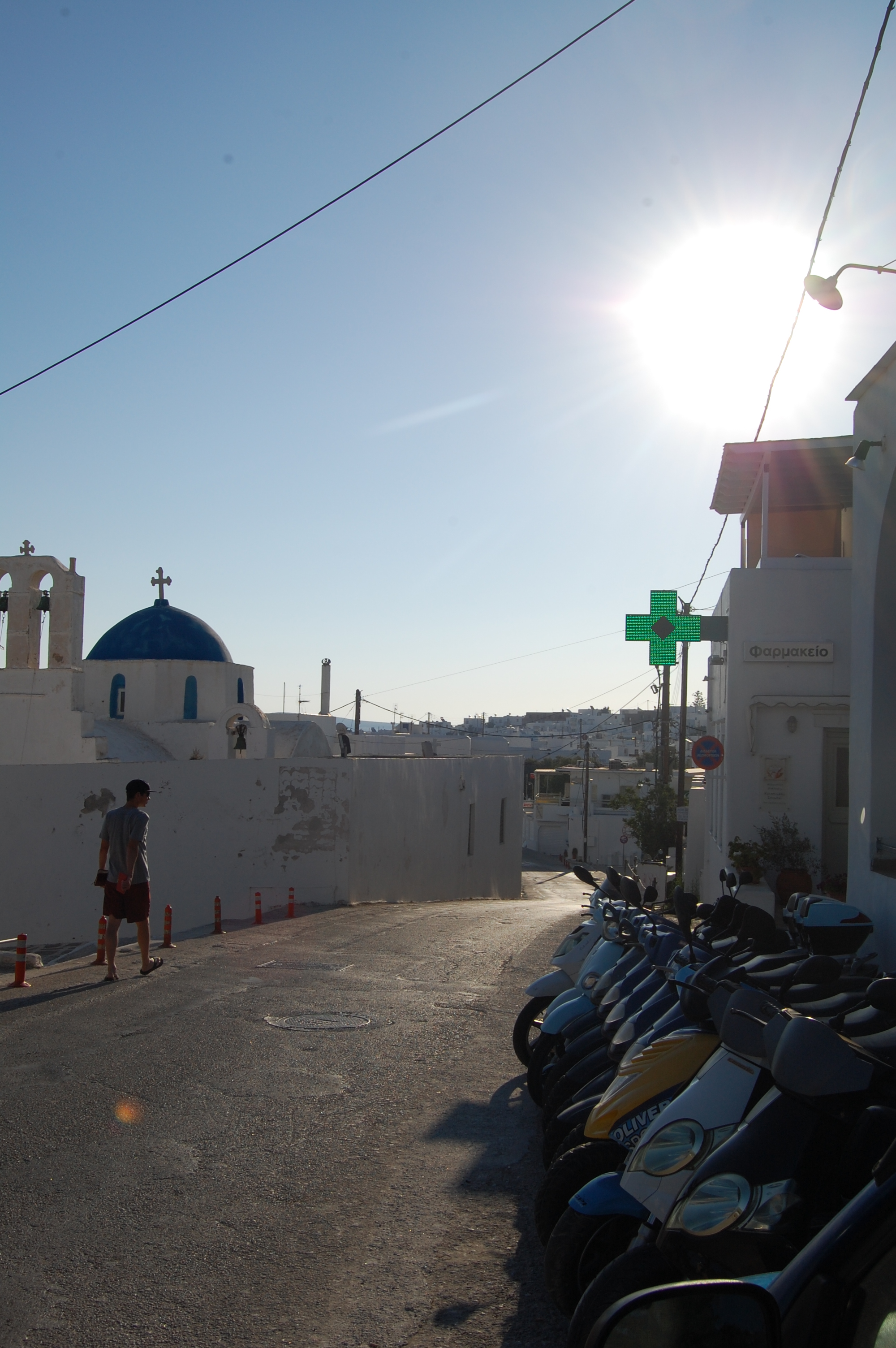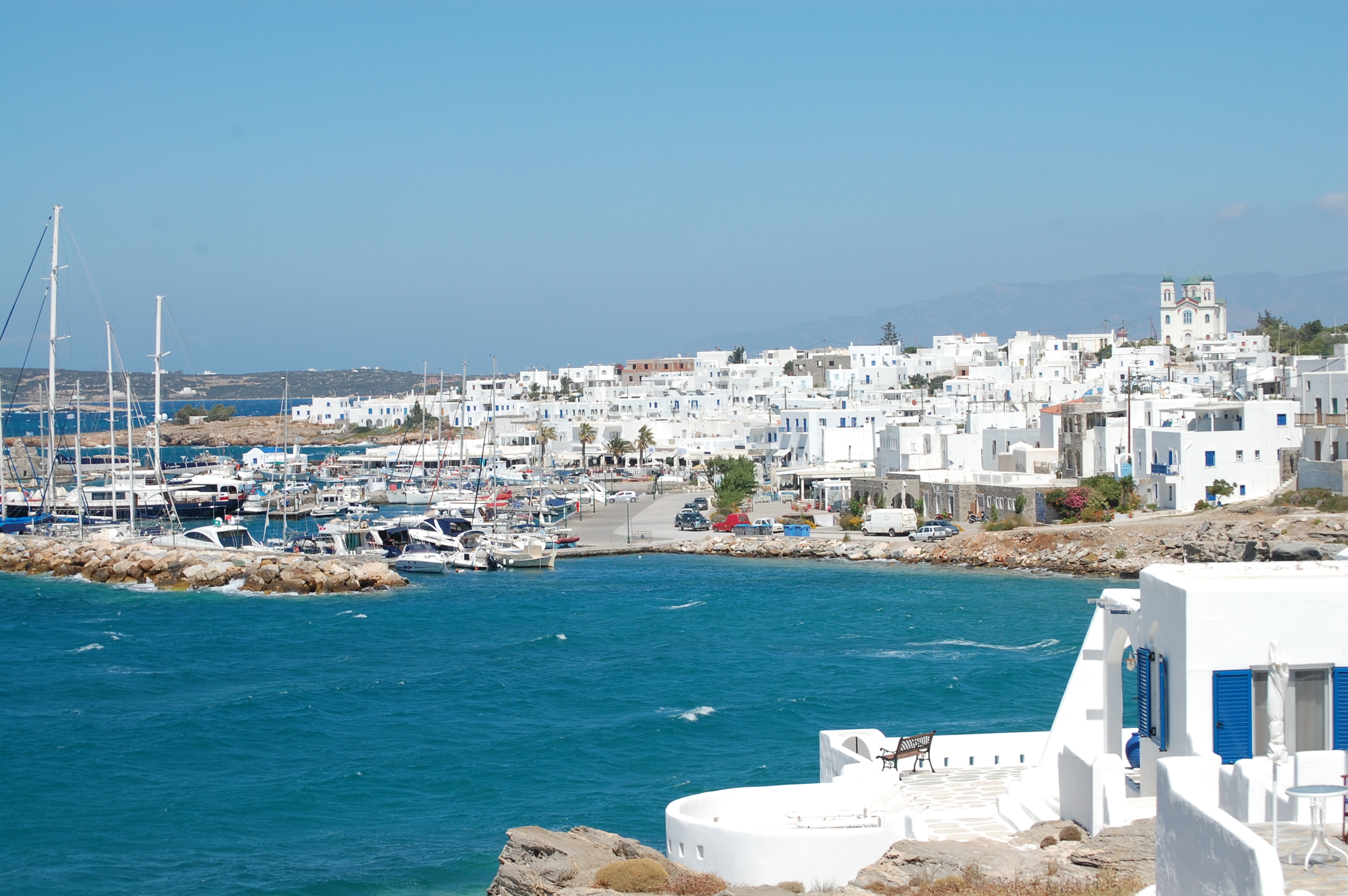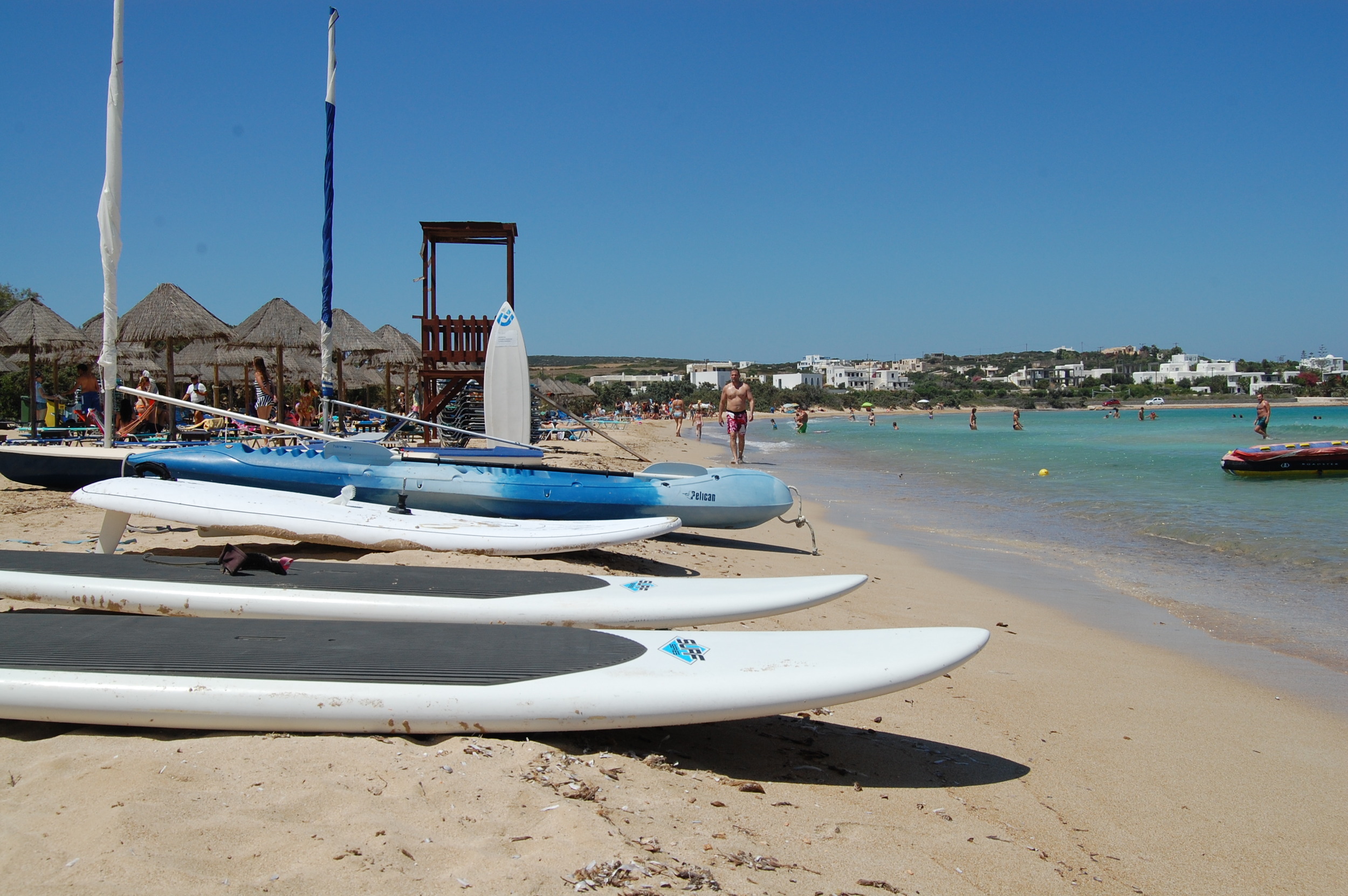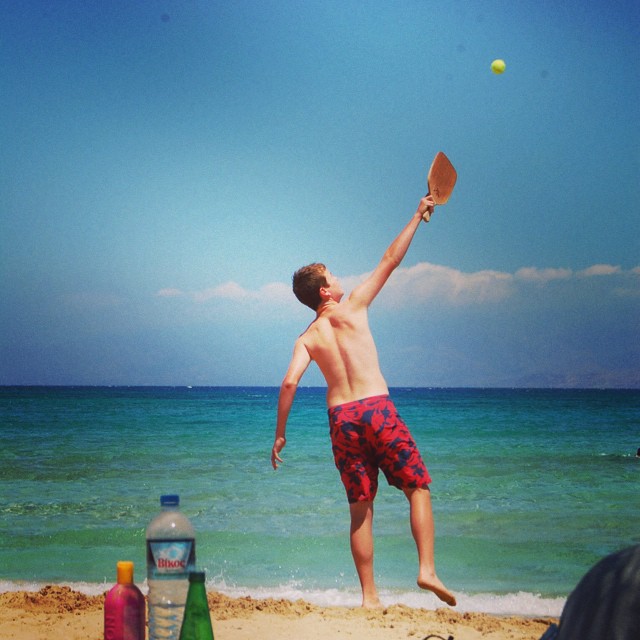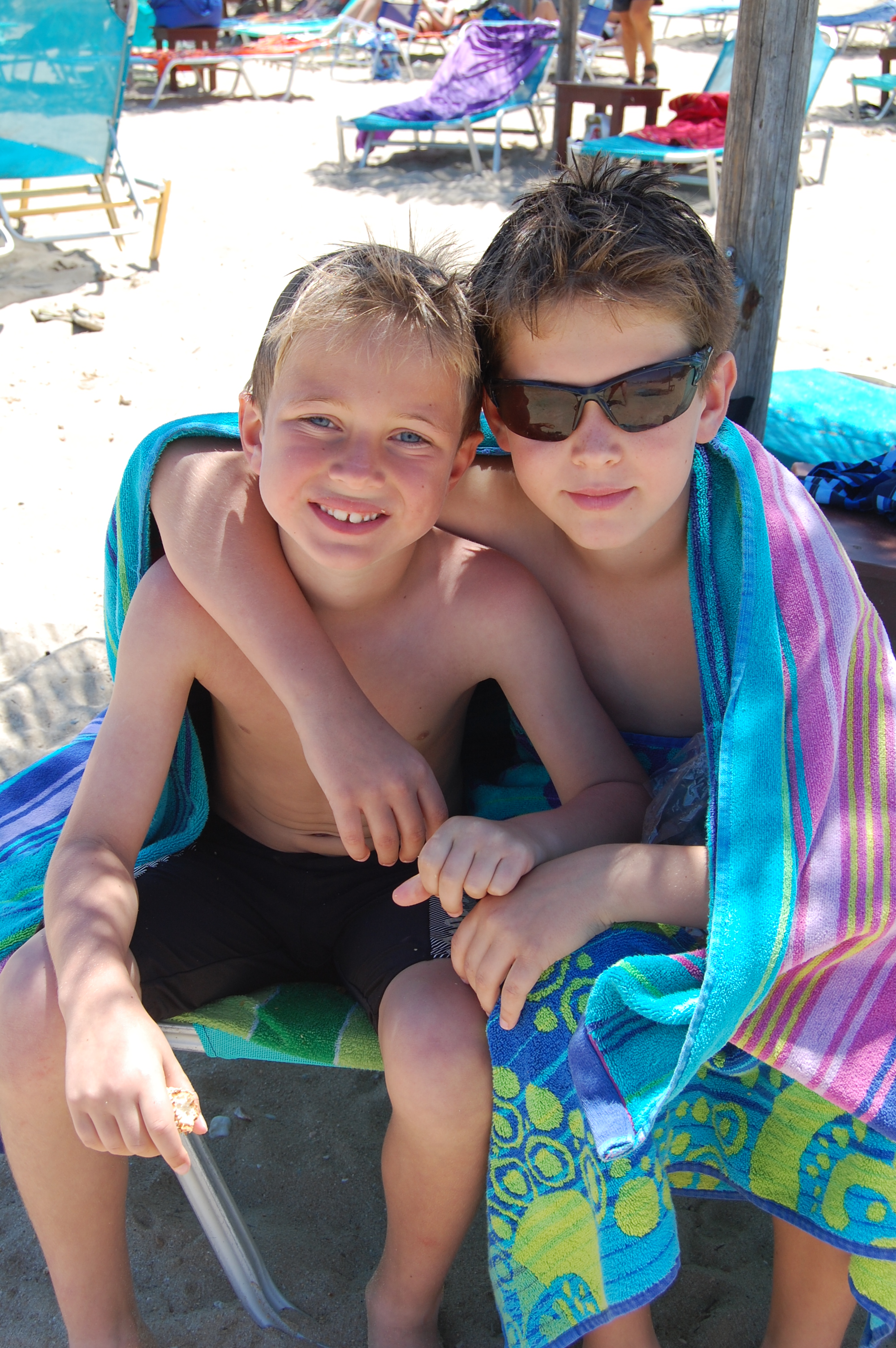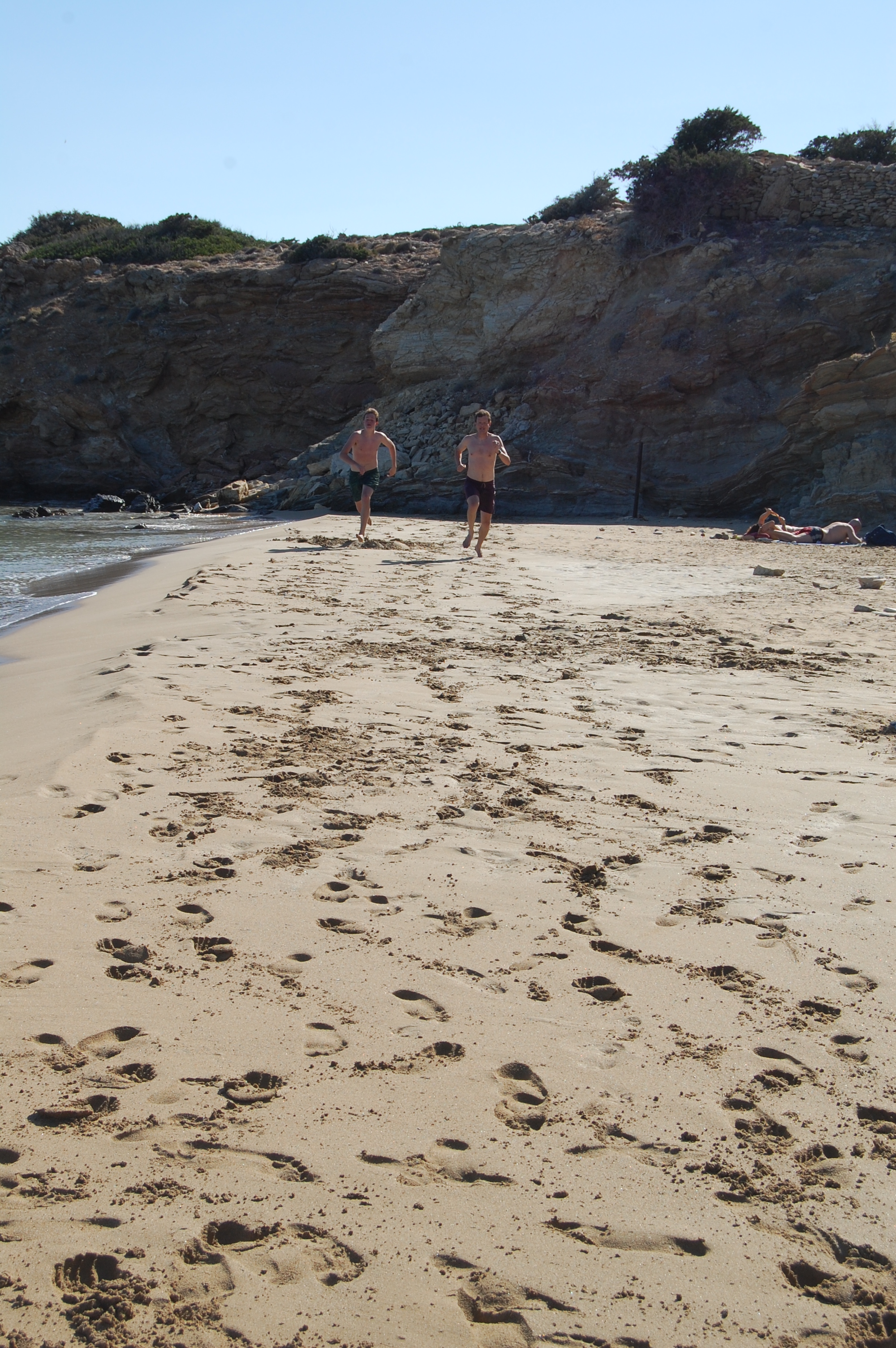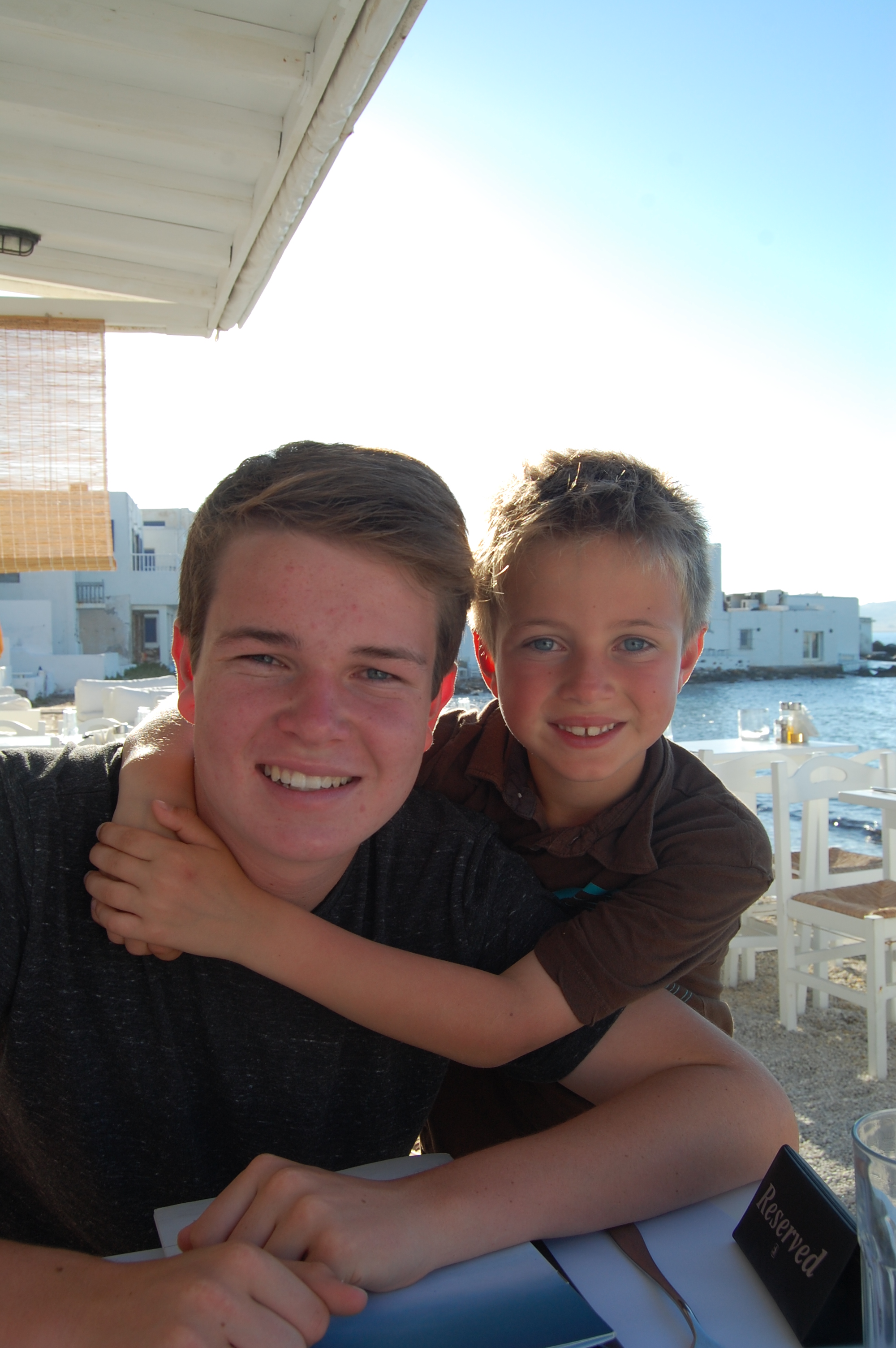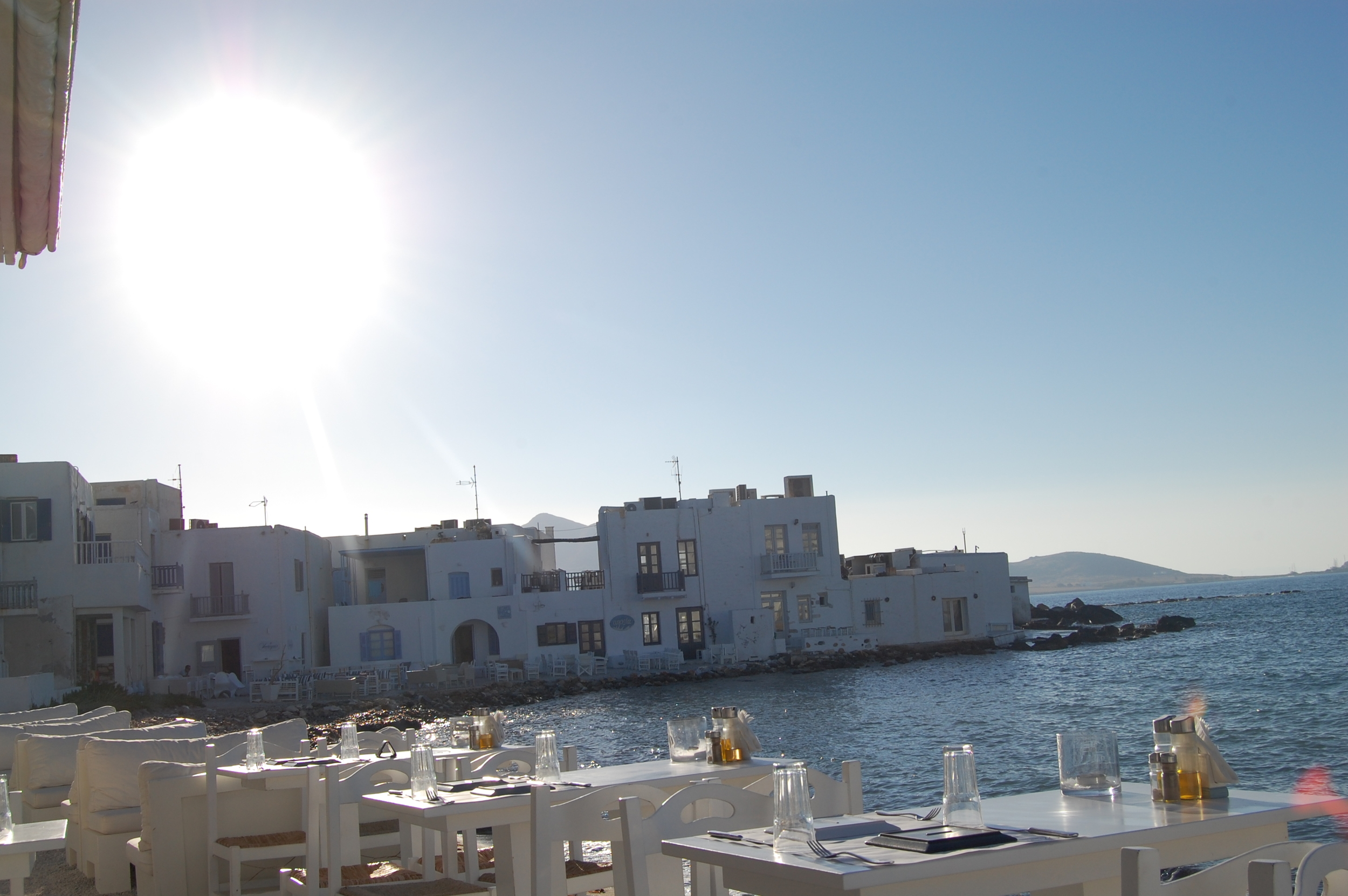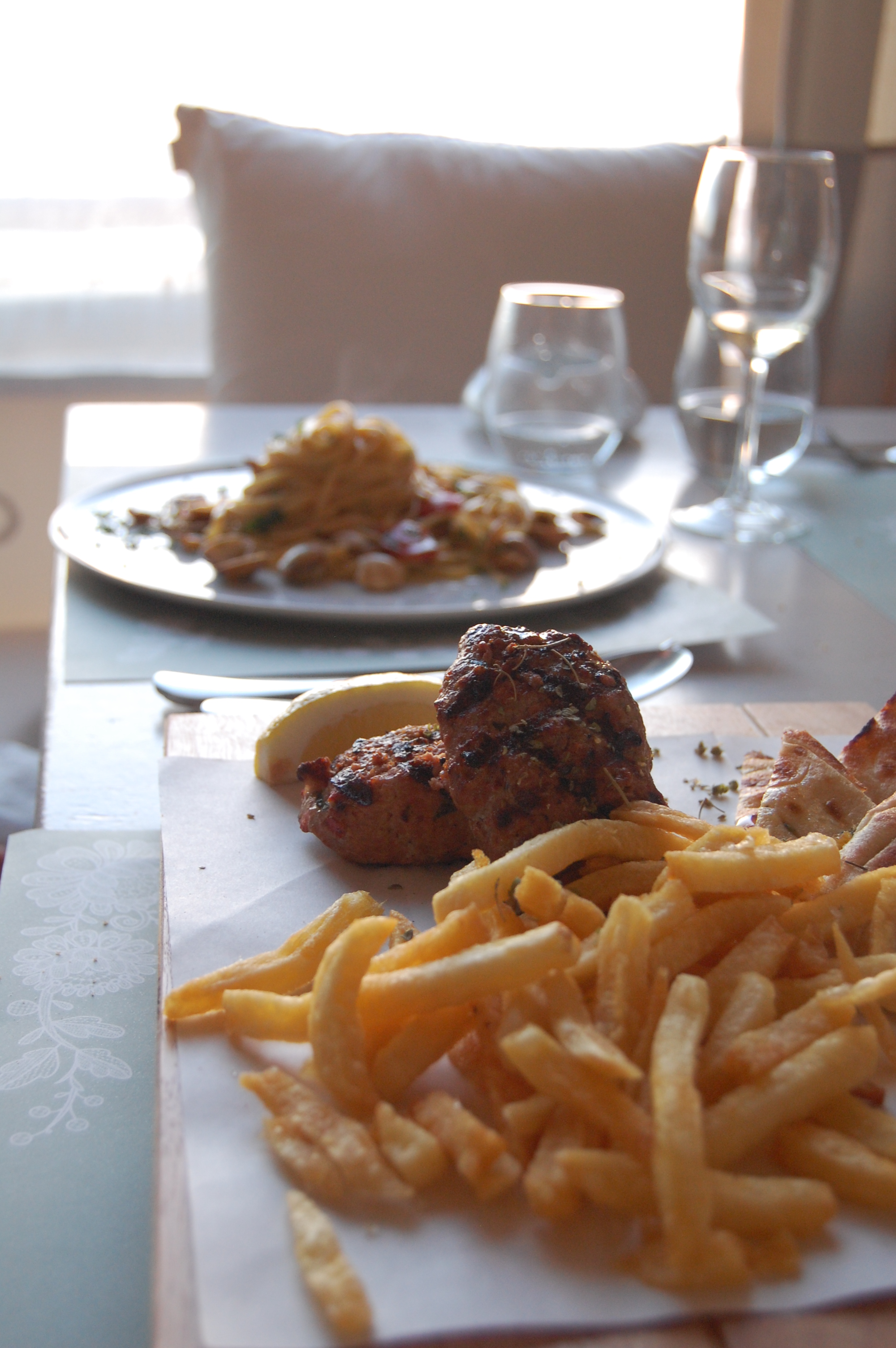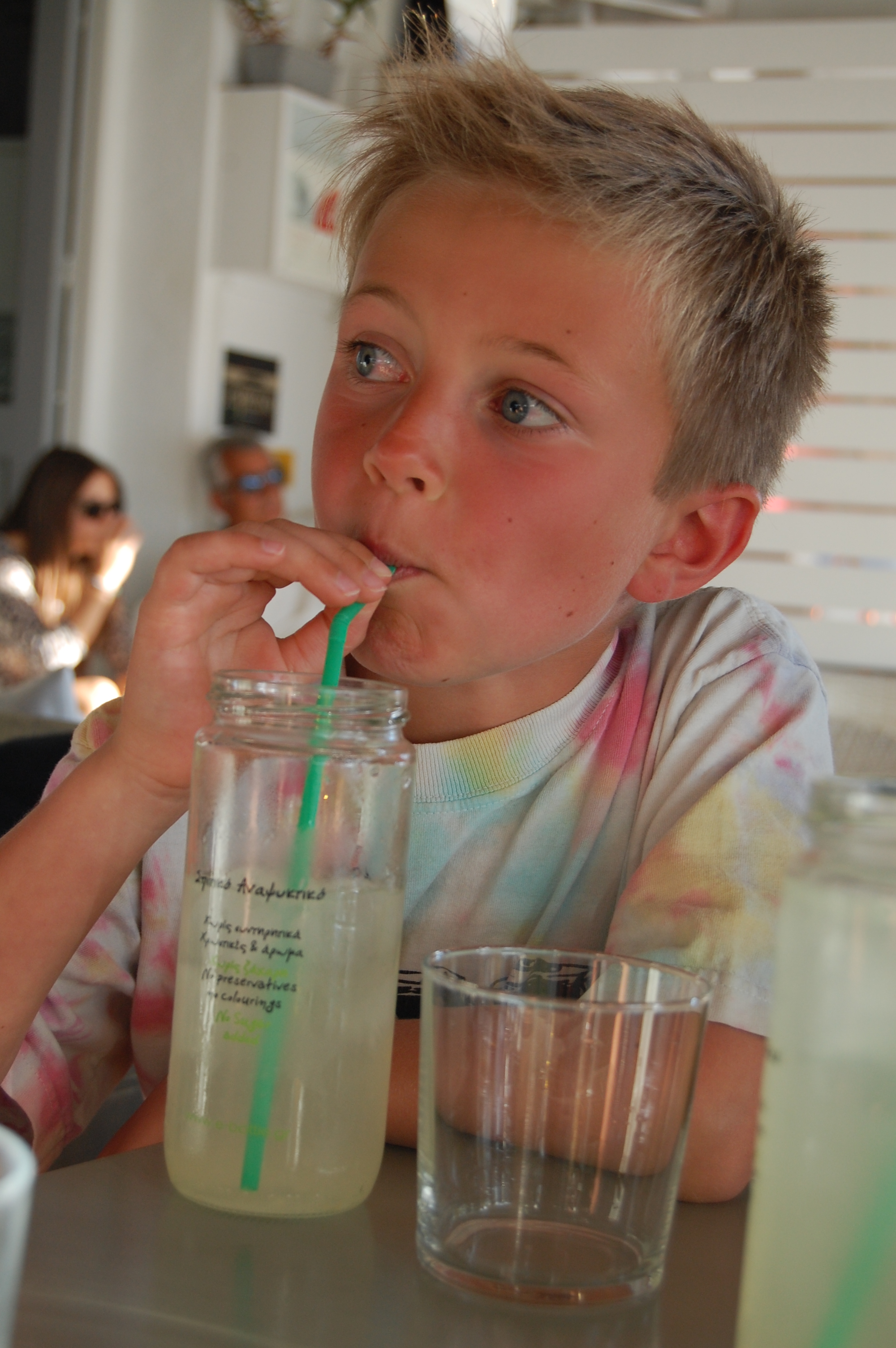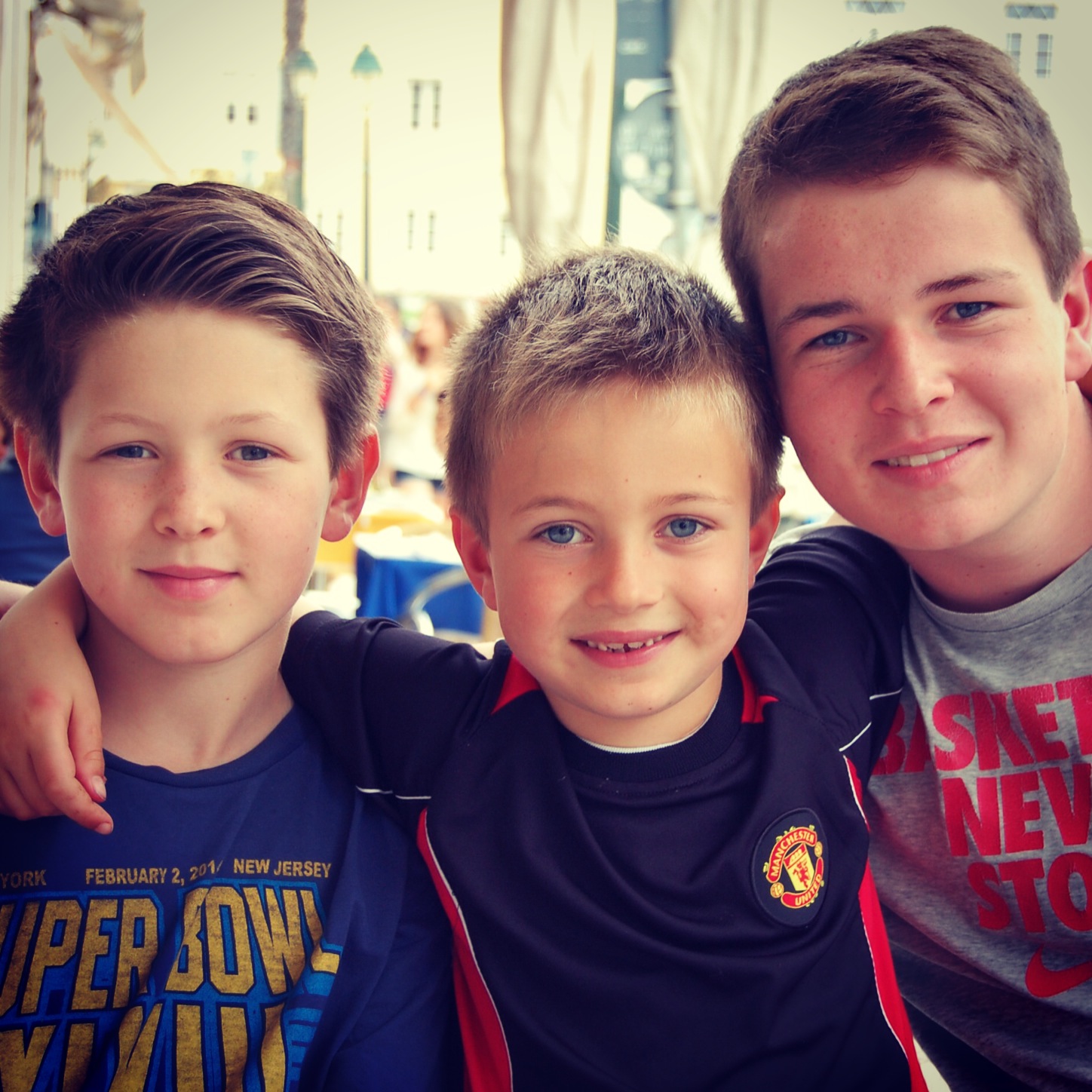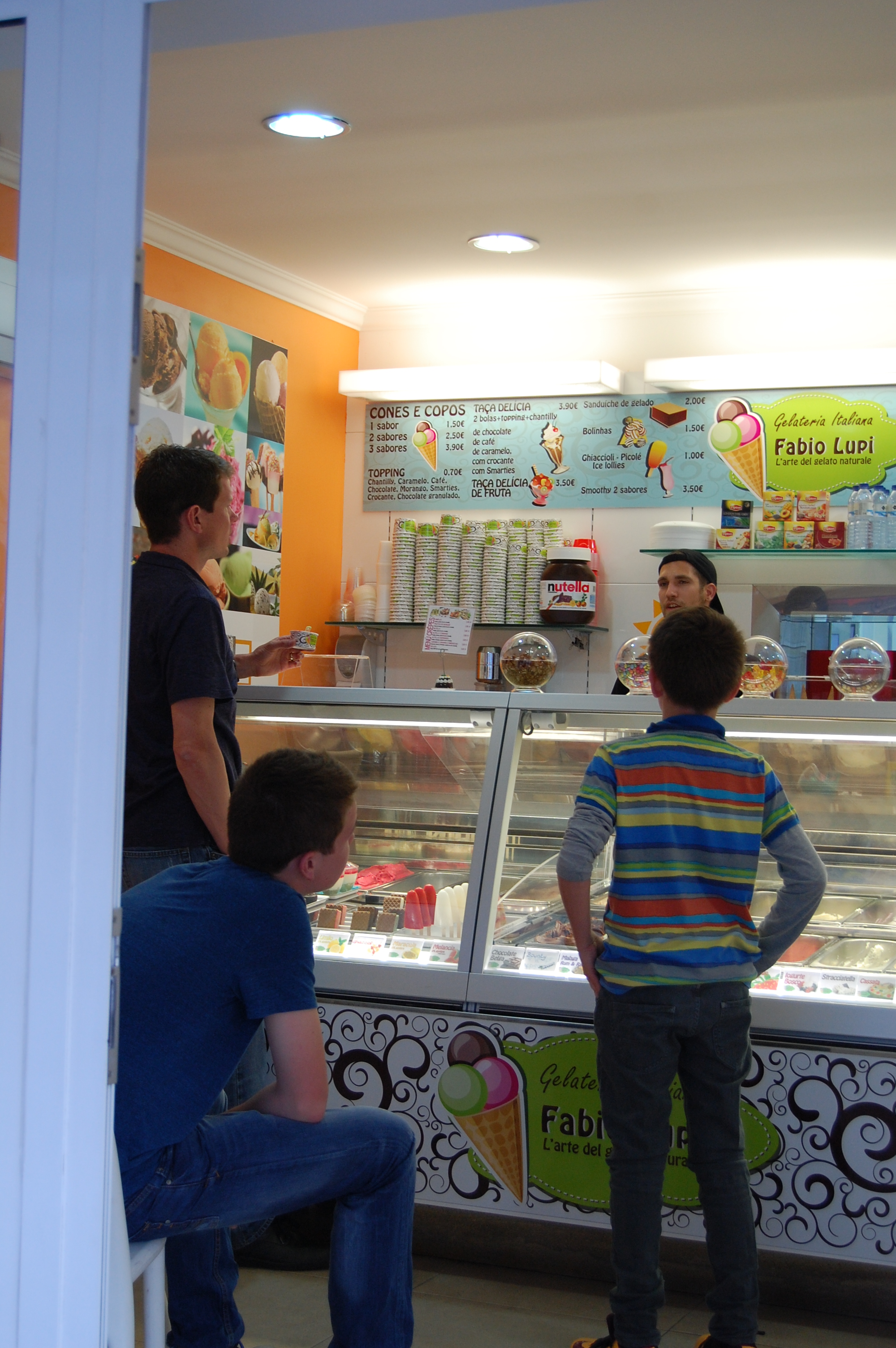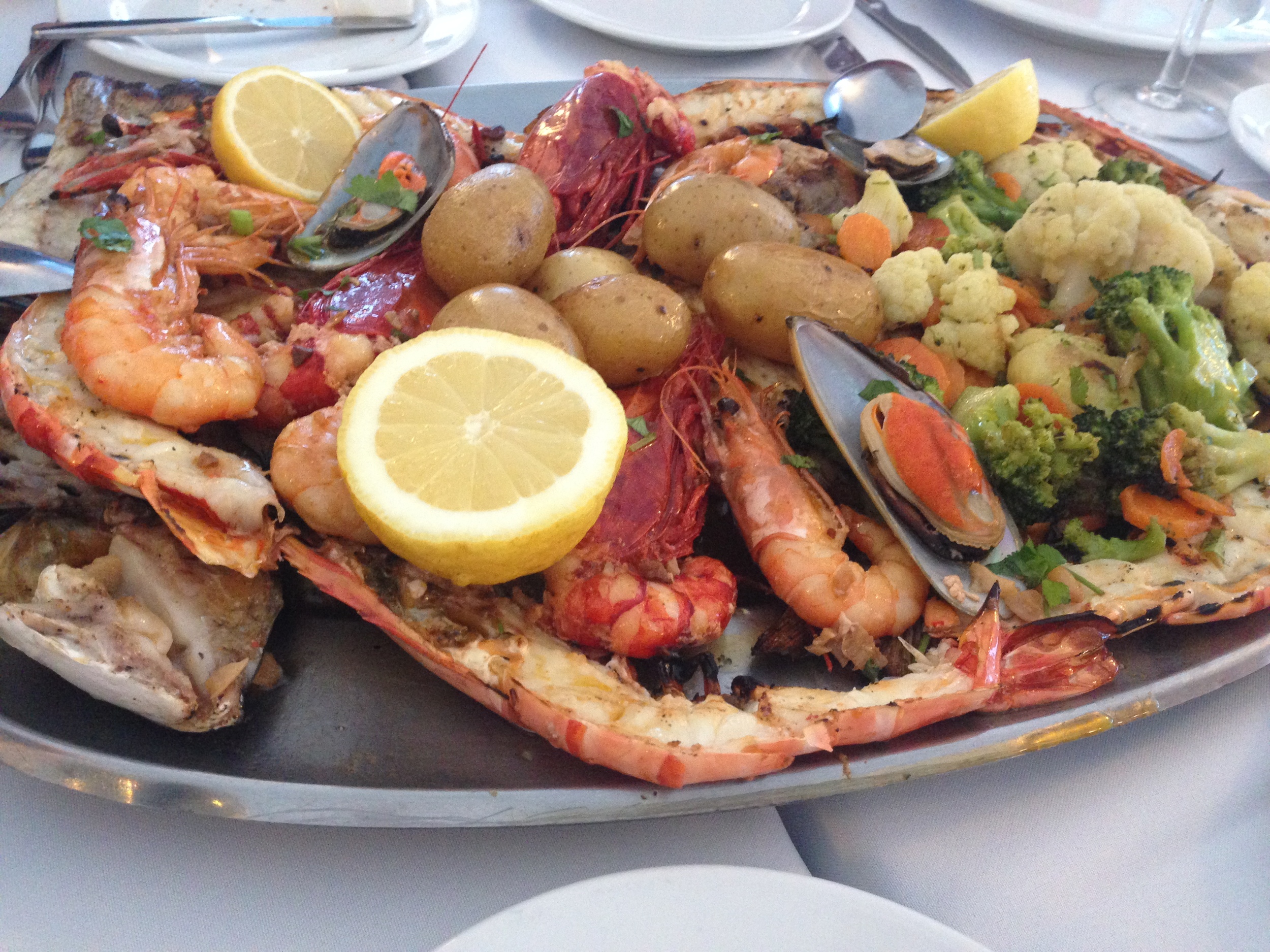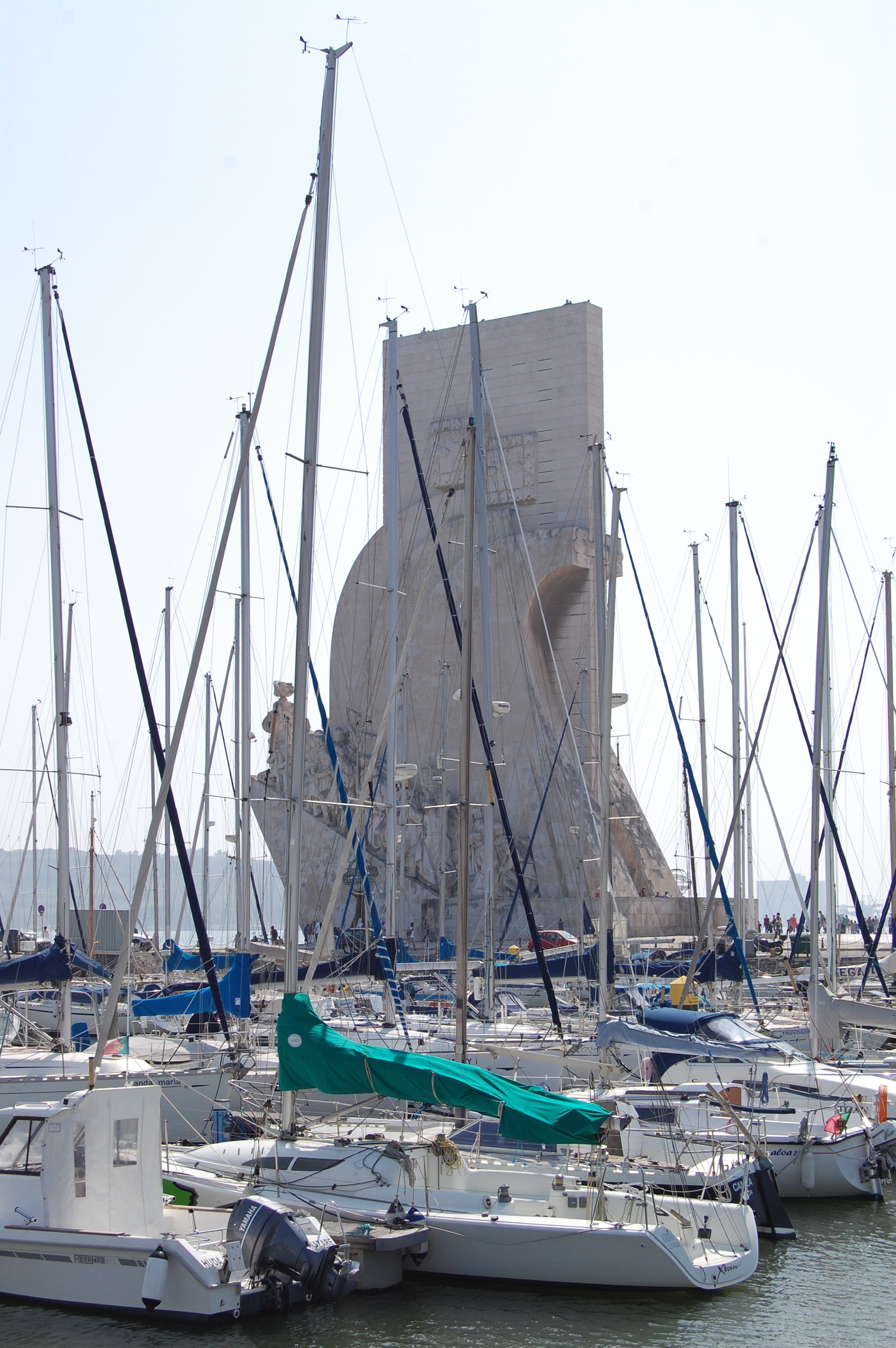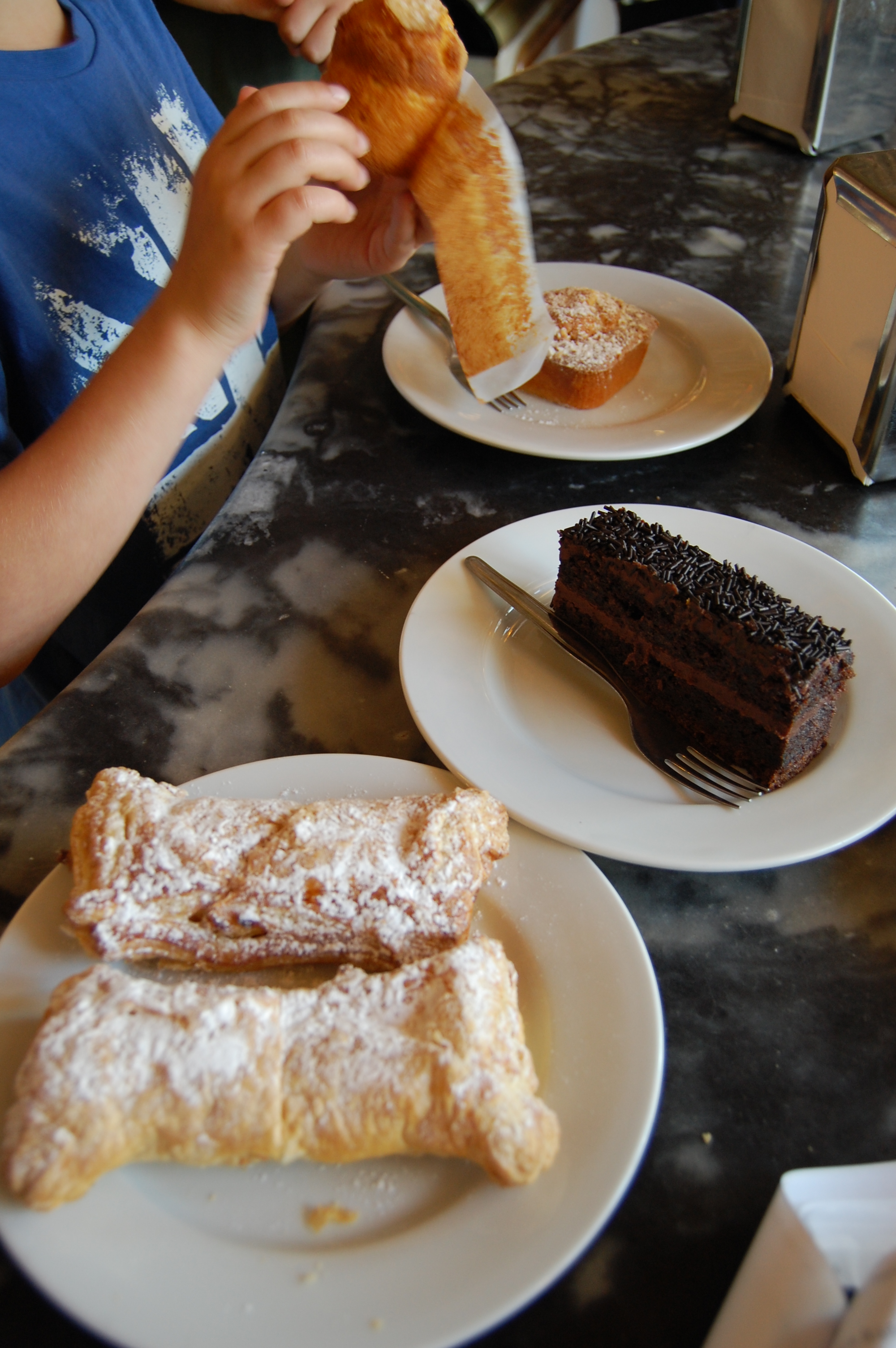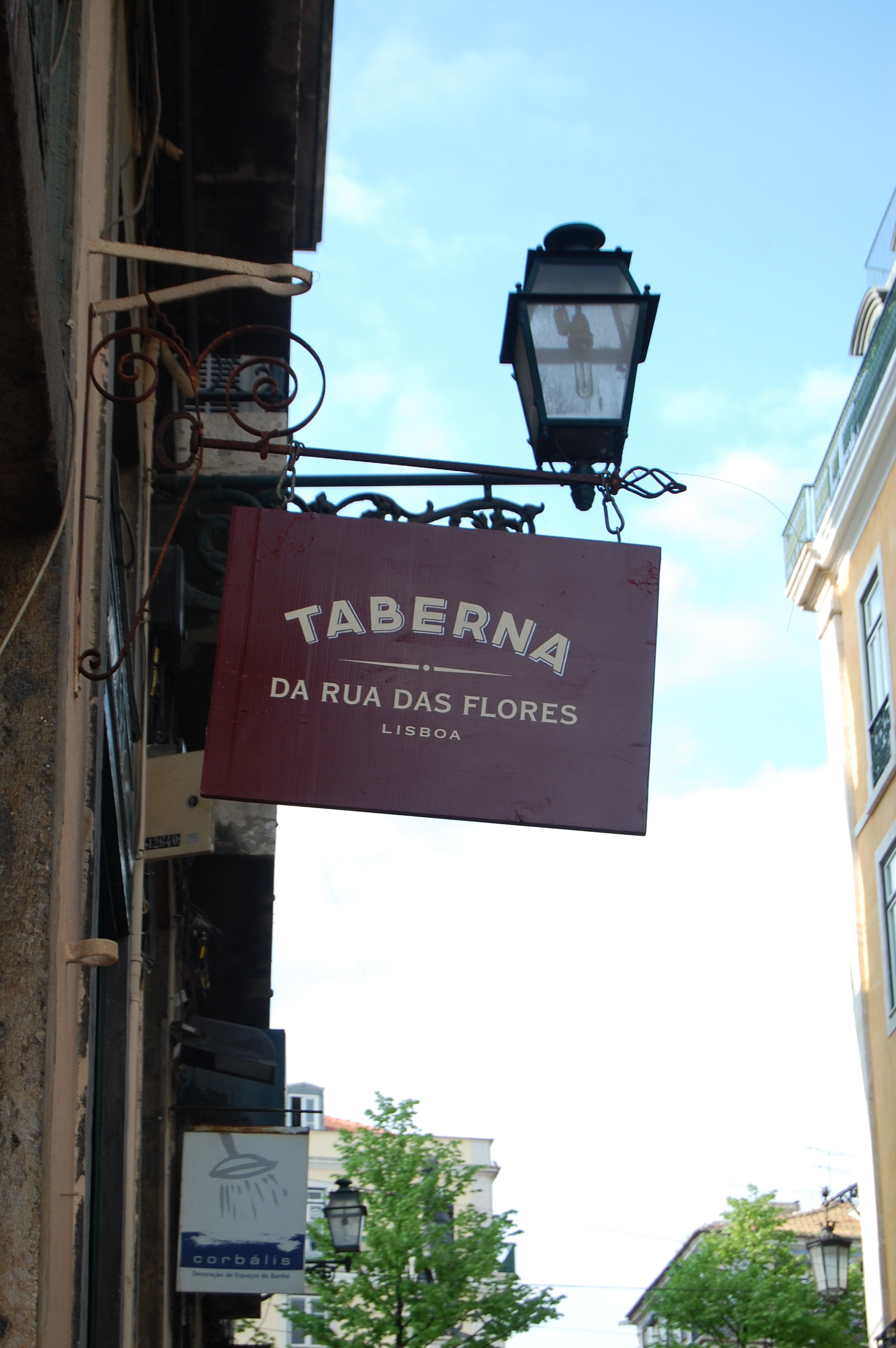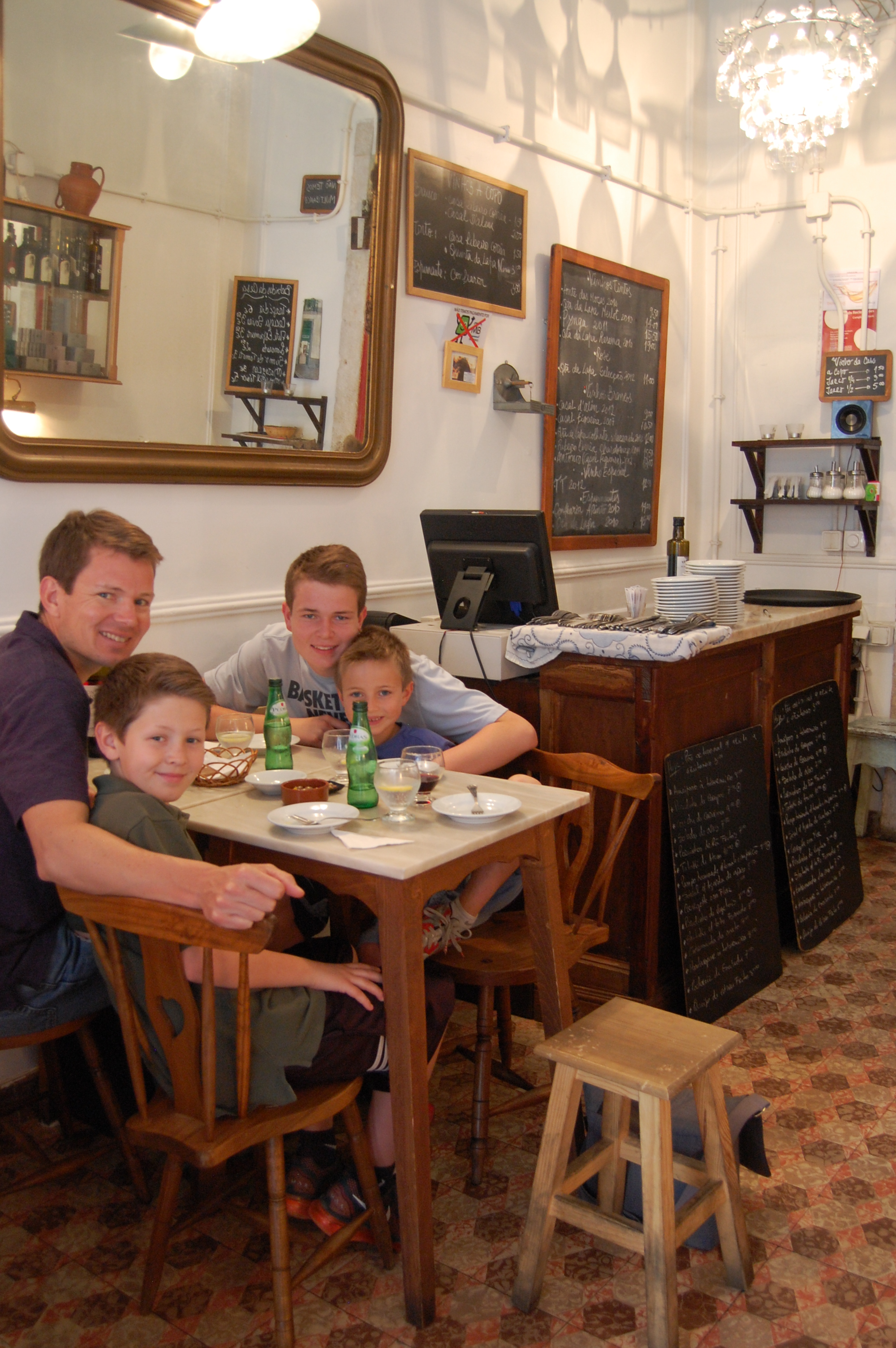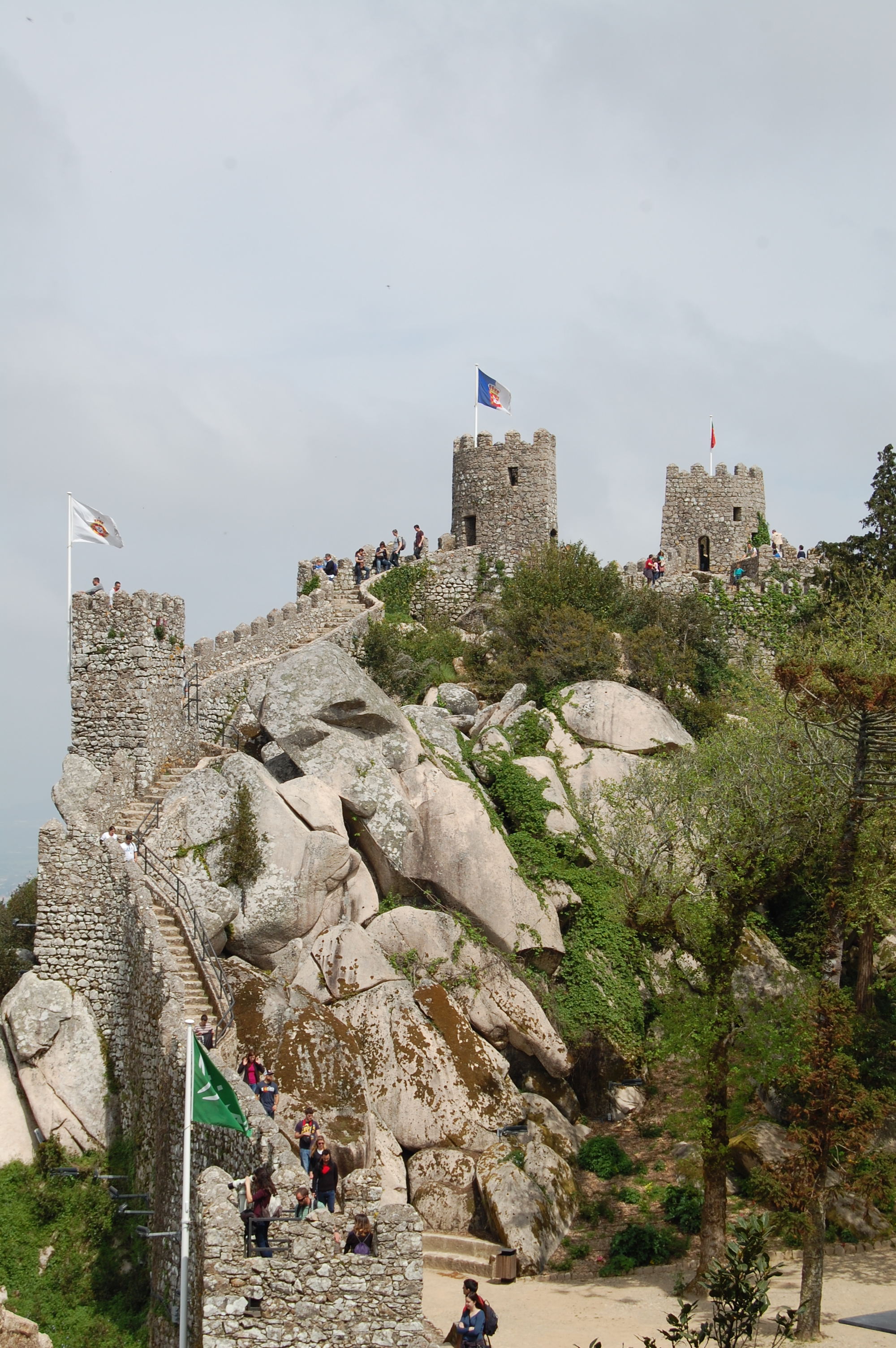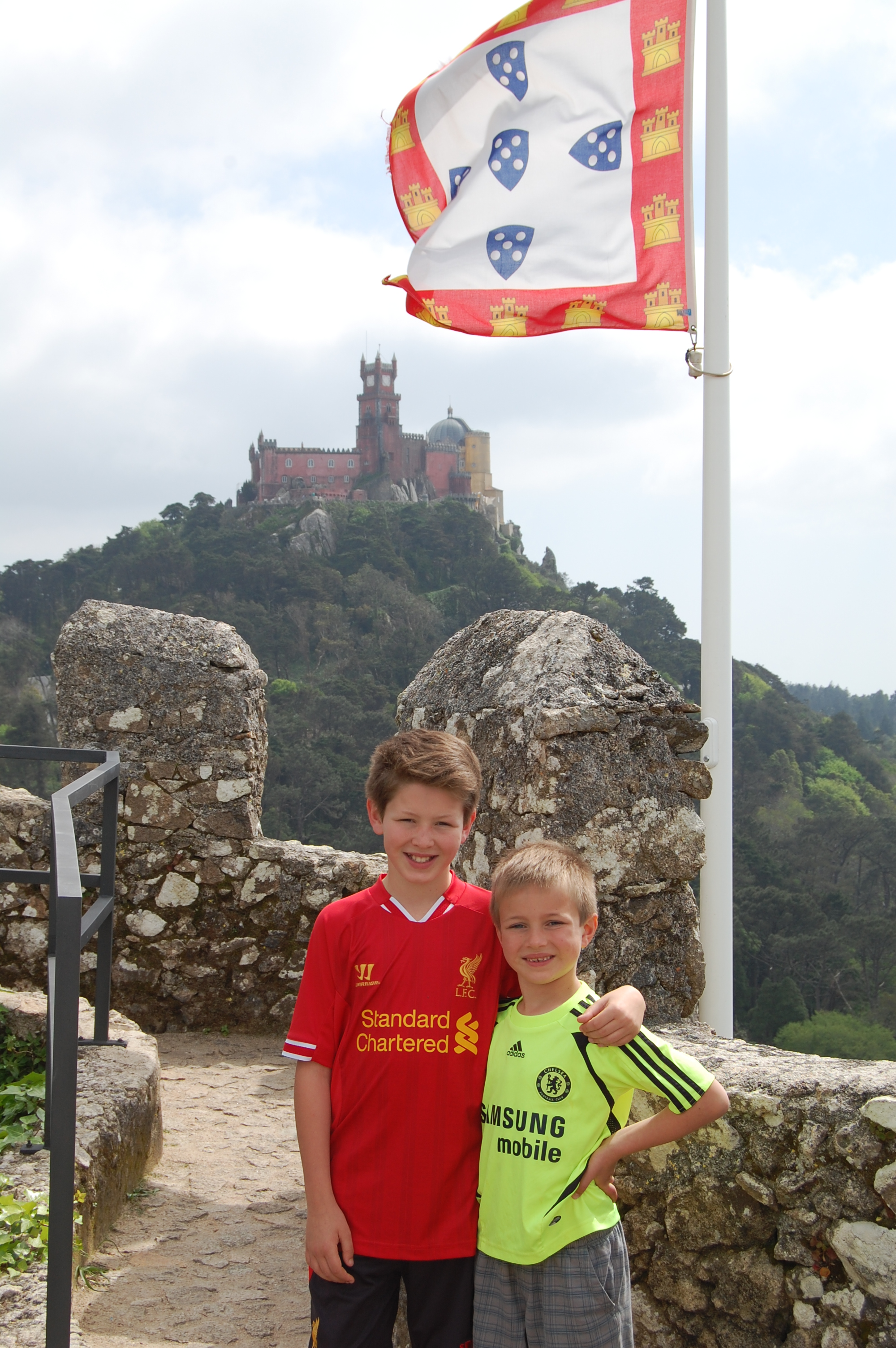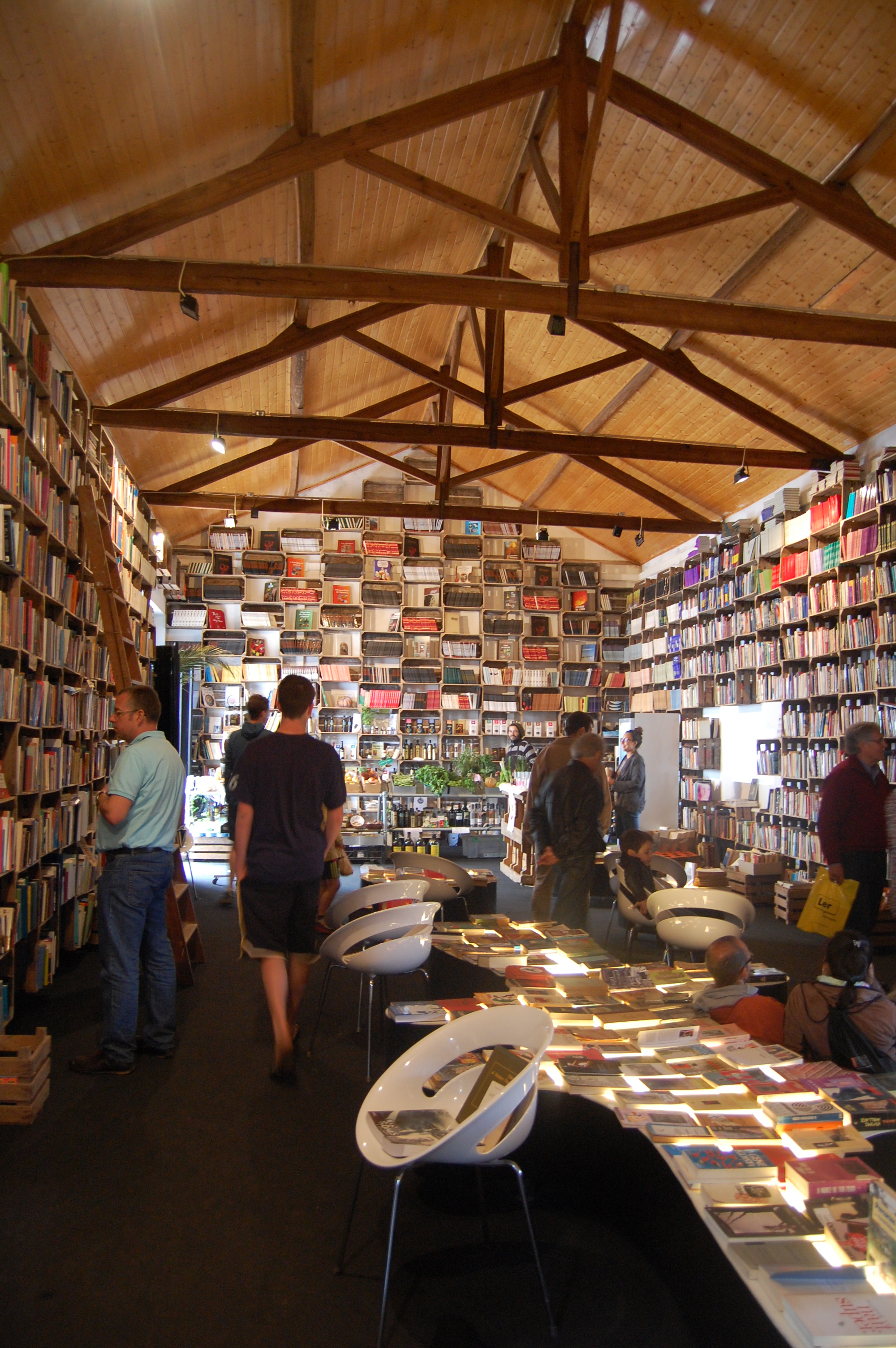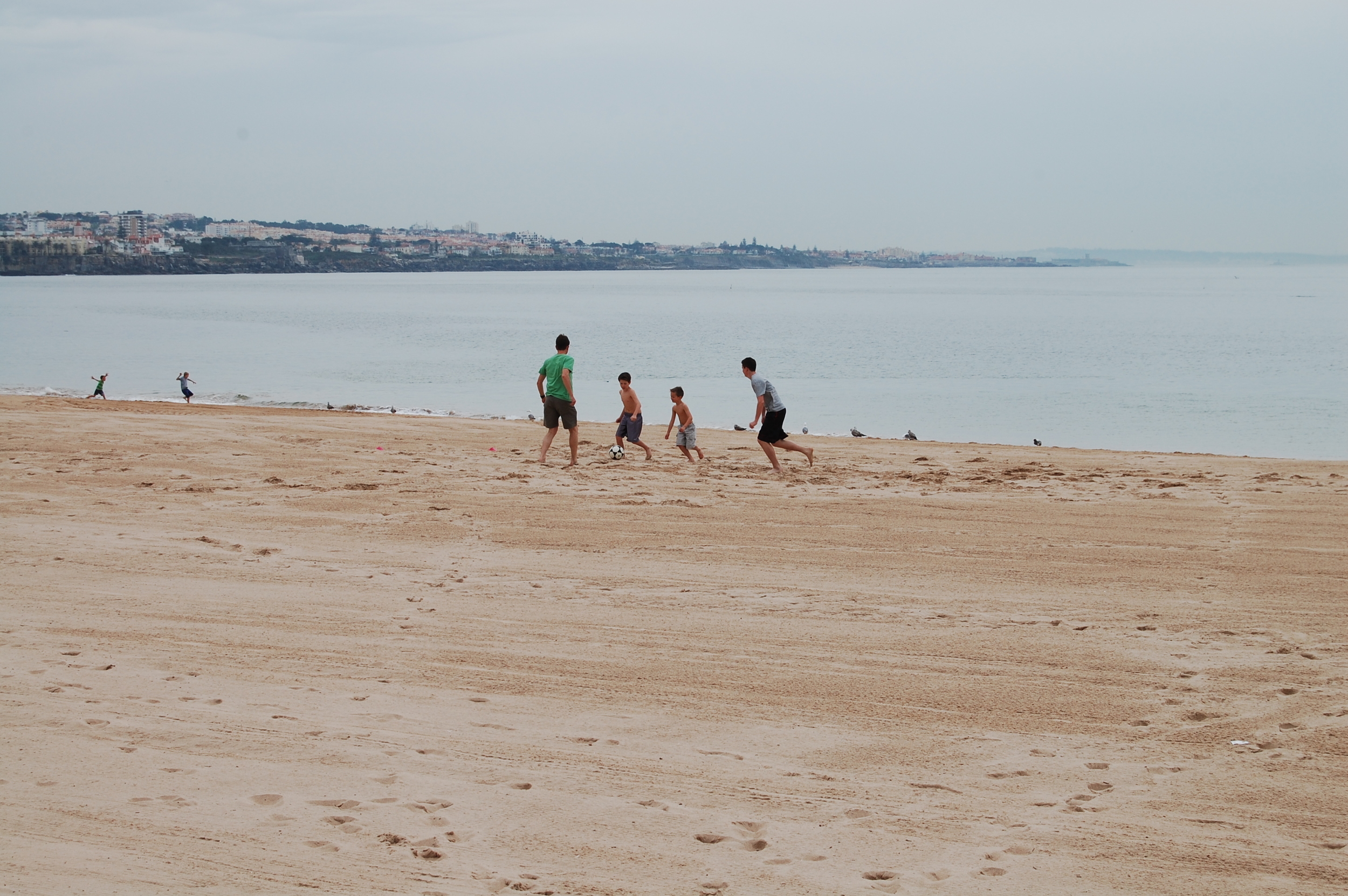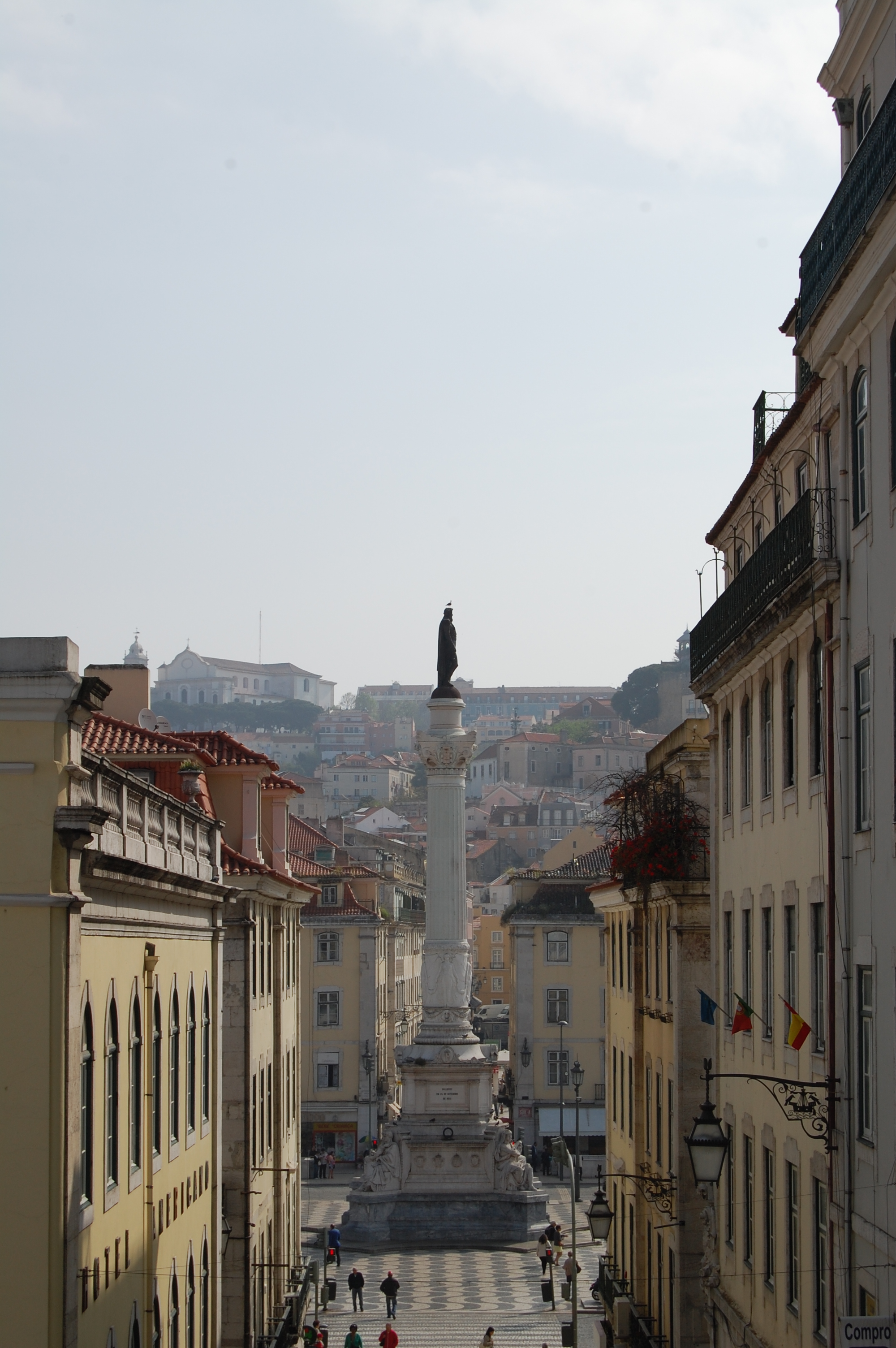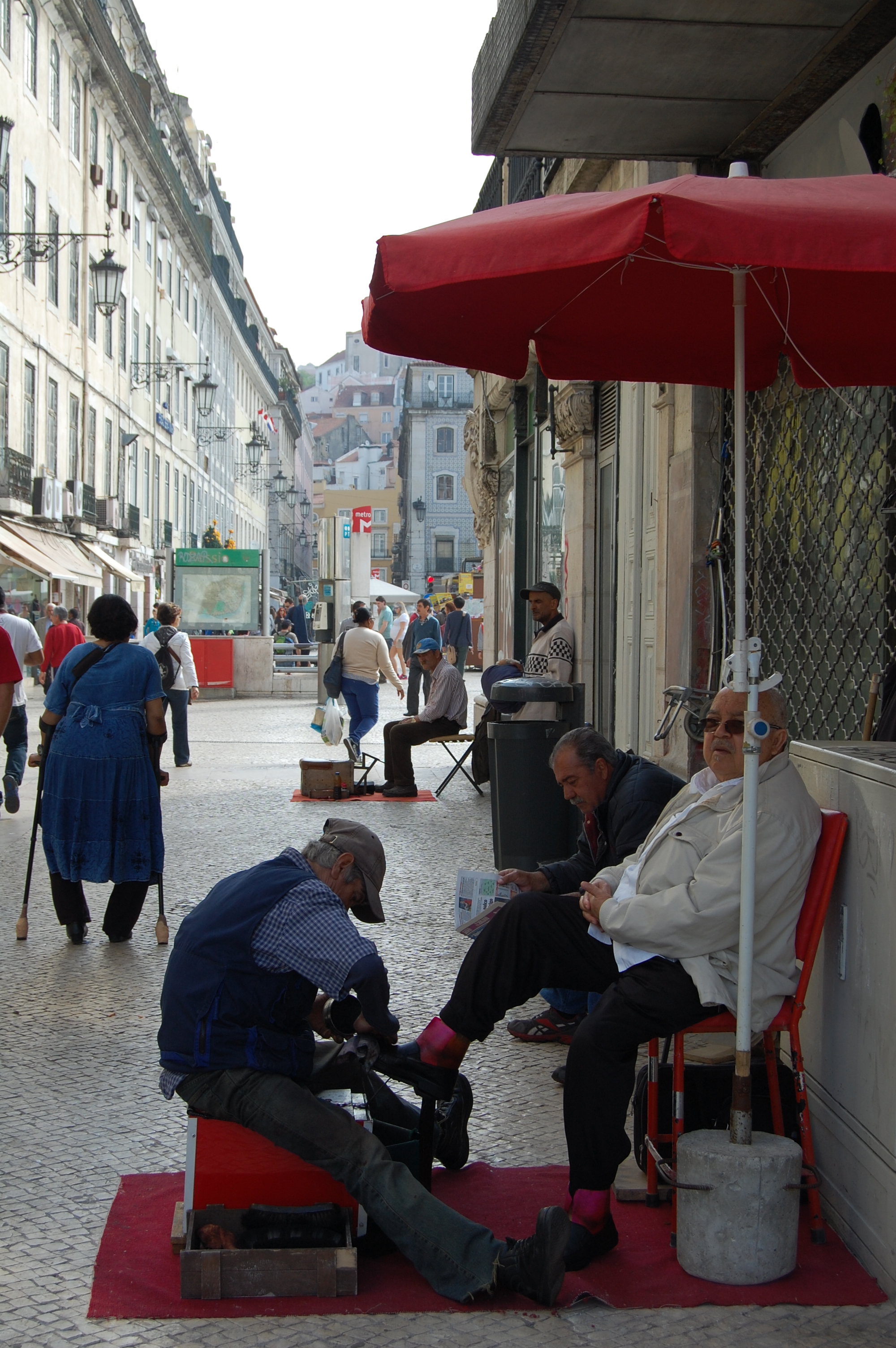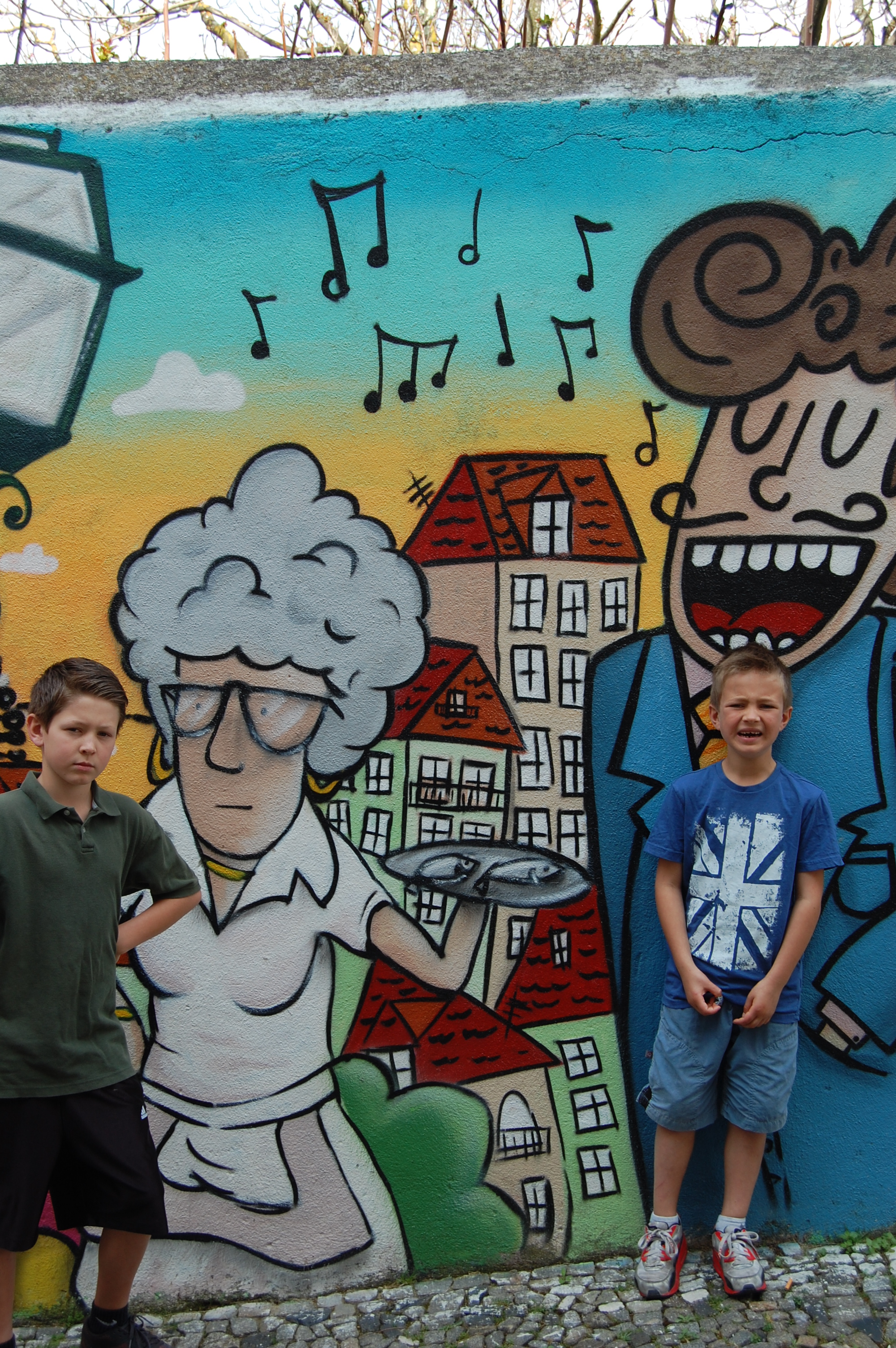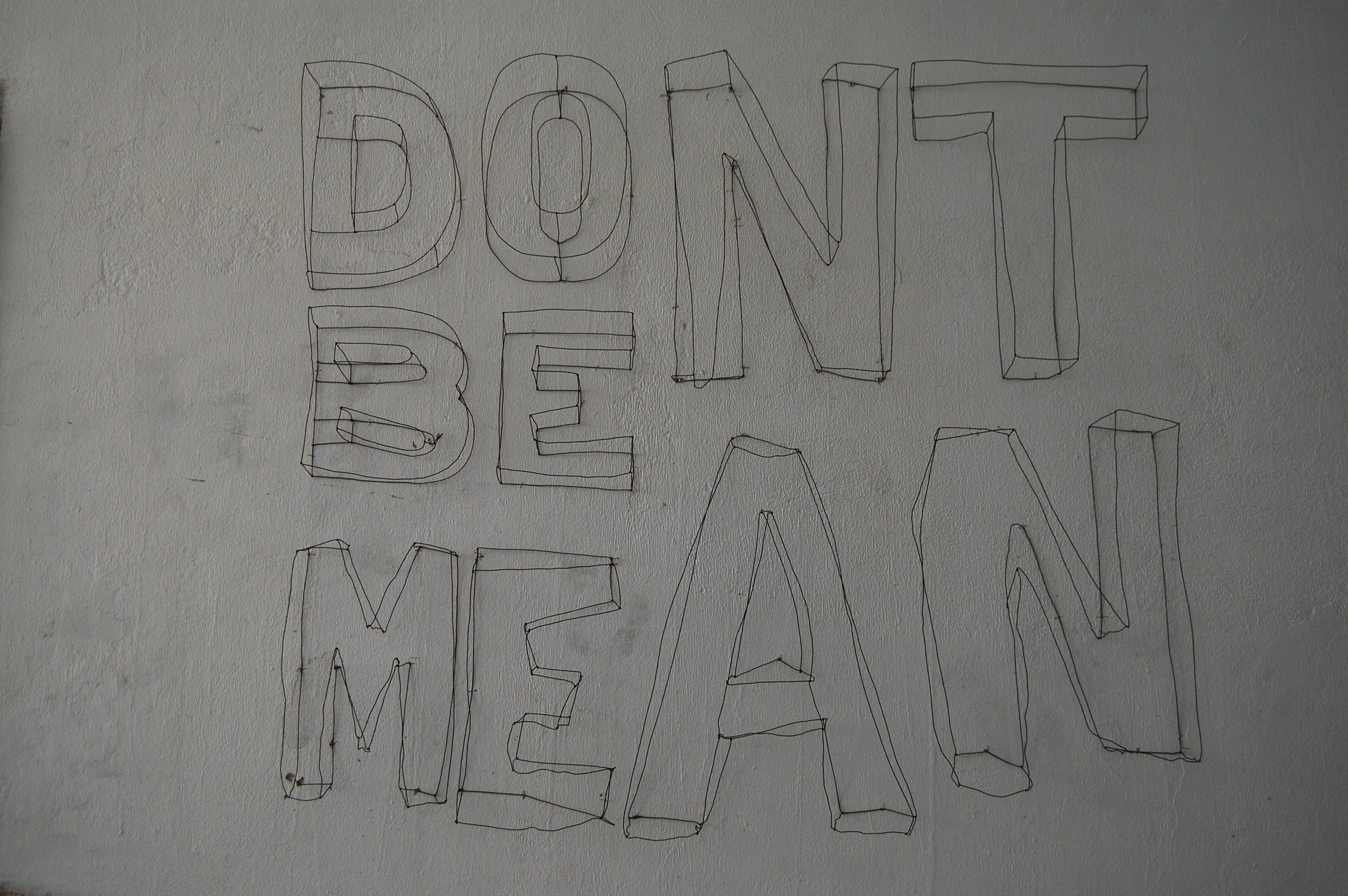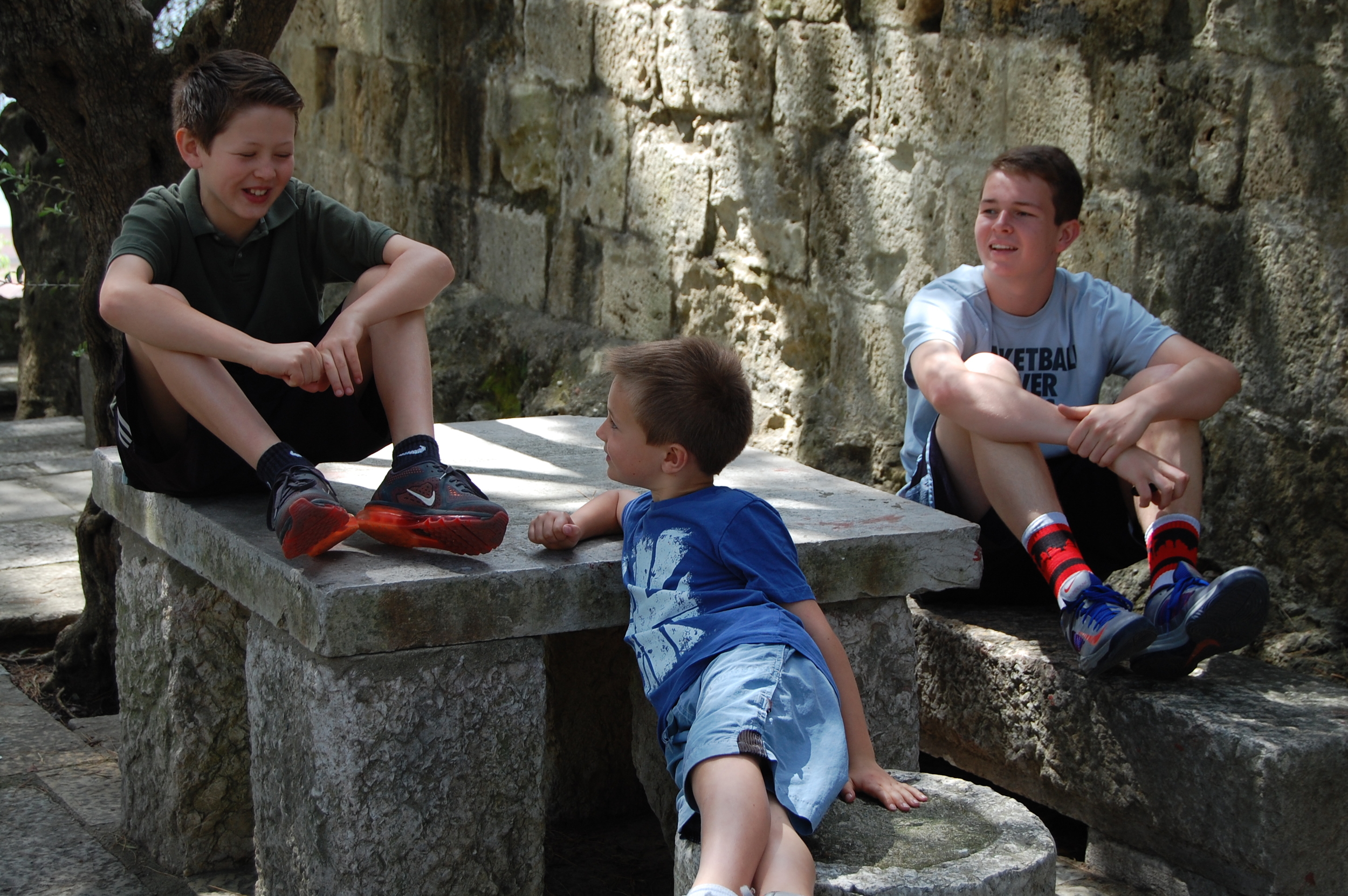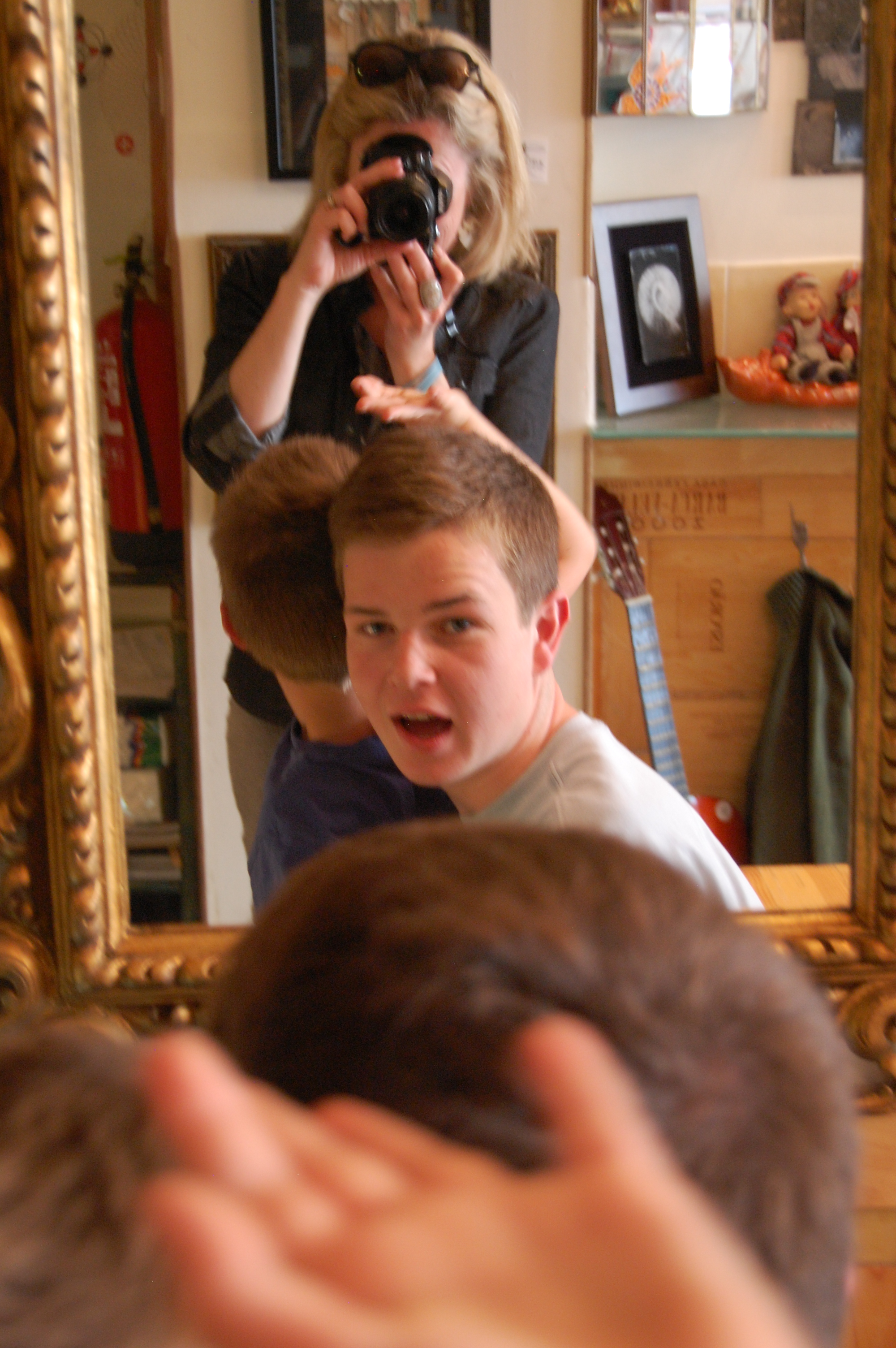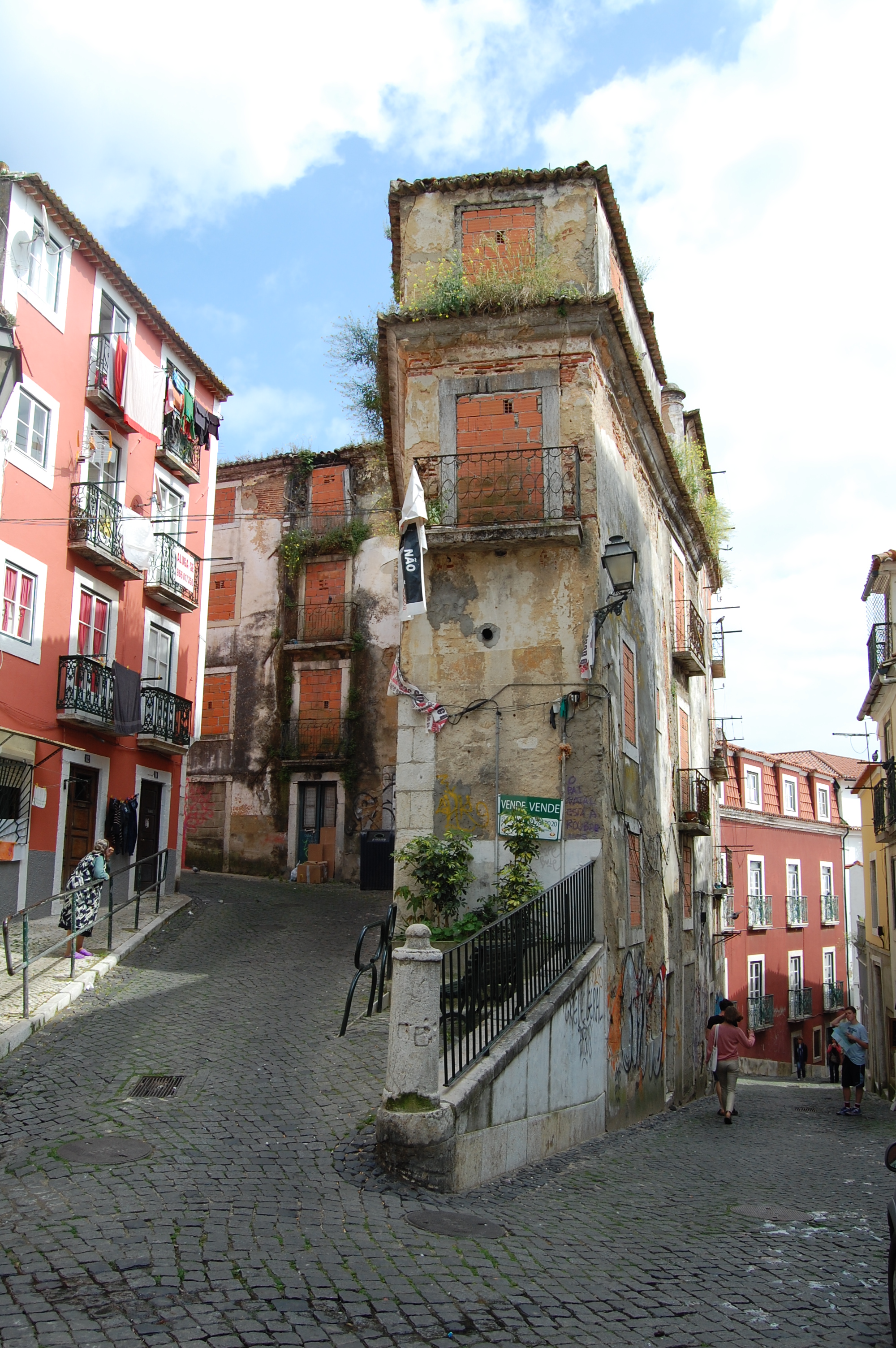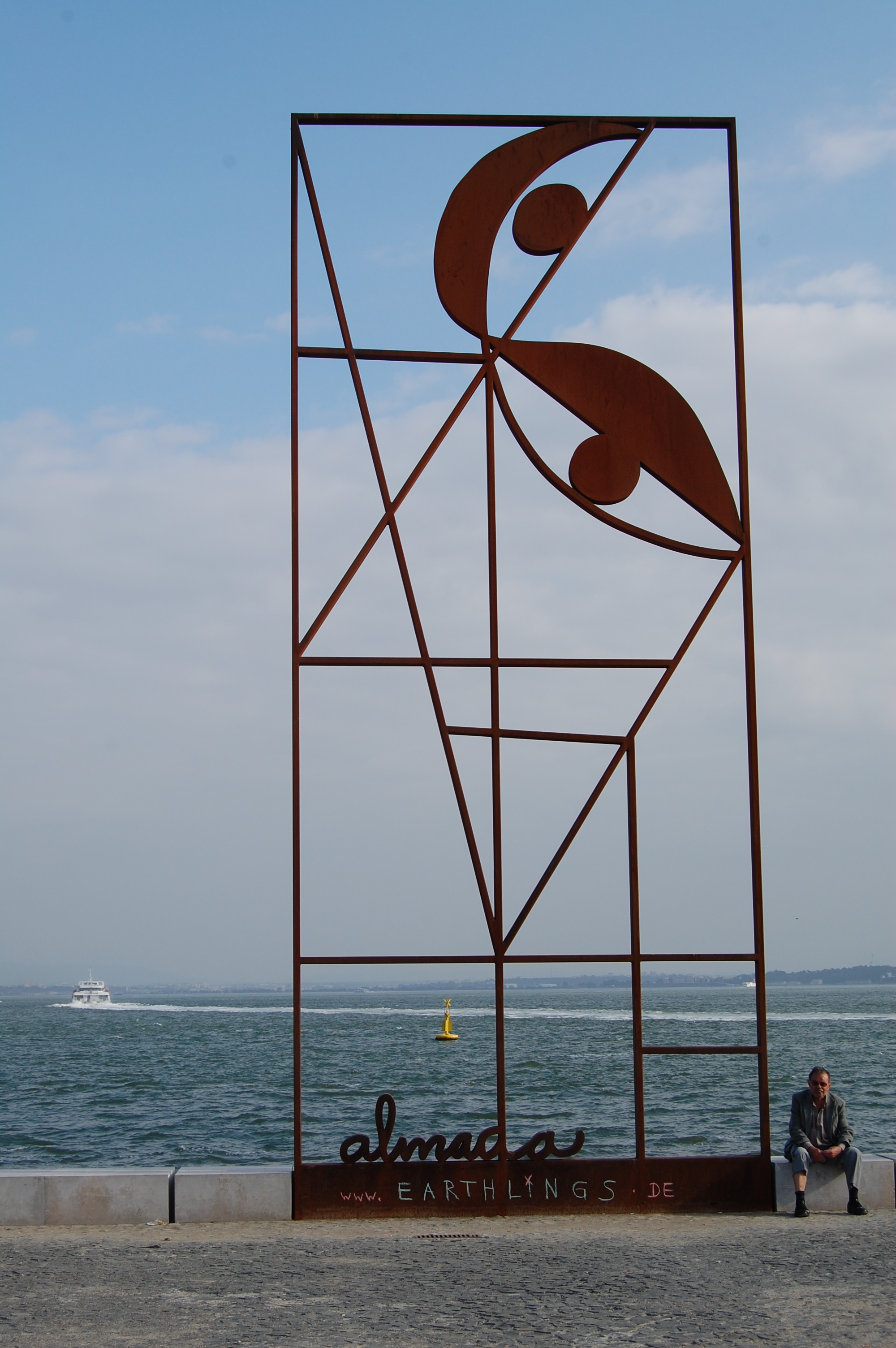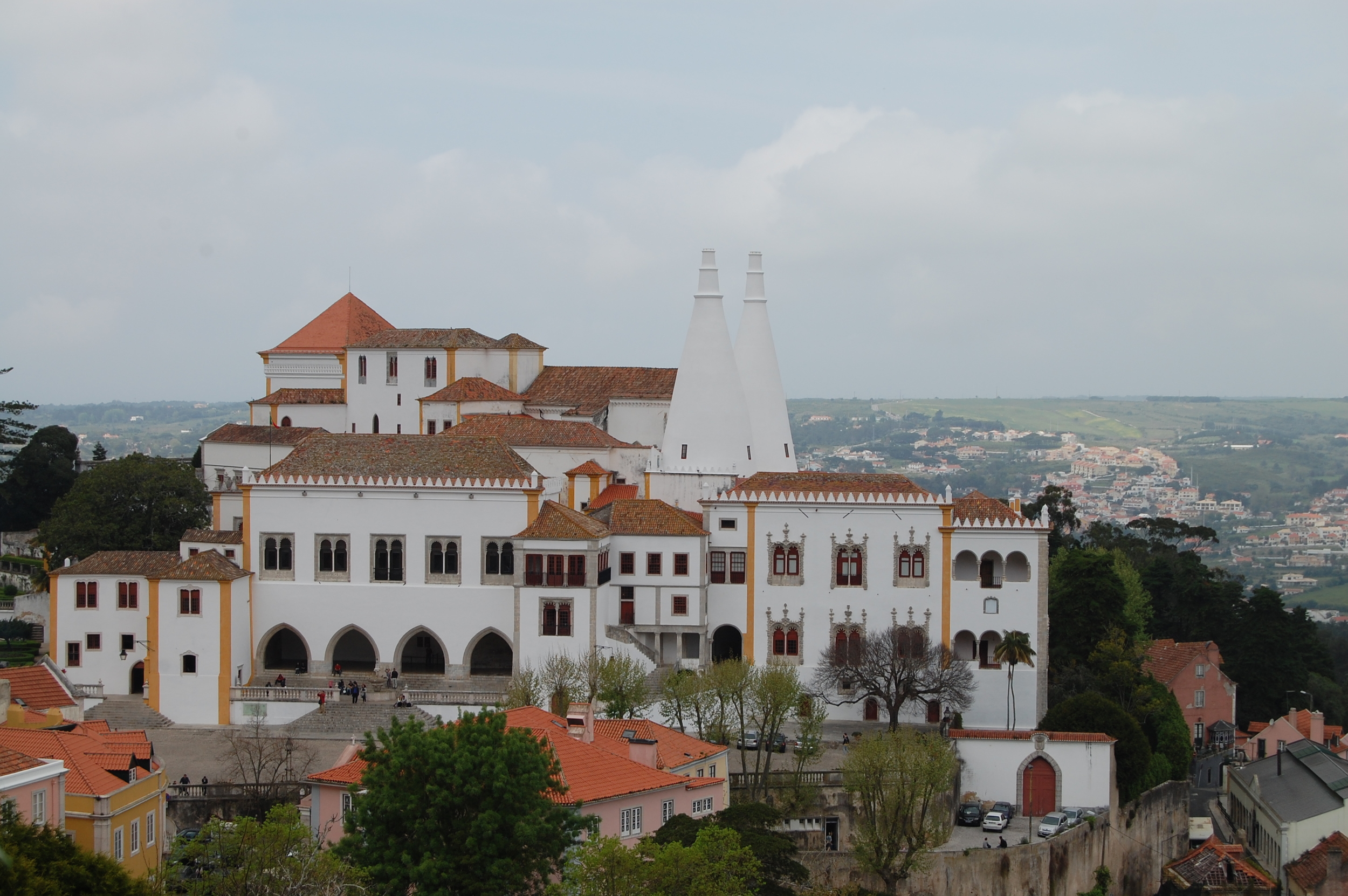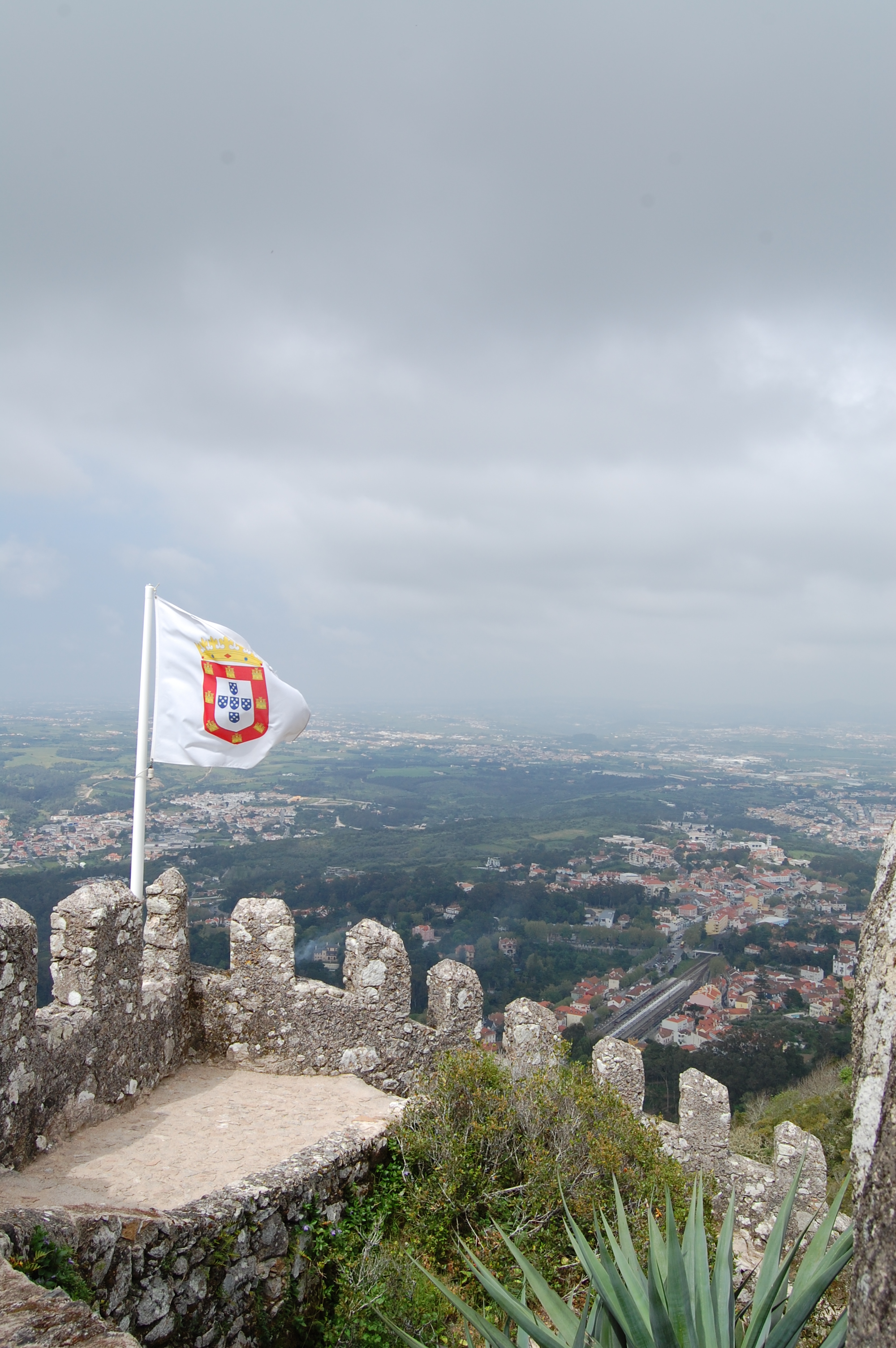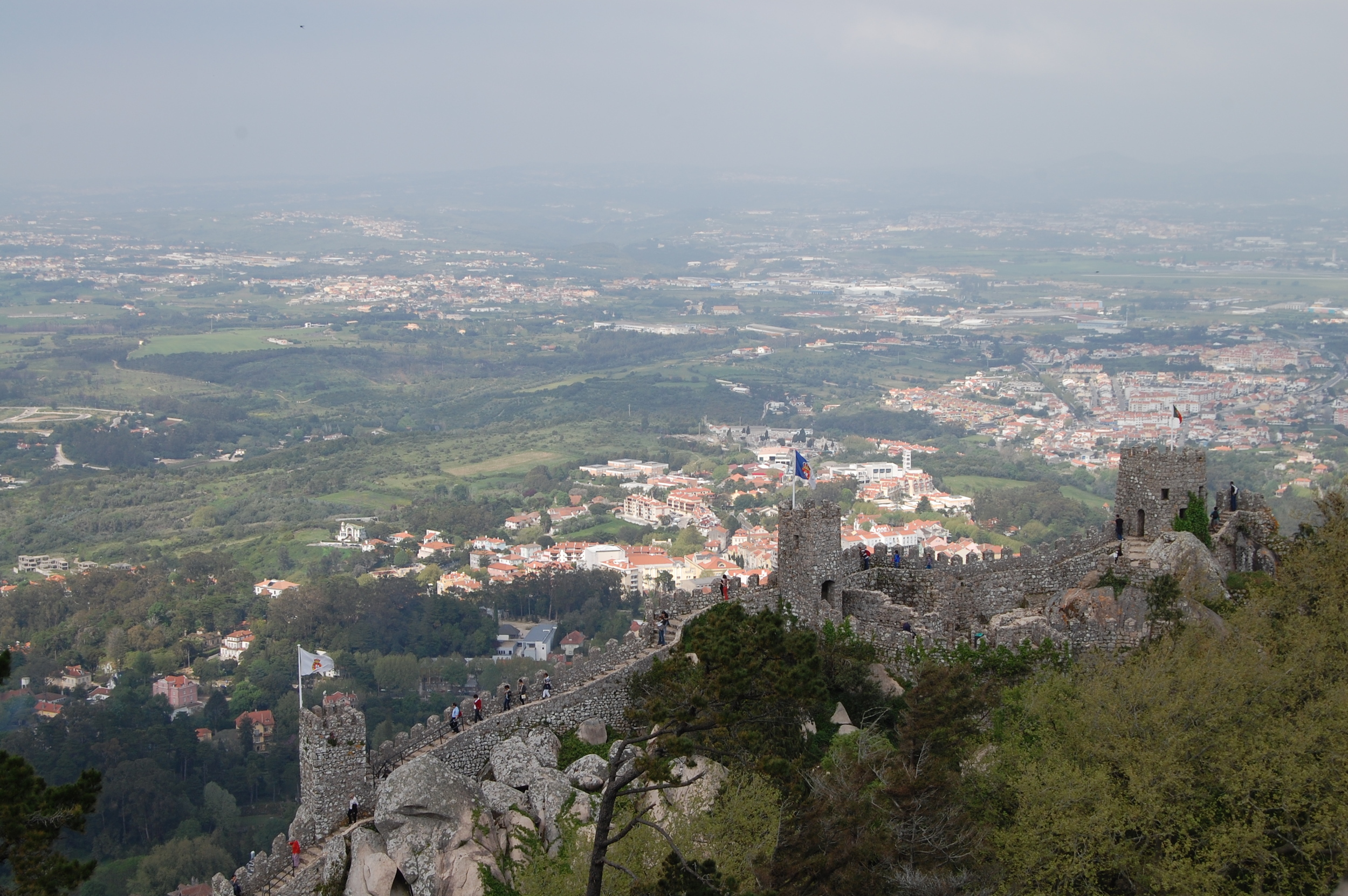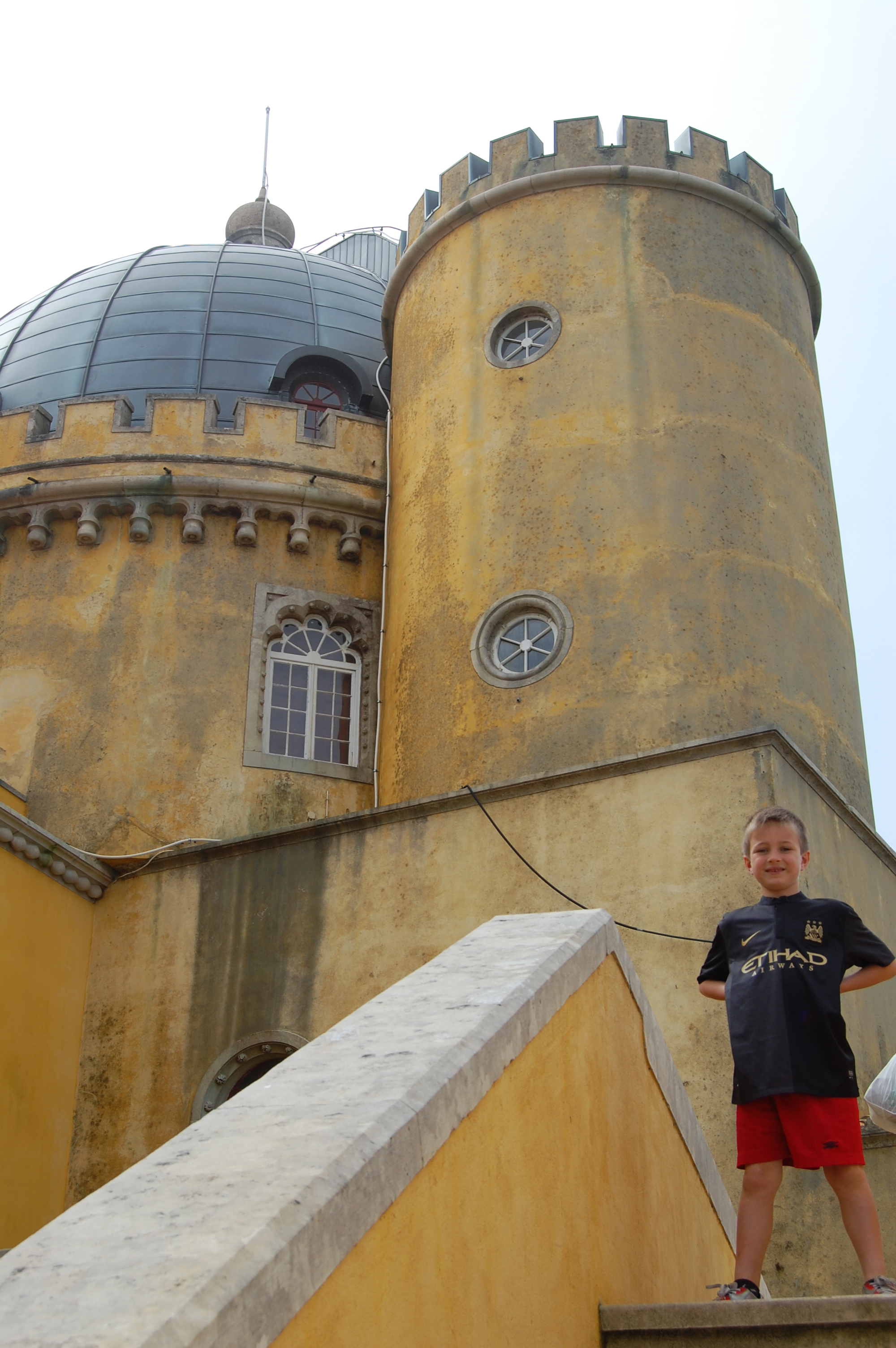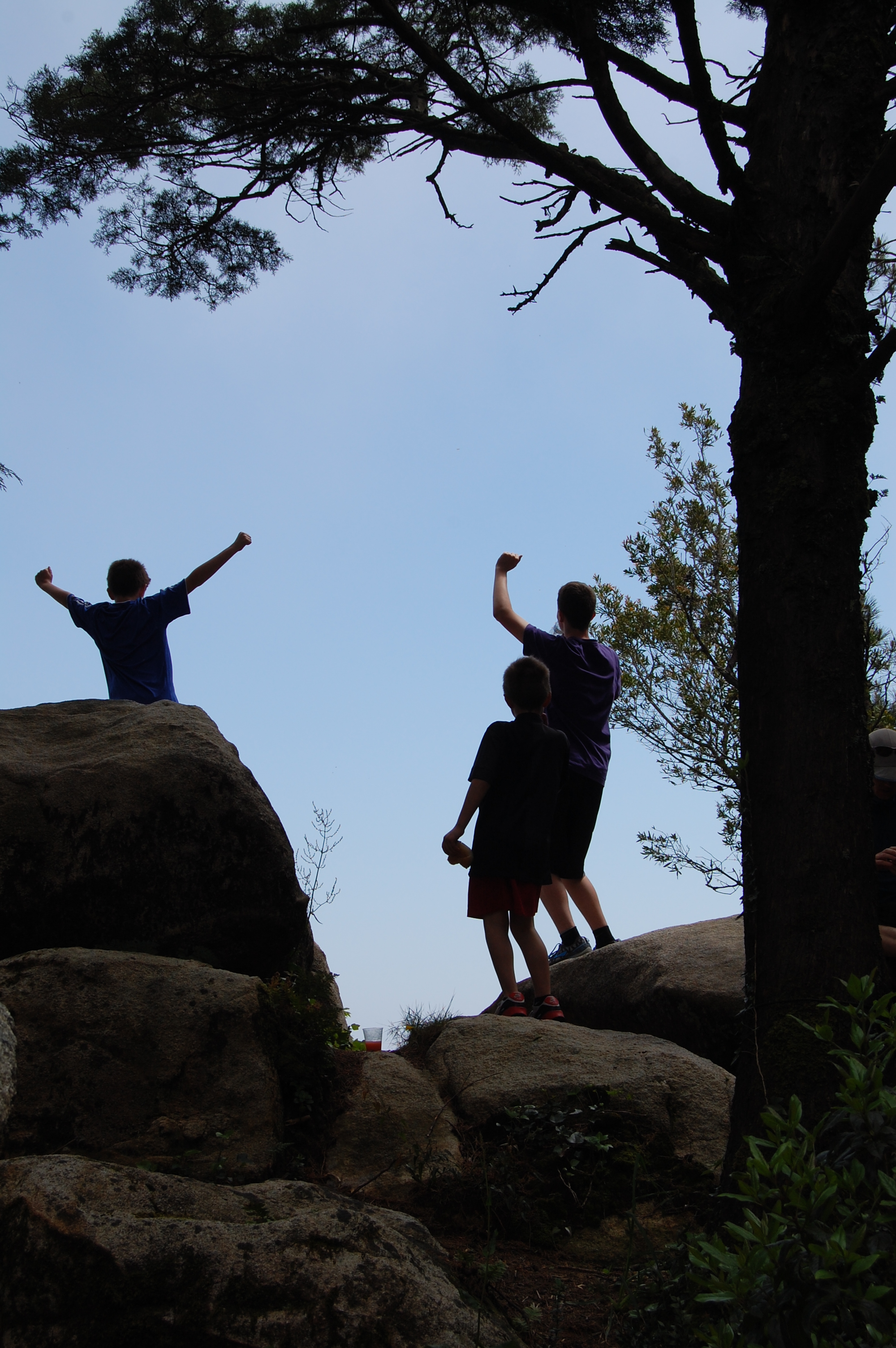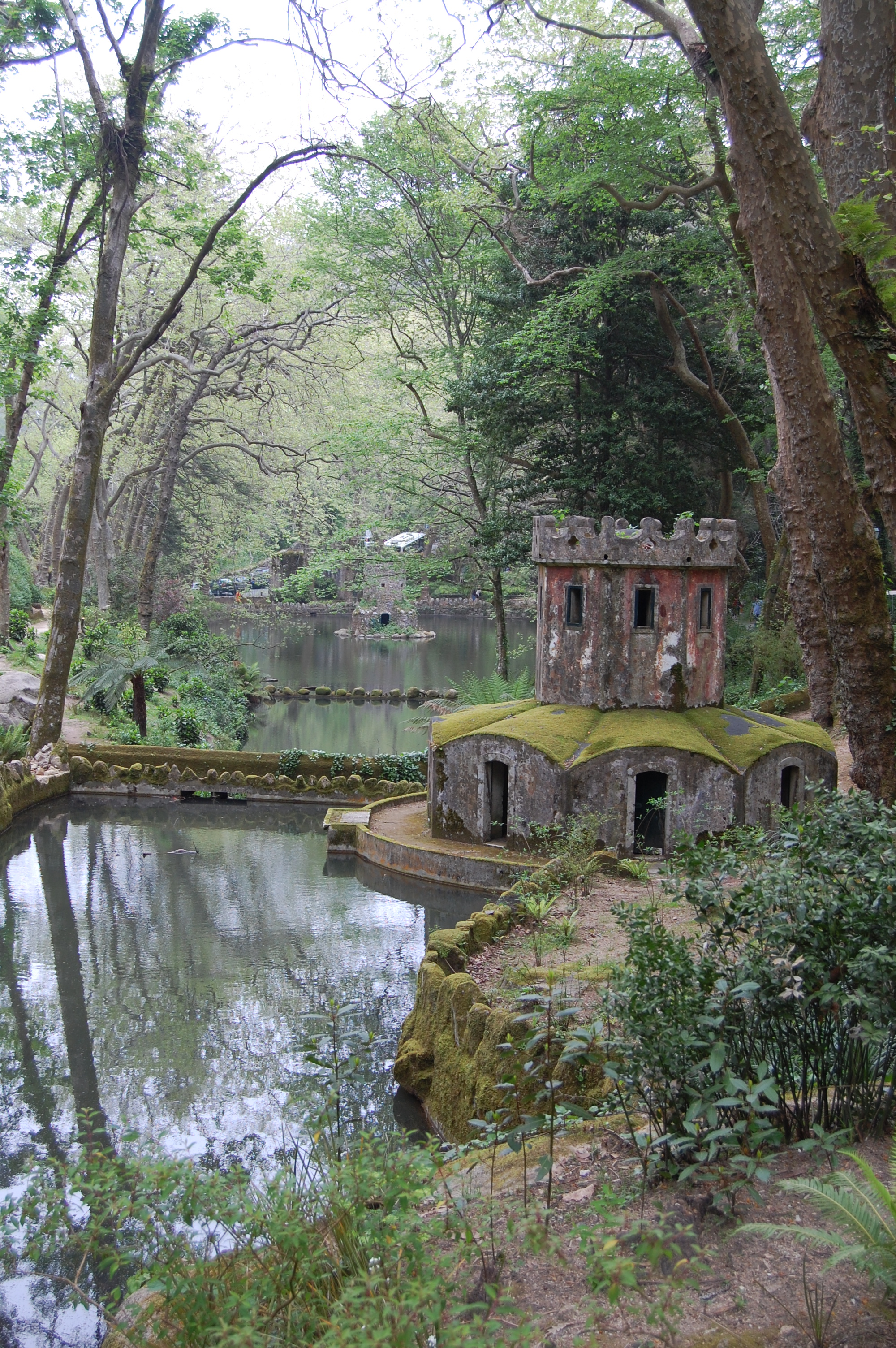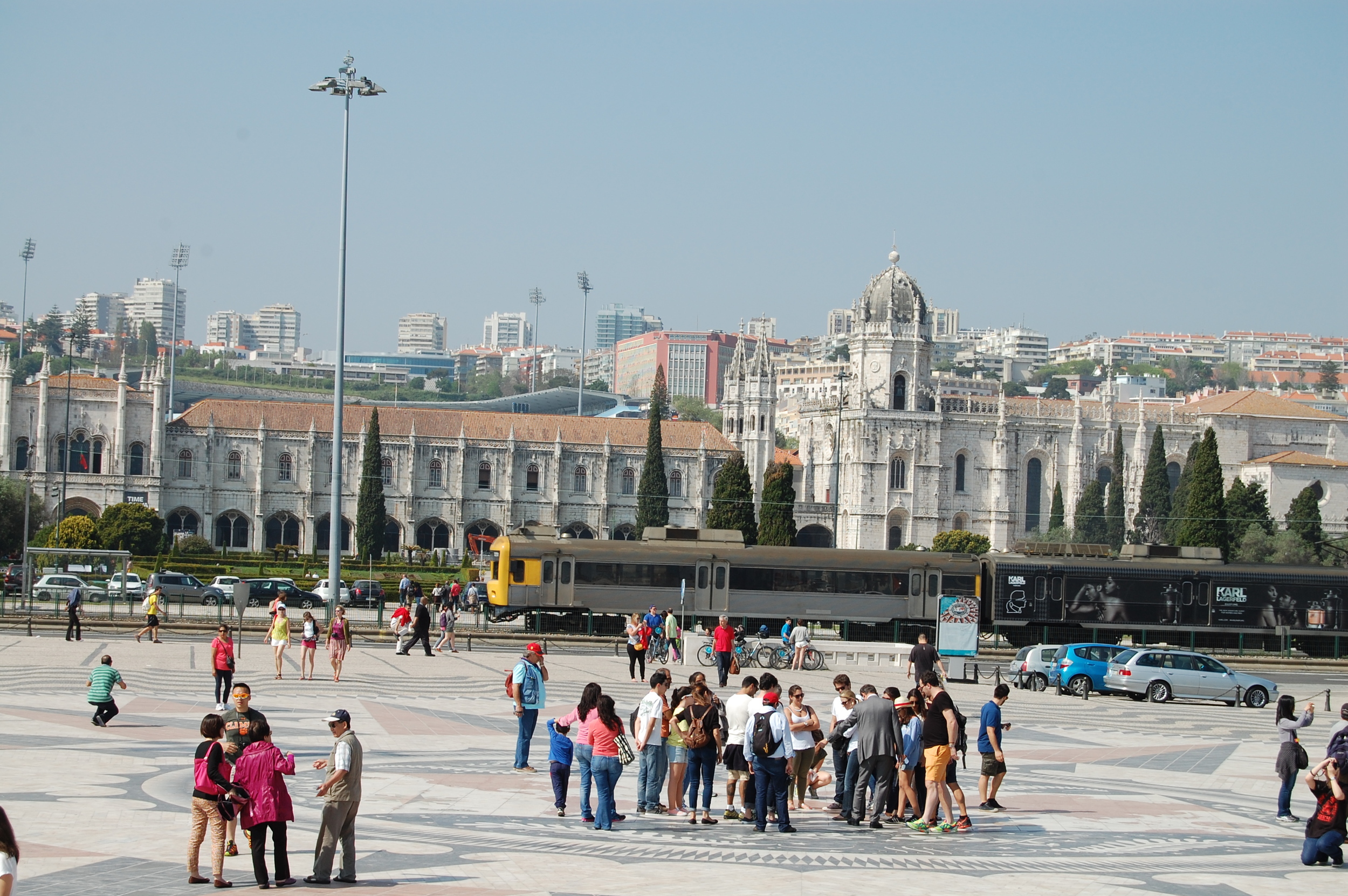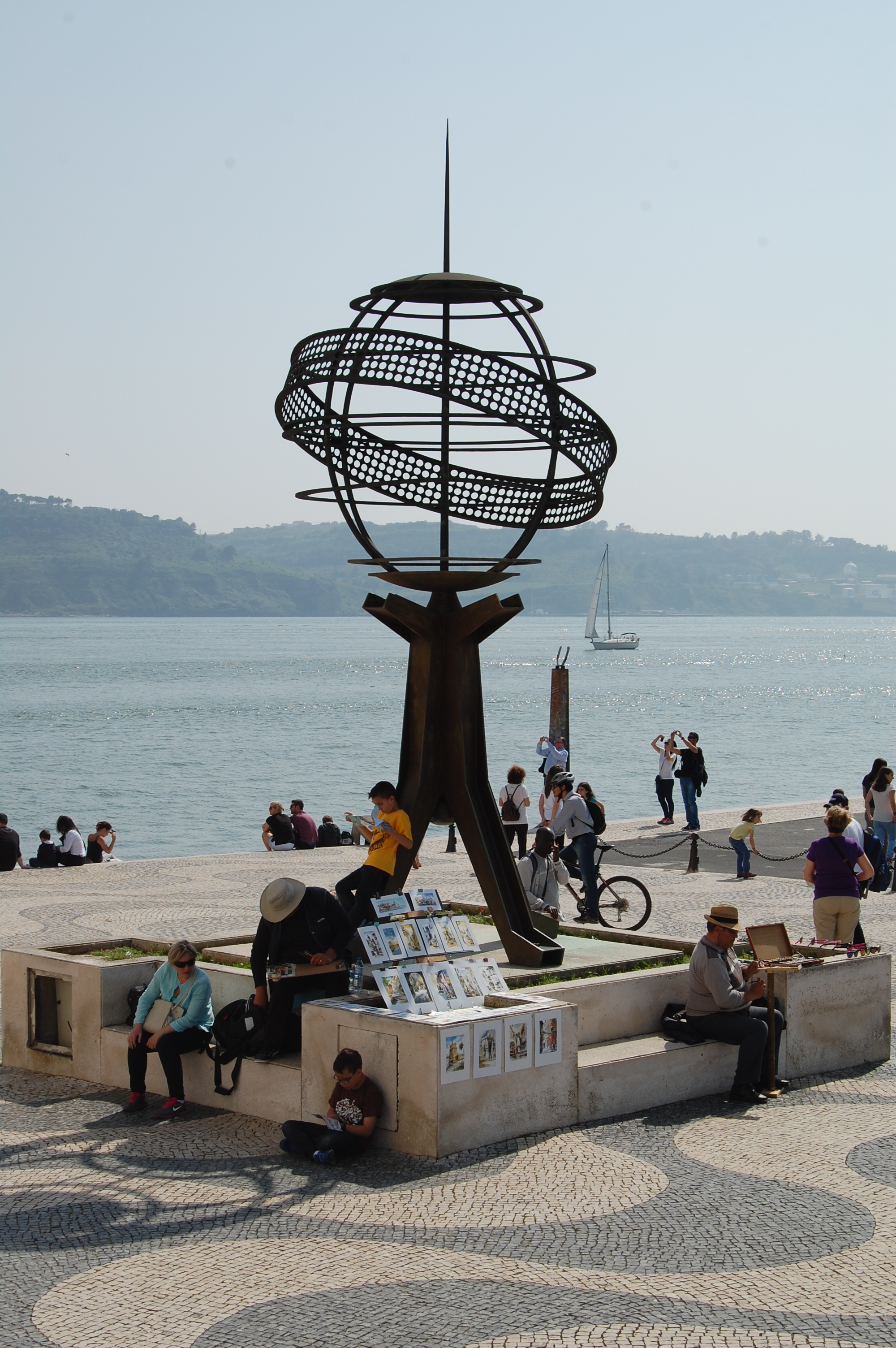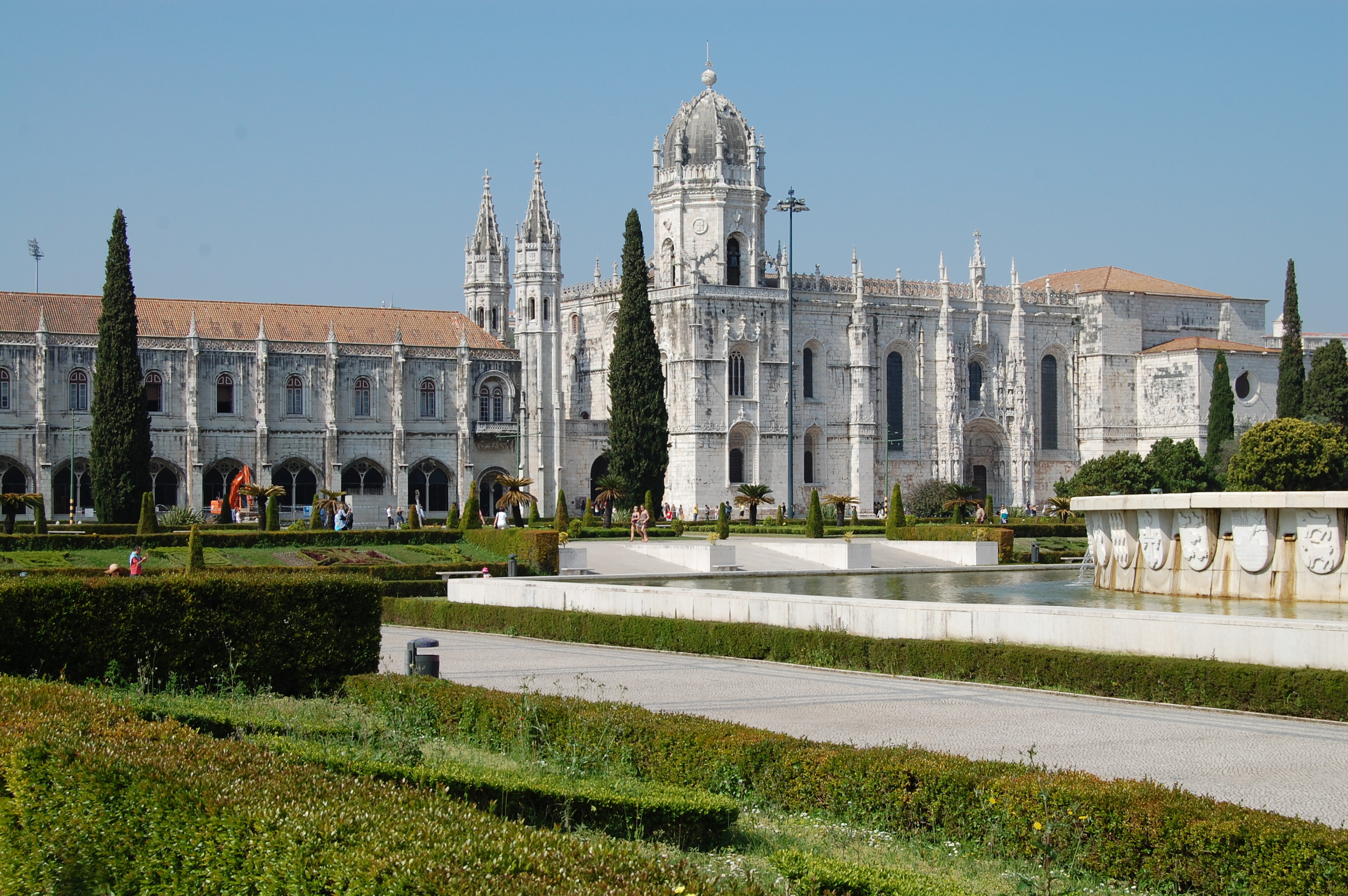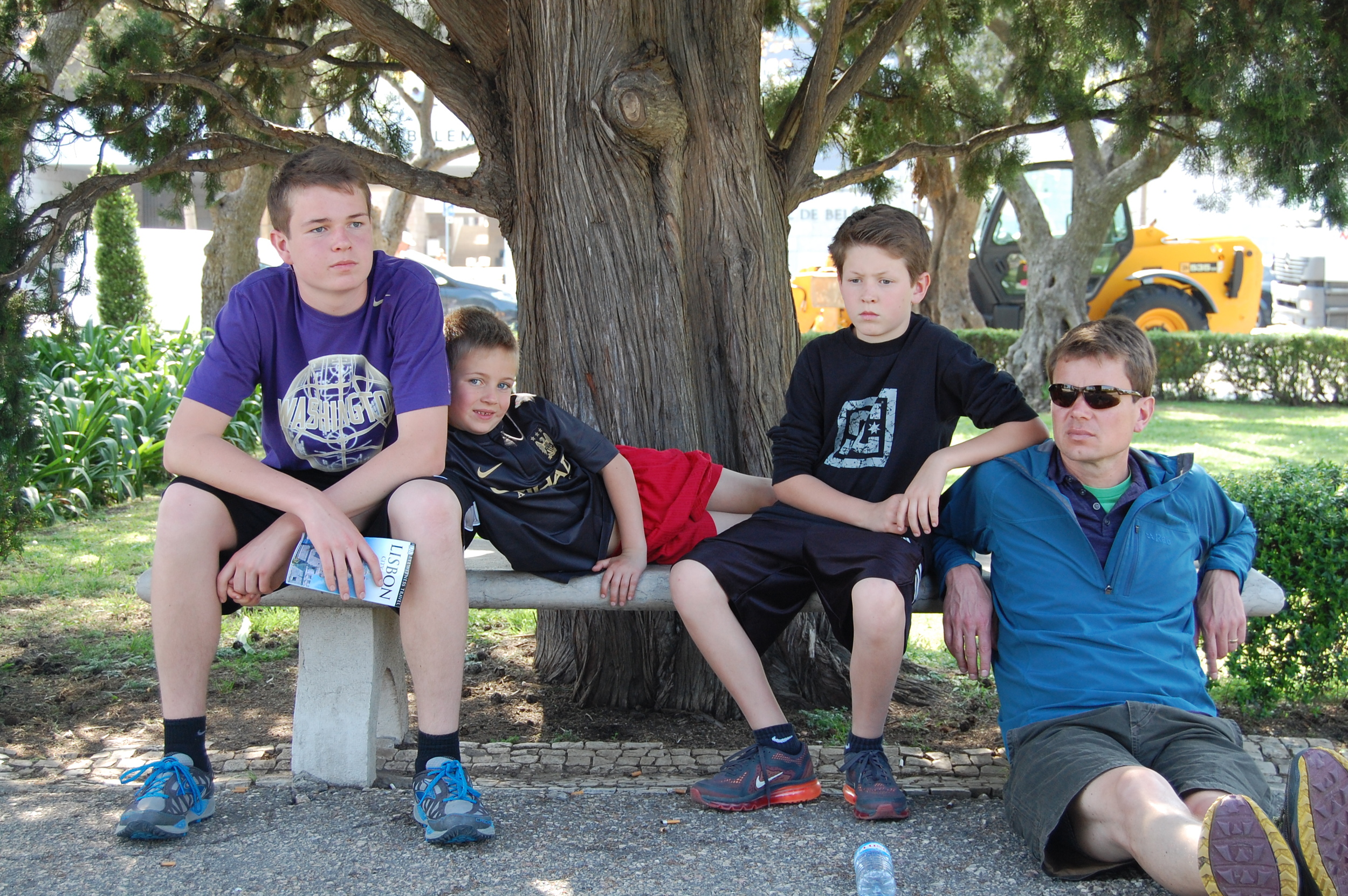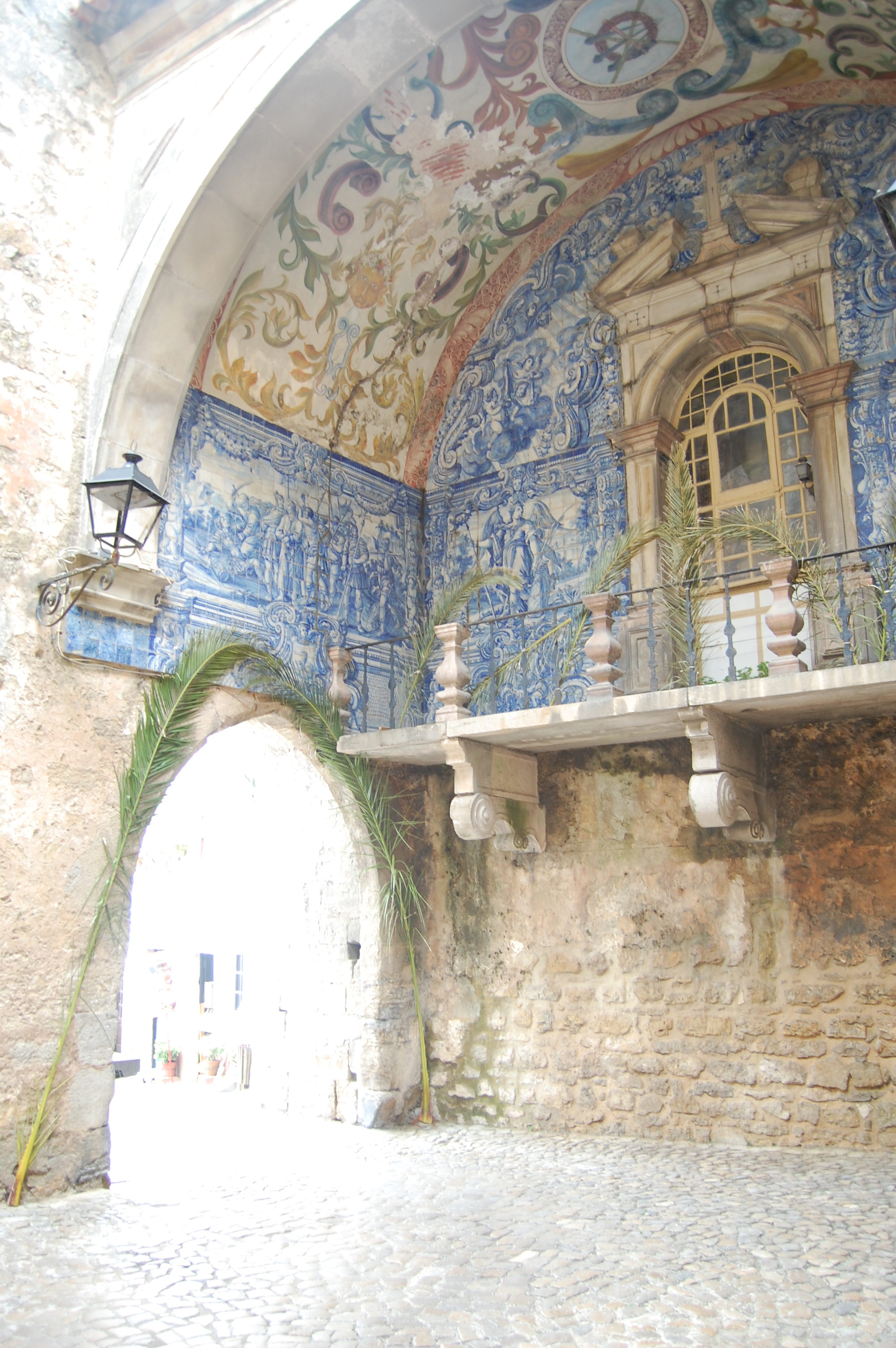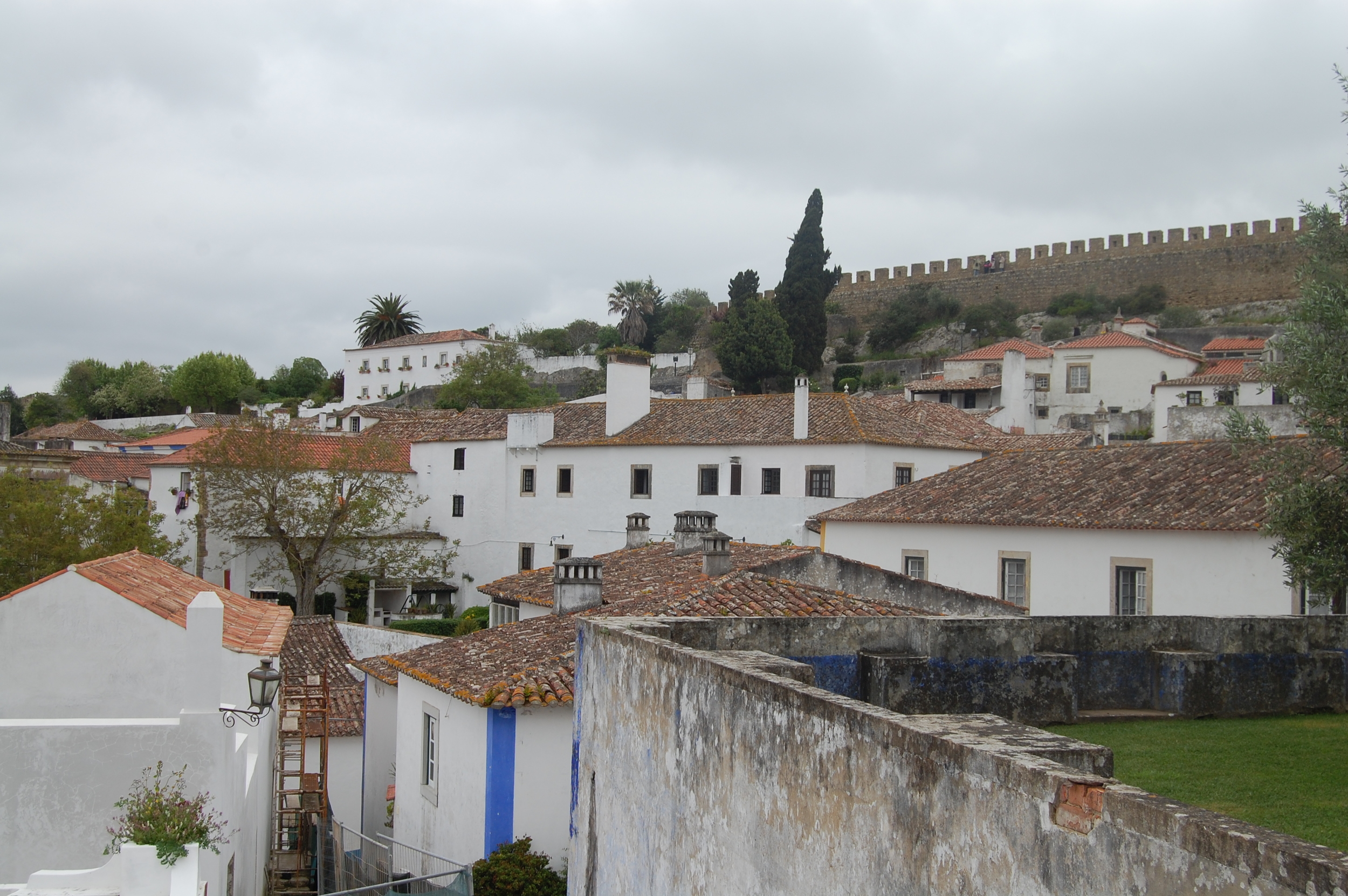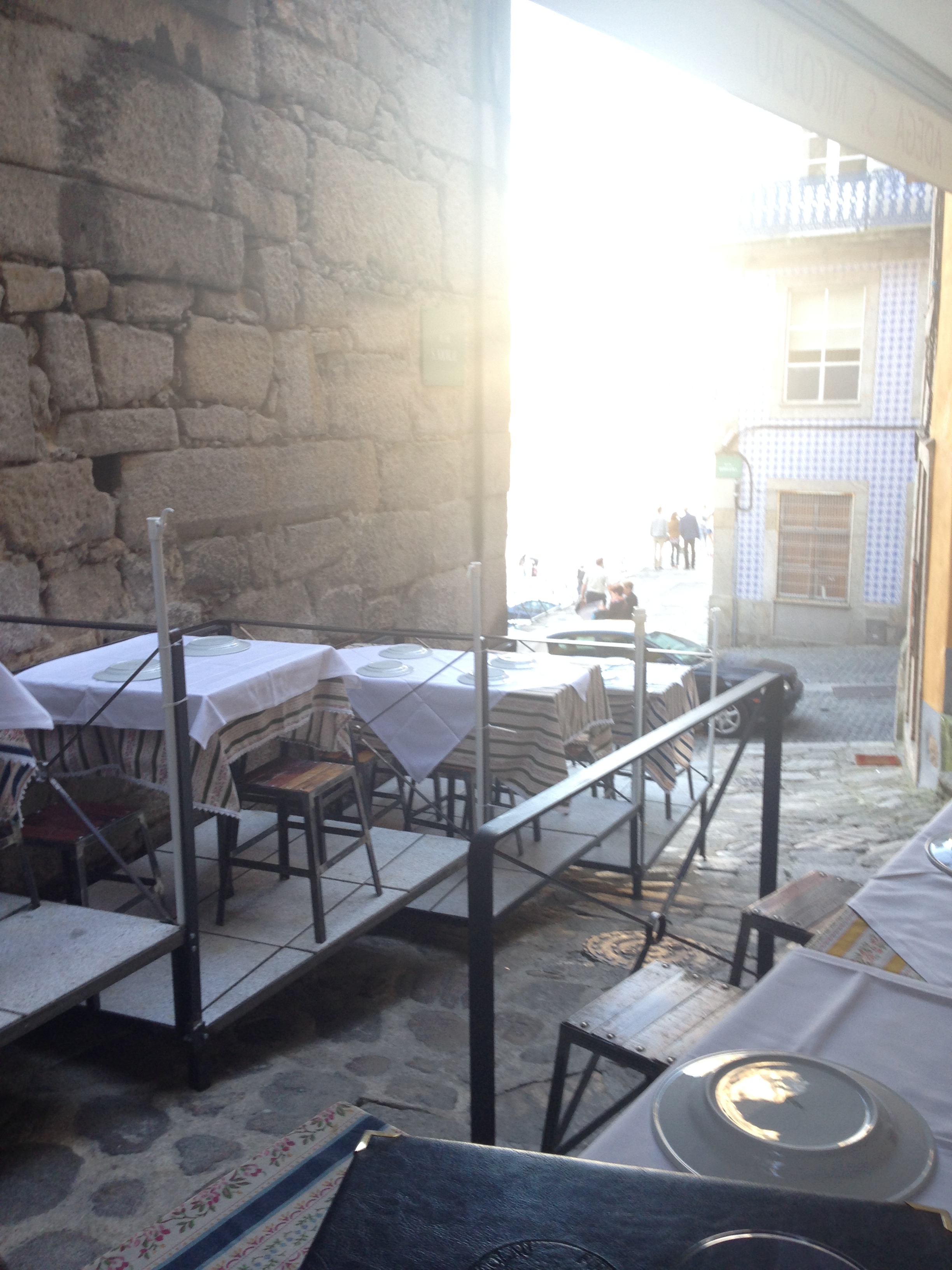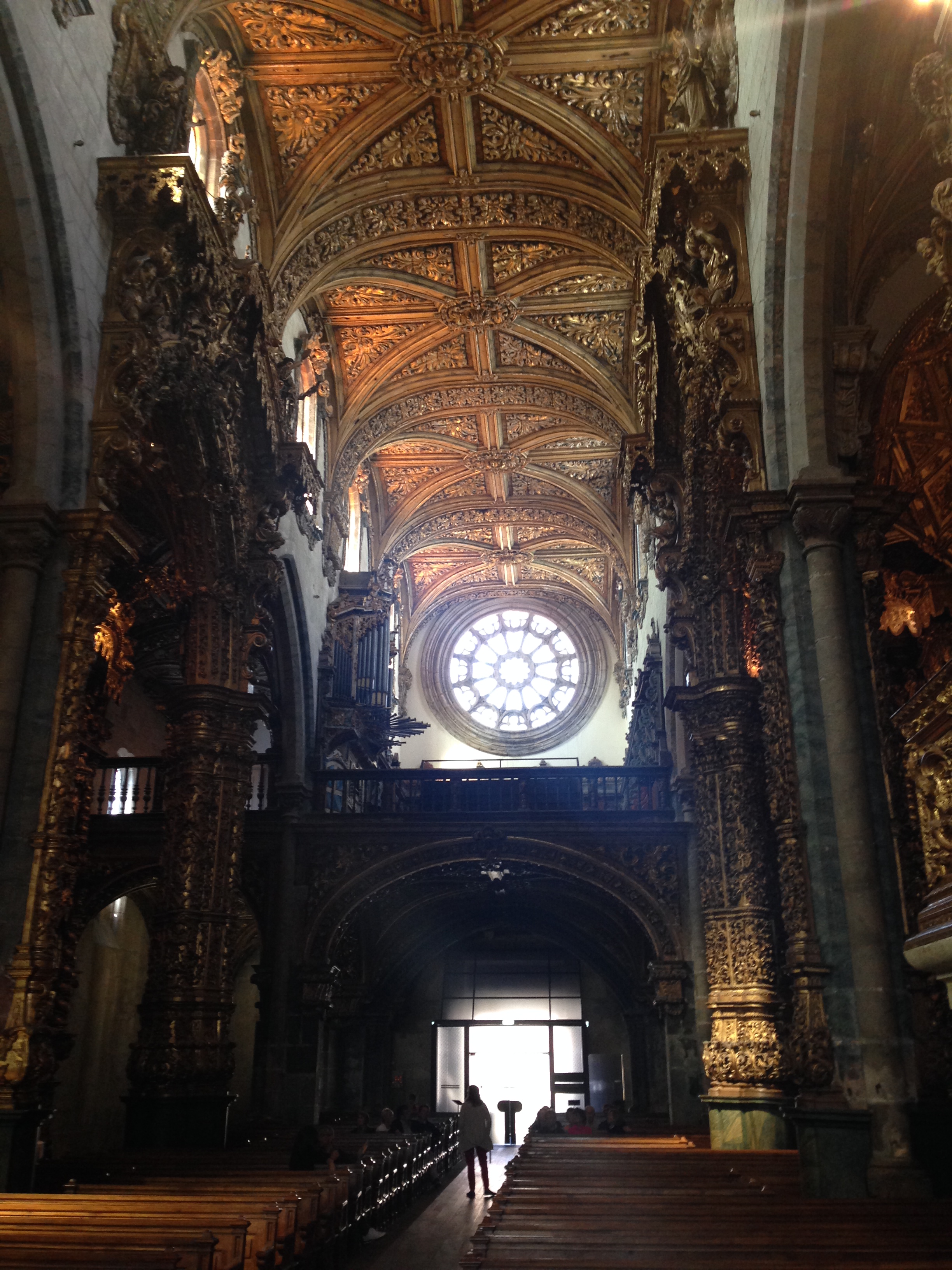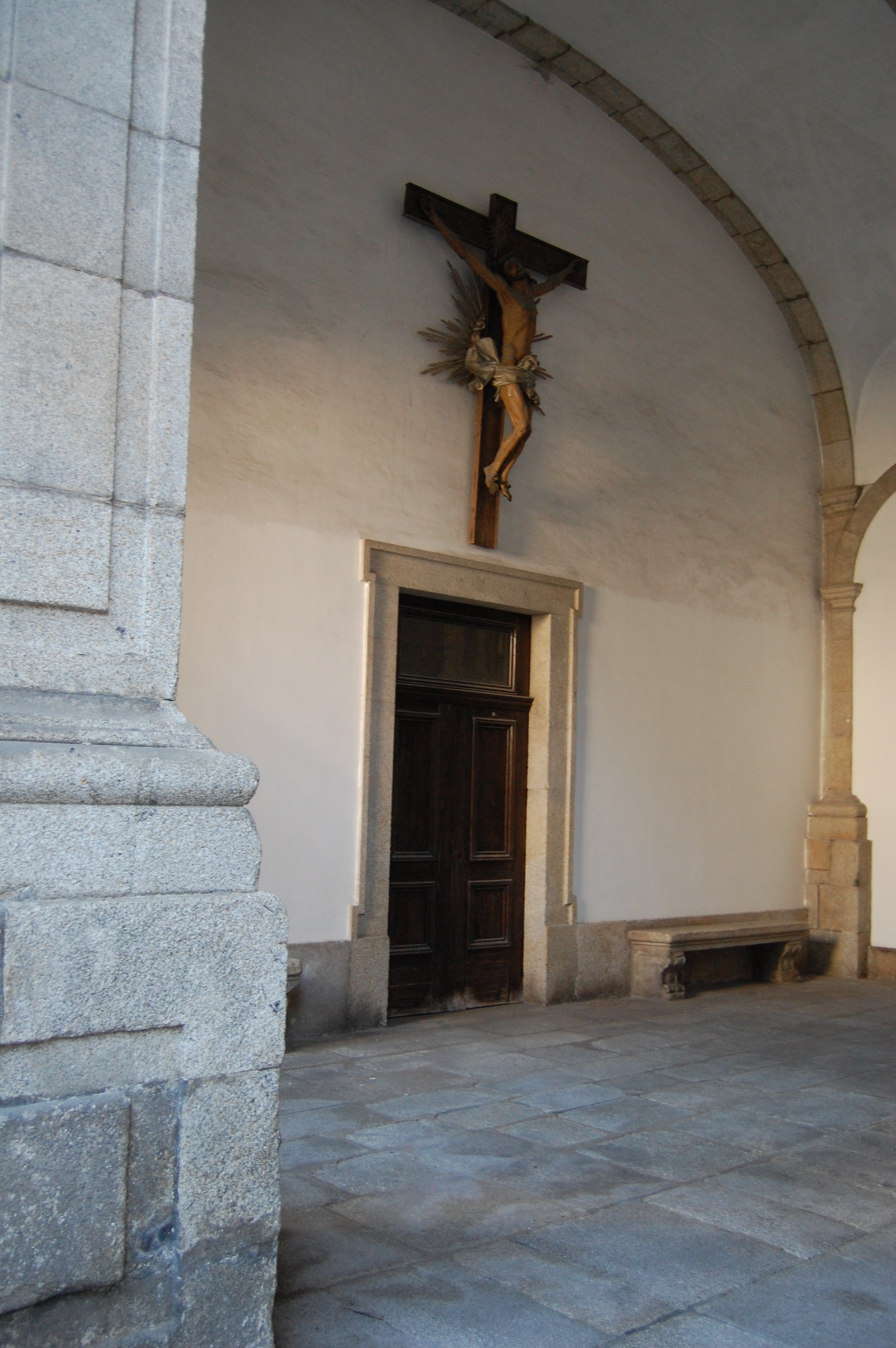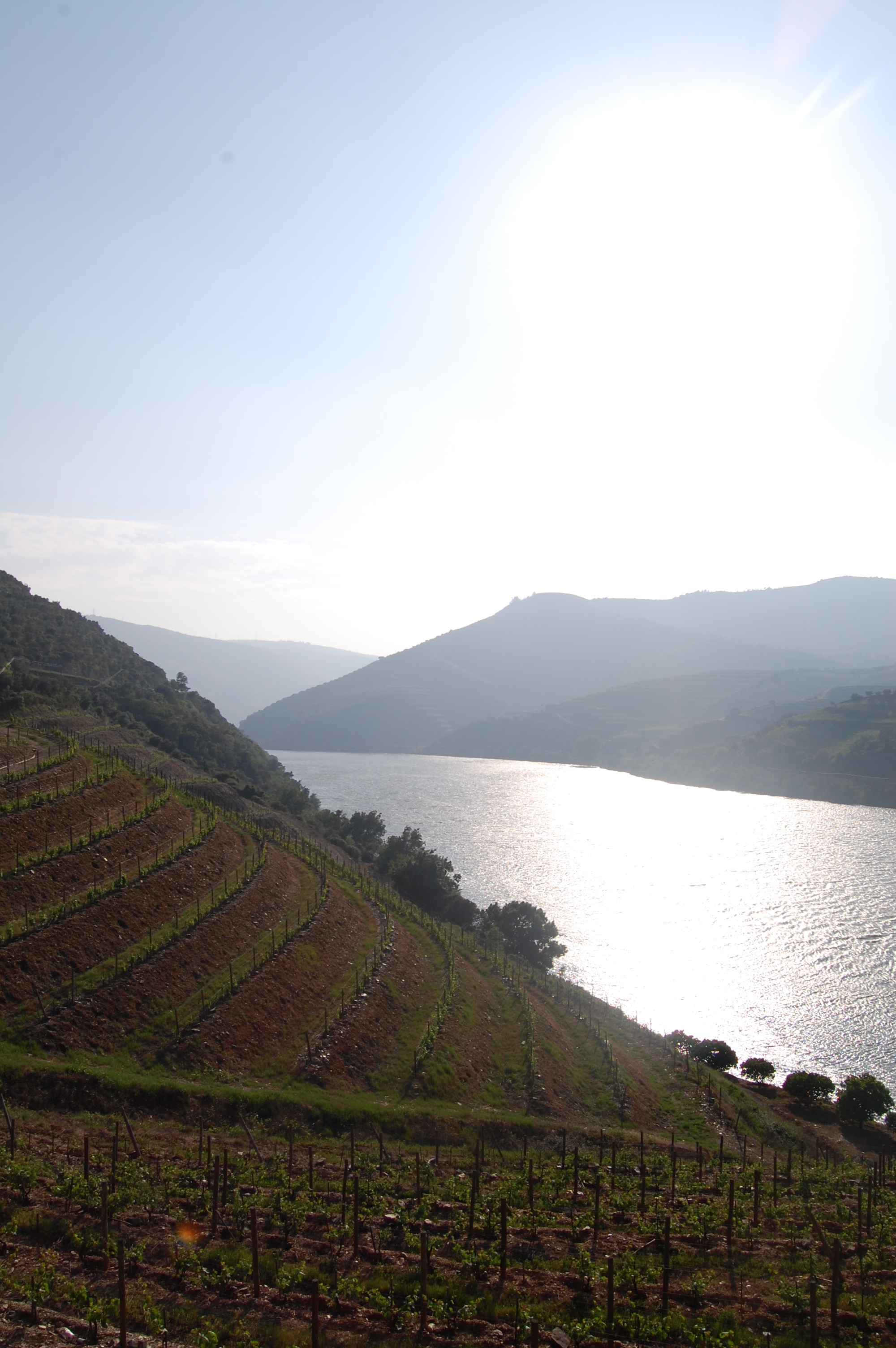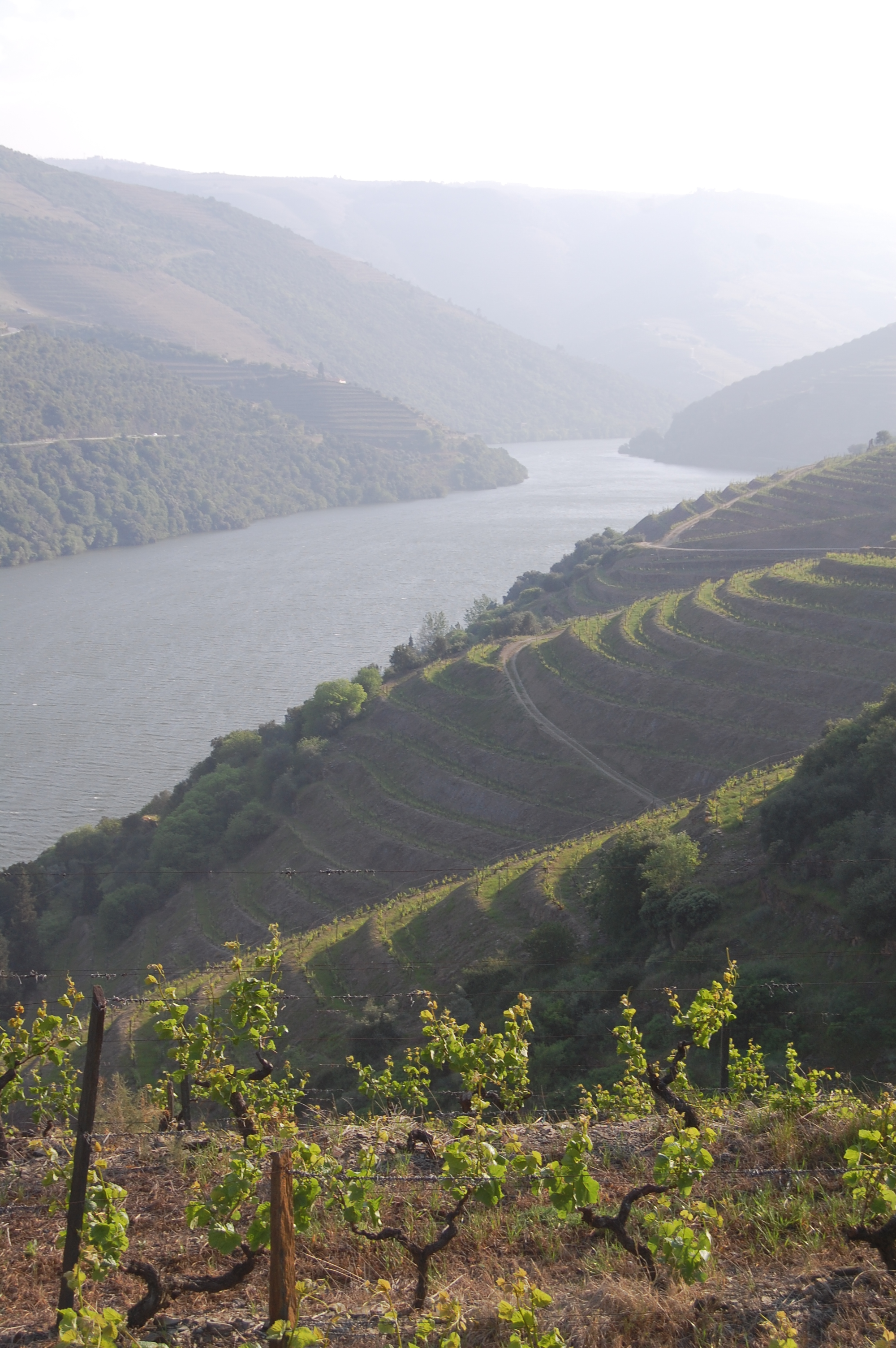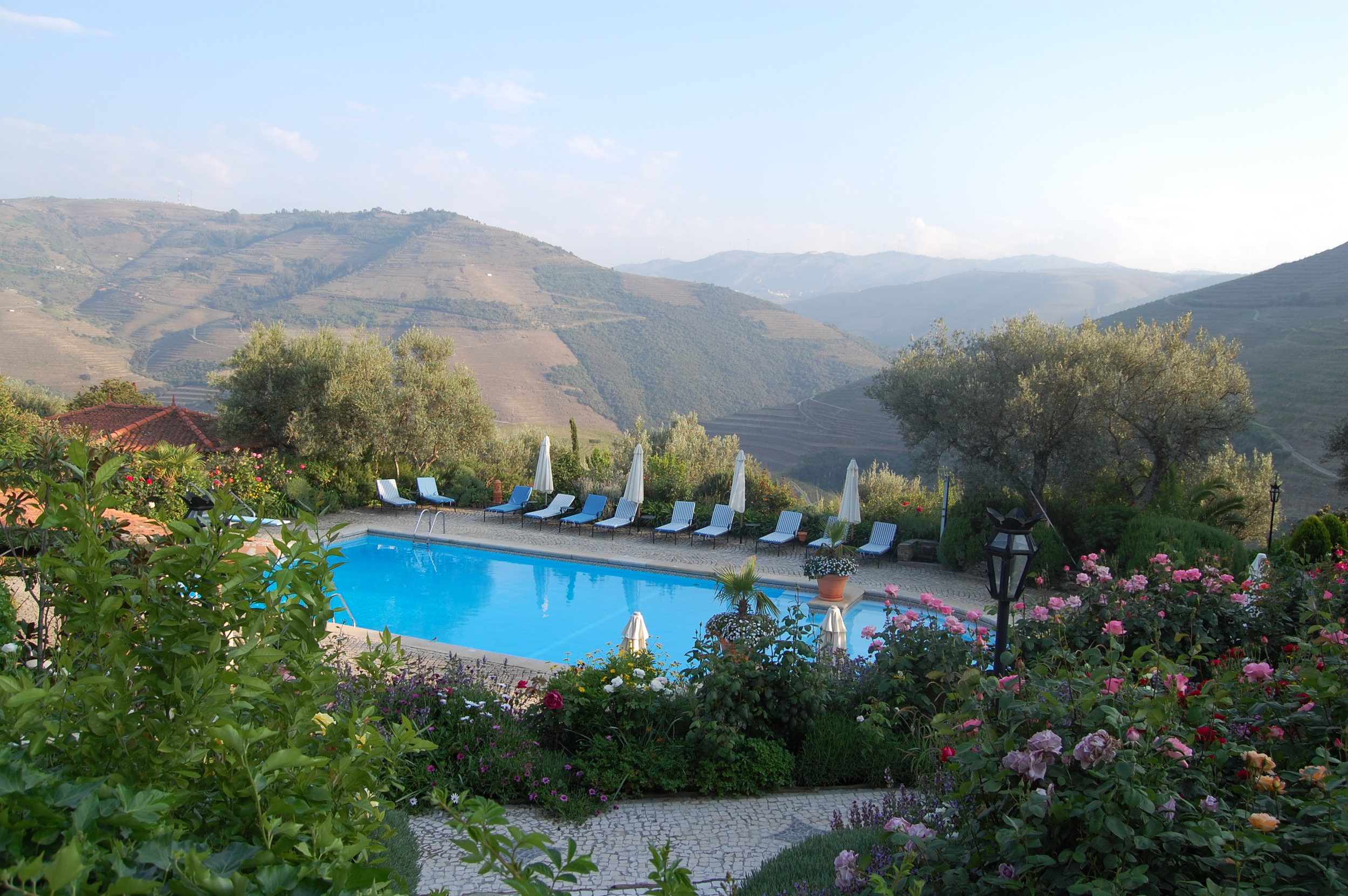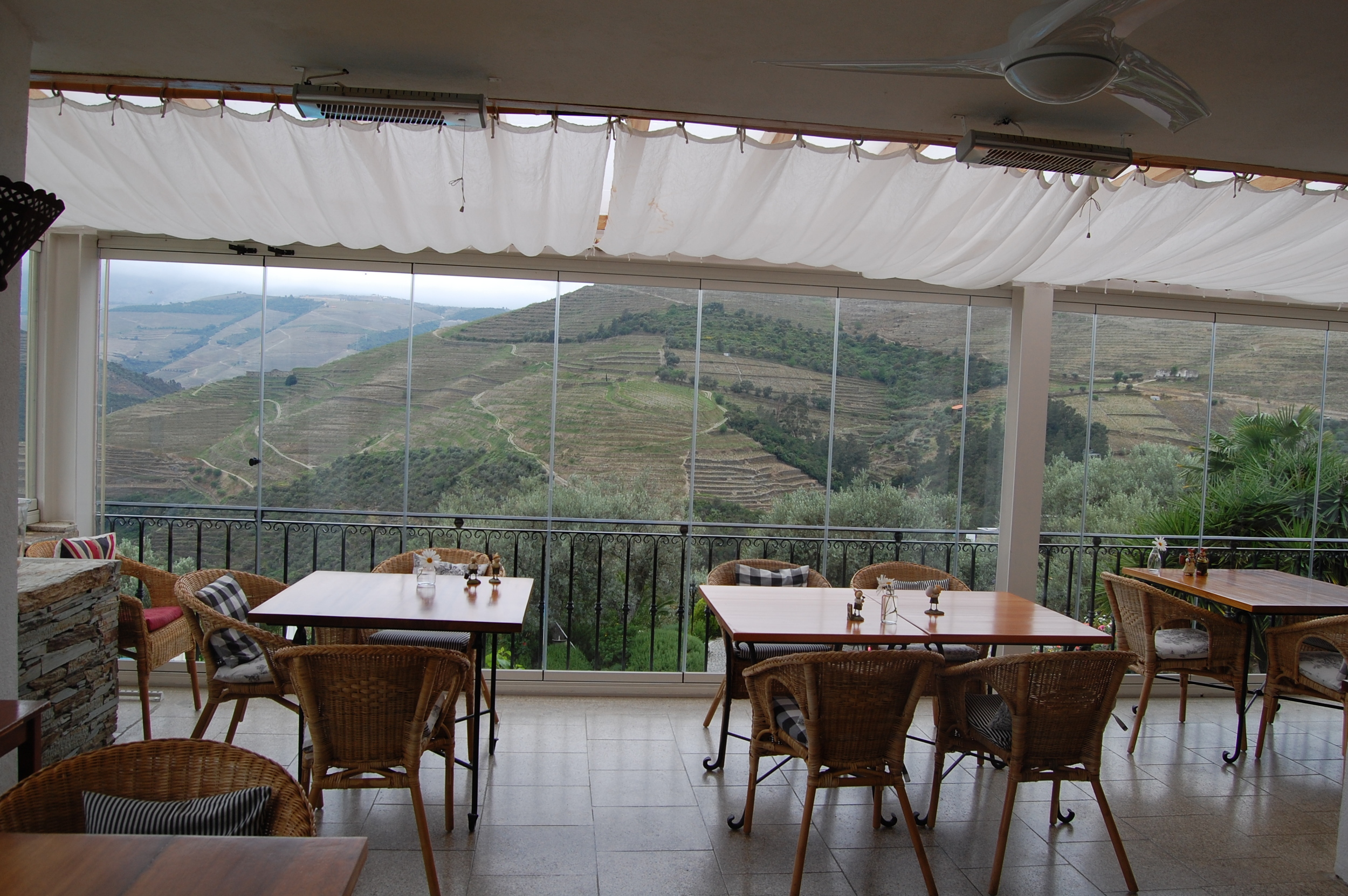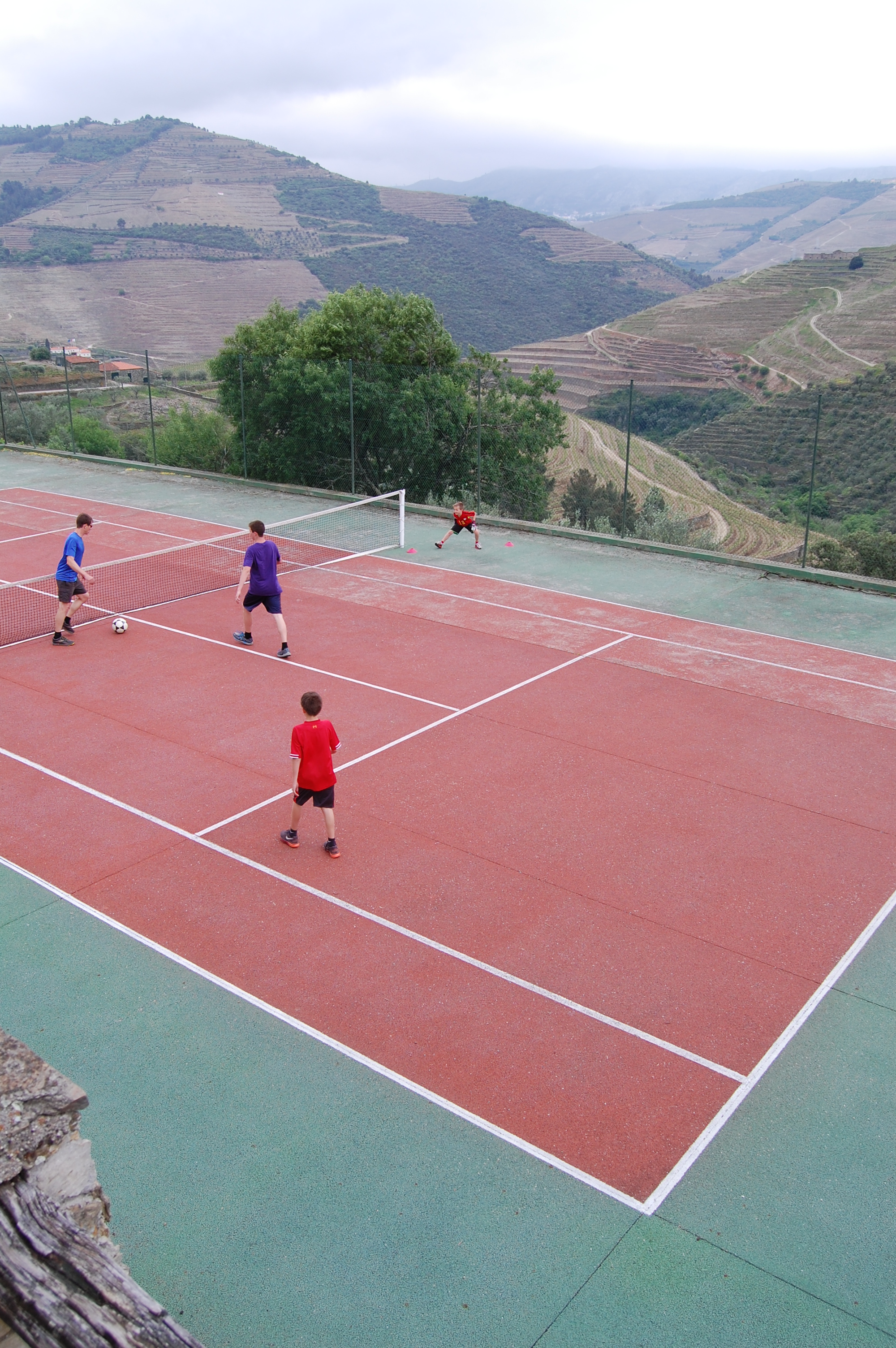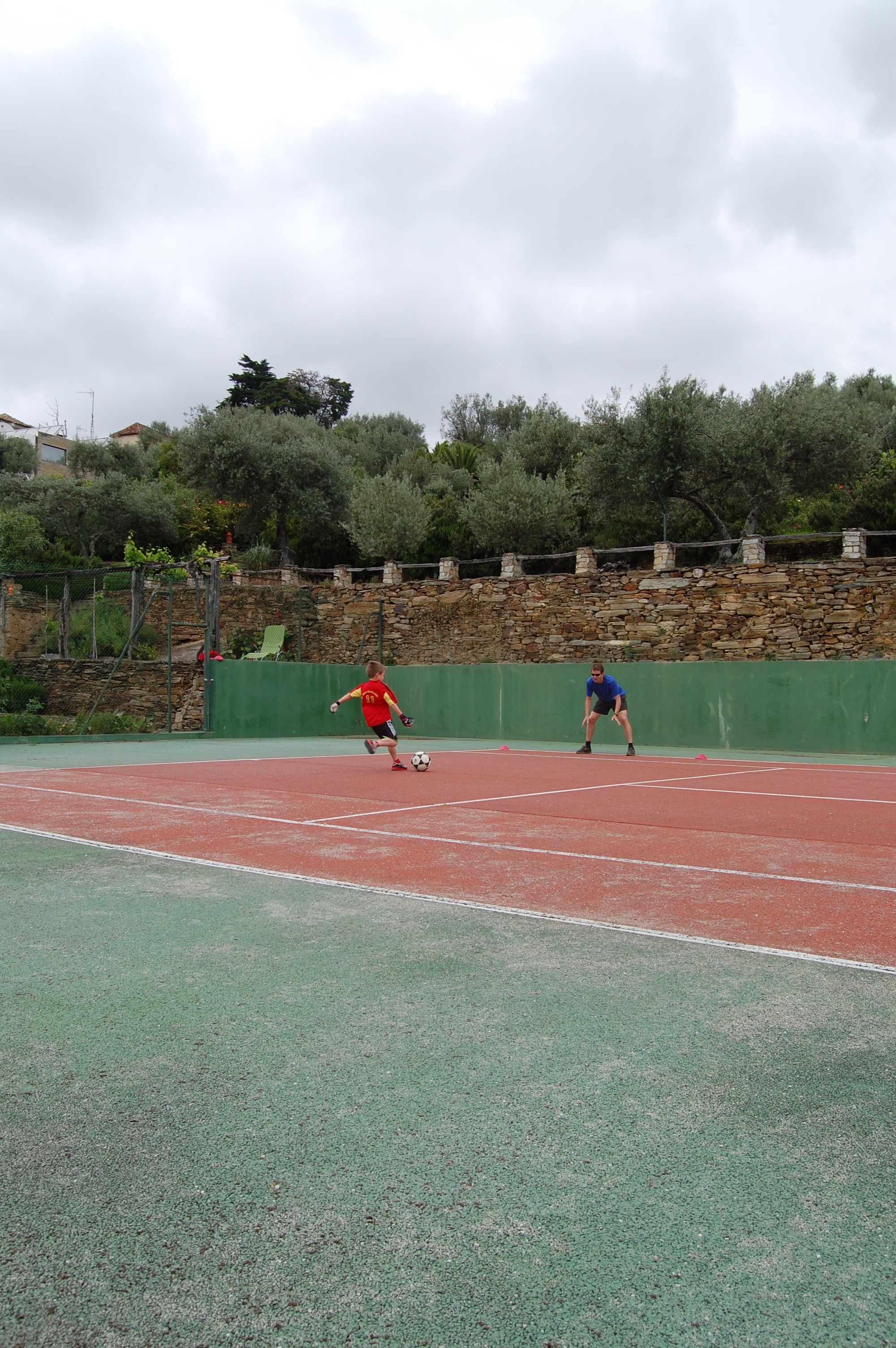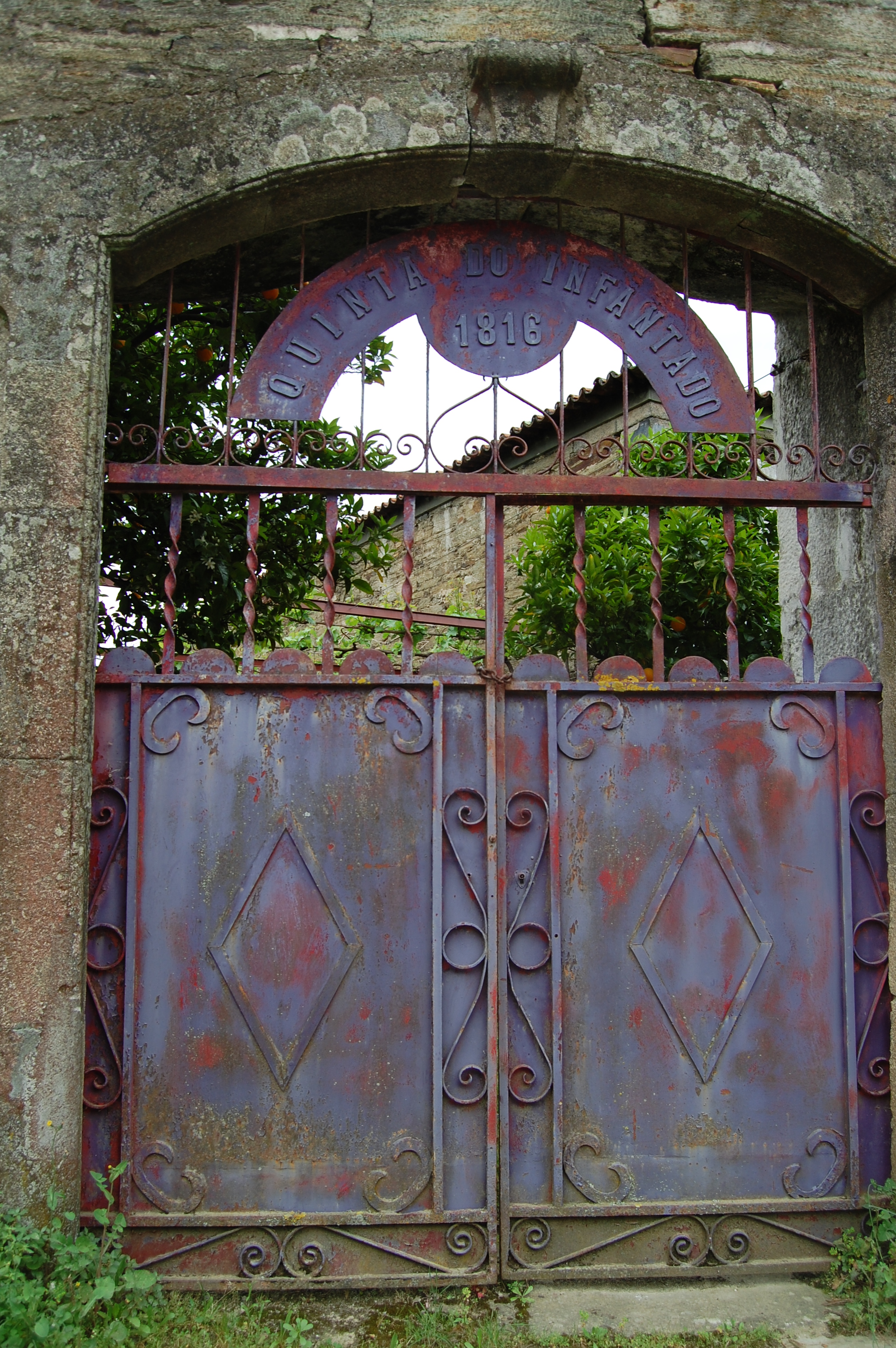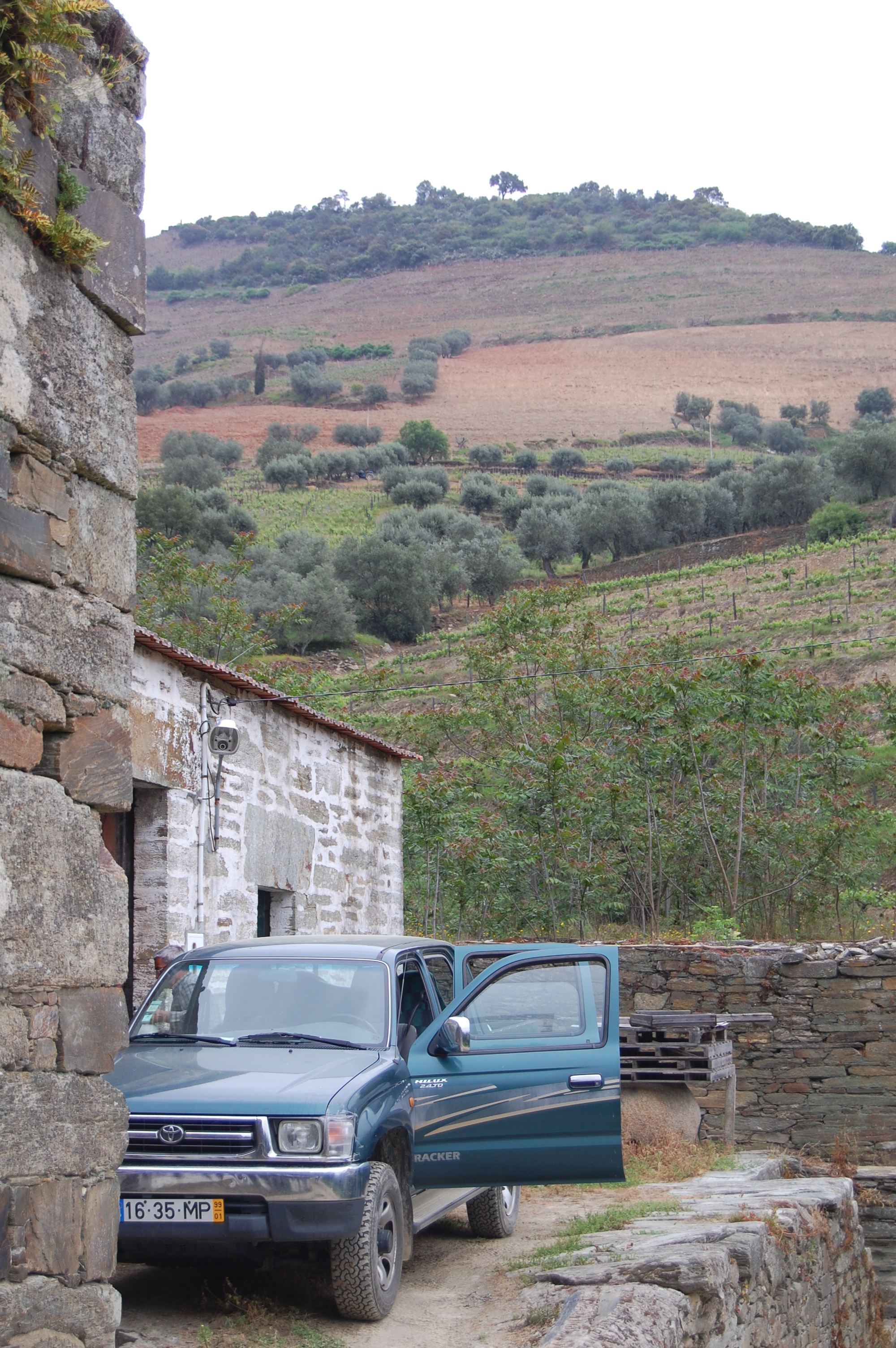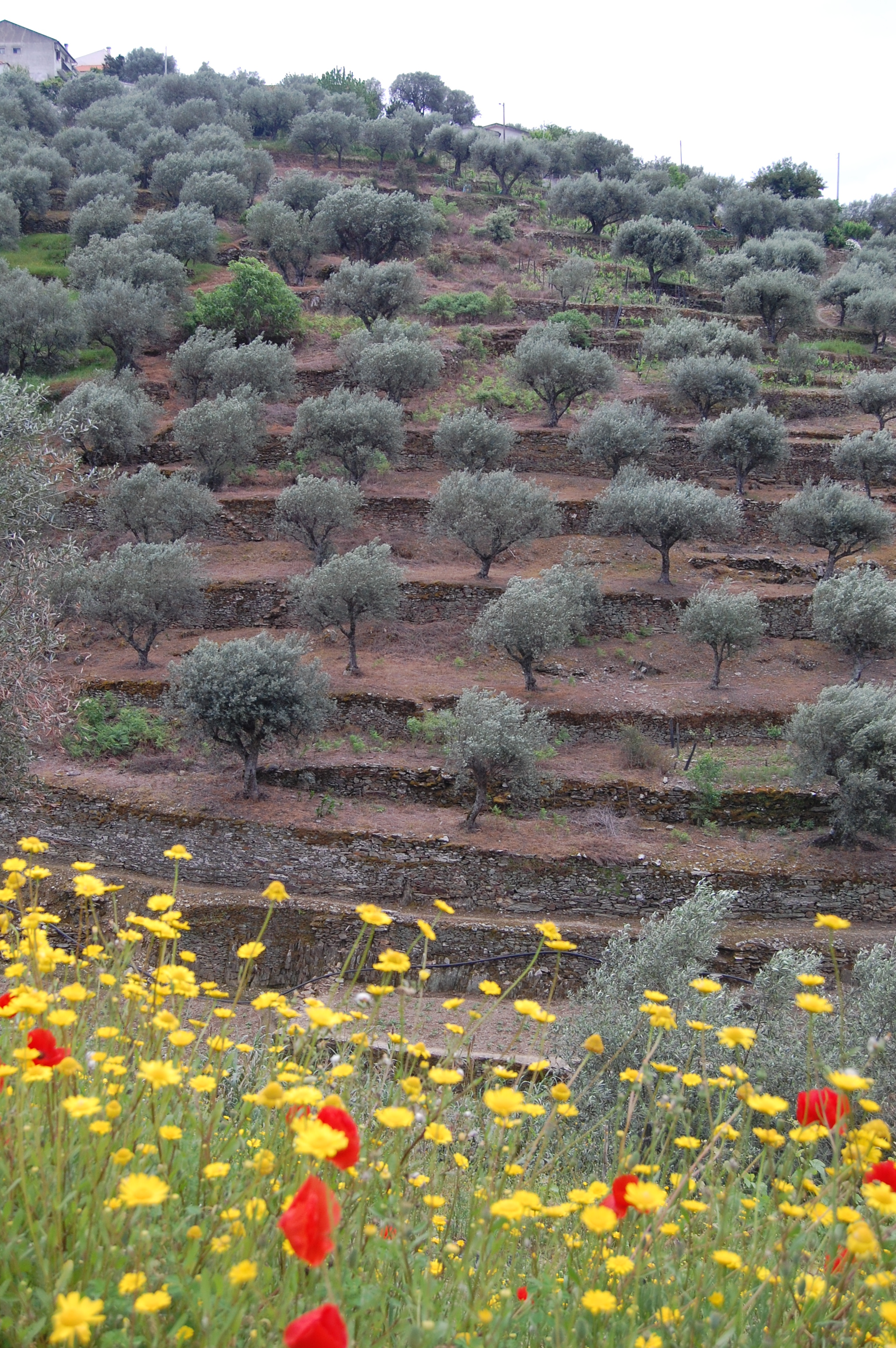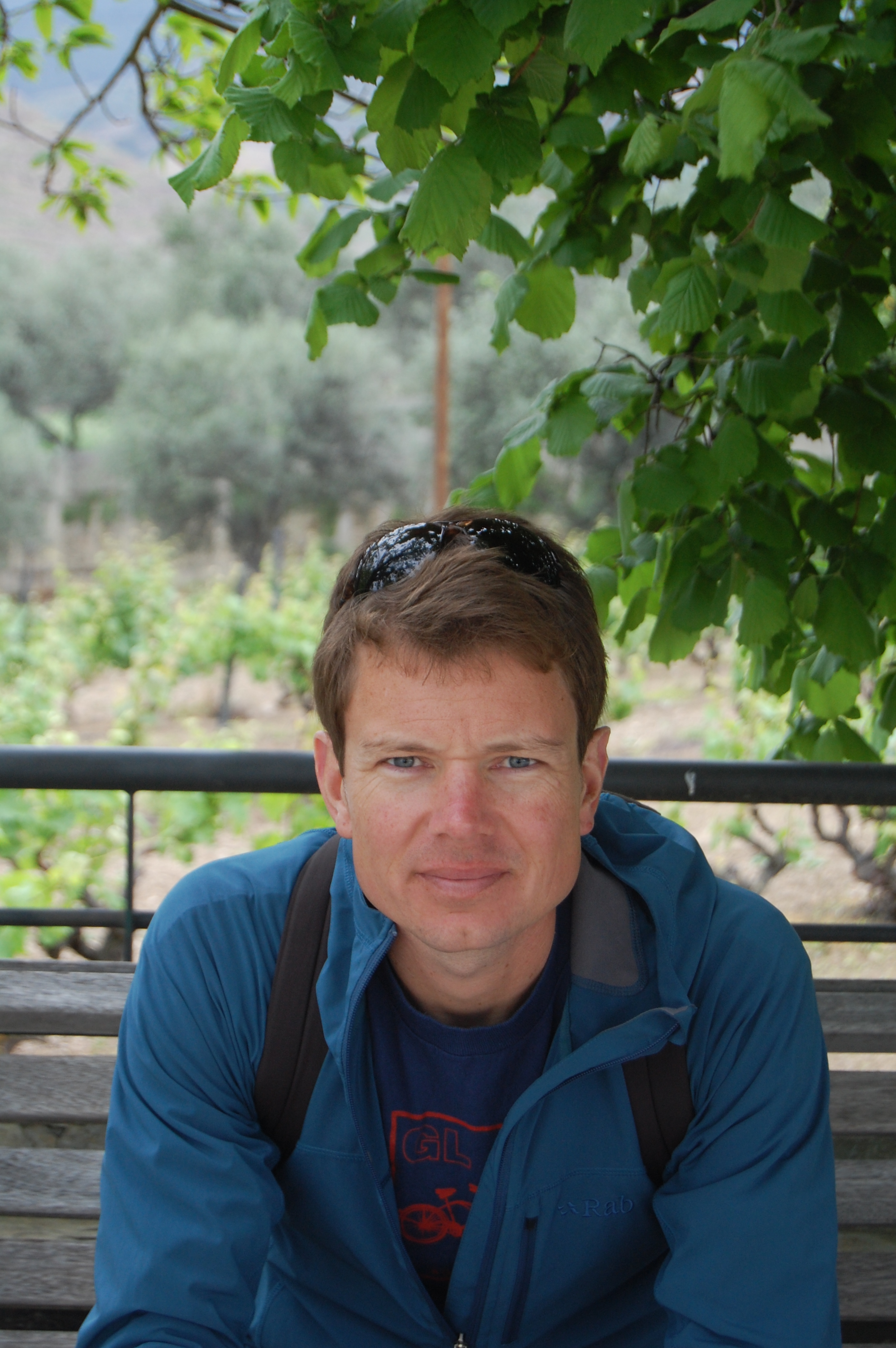A First Date with Spaten
Ravenous from a 5 ½ hour drive from Luxembourg, food was the first order of business upon arriving in Munich early afternoon. Though a Hofbrauhaus would do, some of us wanted better which sent us on a trek for Spatenhaus – a well-known brewery with above average food overlooking the Opera House. Mingling with locals in their Sunday finest, we scored a prime table in a private nook provided we could finish in 90 minutes. AS IF that would be a problem with this American crew of boy. We devoured plates of typical Bavarian food: goulash, spaetzle, wiener schnitzel, and cucumber salad washed down with an-always-the-right-time pint of the restaurant’s own beer, Spaten-Franziskaner-Bier and a budding notion that we very much liked Munich.
The Arrival of Krampus
Some people are lucky enough to win the lottery and some people land at the right place at the right time even when they have no idea what to make of it. On our first night, we walked into Munich’s main Christkindlmarkt just as a herd of costumed beasts – with polices escorts and a mob of camera carrying followers - came charging in our direction. Adorned in stinky animal hide and carrying a switch, one of the masked beasts gently patted my youngest on the head as he blazed past and the crowd swell continued down market. Too fast and too weird to make a lasting impression, we drowned our bewilderment in 150g of warm candied almonds. Later that night, thanks to a serendipitous NY Times article, the mystery of the old and recently revived Bavarian tradition of Krampus (the anti- St. Nicolas) was solved. The devilish goblins with masked costumes made exclusively from materials and animal hides in the Alps (hence the stink) only show up at the Christkindlmarkts on the second and third Sundays before Christmas. Lottery-like timing. [No photos of Krampus were snapped in time.]
From Mine to Massage
We began our experience of the world of science and technology in a fantastic, not-as-claustrophobic-as-feared replica Mine in the basement of the Deutsches Museum, the world’s largest science museum. From there we barely skimmed the surface of 50 (!) exhibits covering 50,000 square meters in four hours. One of the children rightly surmised that we’d be wicked smart if could live there. Landing on the top floor unable to process another scientific fact, we dropped a 2 euro coin in a Motel 6 style massage chair and divvied up the ten minutes between us. As far as we can tell, no new brain cells resulted from the massage.
Typically Munich
Inspired by the Deutsches Museum, we rolled the dice for a second museum the next day – the Munich City Museum (Munich Stadtmuseum.) We toured the “Typically Munich” permanent exhibit, a cultural history of Munich from the beginnings of the city to the present – understood best by those already living in Munich, who unfortunately weren’t there to offer us any explanation of what we were seeing. Disjointed and not very interesting, we redirected to the National Socialism Exhibit which was better. Either the excellent City Museum in Amsterdam has ruined us with unrealistic expectations or the much too quiet museum told us that we weren’t all together wrong.
A Trio of Party Santas
Nothing says Christmas spirit like a chorus singing carols from the balcony the Neues Rathaus high above a gazillion wooden stalls selling Christmas wares and crepes with Nutella. Zigzagging through crowds of people balancing two gluhweins and a kinder punch, I came upon my waiting children just as a trio of party Santas were passing. More interested in Santa than kinder punch, my youngest shouted Santa’s name. Clearly in a hurry to a Christmas kid-free bash but obliged by their chosen attire, they stopped, straightened their beards, and offered the young lad a photo. [One Santa not photoed.]
Meeting up with Americans
On the U-Bahn (the old but superefficient, not oversubscribed subway) five stops north of Marienplatz, Munich’s central square, given away by voices that carry a youngish retired couple in tennis shoes inquires, “So where in the US are you from?” Without wanting to overcomplicate, we answer “Seattle, and you?” “Illinois. Joliet.” “Oh,” we politely respond, “We went to school in Illinois. Wheaton.” “Sure. Wheaton. We know it.” Not knowing where to go from there, they quicken their pace and we follow in silence, until they peel off for the Marriot and us for the Melia.
Outdoor Livin’
If ever you wondered how Germans are able to walk in any weather condition, happen upon a German Outdoor Store and be ready to have choice overload and a keyed up husband. Choosing a down jacket in Germany is like choosing a college in the US. Way too many options for anyone without a plan or decisive wife. Except of course when you ask for a snow boot in men, size 14. Then you have two choices. Both in black. (For non sports shopping, check out Reichenbachstrasse near the Deutsches Museum for some great boutiques.)
Bah Humbug
On a crowded sidewalk in the center of Munich four days before Christmas, as can happen on forced Christmas shopping marches, a brotherly spat broke out. A fist or two might have been involved. Obvious immediate parental action was taken diffusing any further altercation while a well-dressed German Grandma - not even in the fray – took it upon herself to shout her angriest German at my already scolded children. Too bad she wasn’t looking 50 meters later when brotherly love broke out. [Photo not available.]
German Surfers & Burritos
Sausaged out by the month of December, we bee lined to the neighborhood of Maxvorstadt for lunch at a place called Burrito Company. With a total California vibe down to the ordering system, hot sauce in brown bags on the table, recycling bins, avocados for sale and surfboard in the corner we learned the place was opened by a couple of Germans who spent a few years surfing in California. They then came back to Munich with an idea to spread burrito goodness. It worked.
Score!
We made it out to the Allianz Arena for the last tour on the last day before the holiday. The last English tour was hours before so we settled for the German version, figuring that Football was universal and Dad and Colin’s limited bi/tri-lingualism might suffice. Dad’s German skills were enough to react to the “I assume everyone here speaks German” that afforded us a bonus, condensed English version at the end of each section of the tour. We saw the team shower rooms, the tunnel to the field, and learned lots of fun facts about Bayern Munich (team of Lawton's goalie hero.) We even scored 45 minutes before the start of the tour in an excellent, modern, and interactive team museum. The boys were in football heaven.
Old Traditions in New Places
Our holiday tradition in Seattle is to go to the Pike's Place Market every Christmas Eve morning with our extended family to hunt and gather for the evening's meal. We brought that tradition to Munich by doing a similar thing in a fabulous outdoor and indoor market (Schrannenhalle) before driving back to Luxembourg loaded down with goodies for Christmas Eve. If only we could have transported the extended family.







